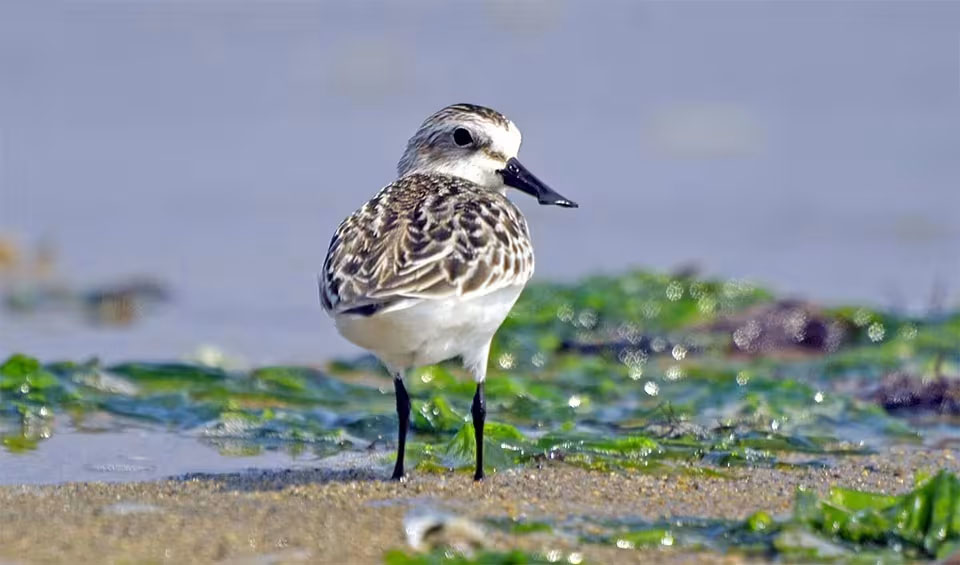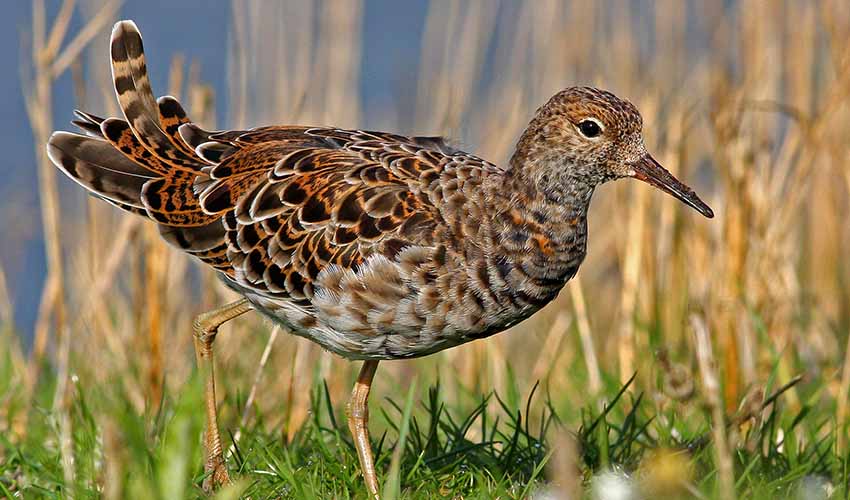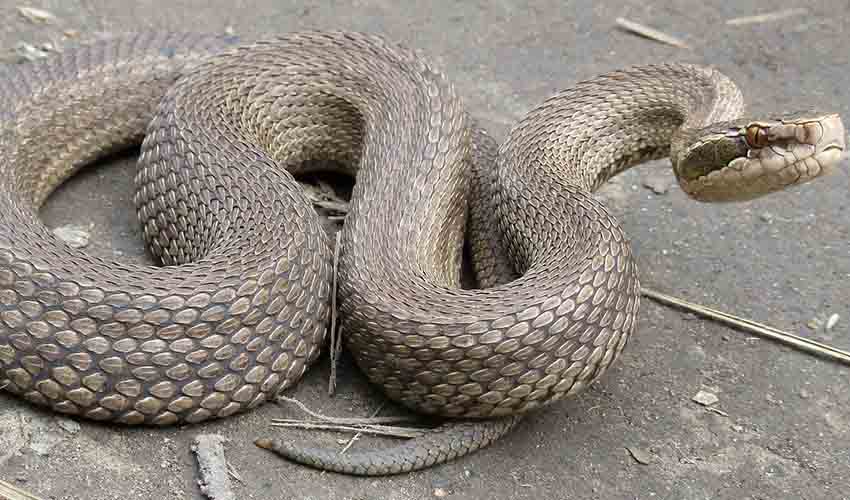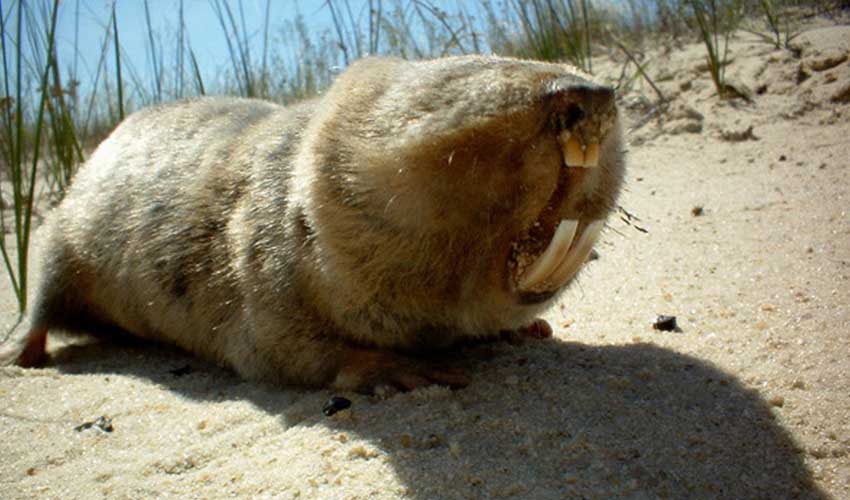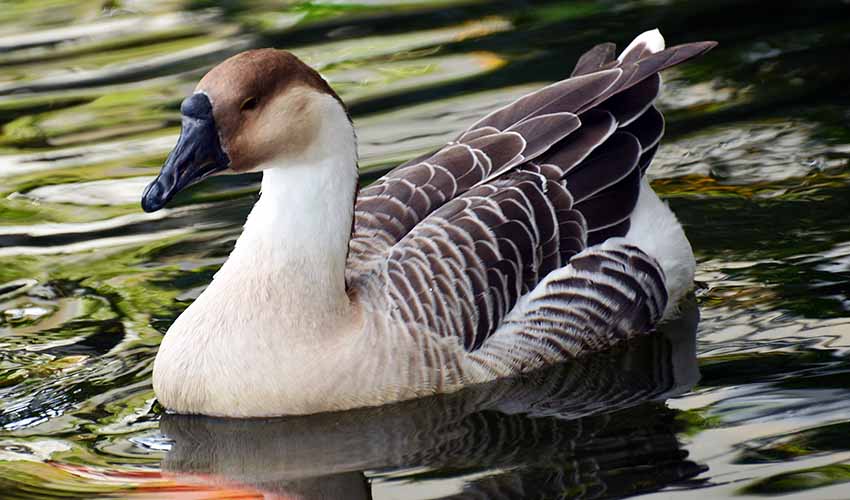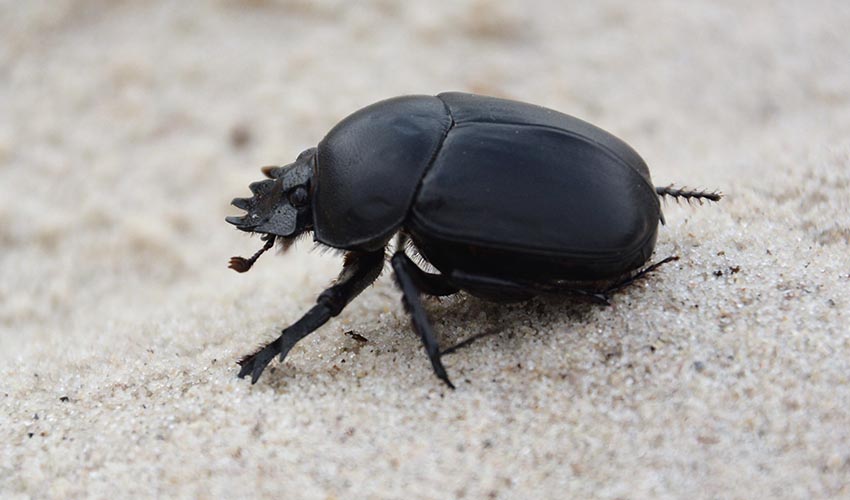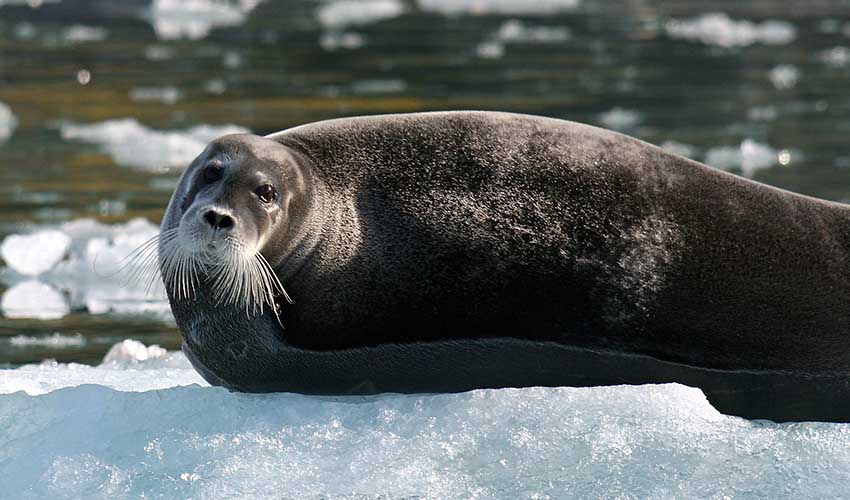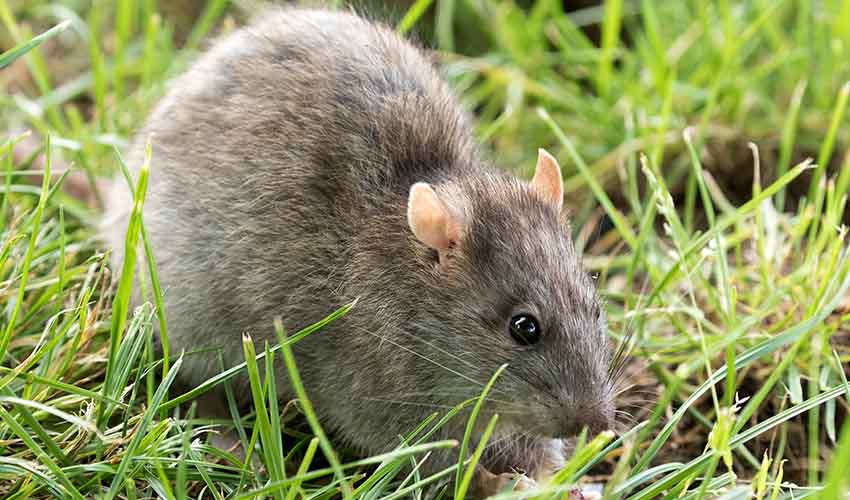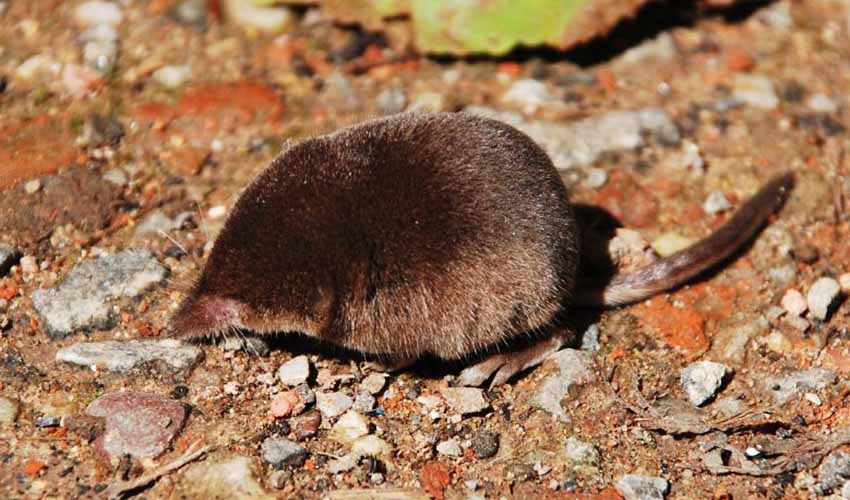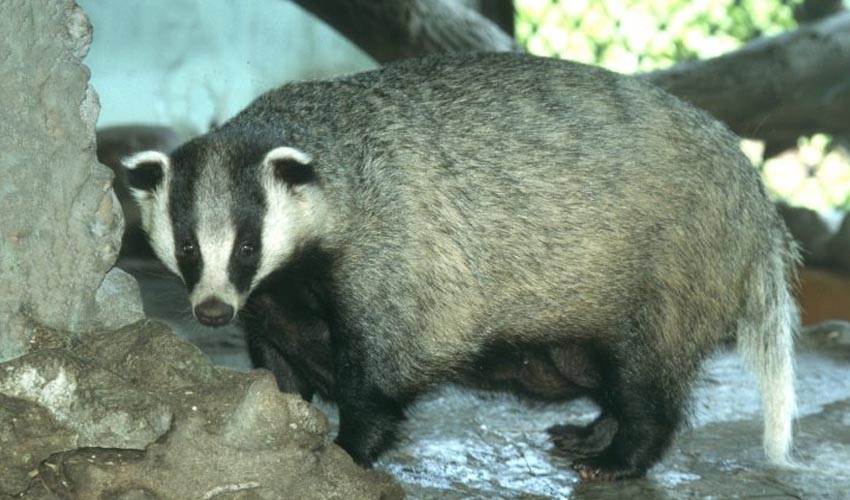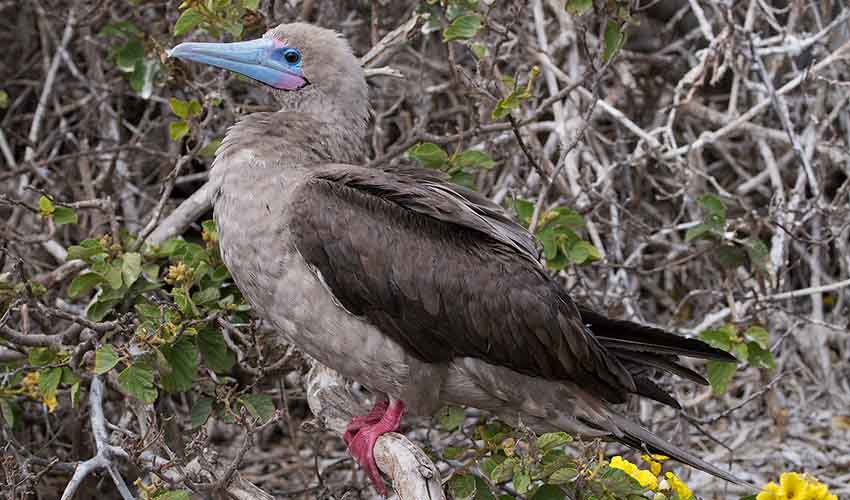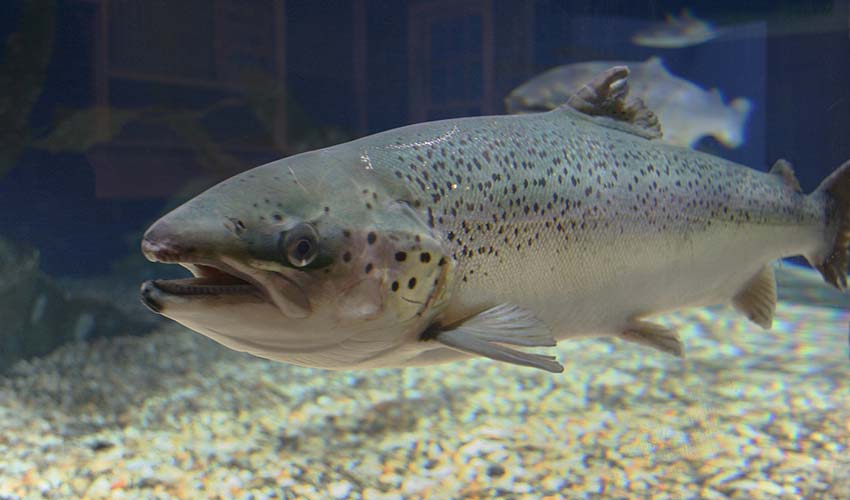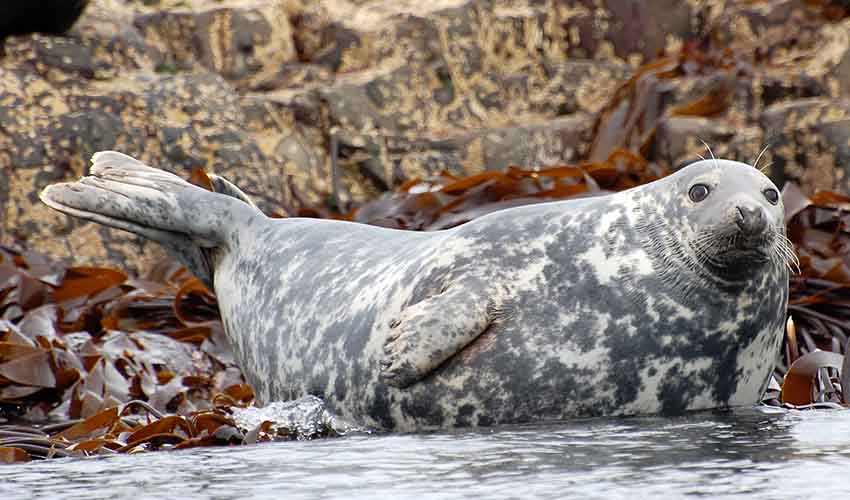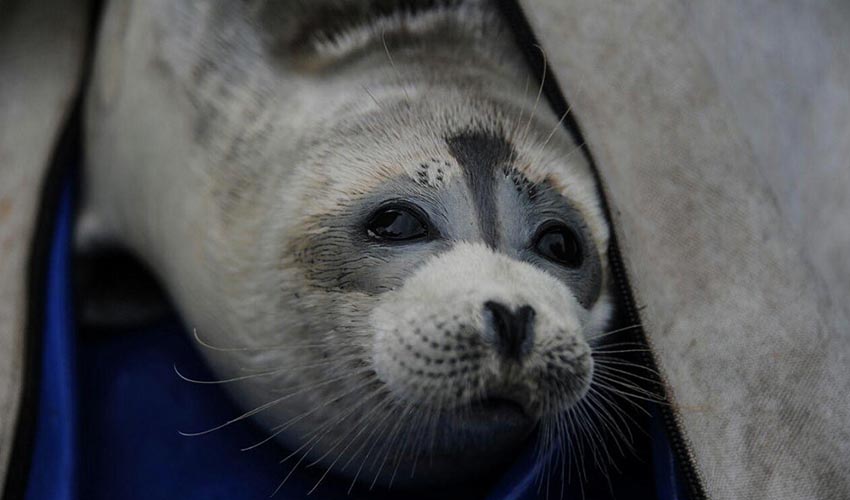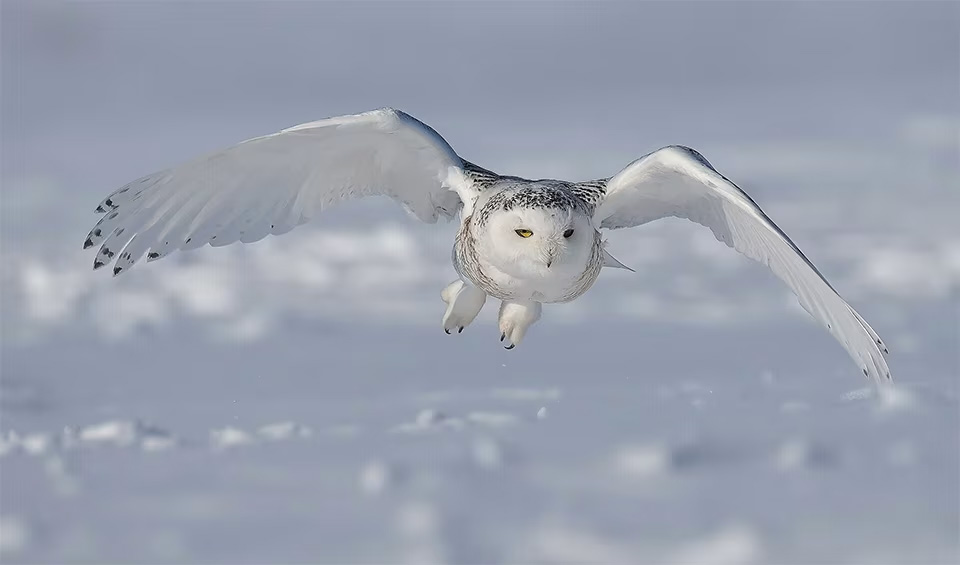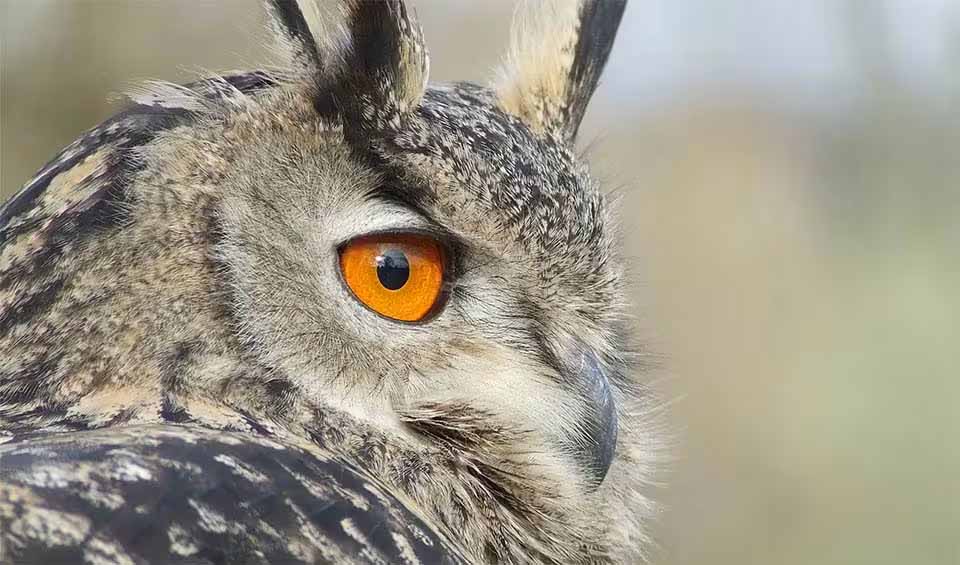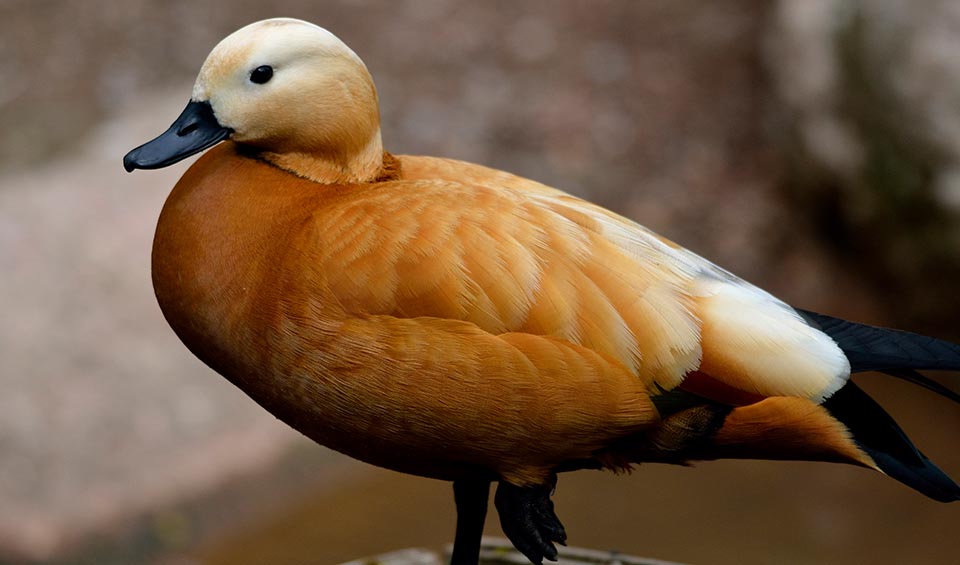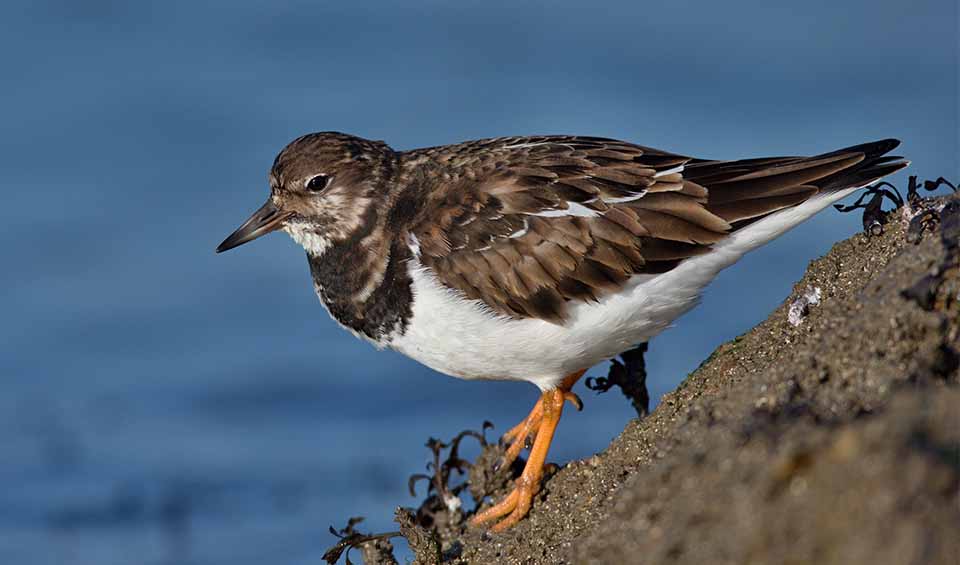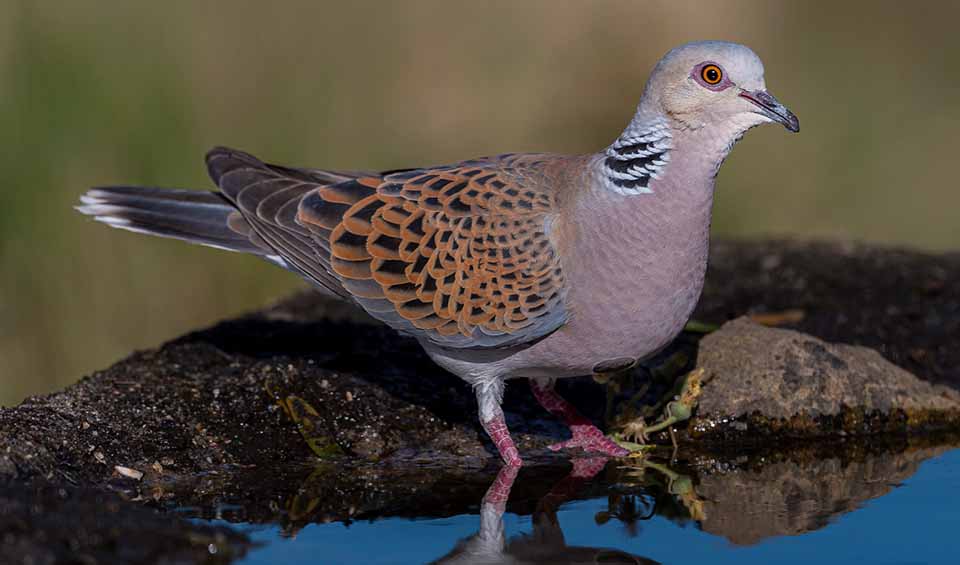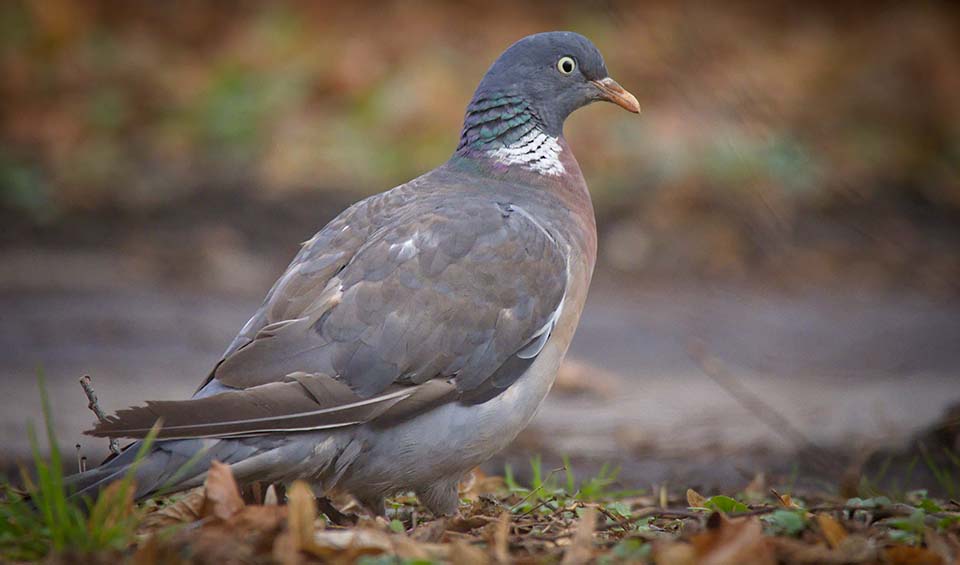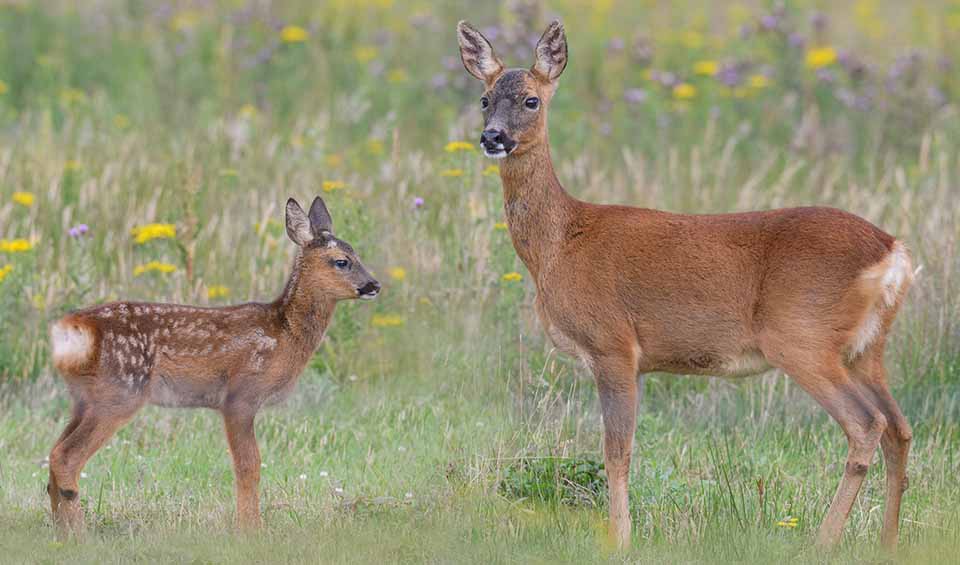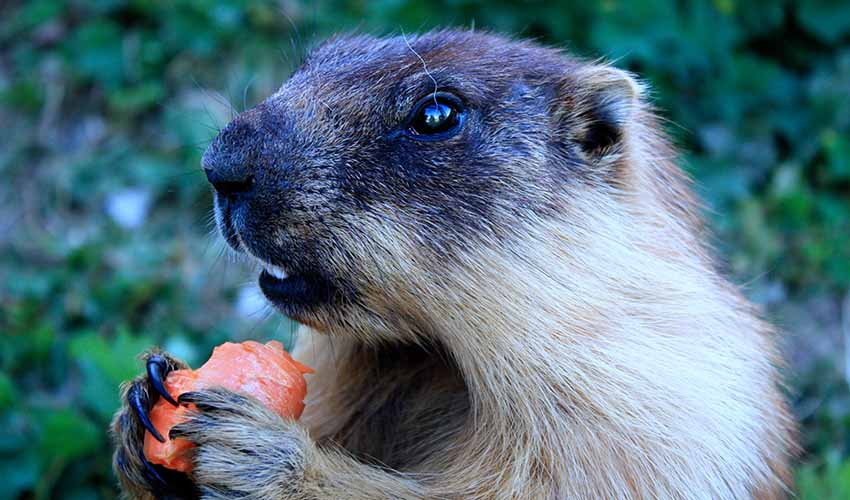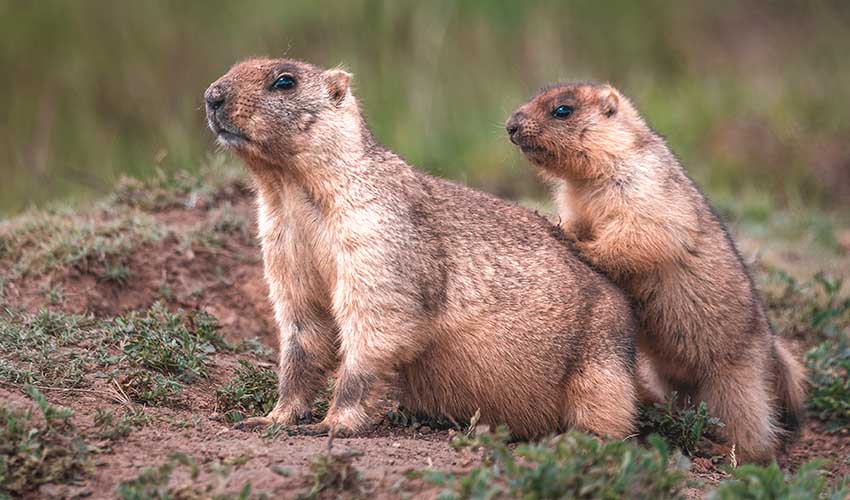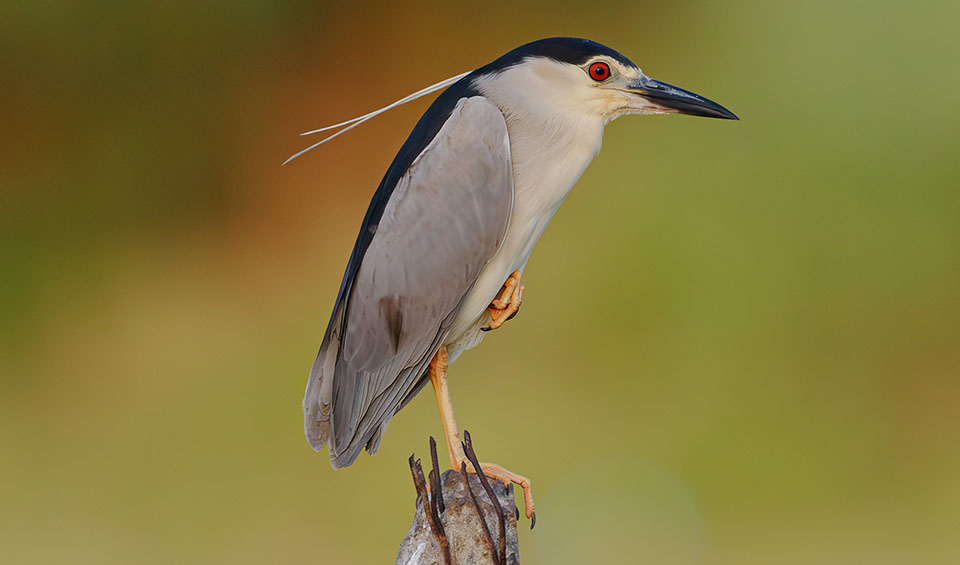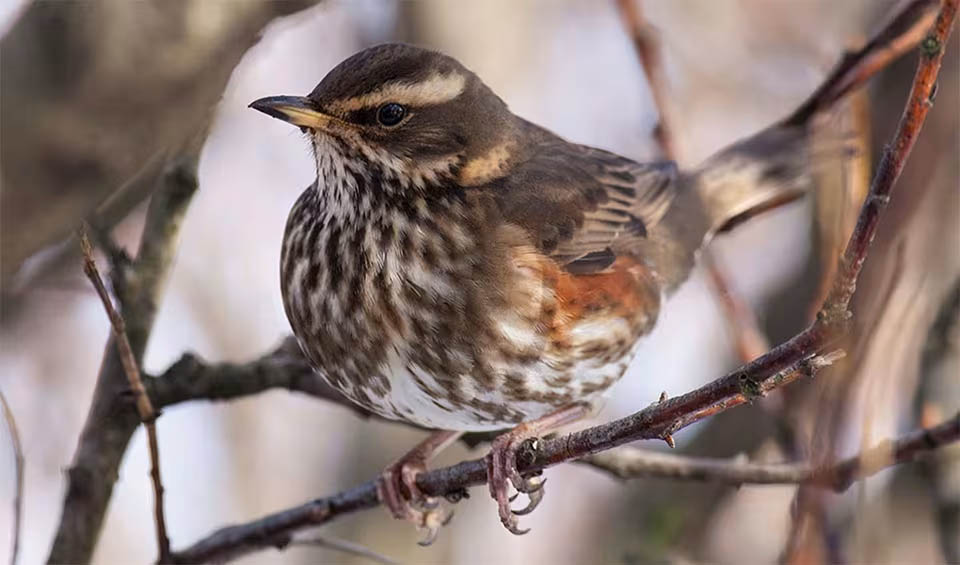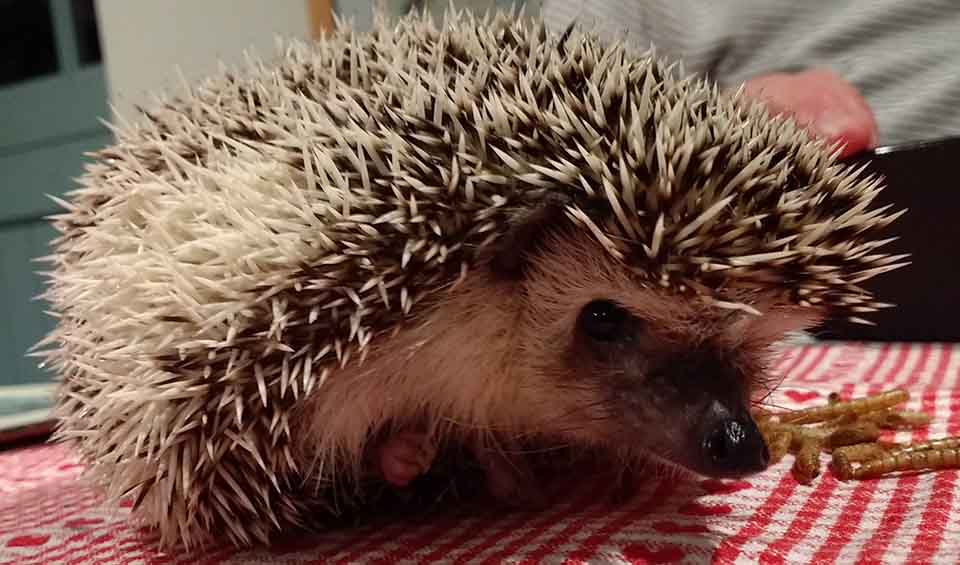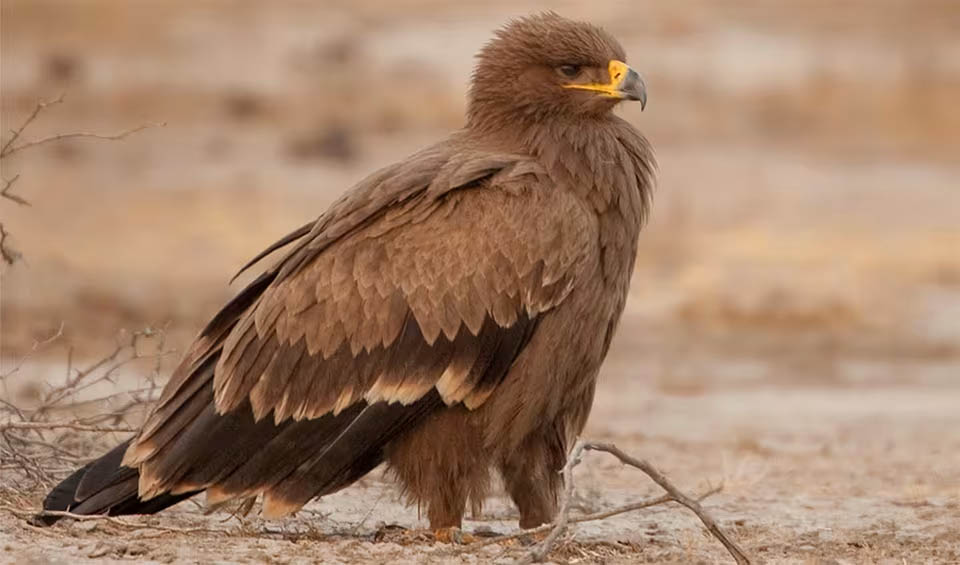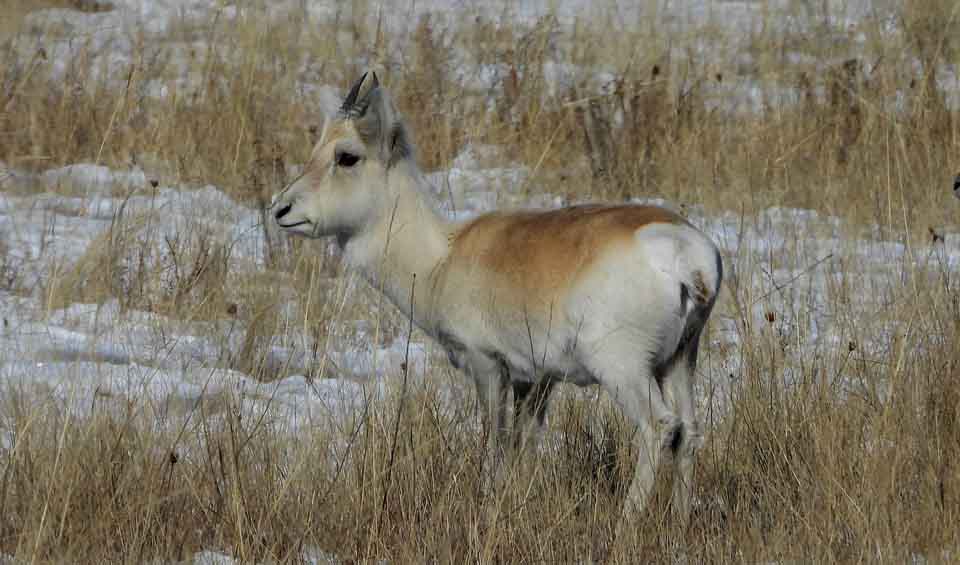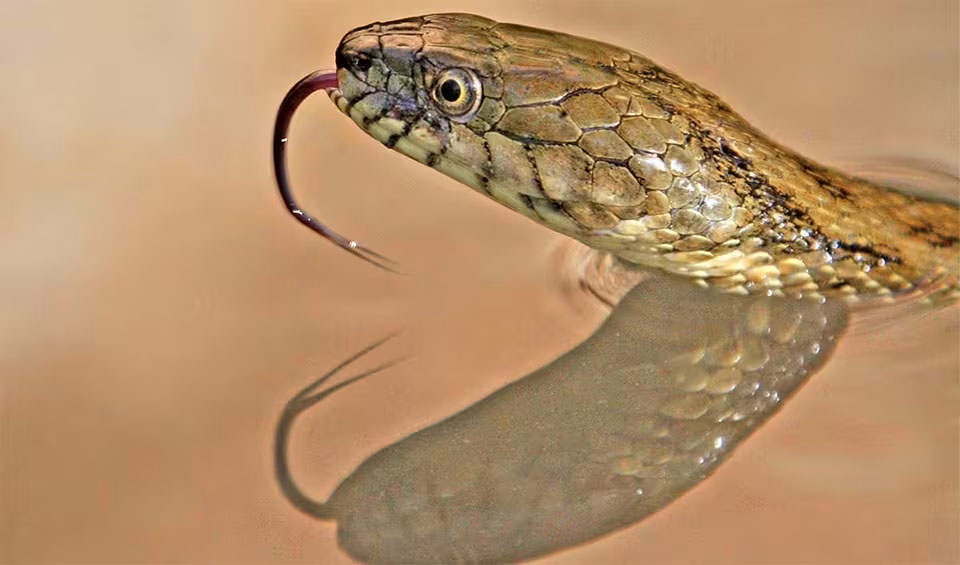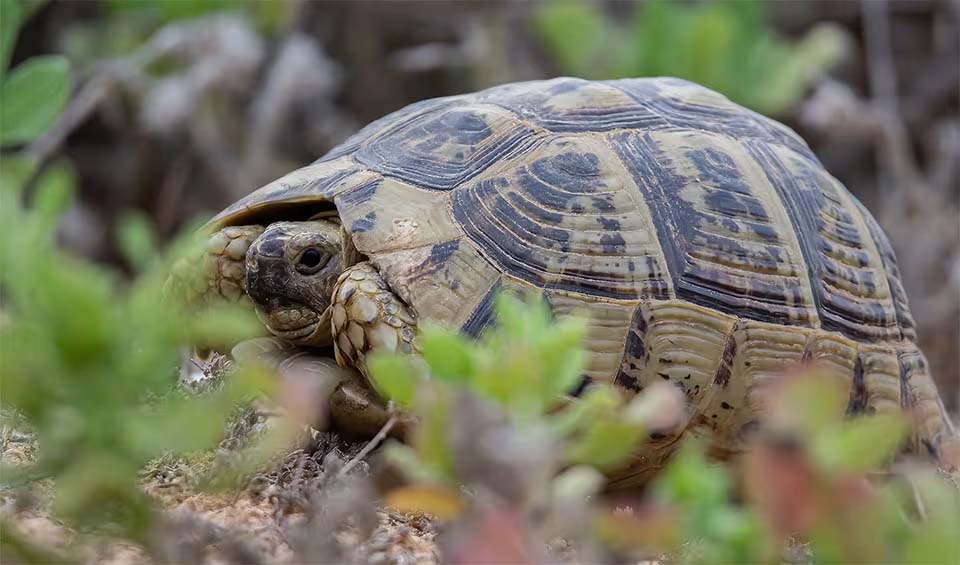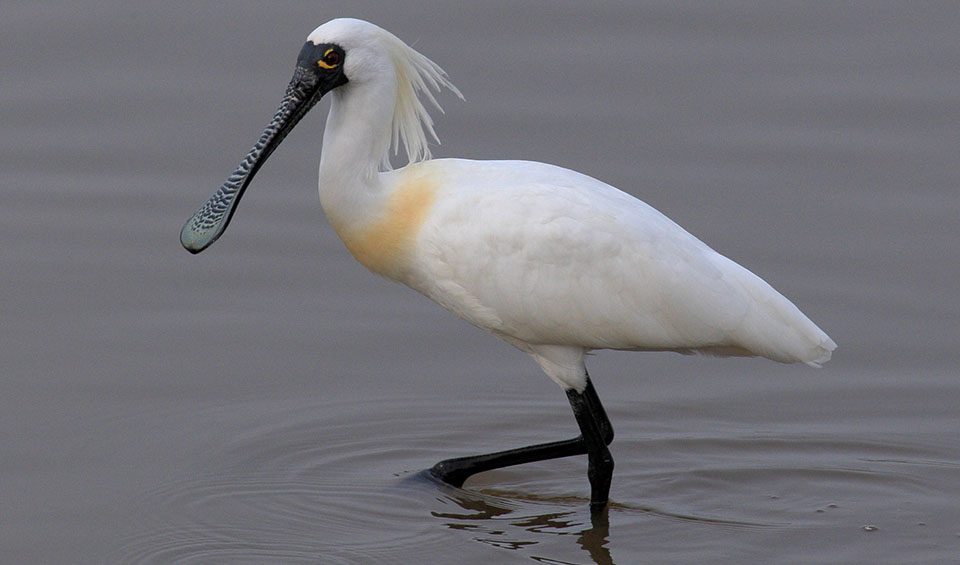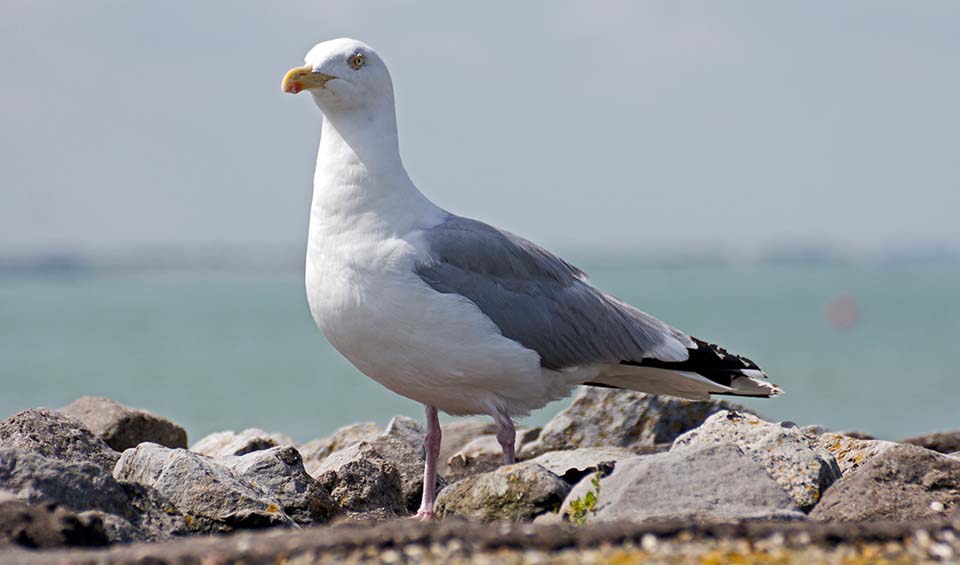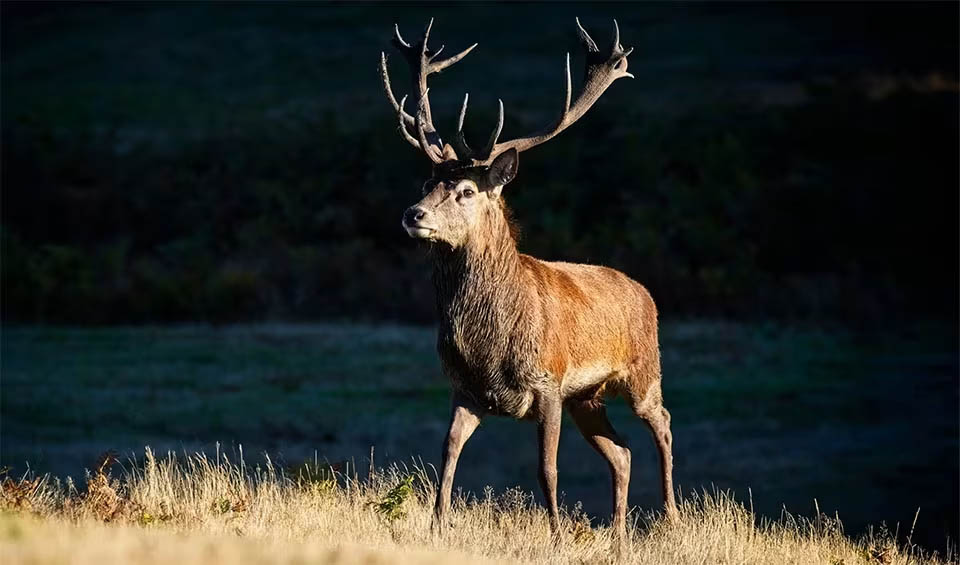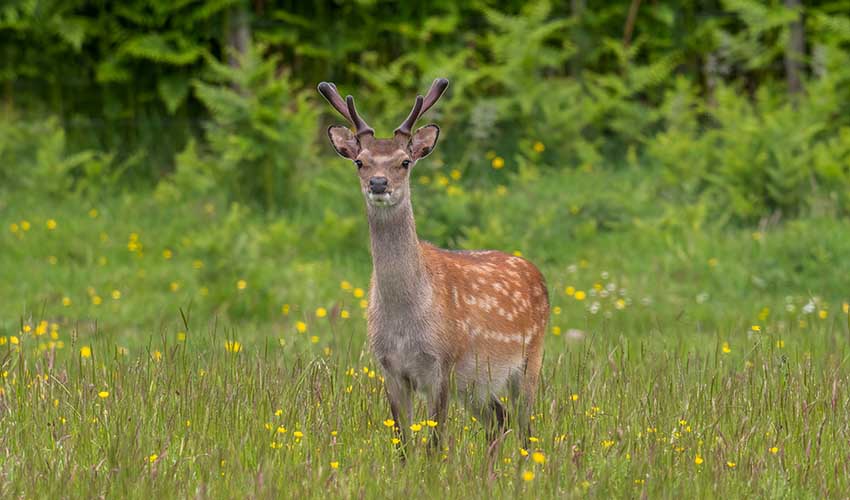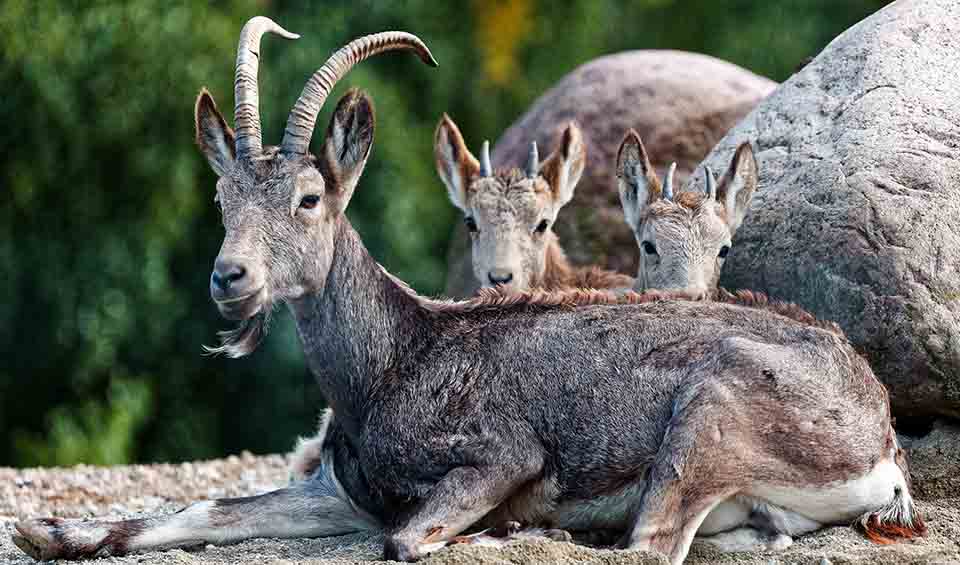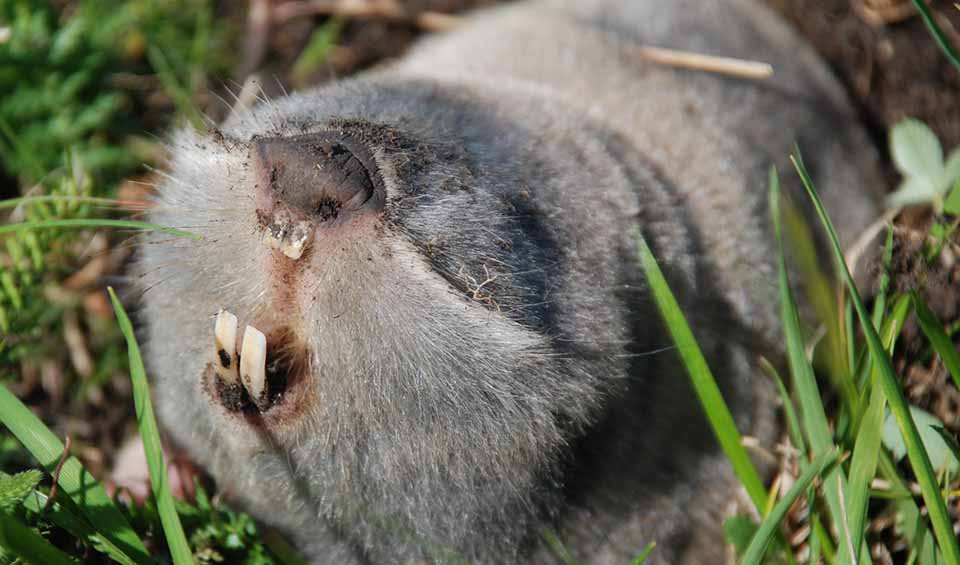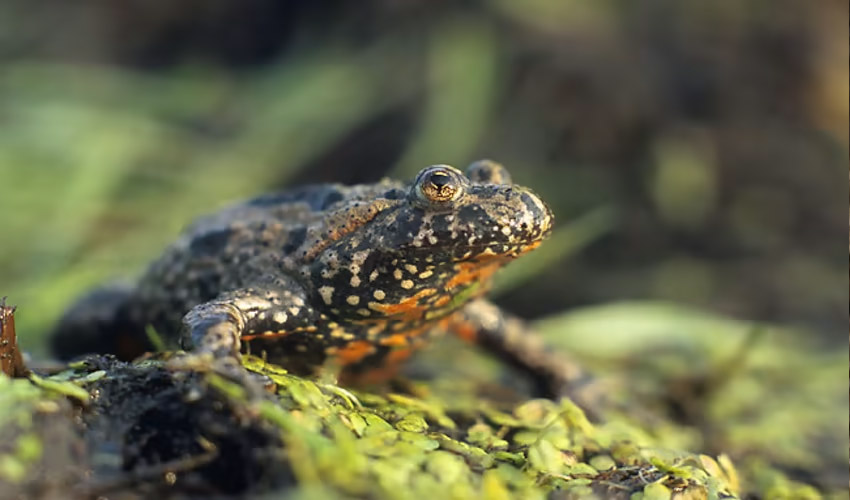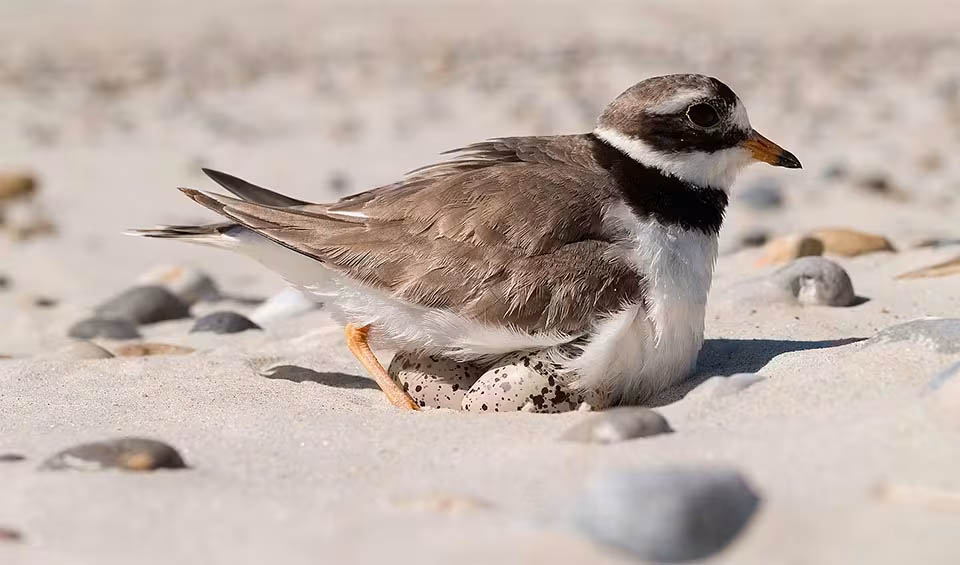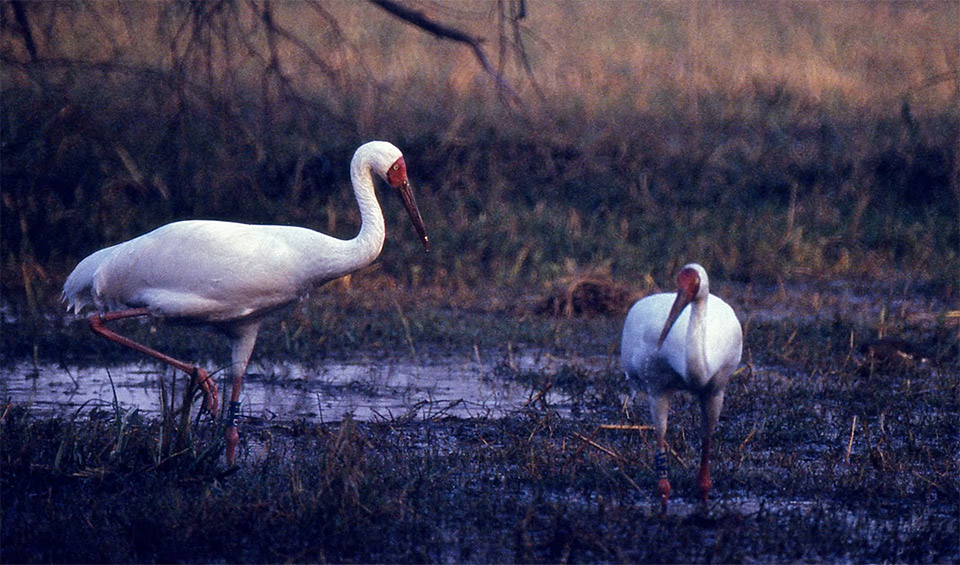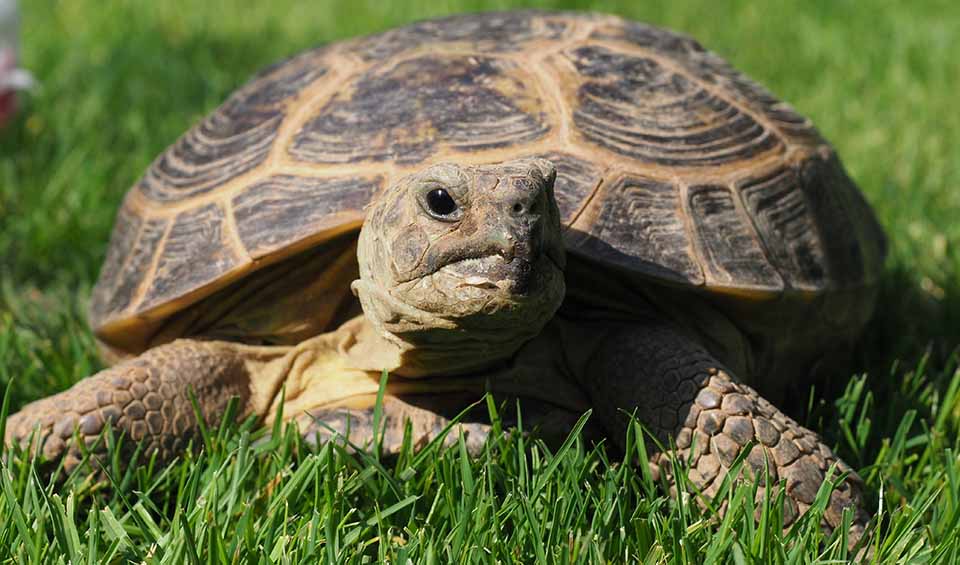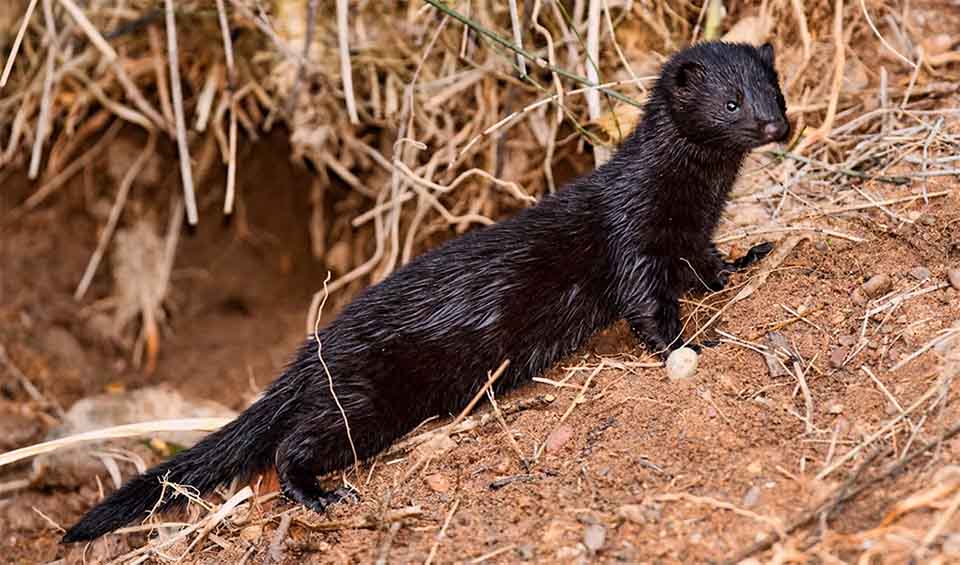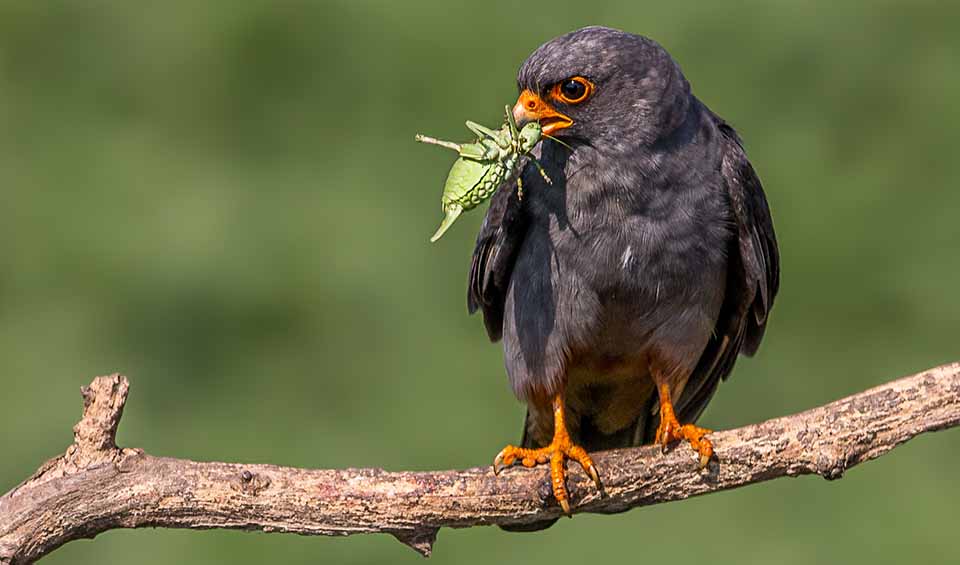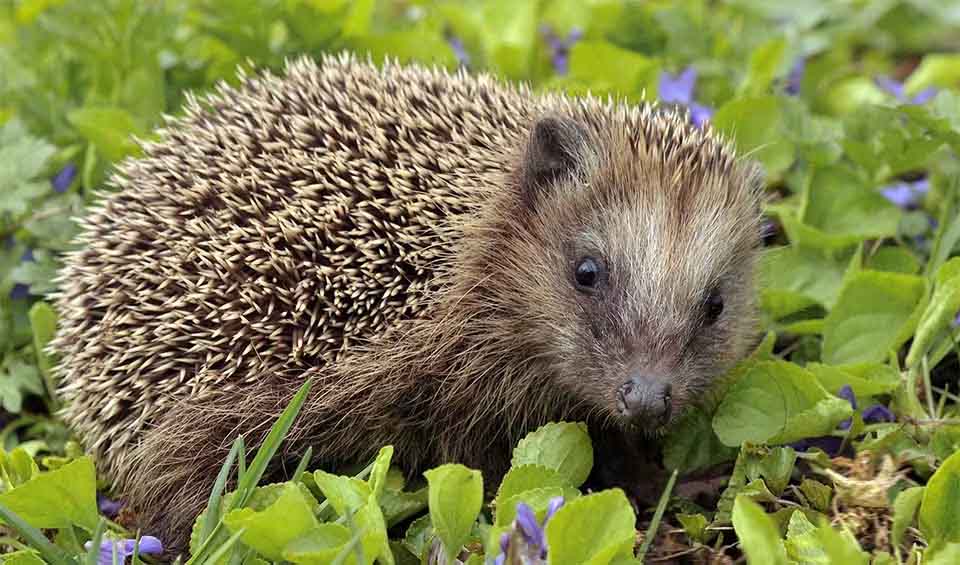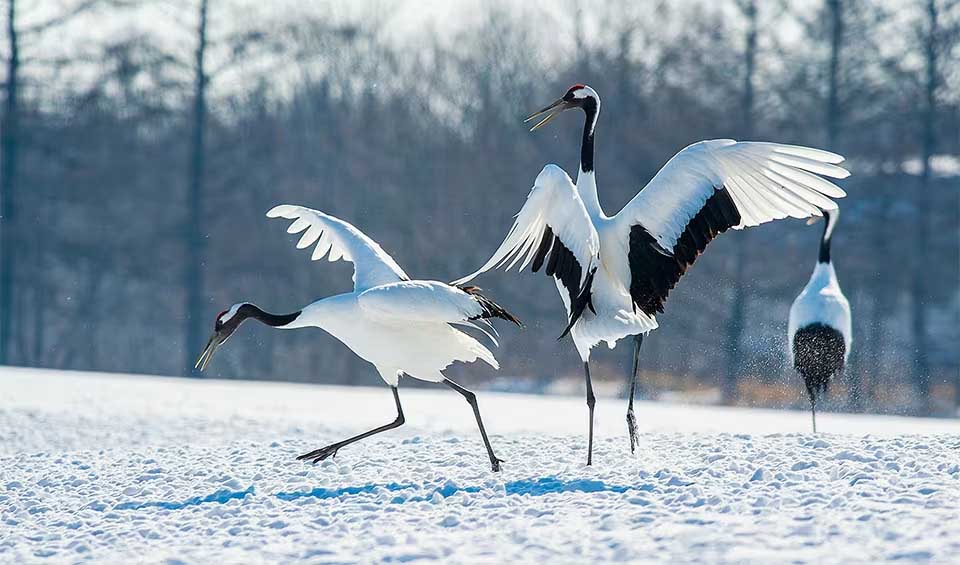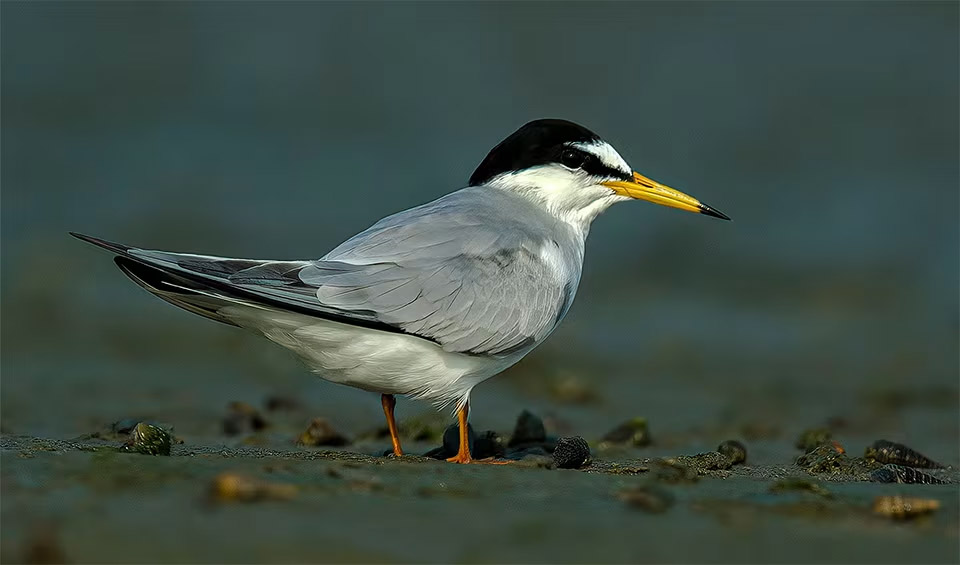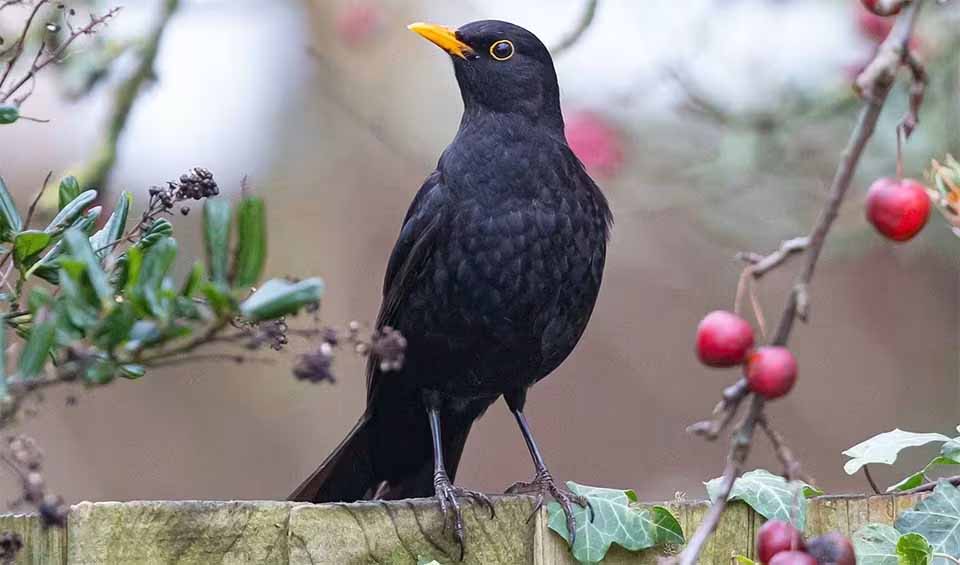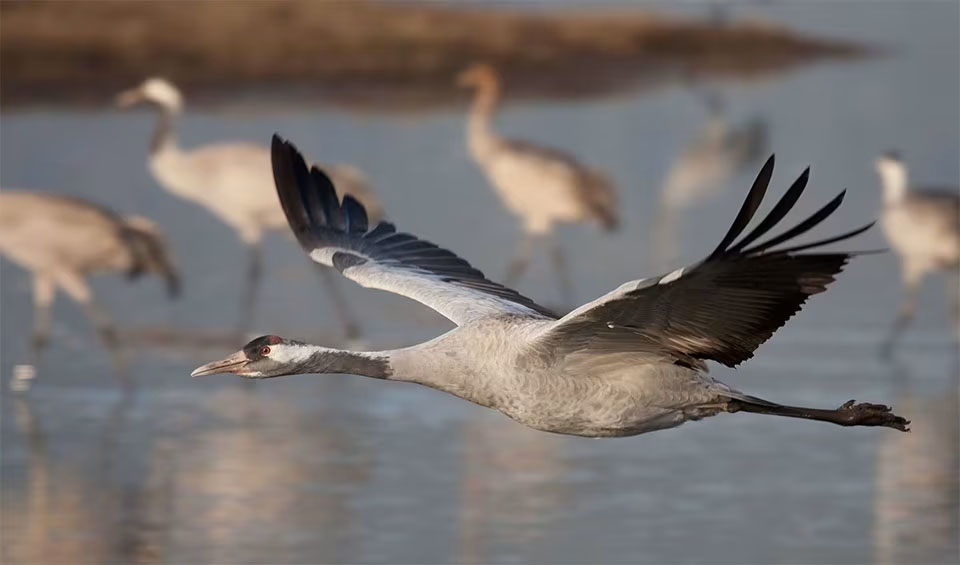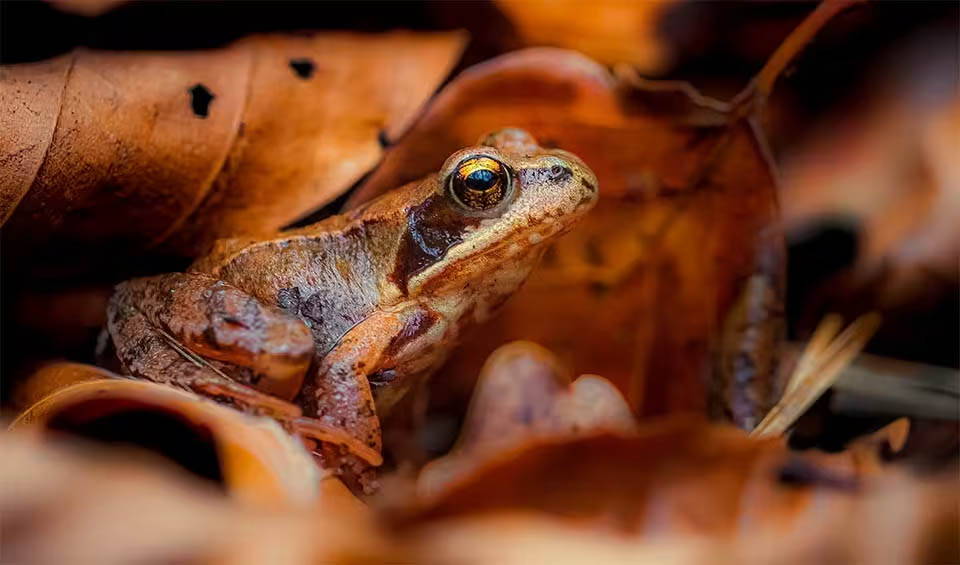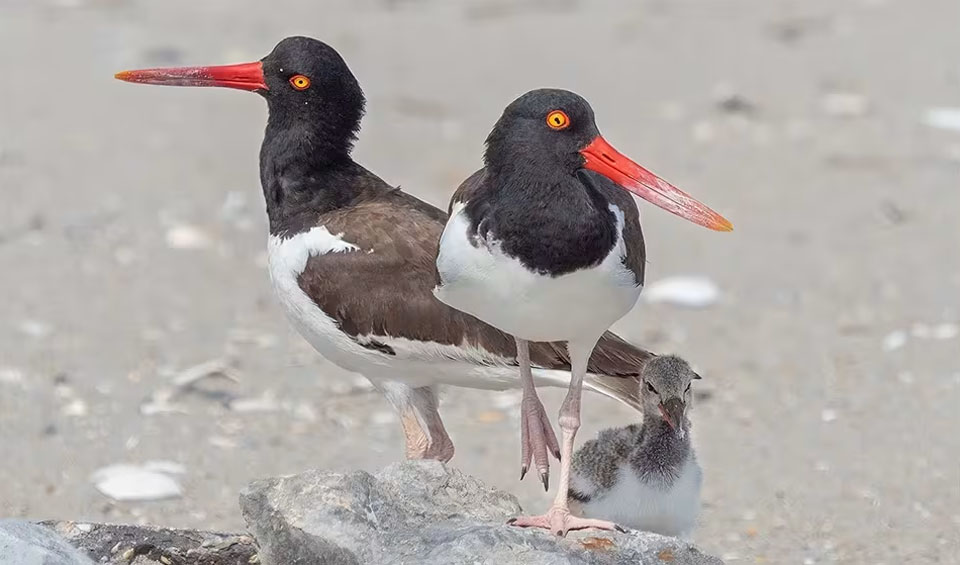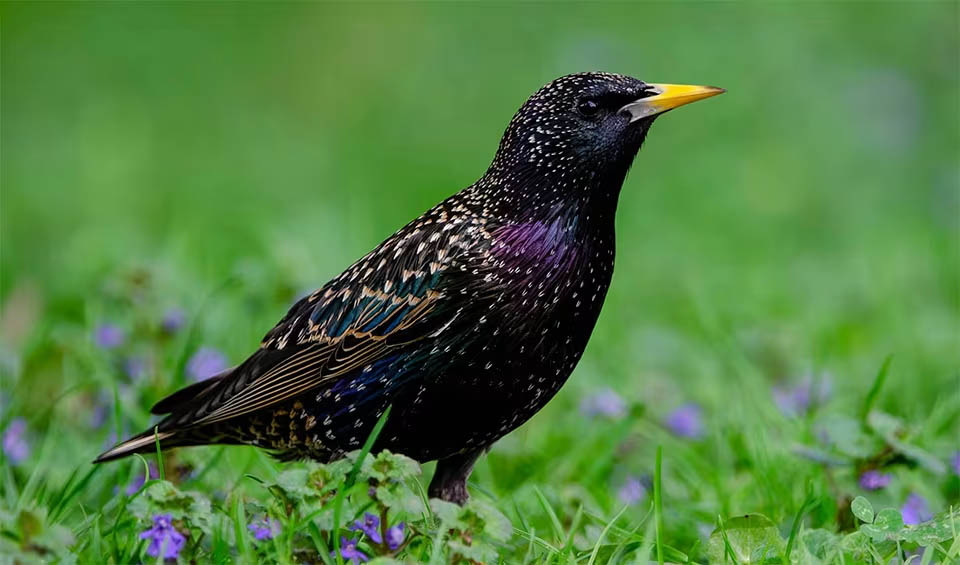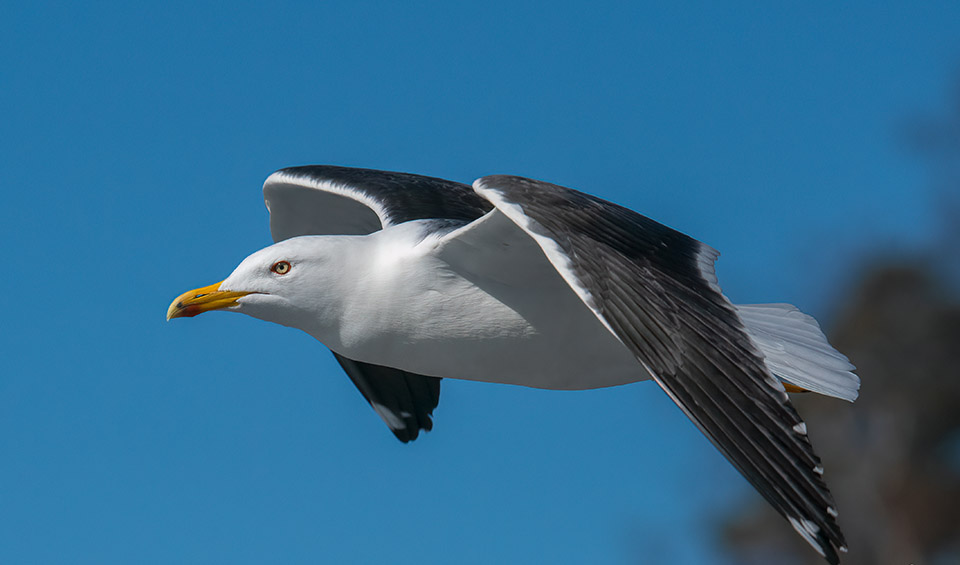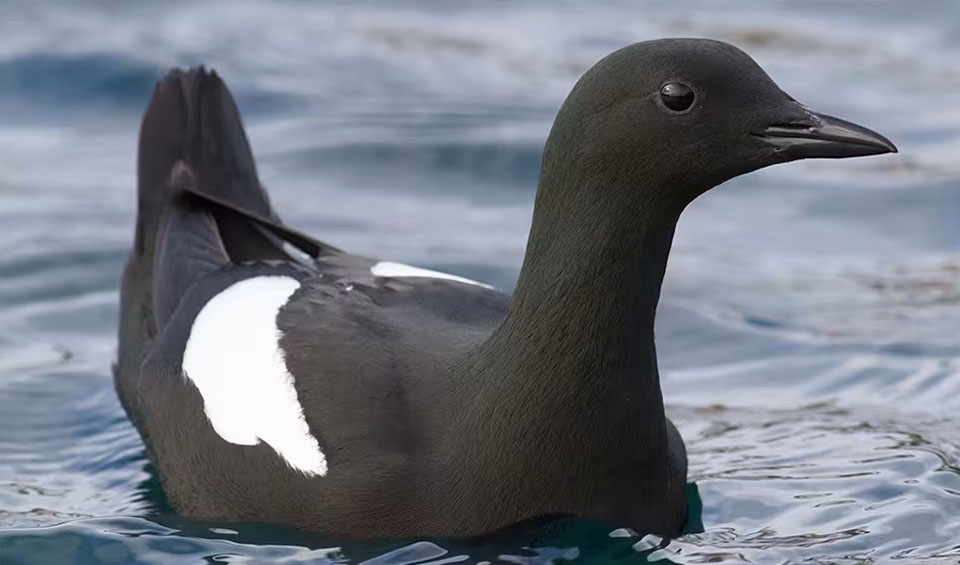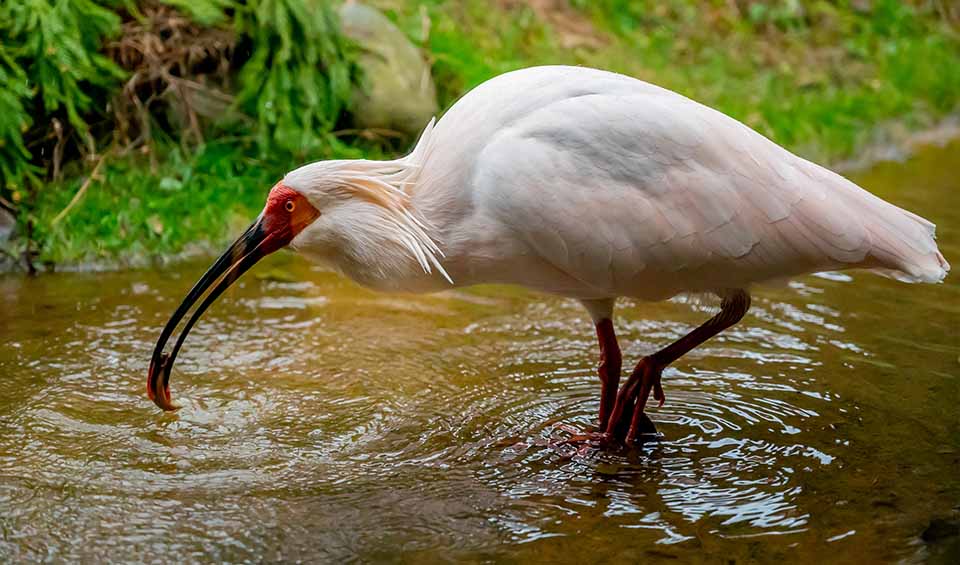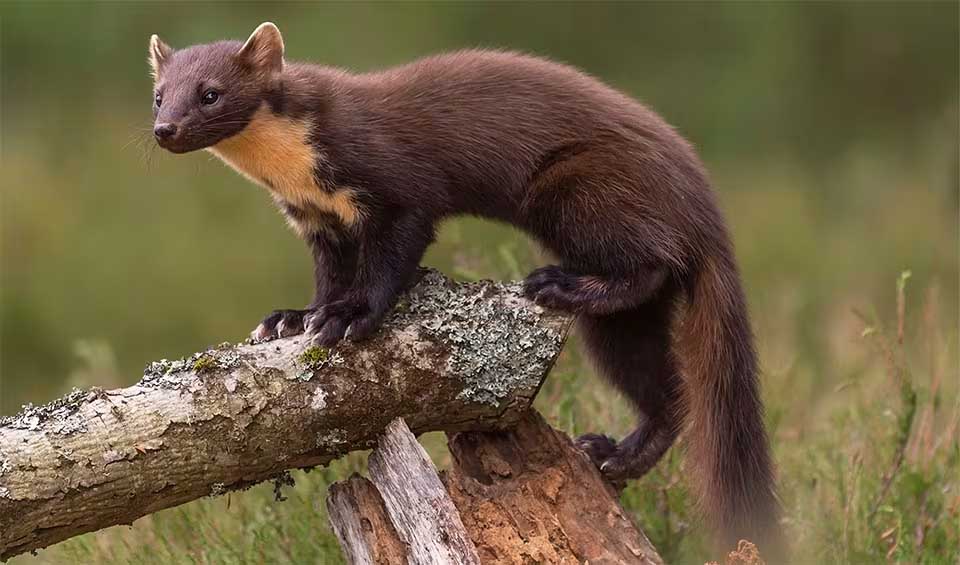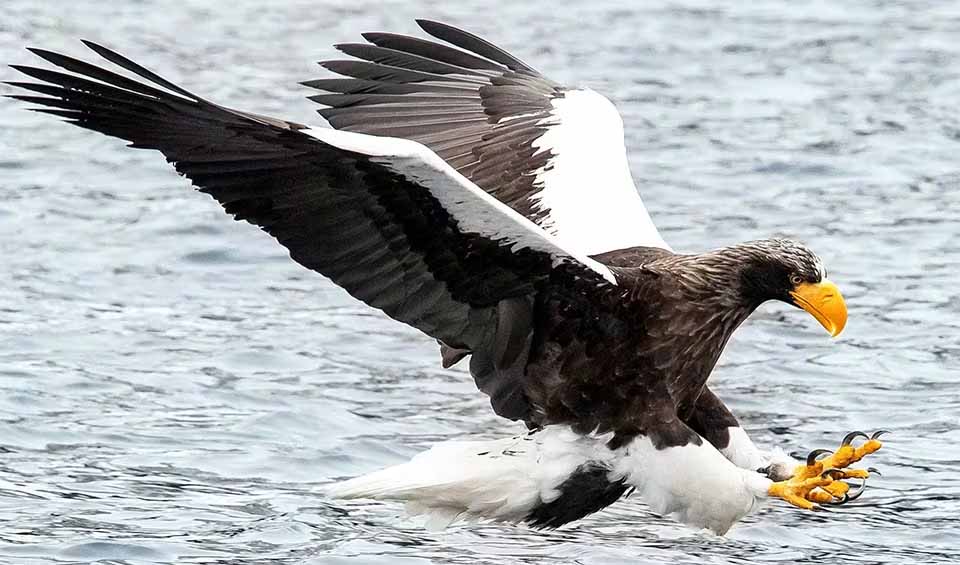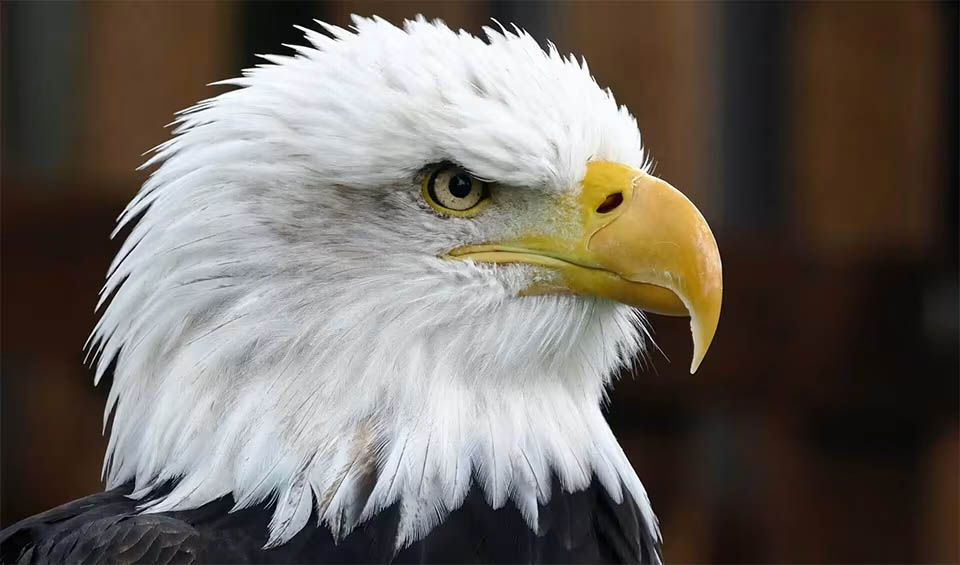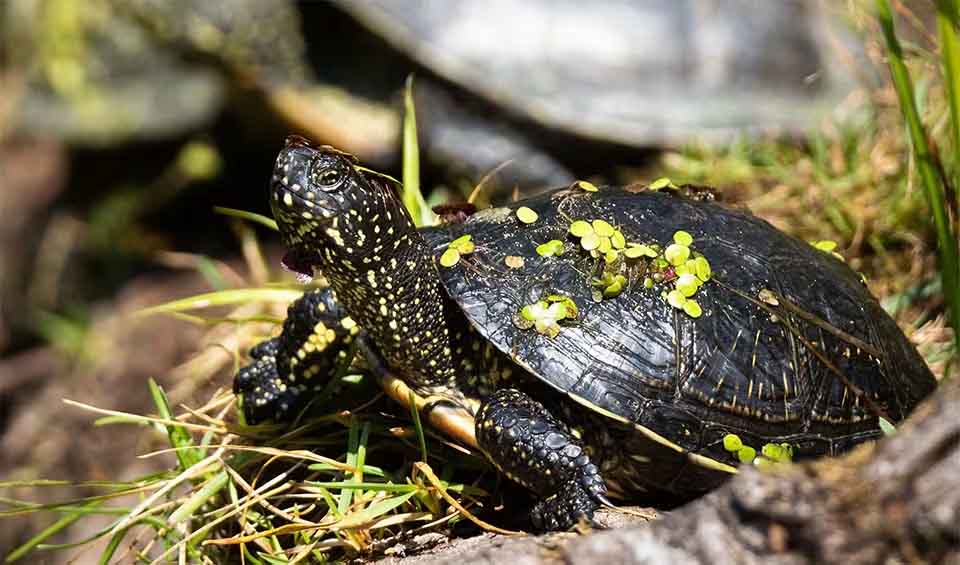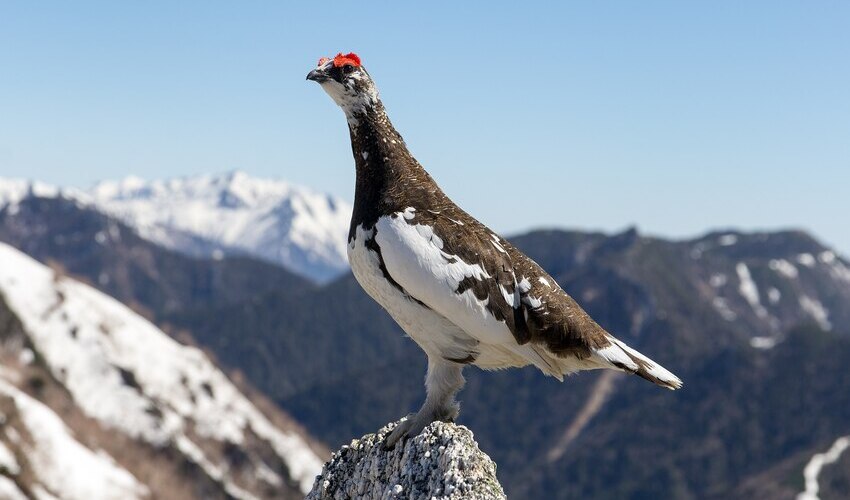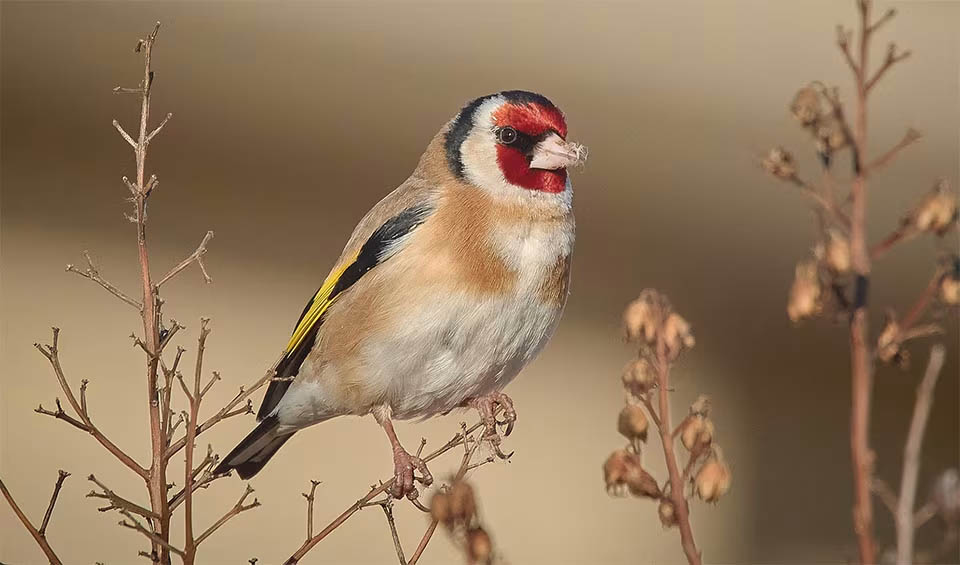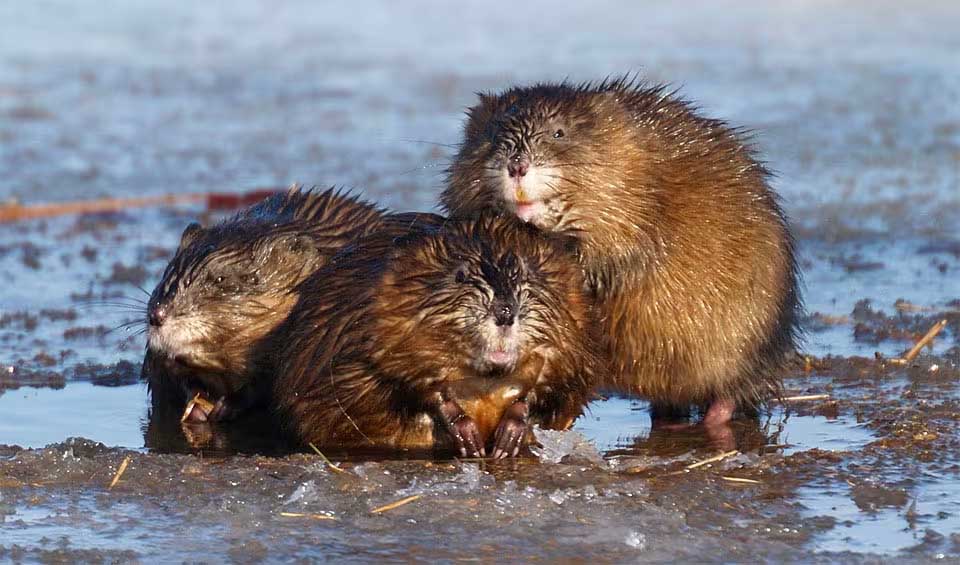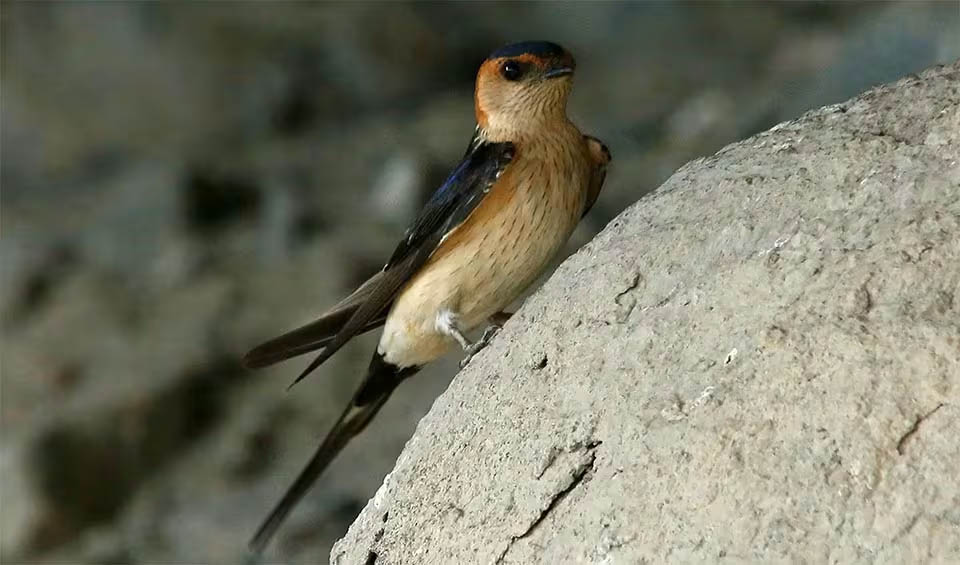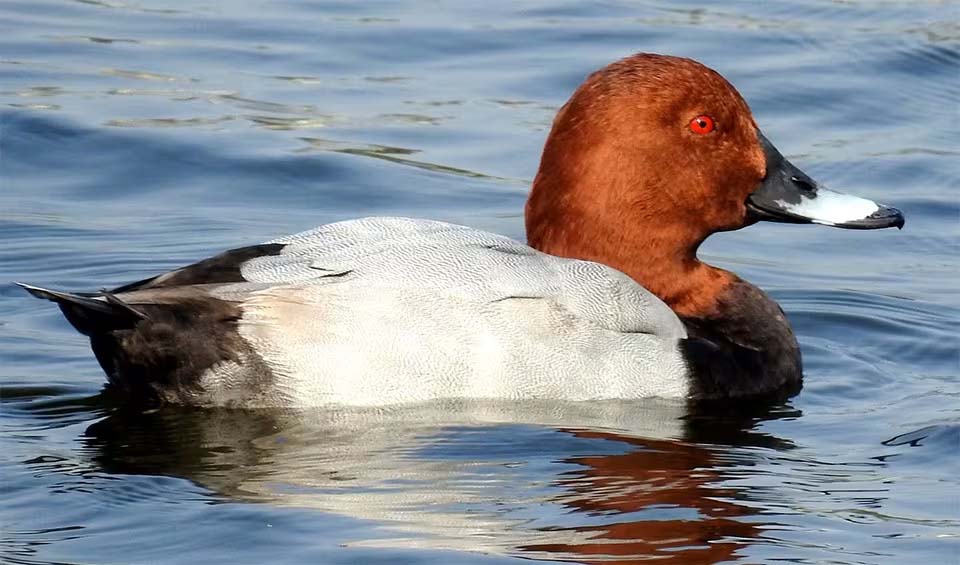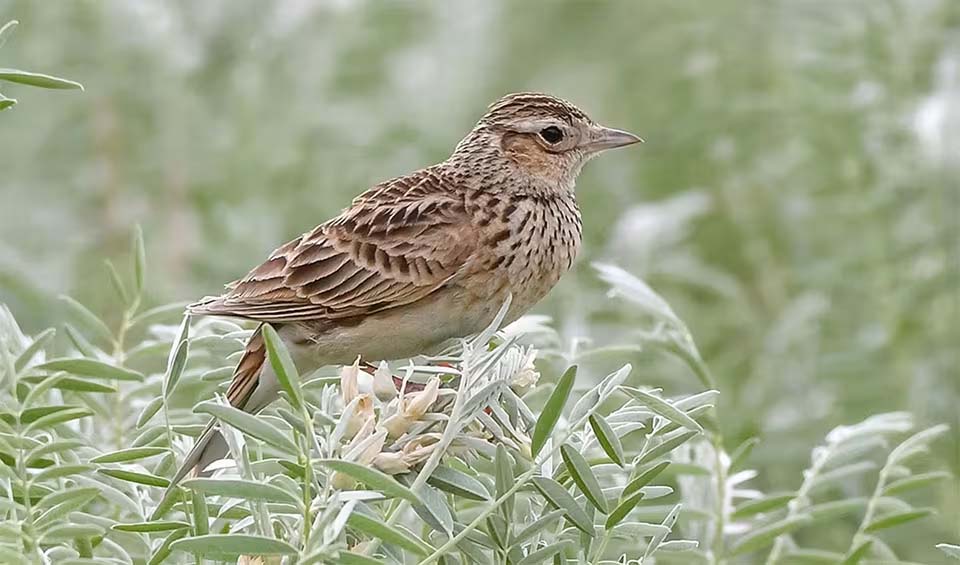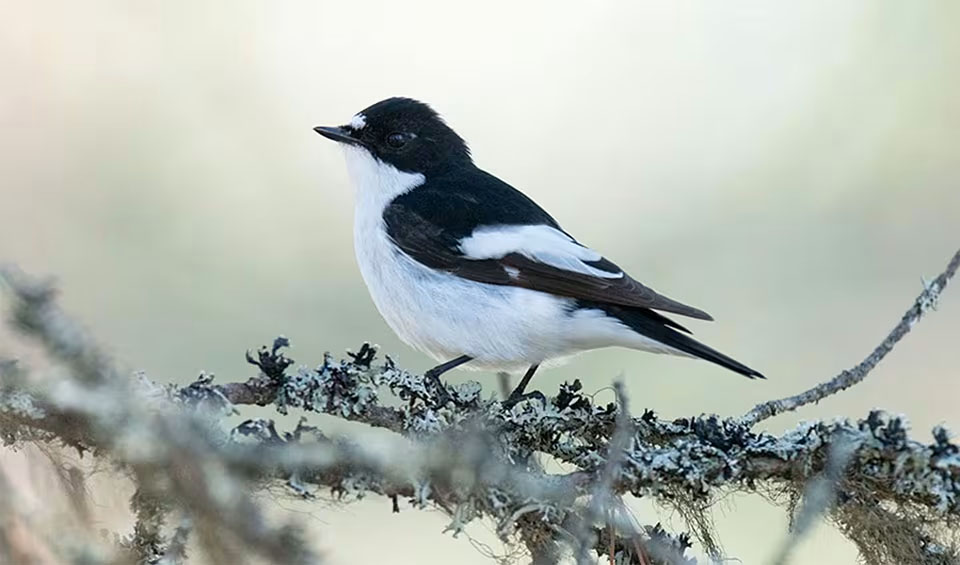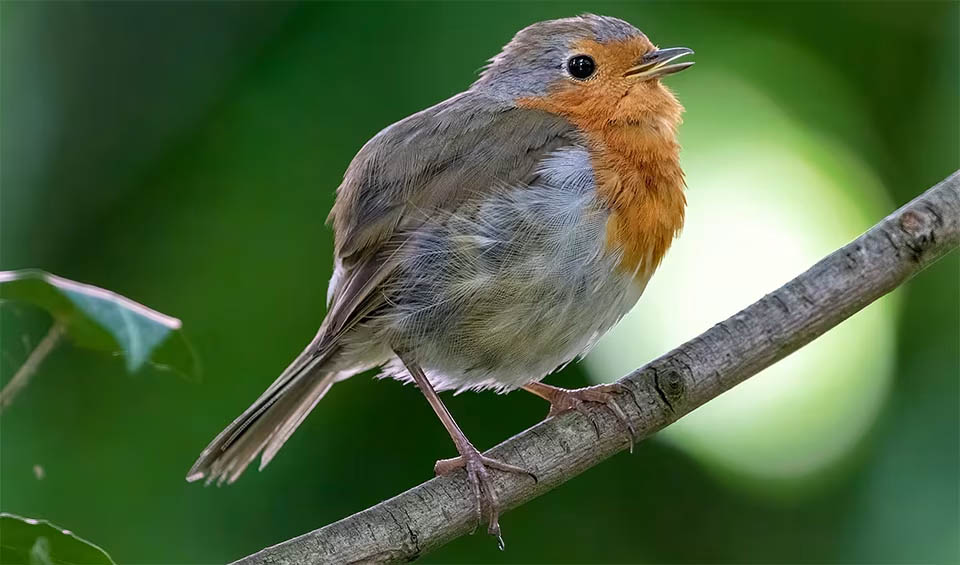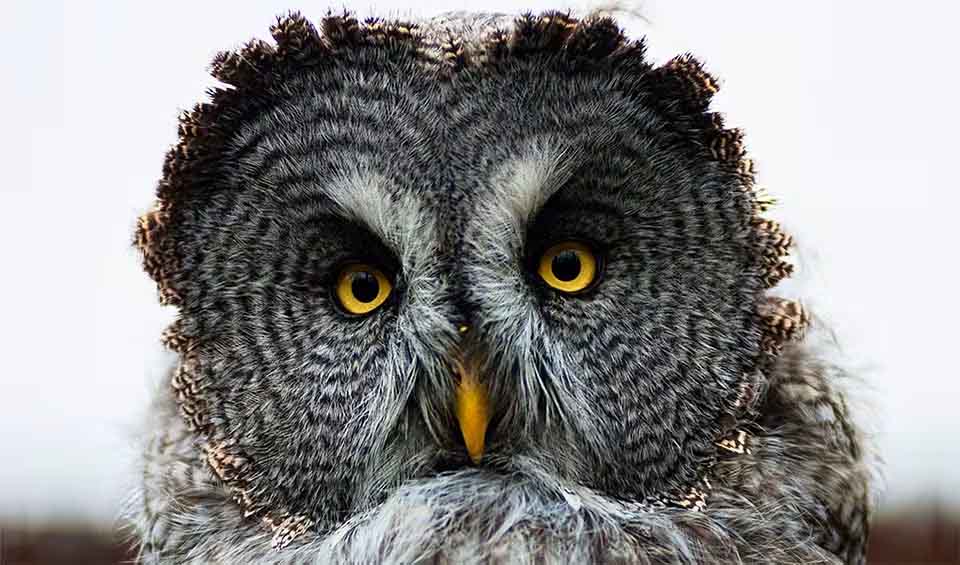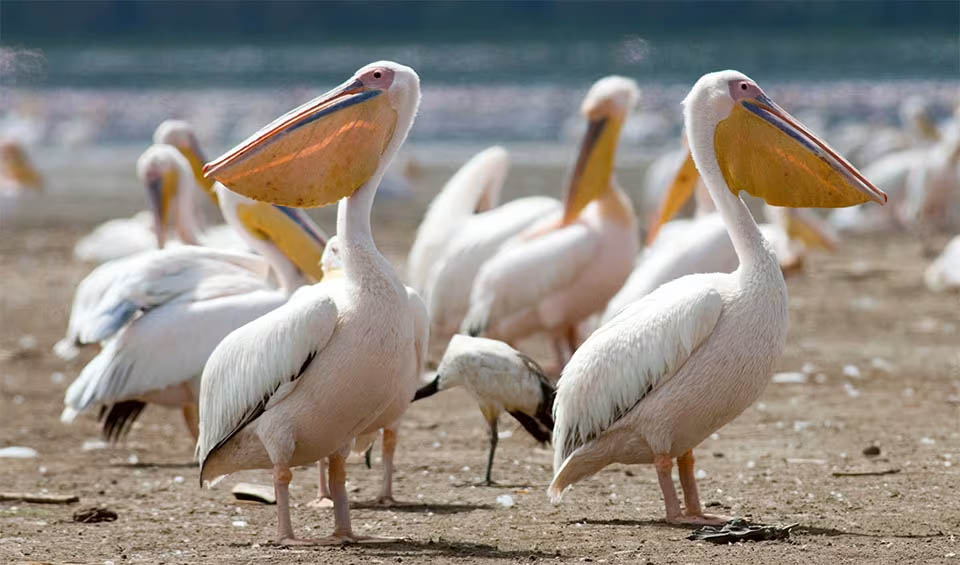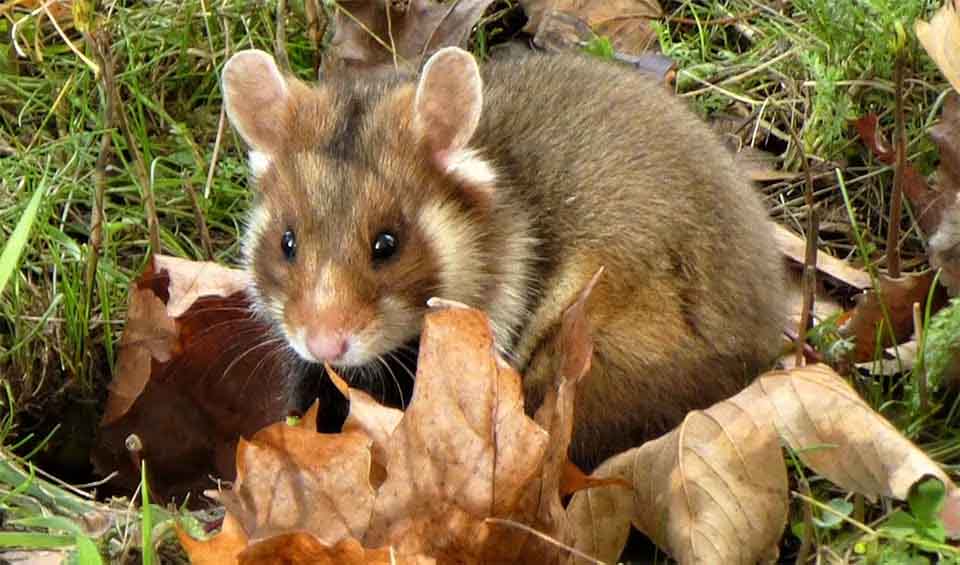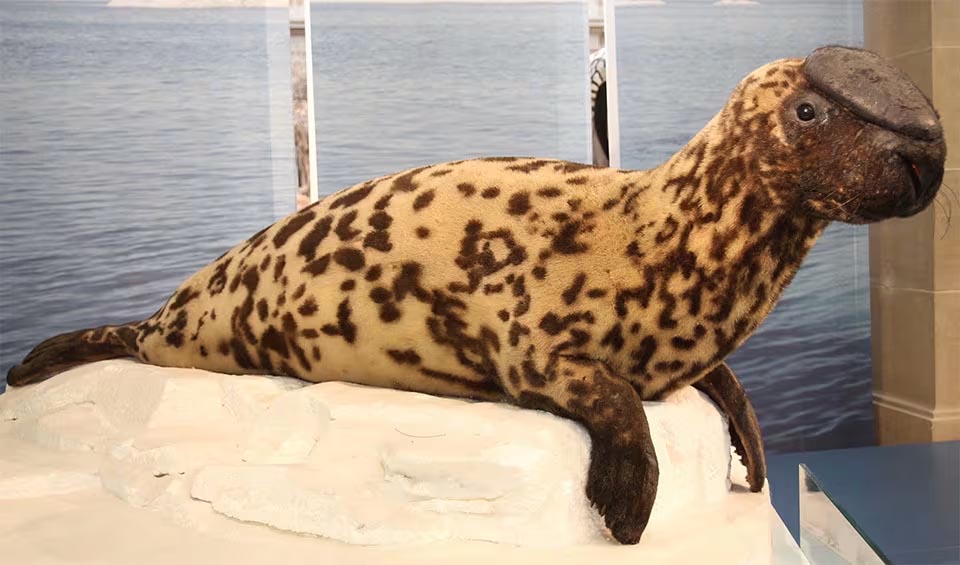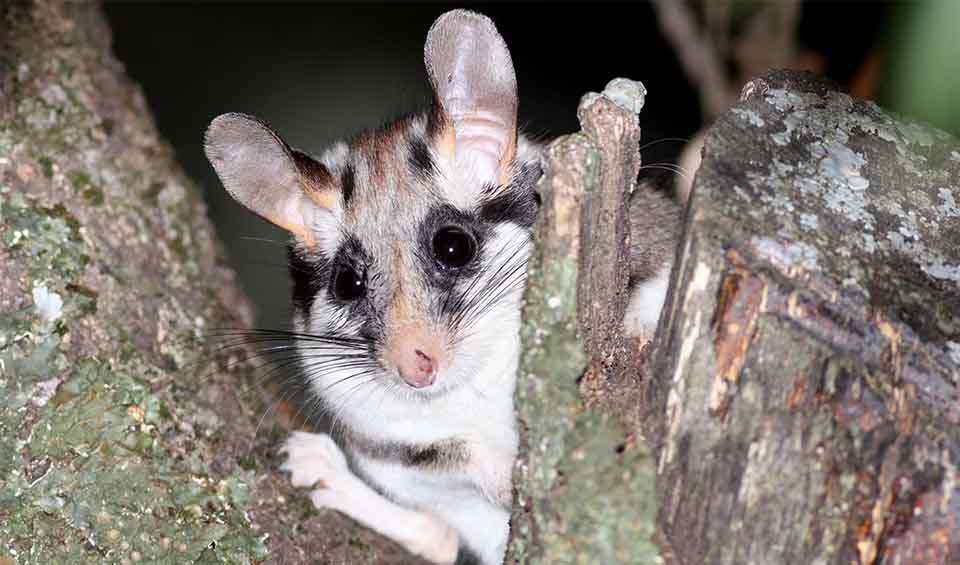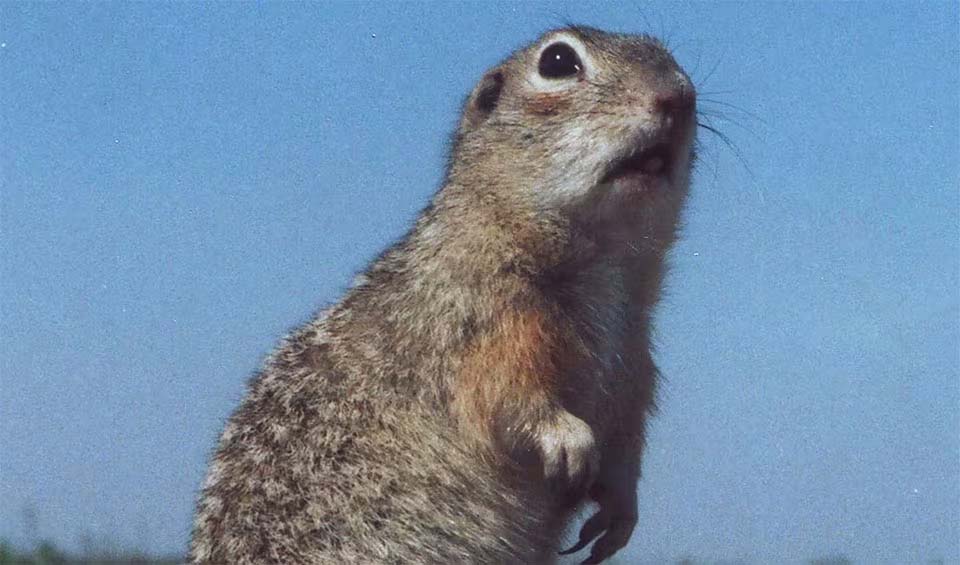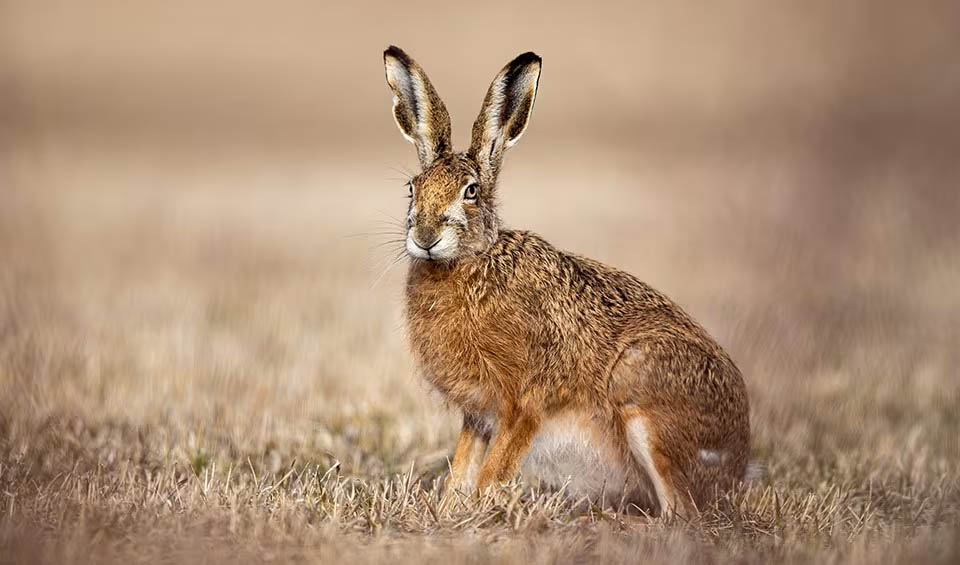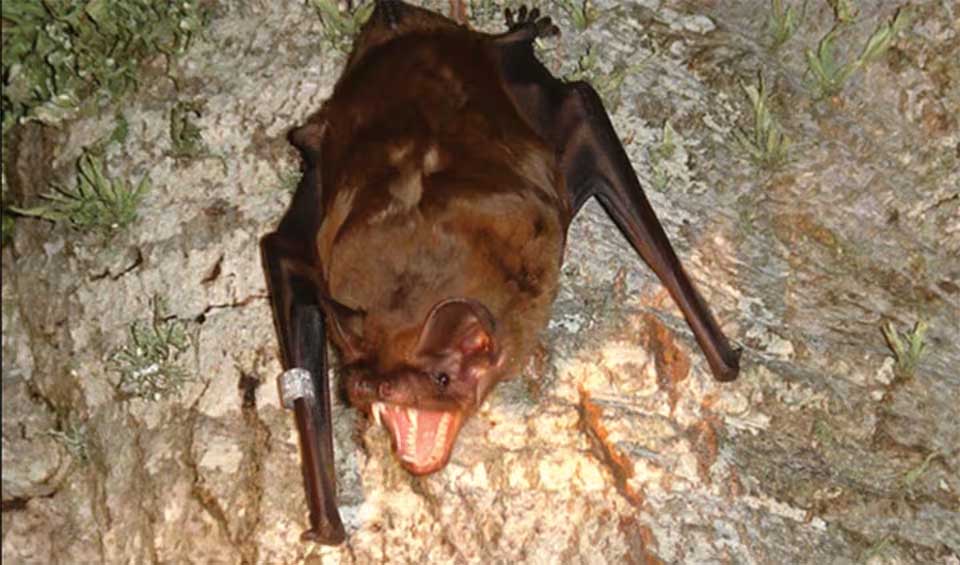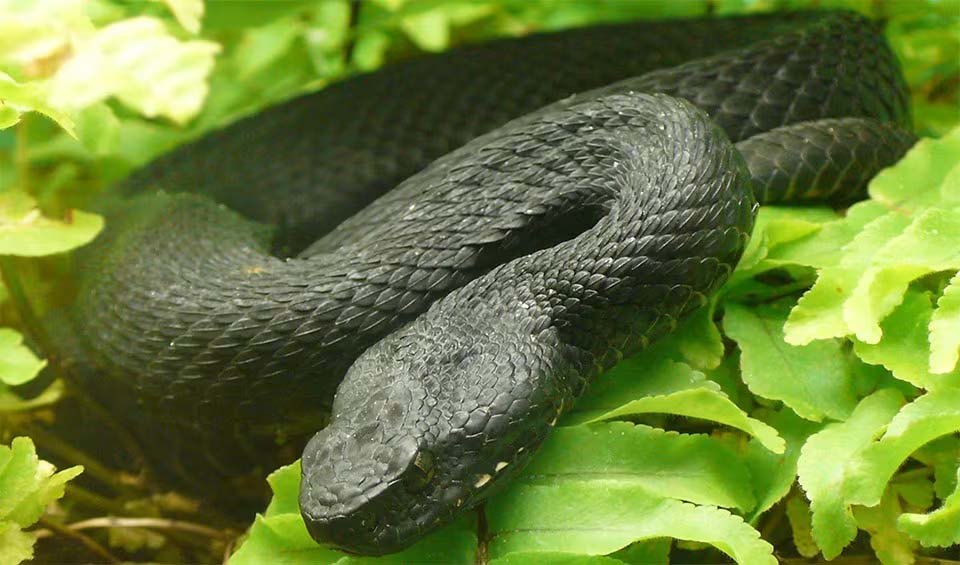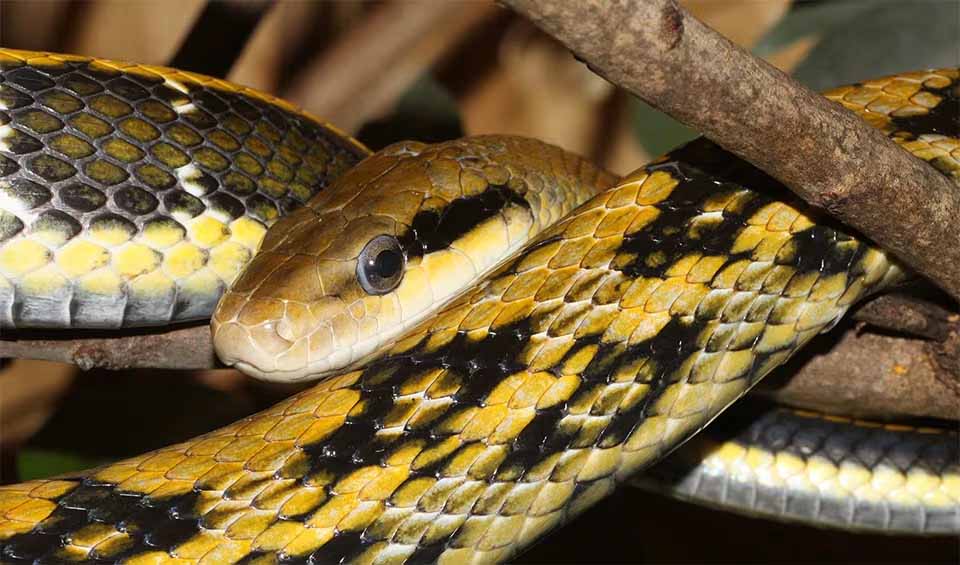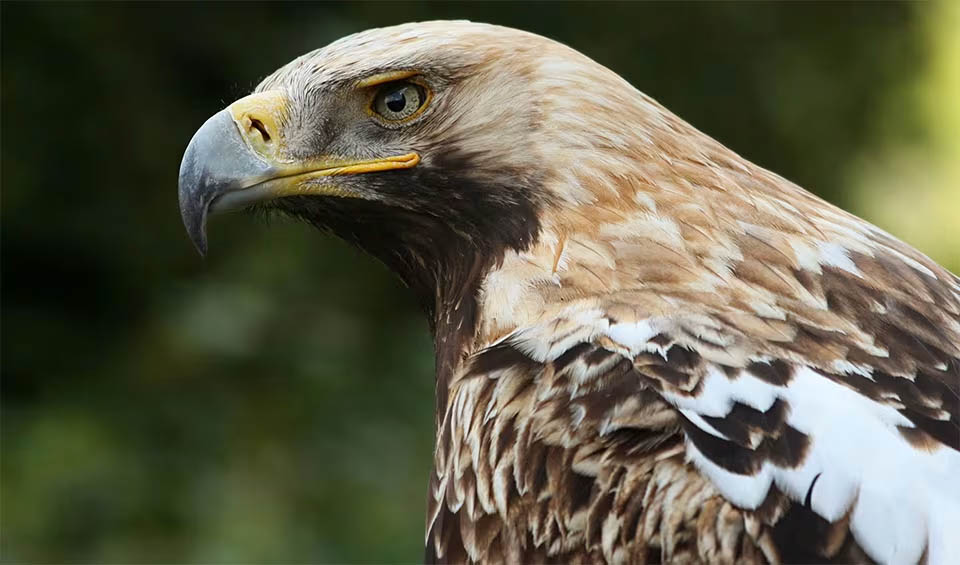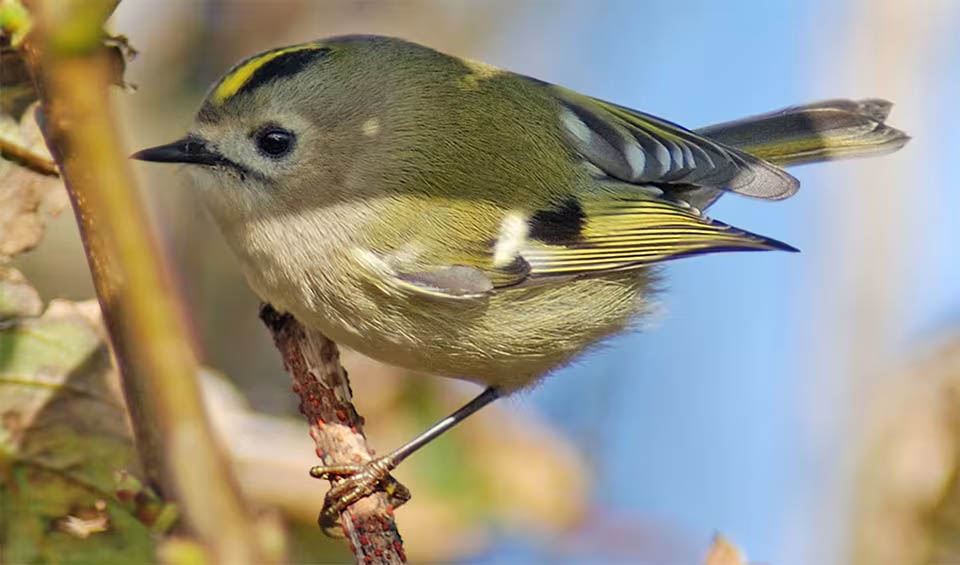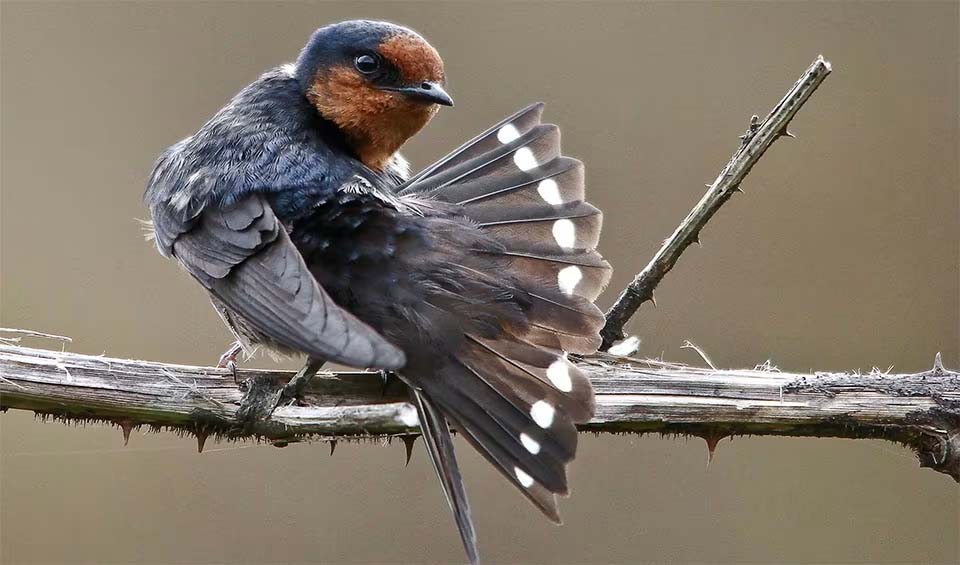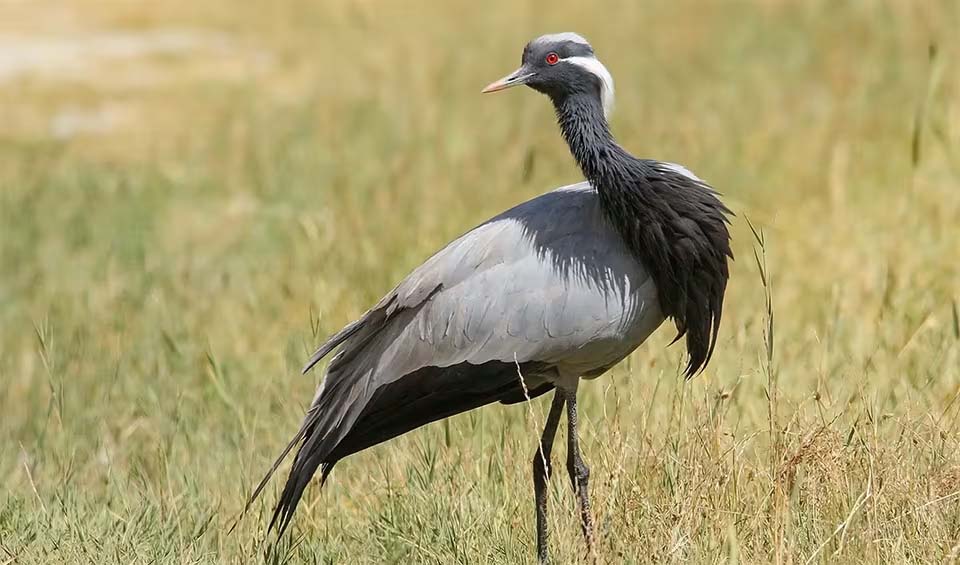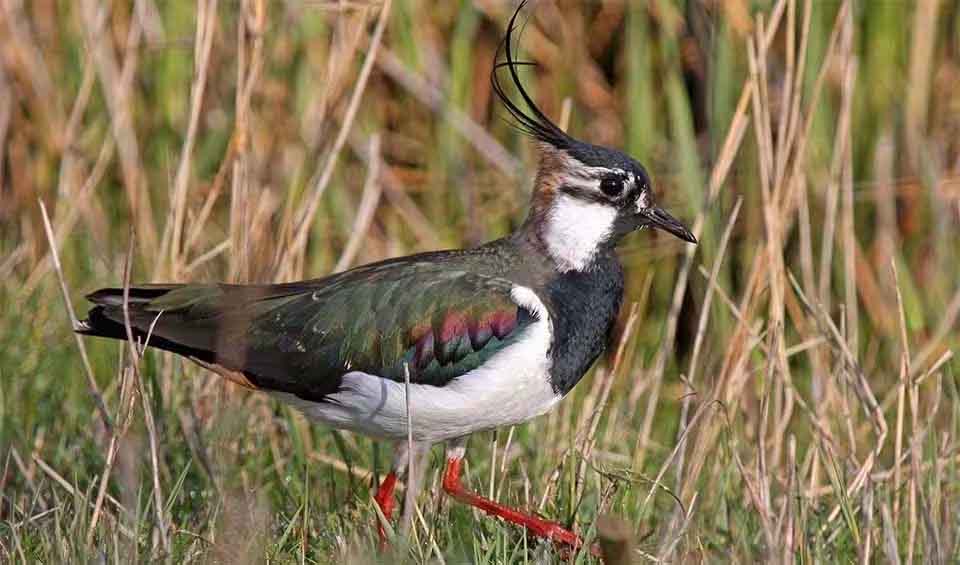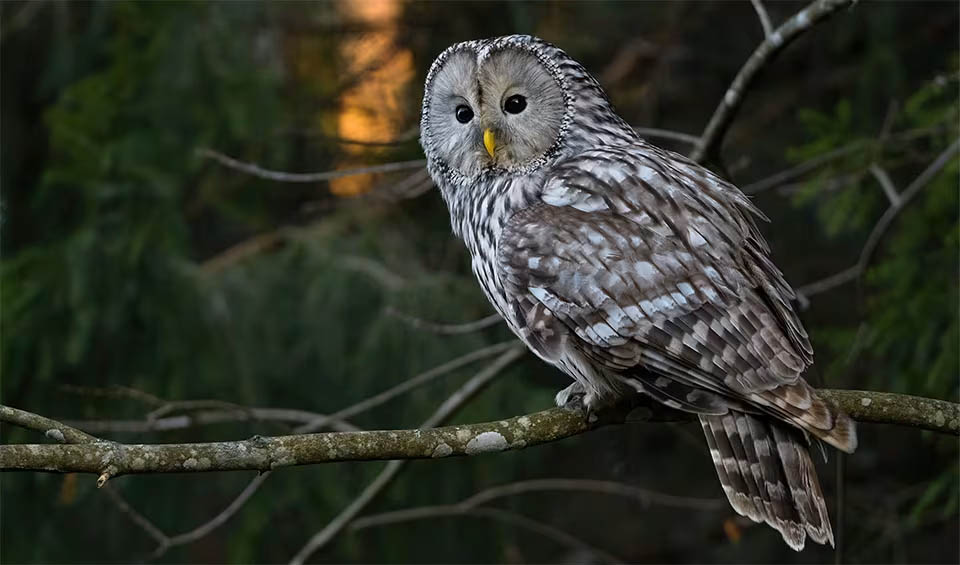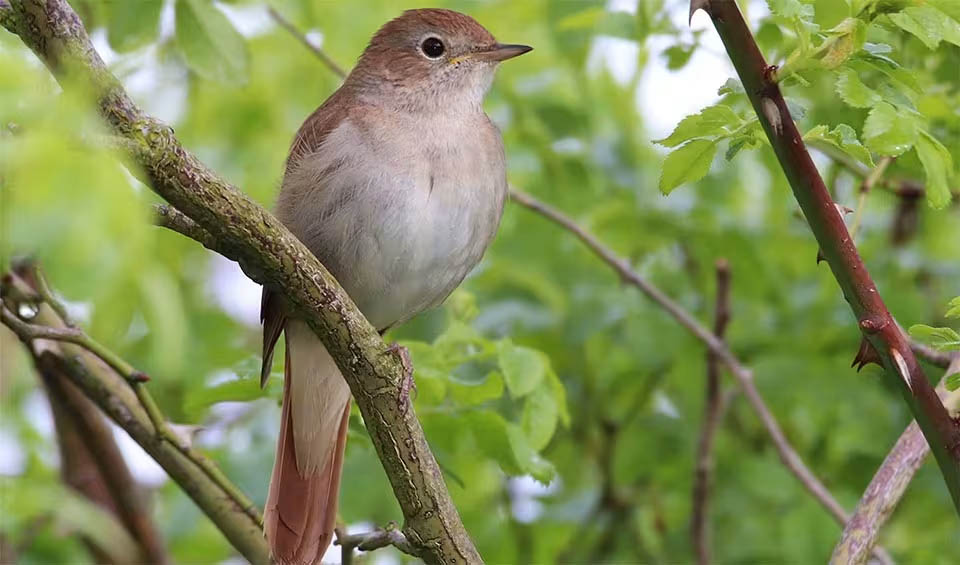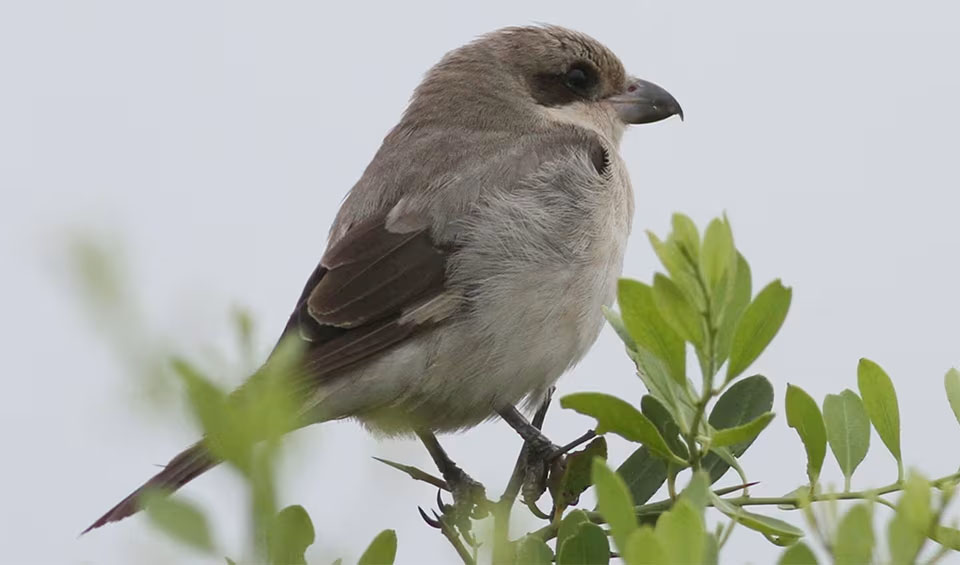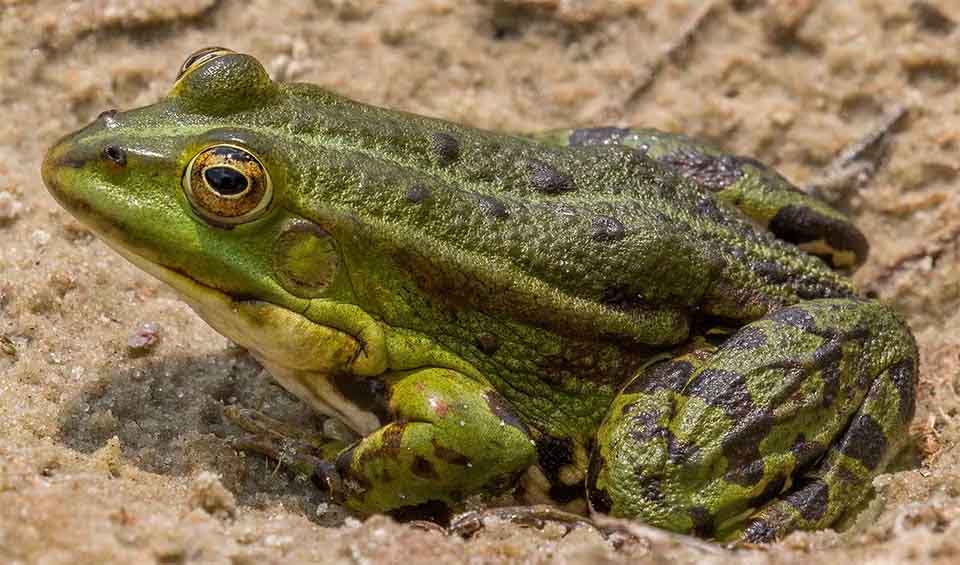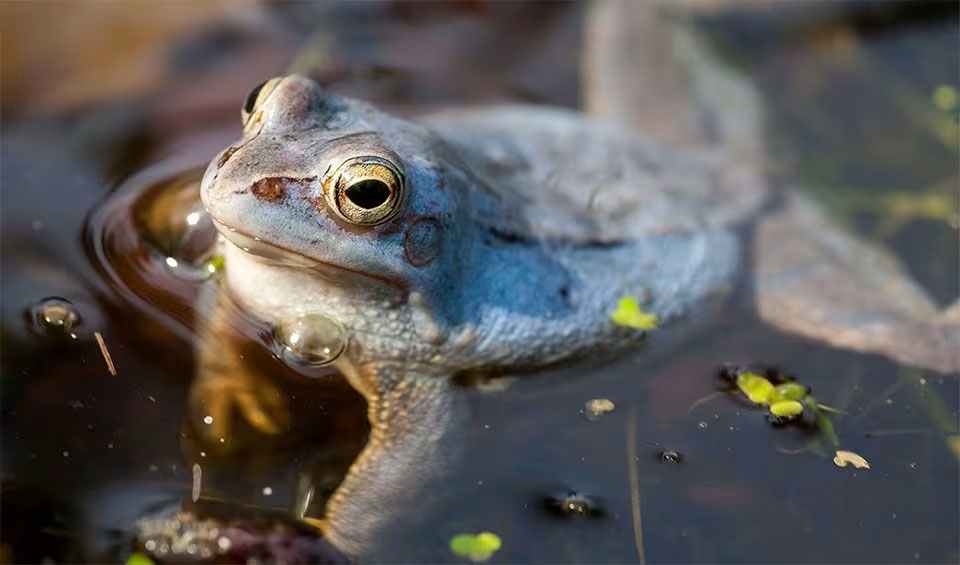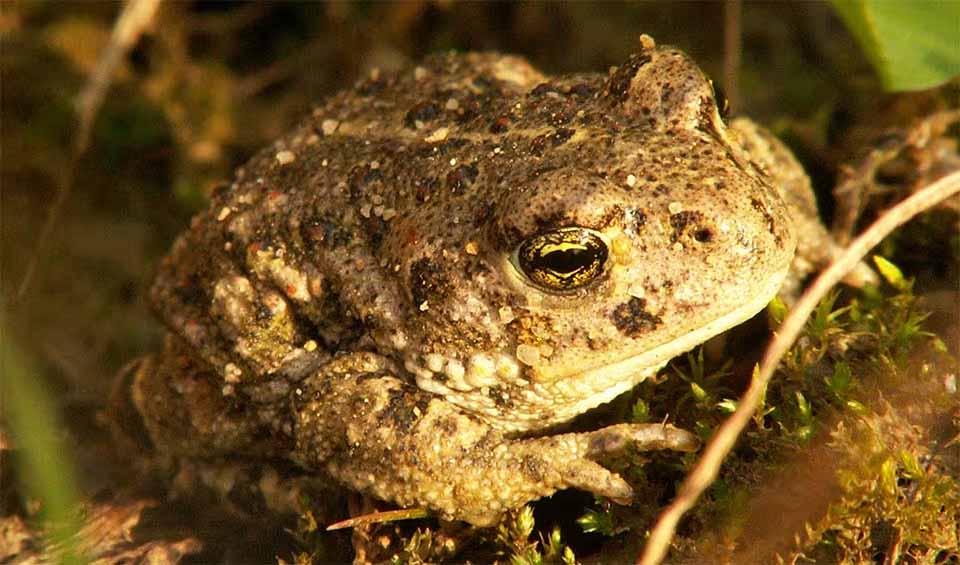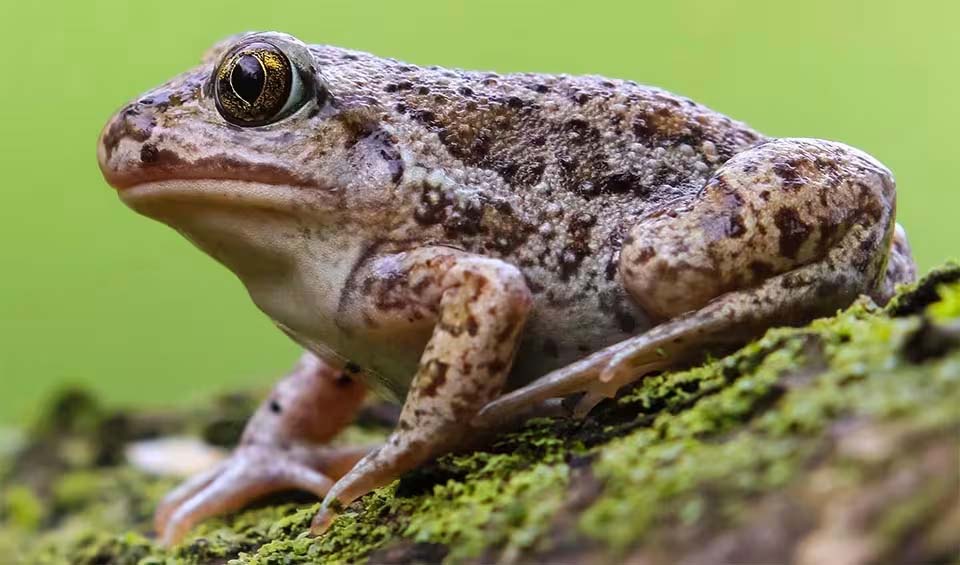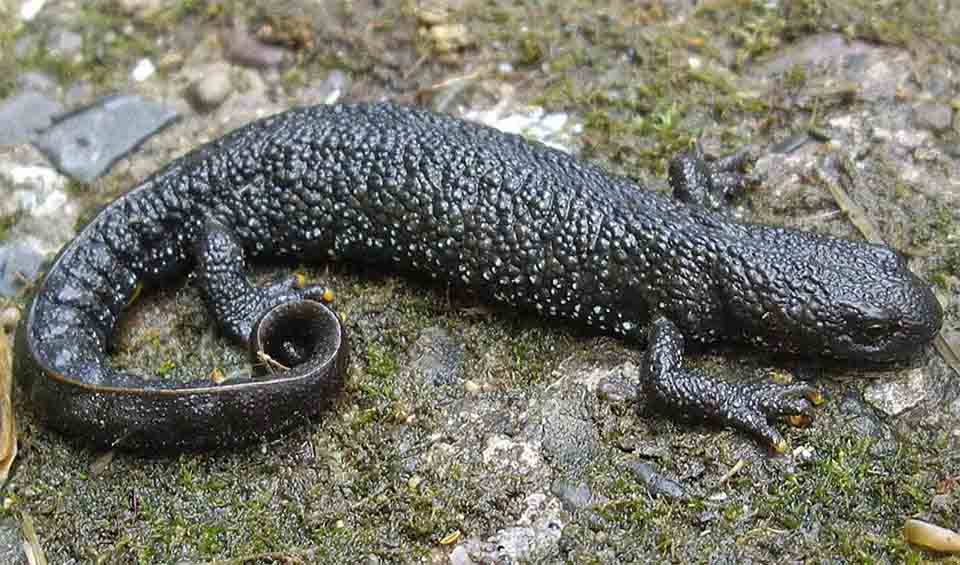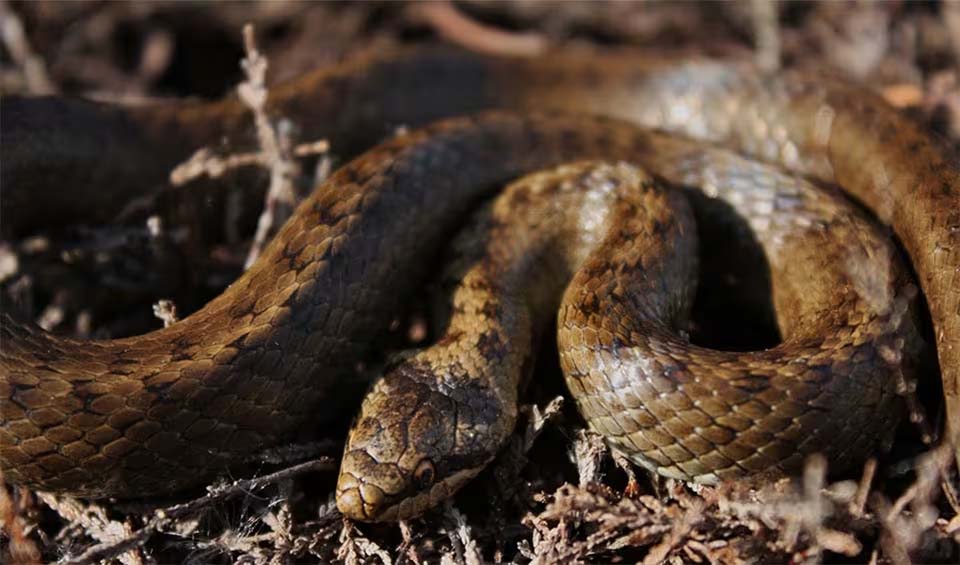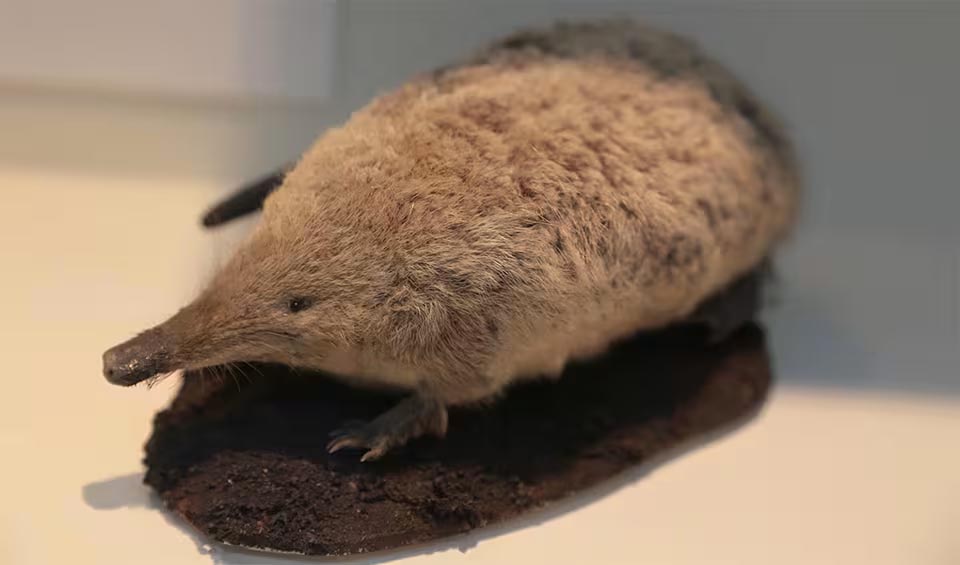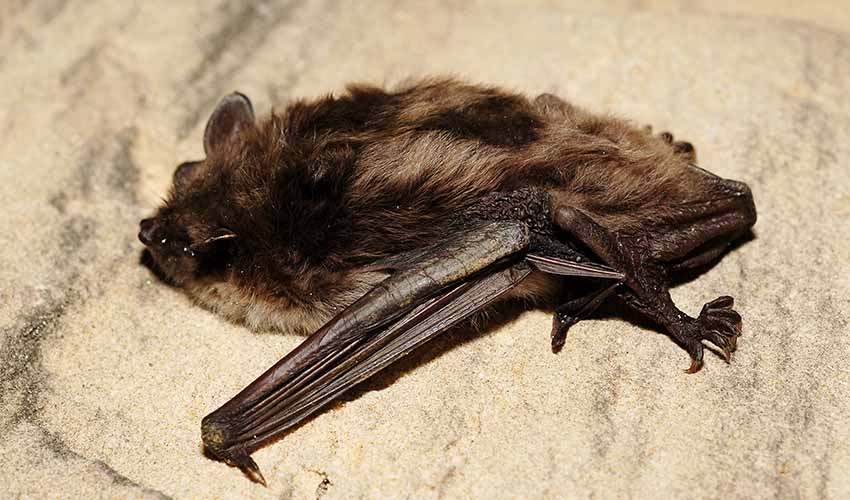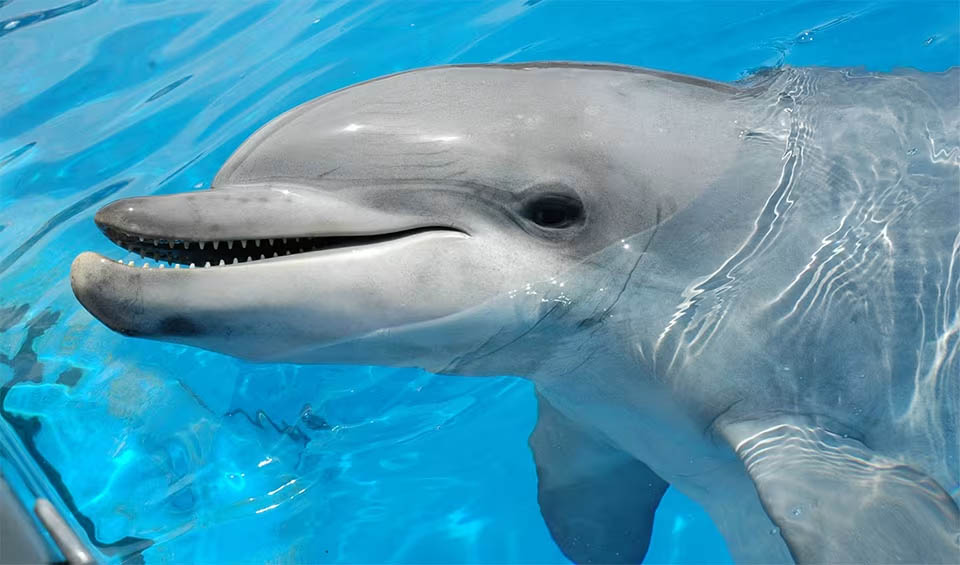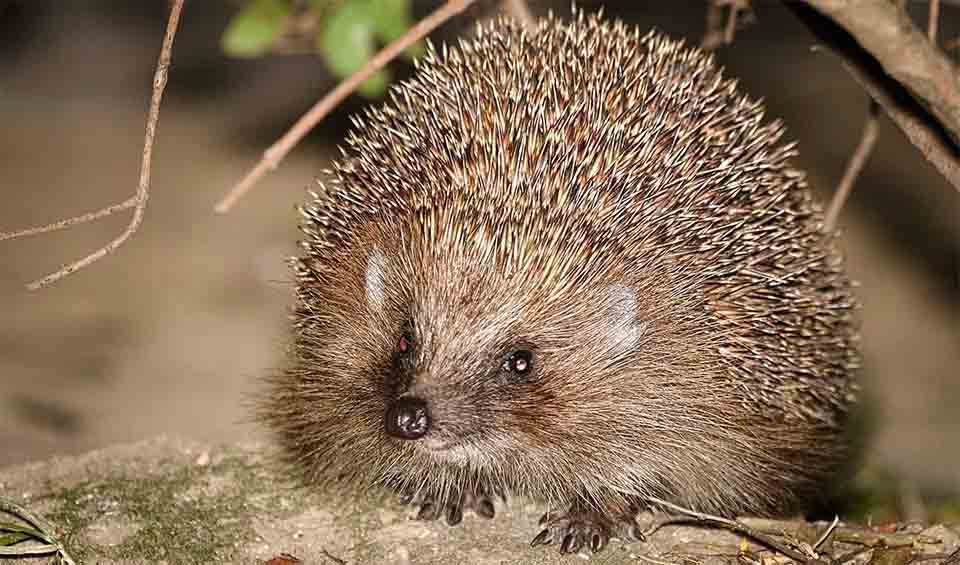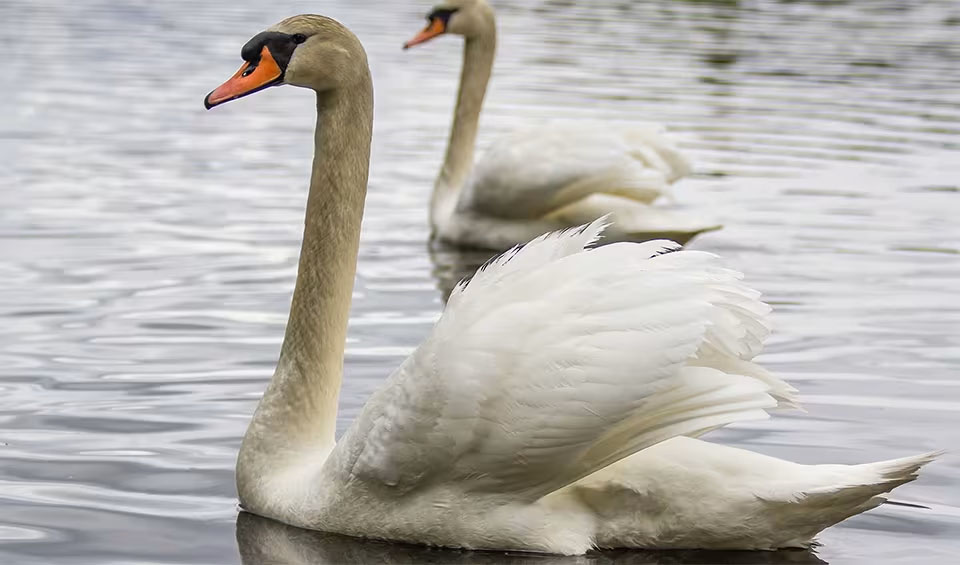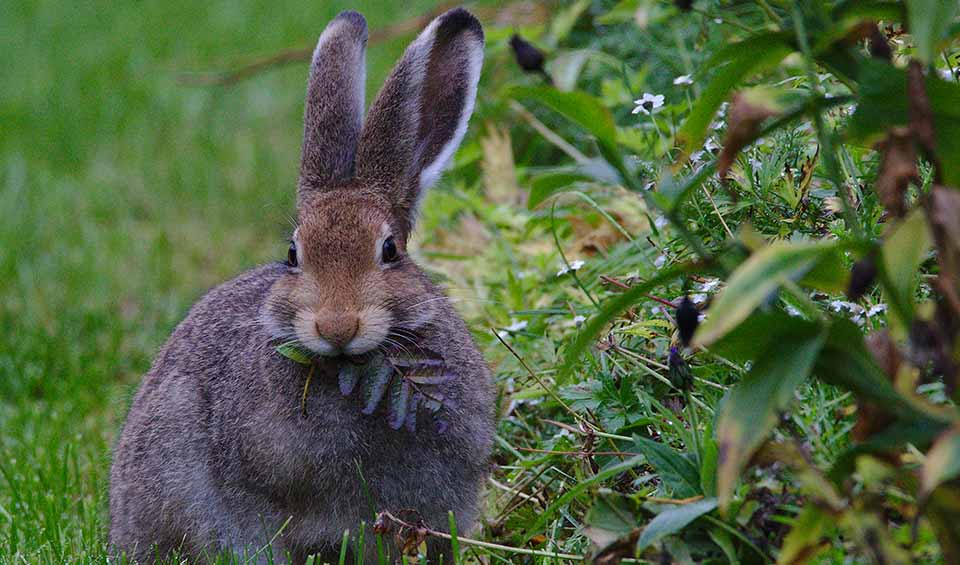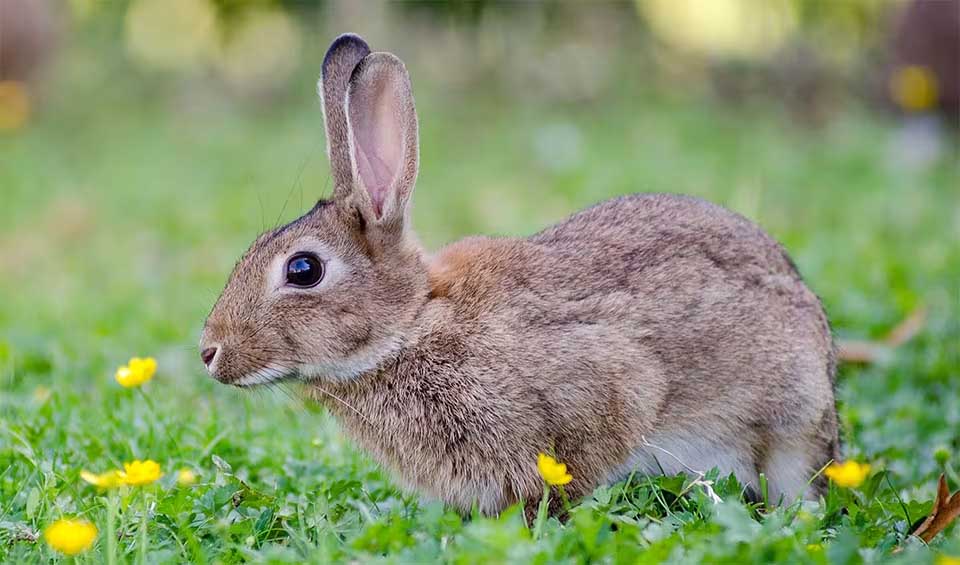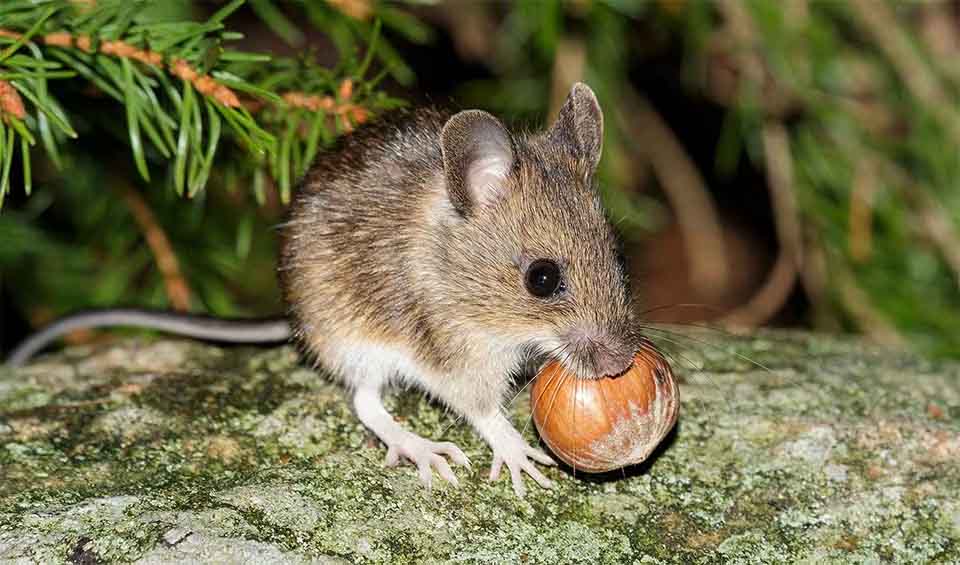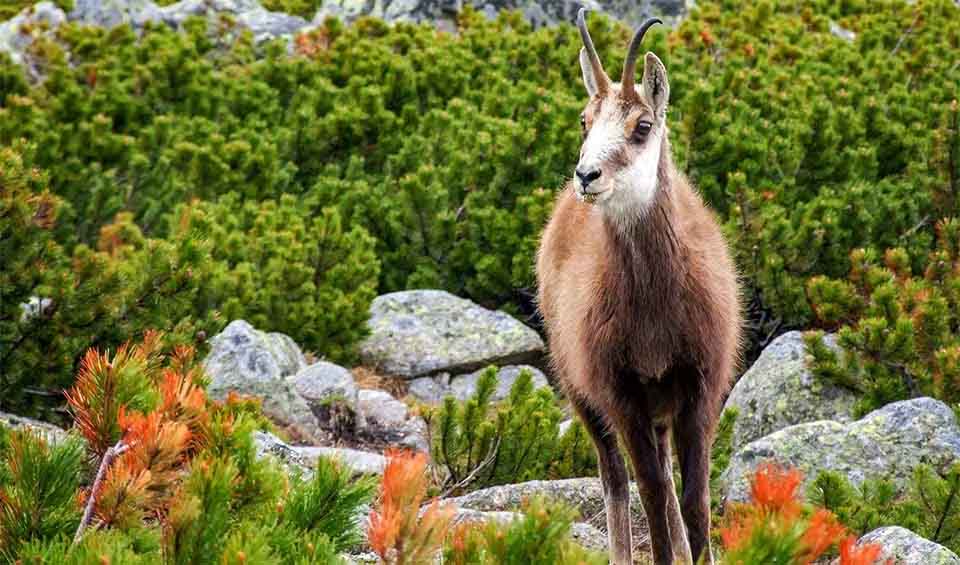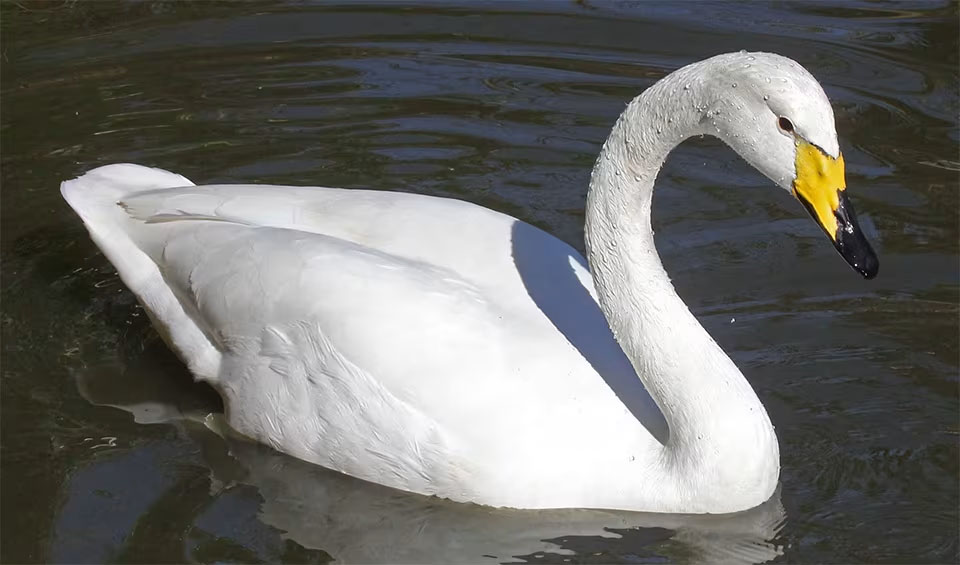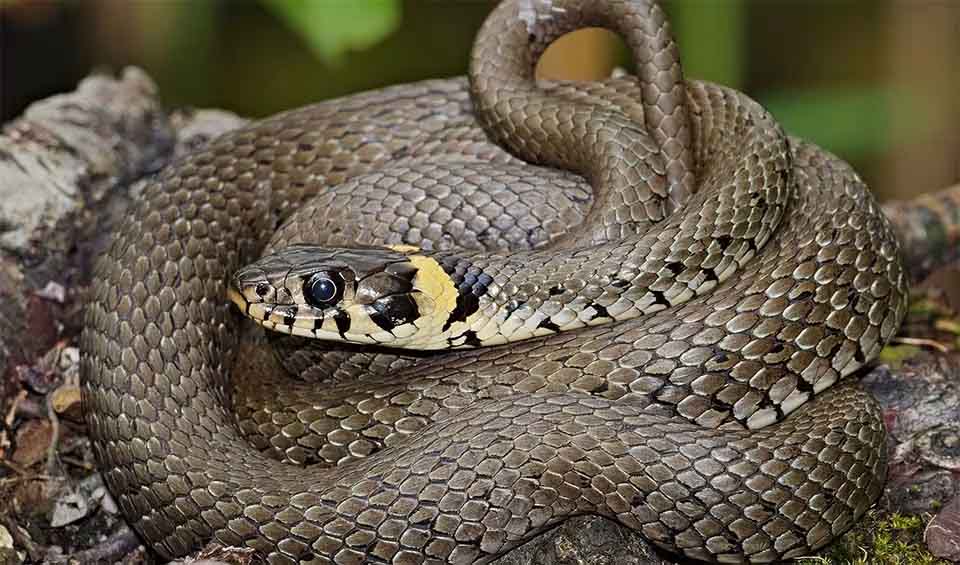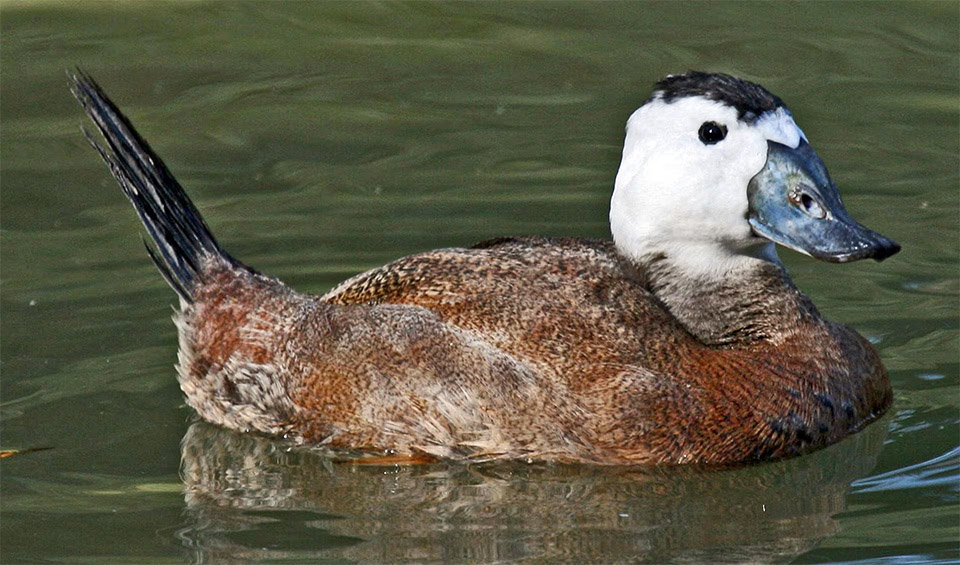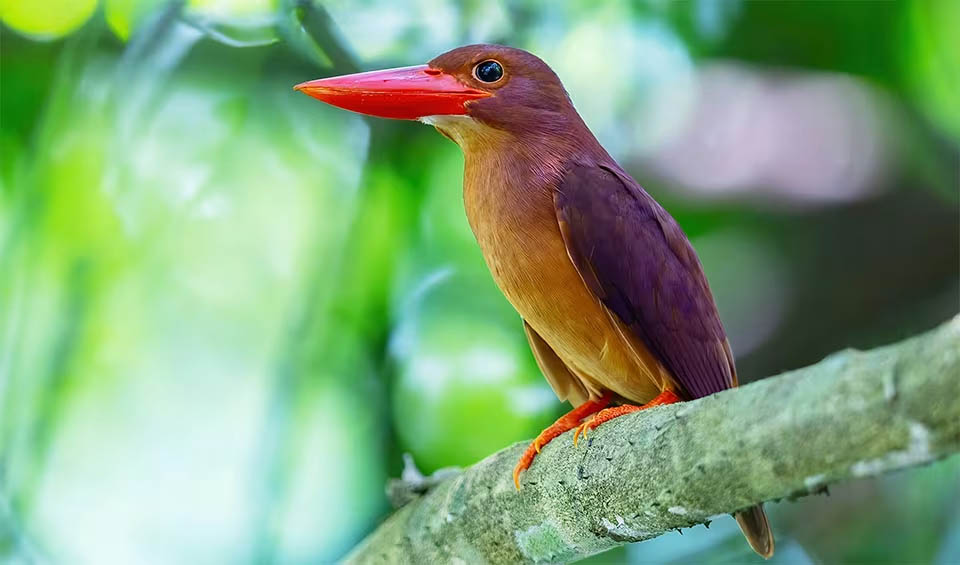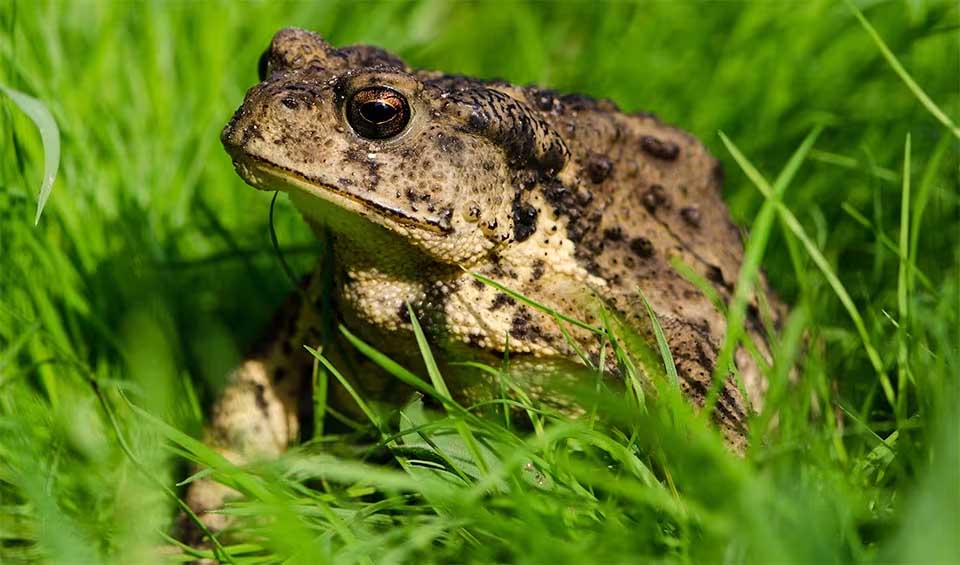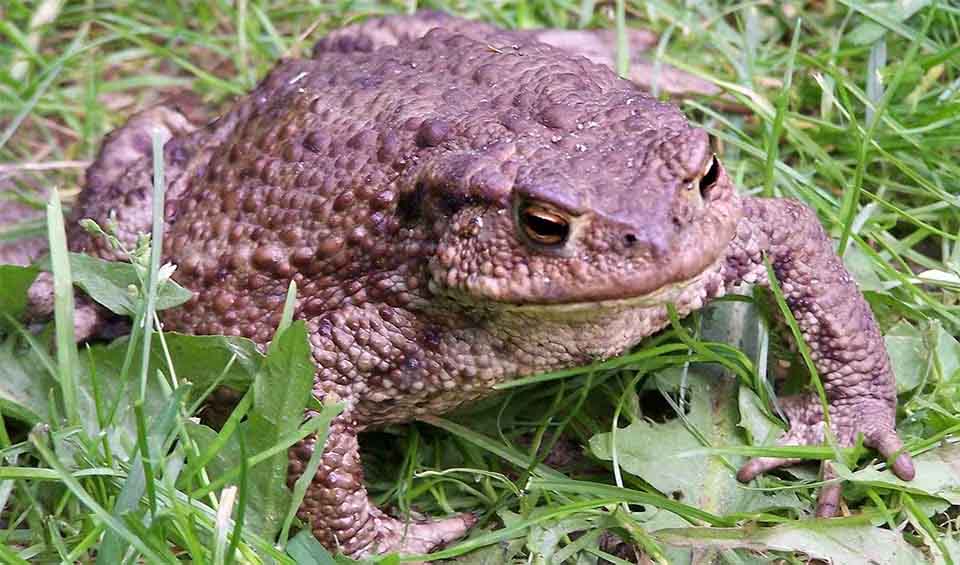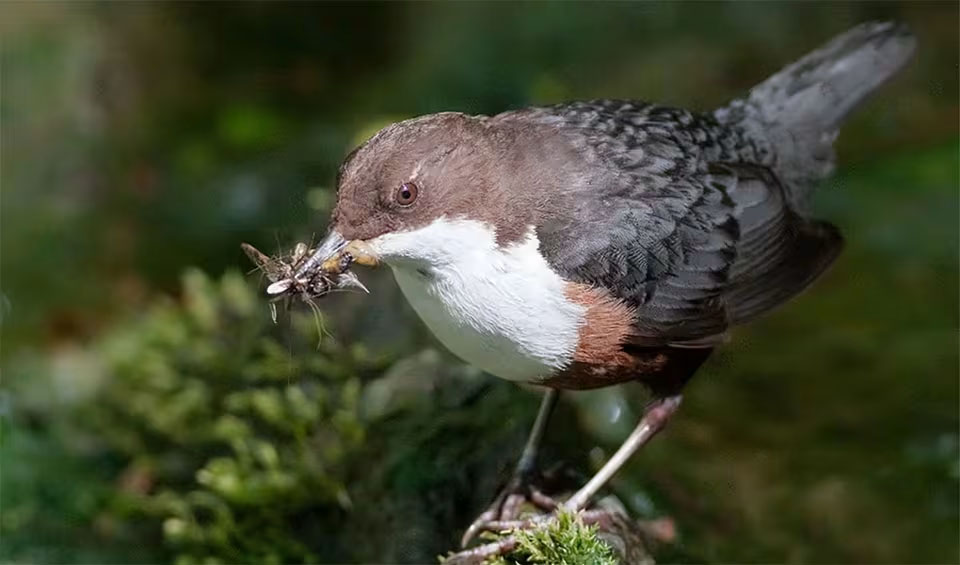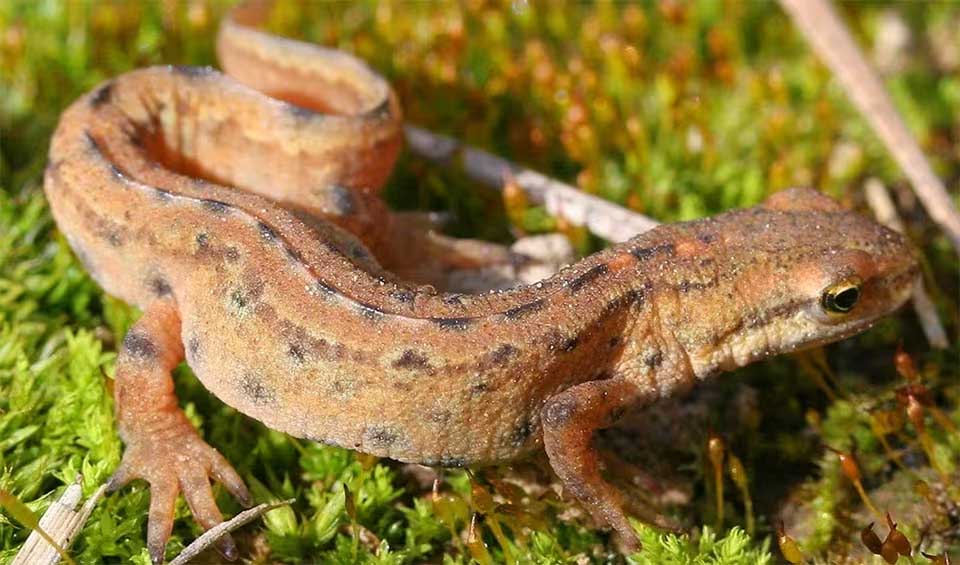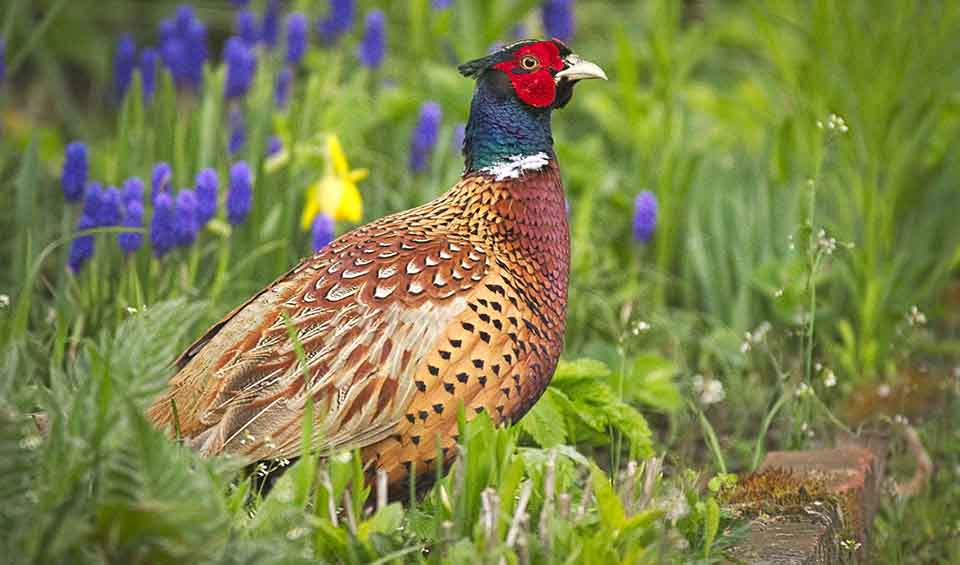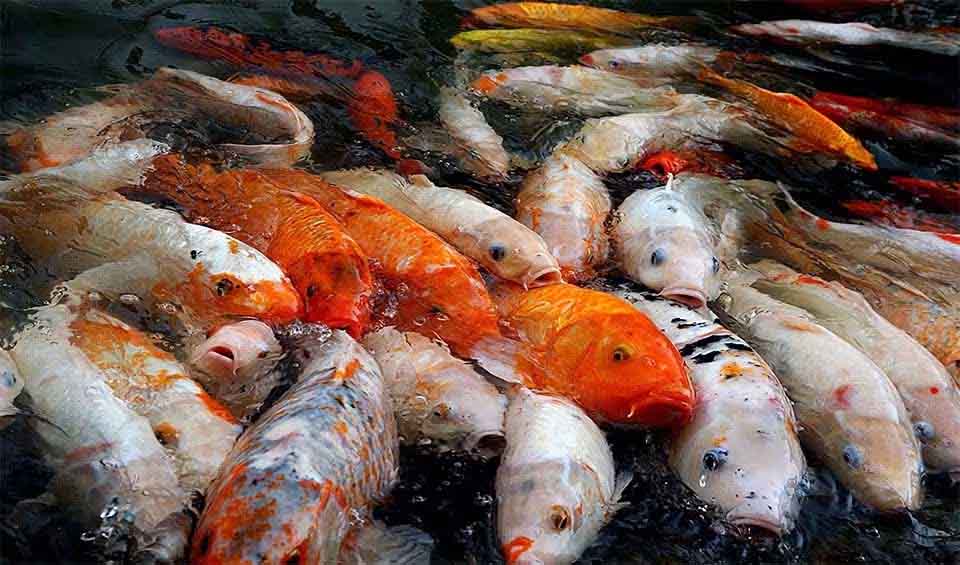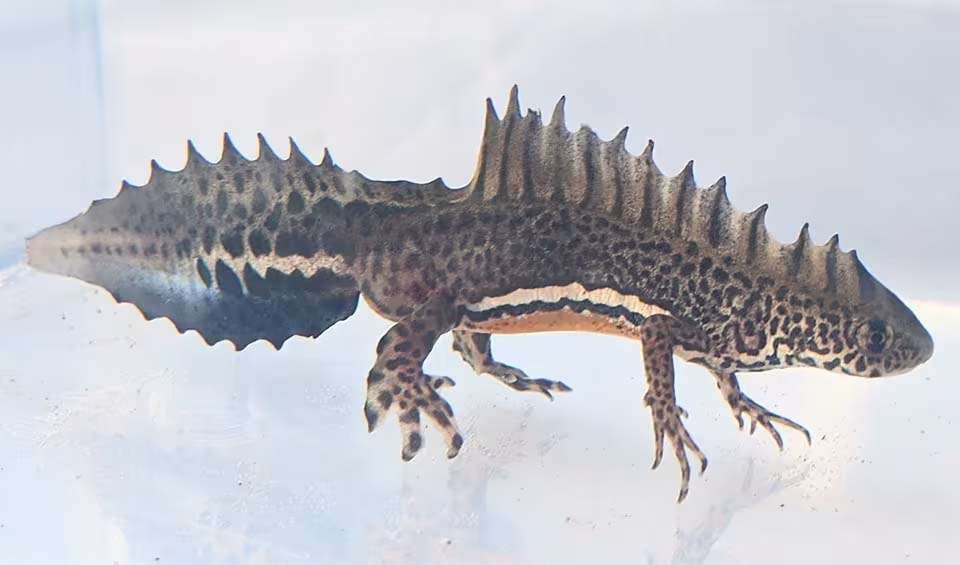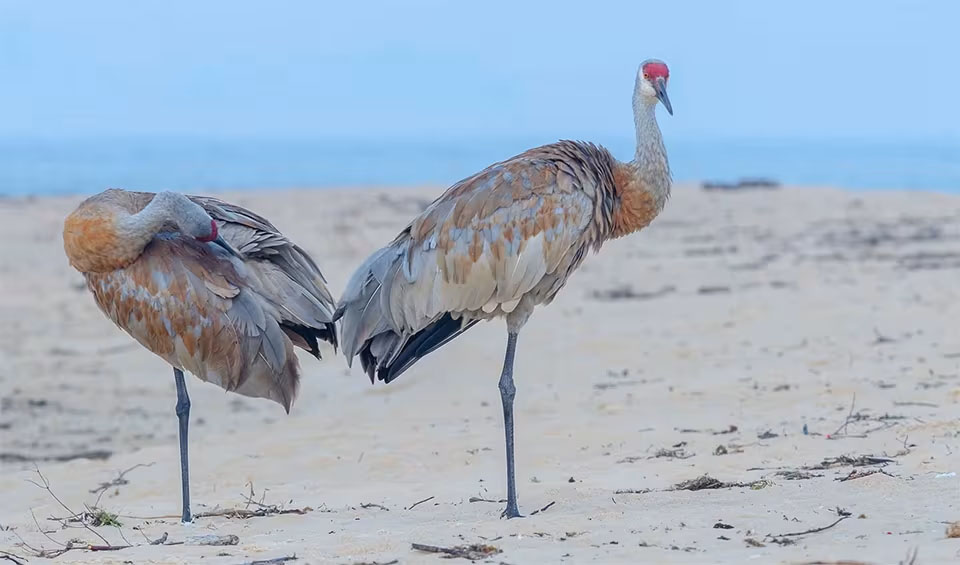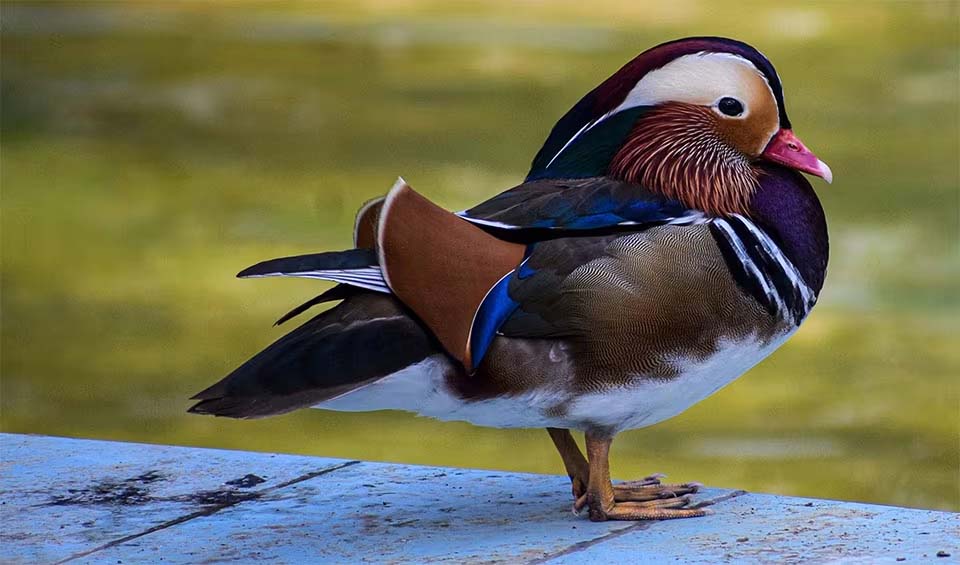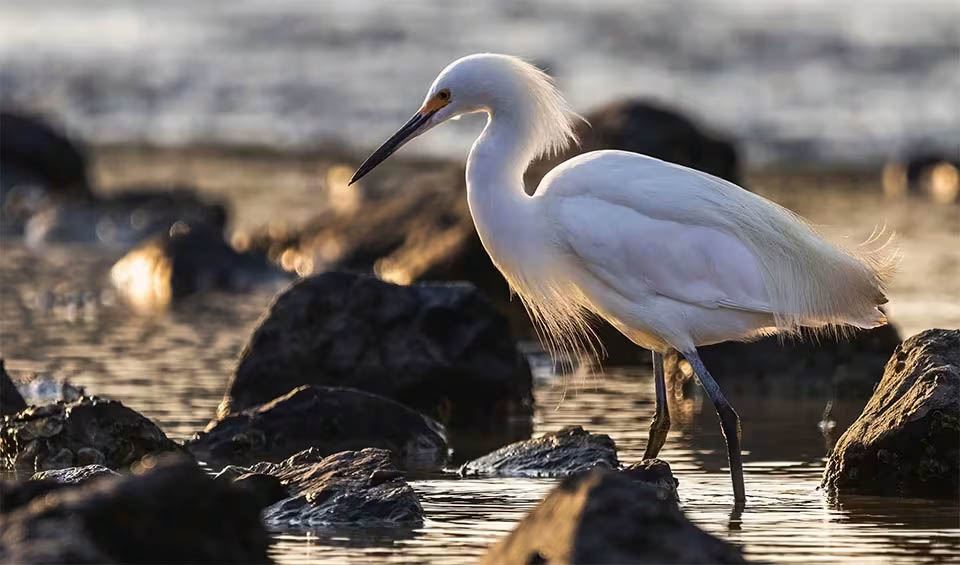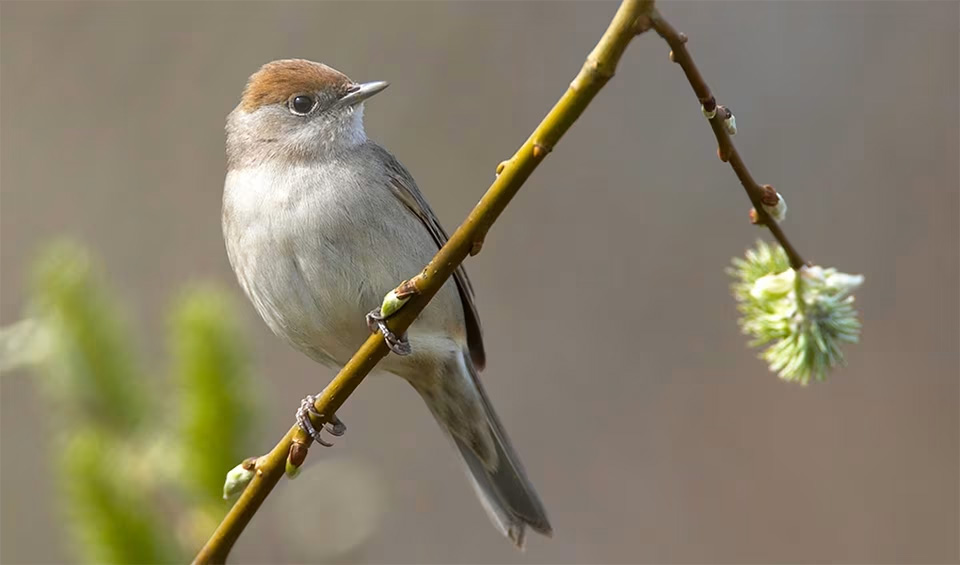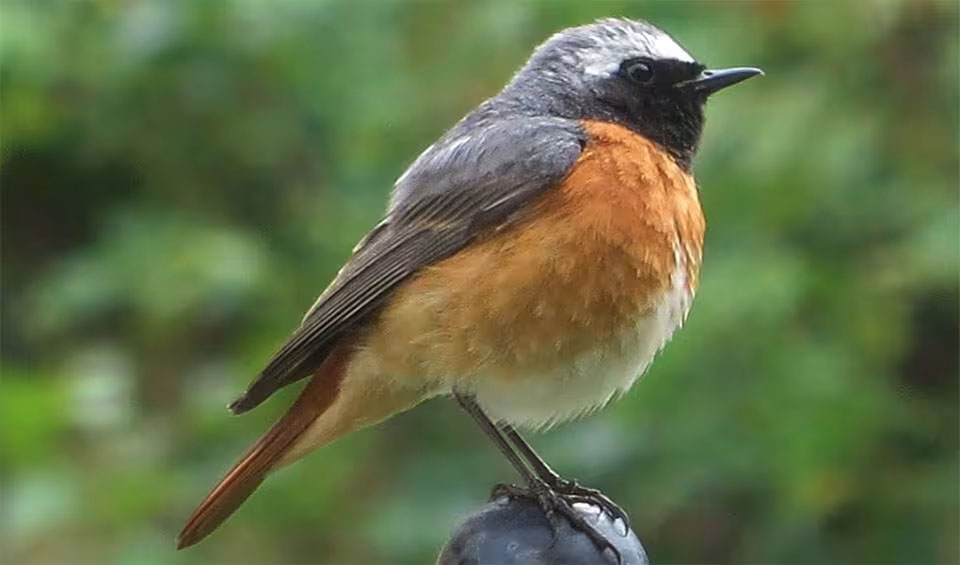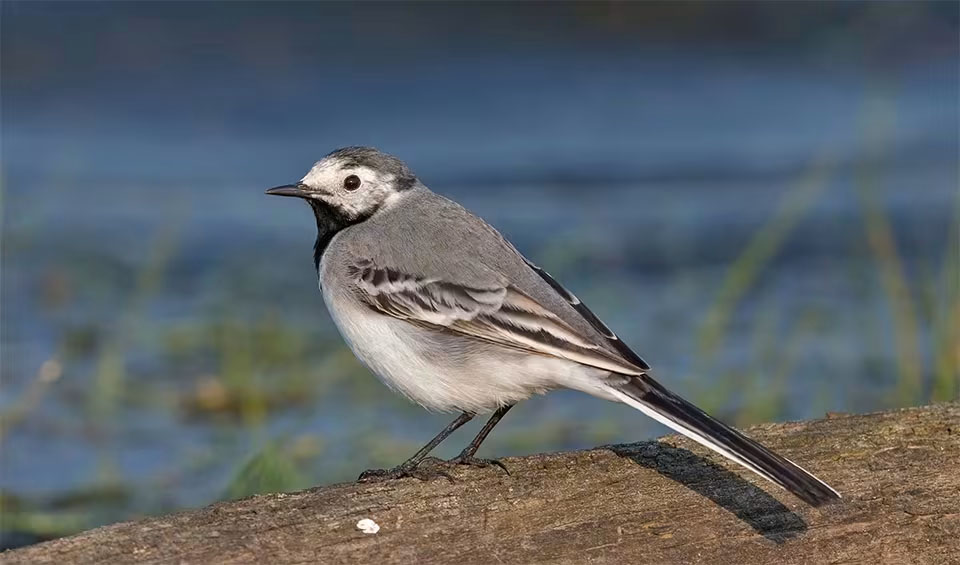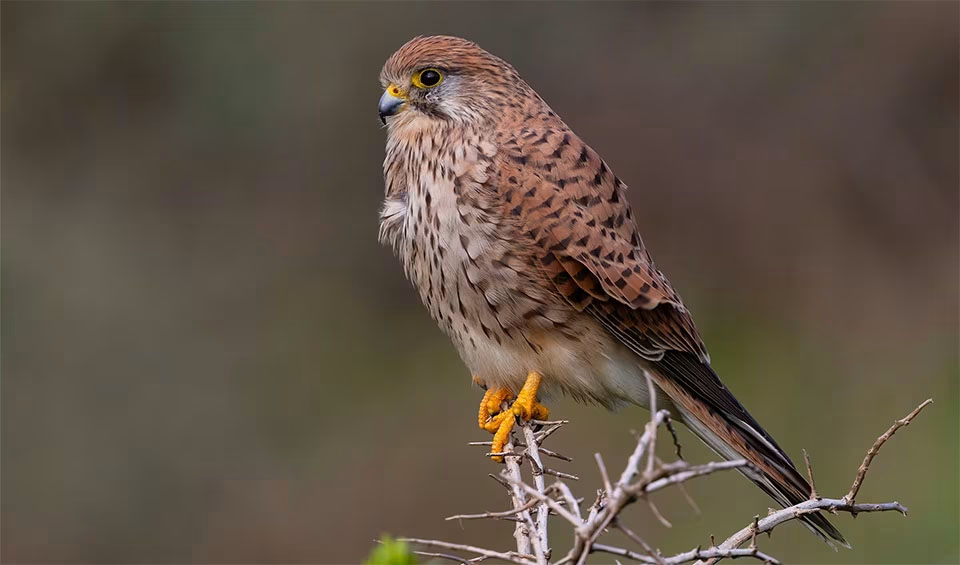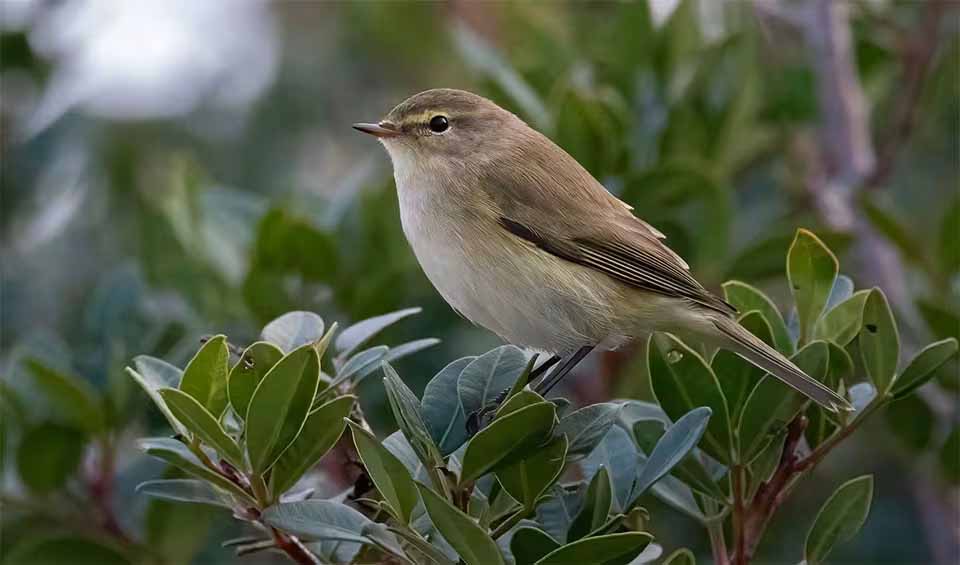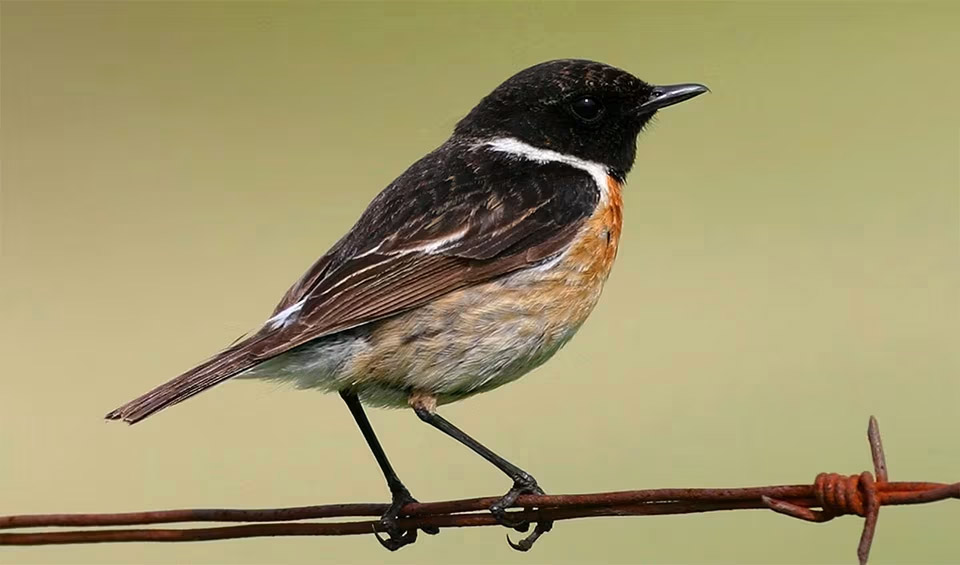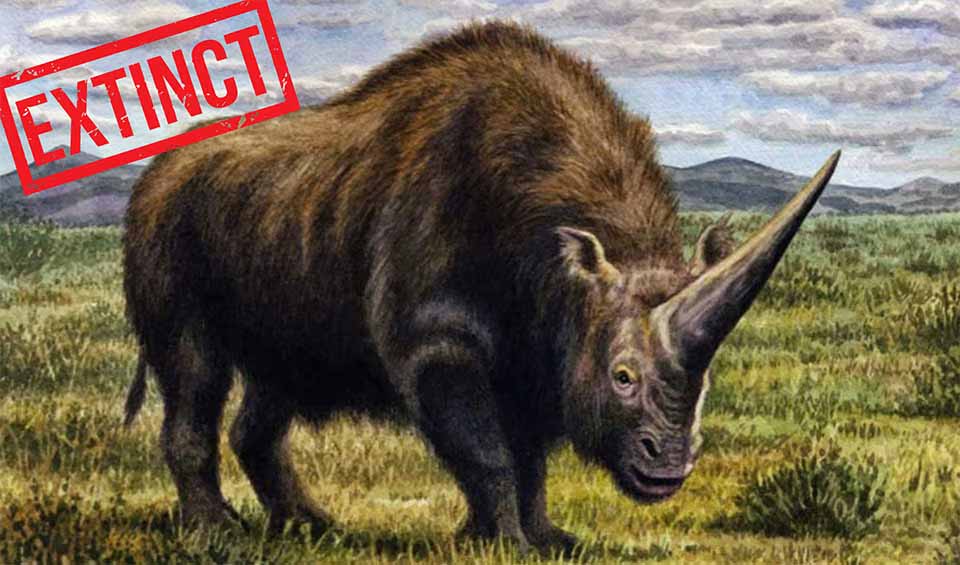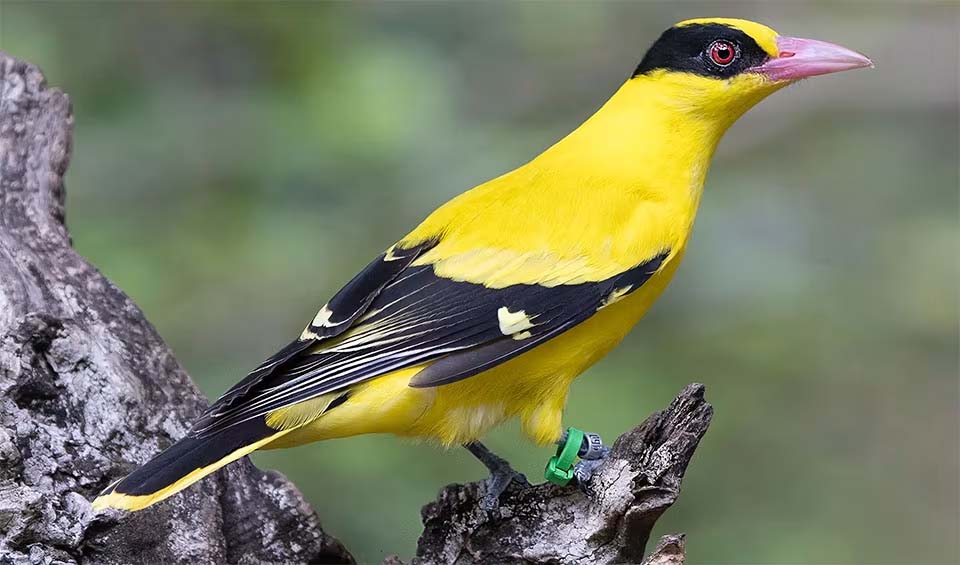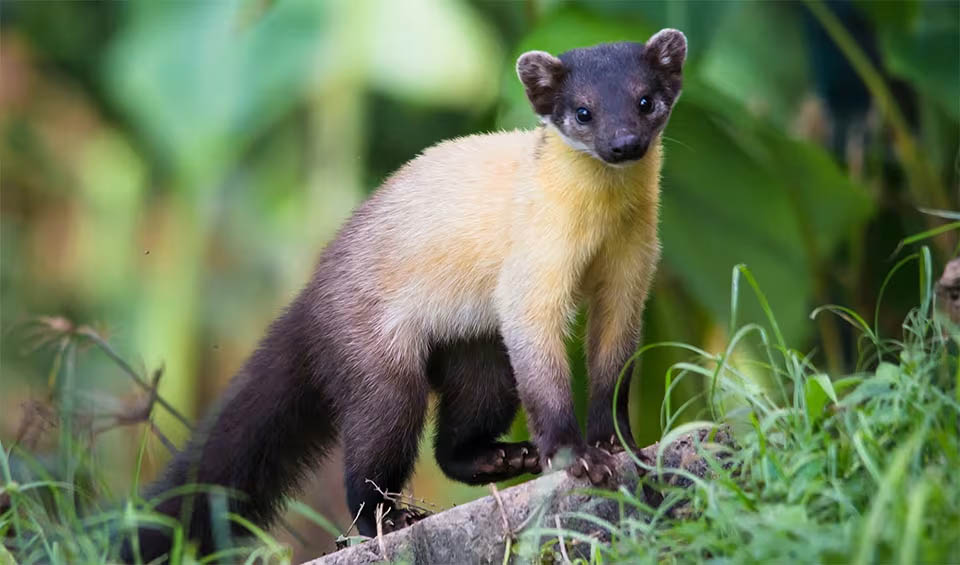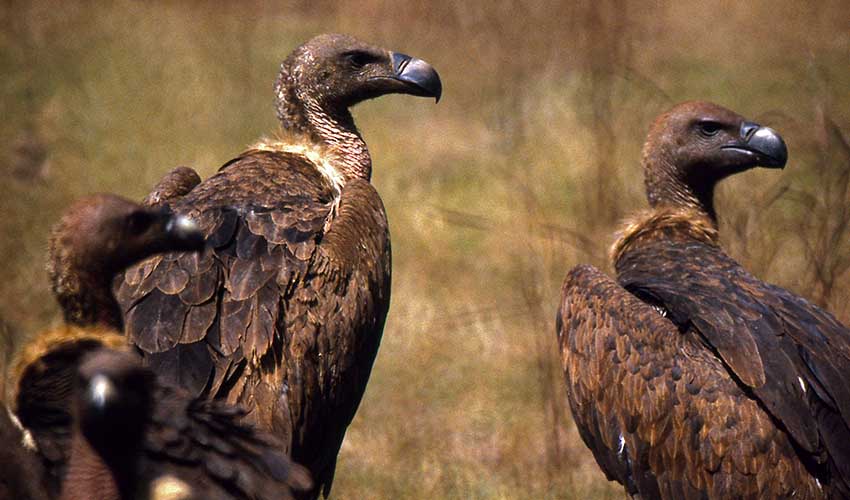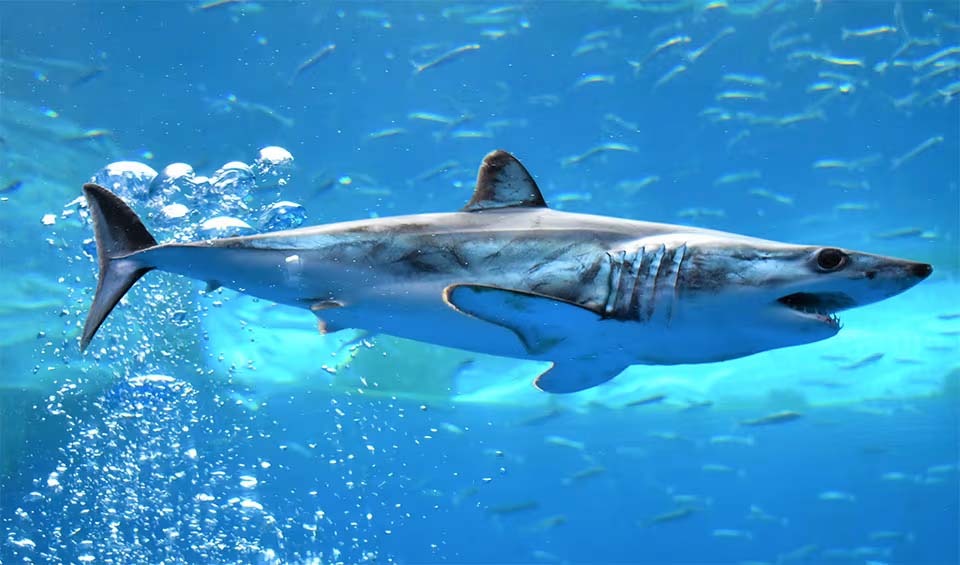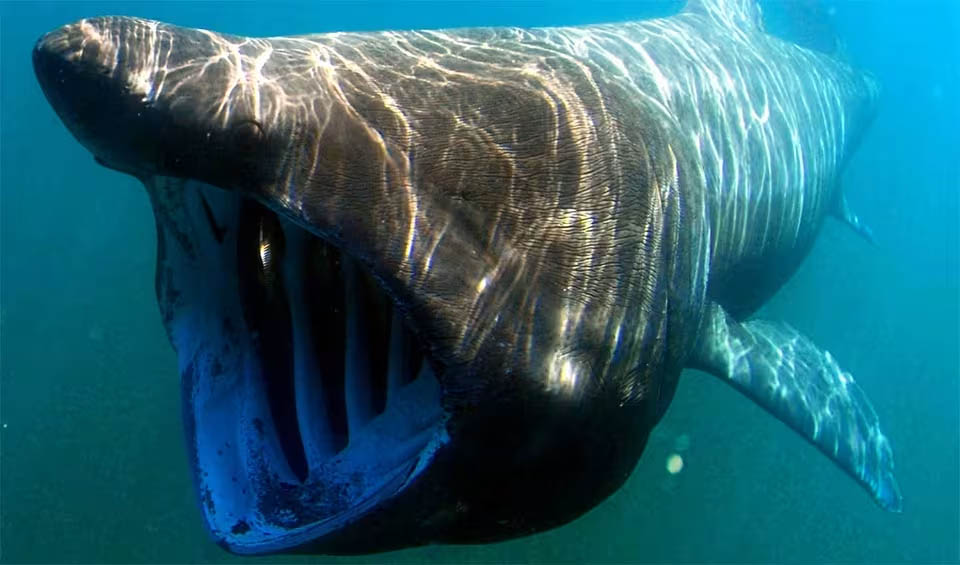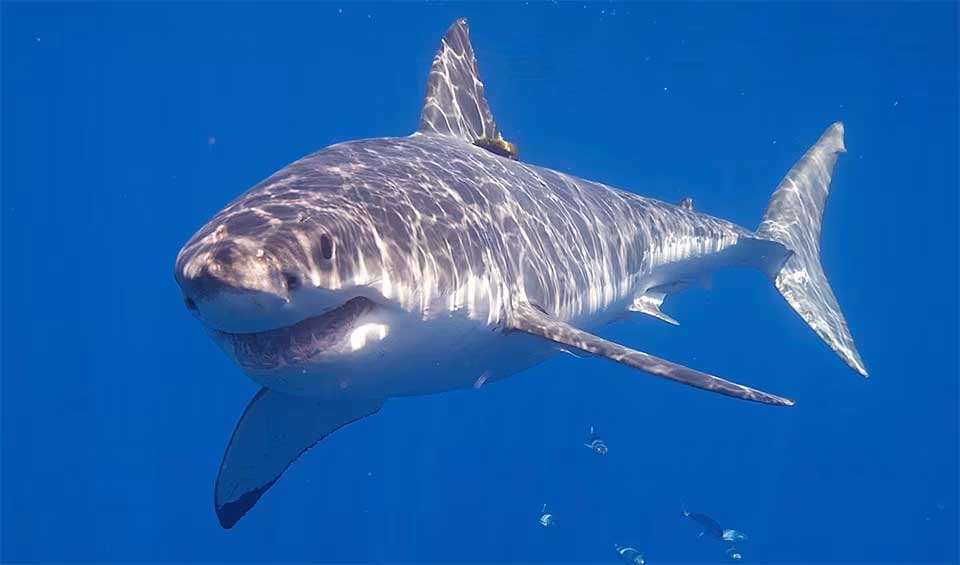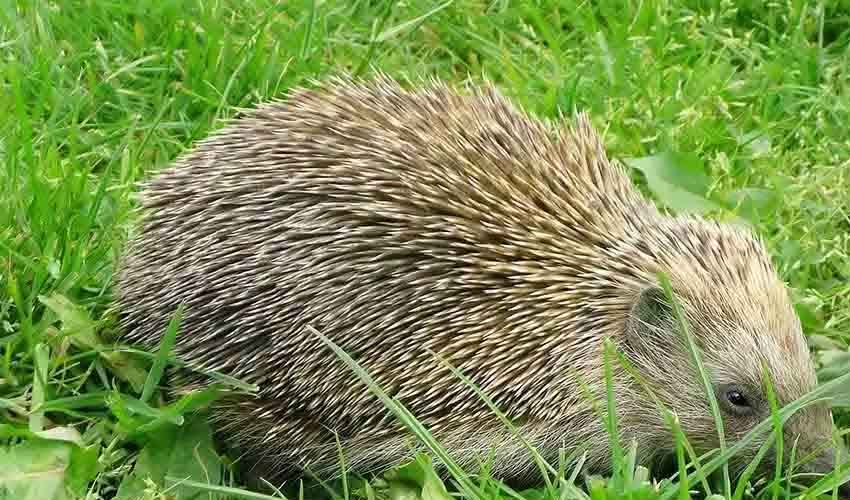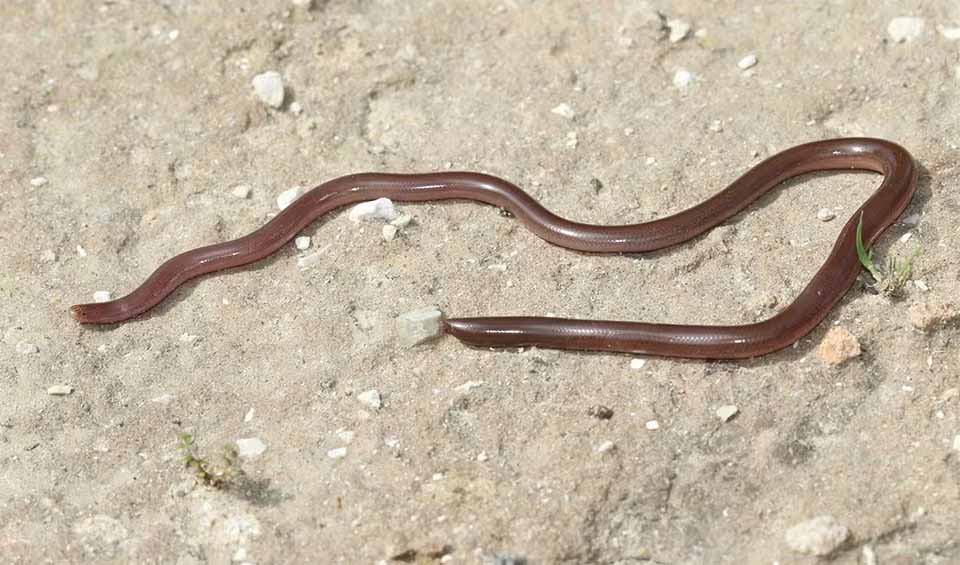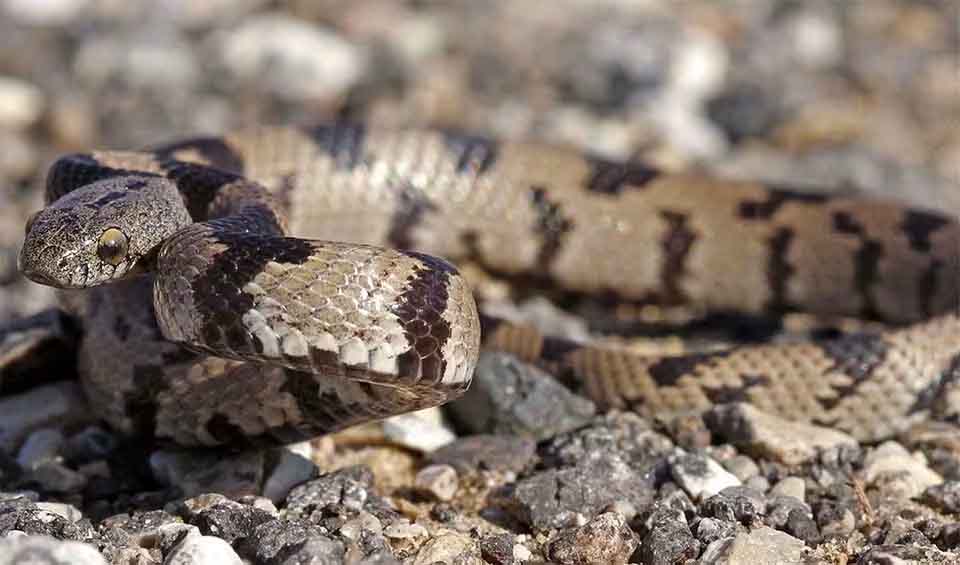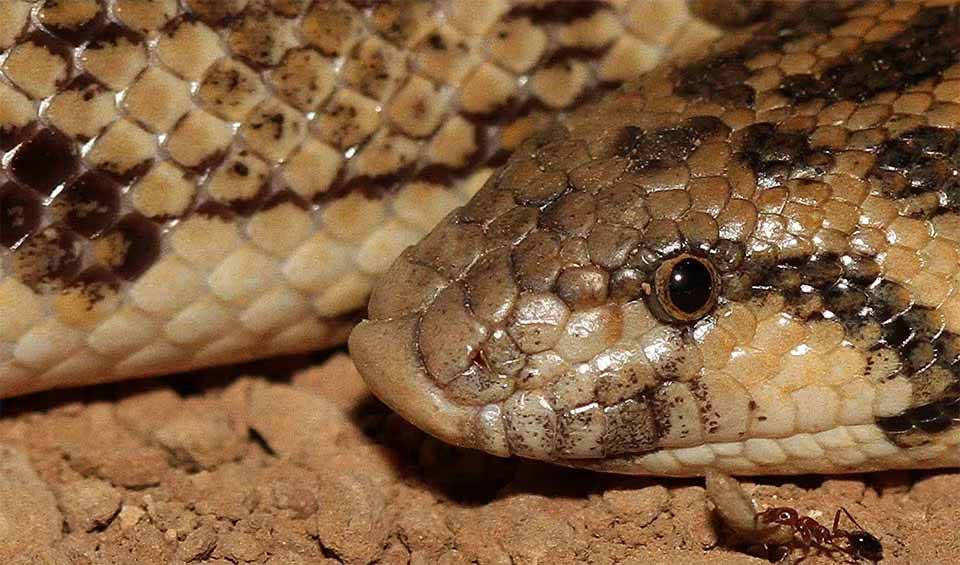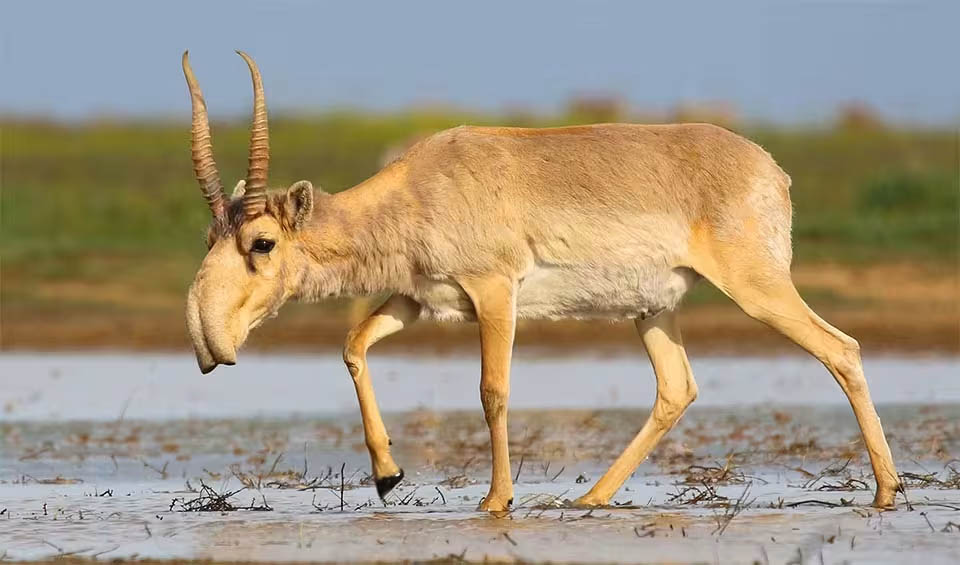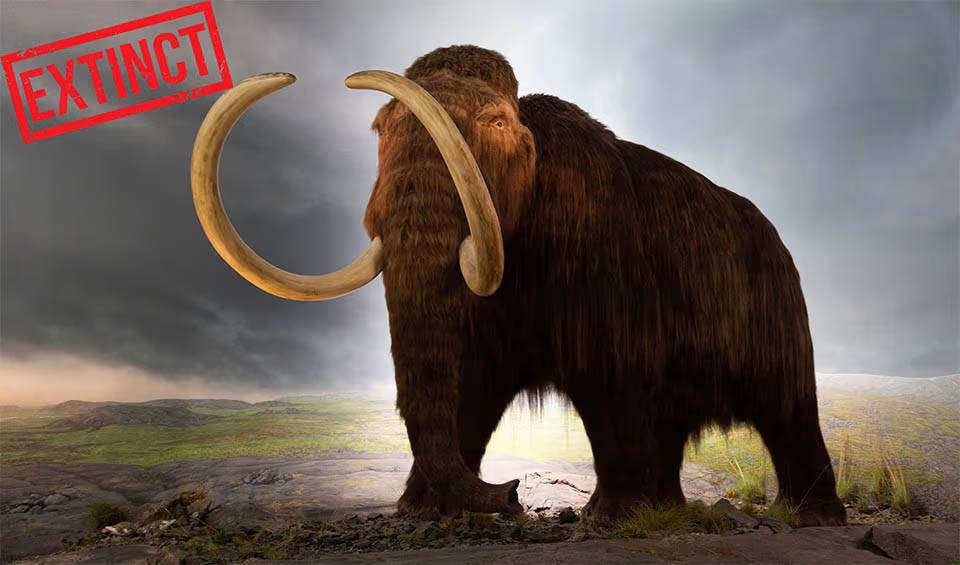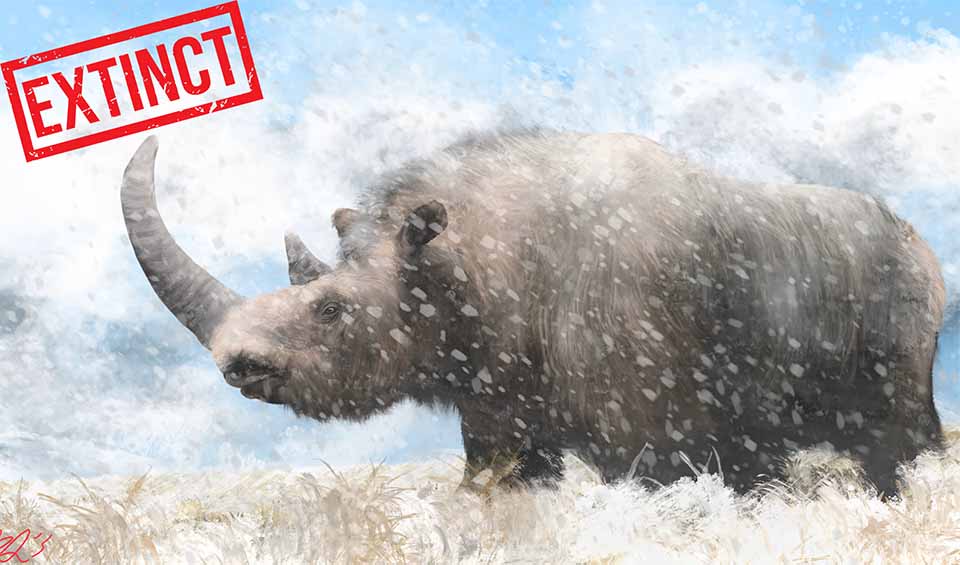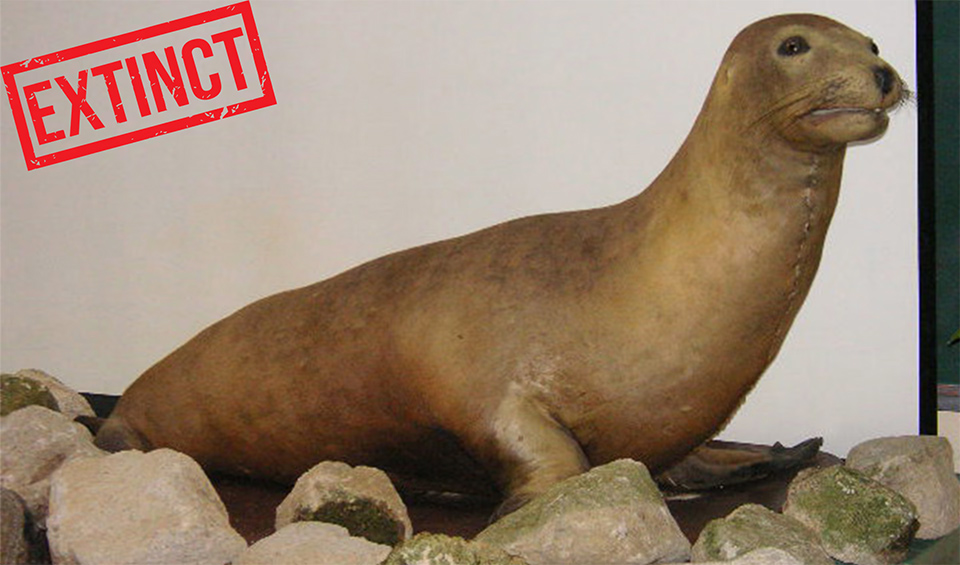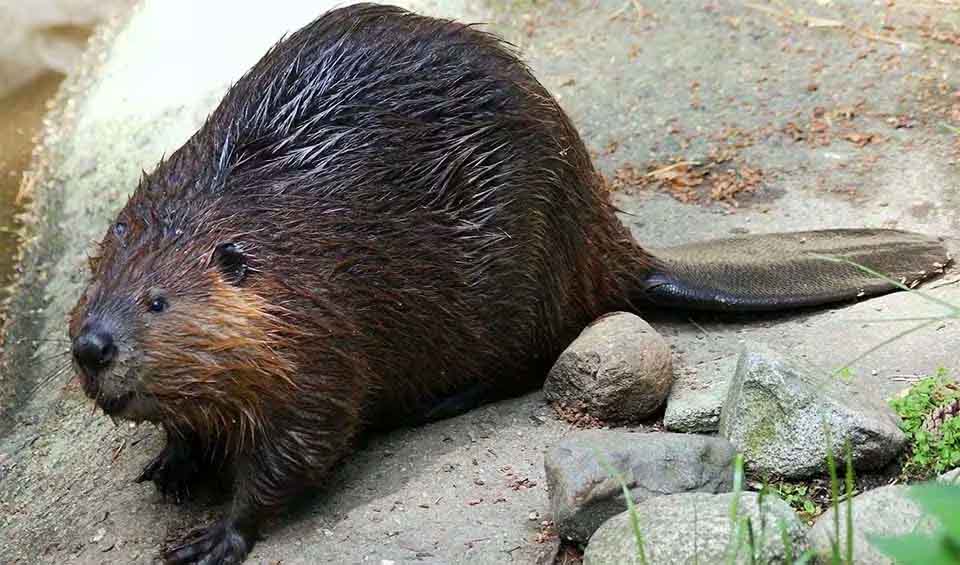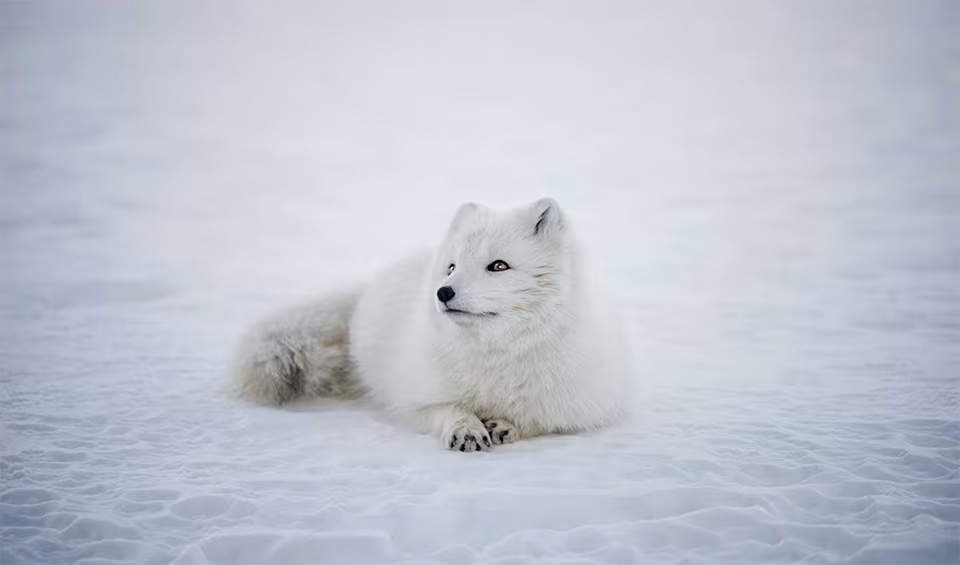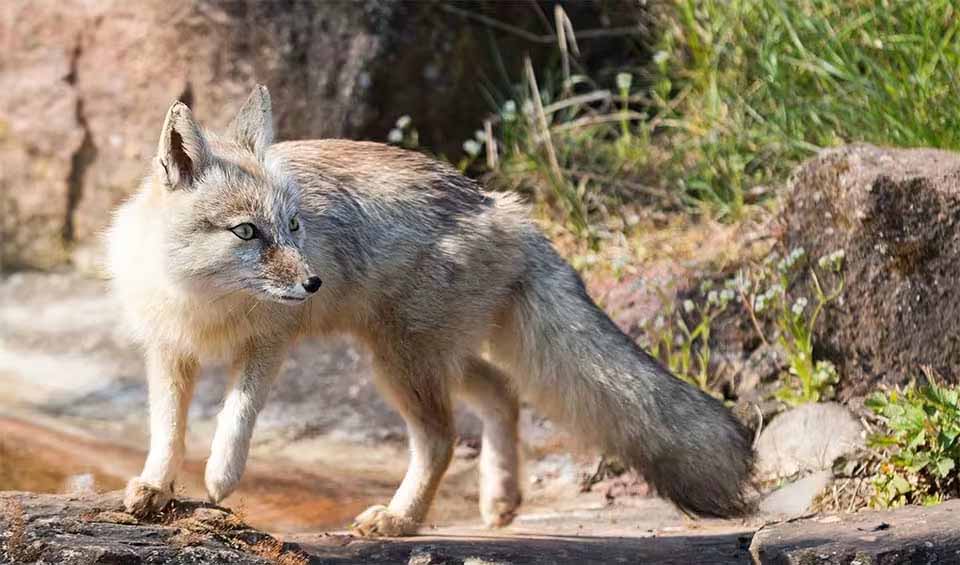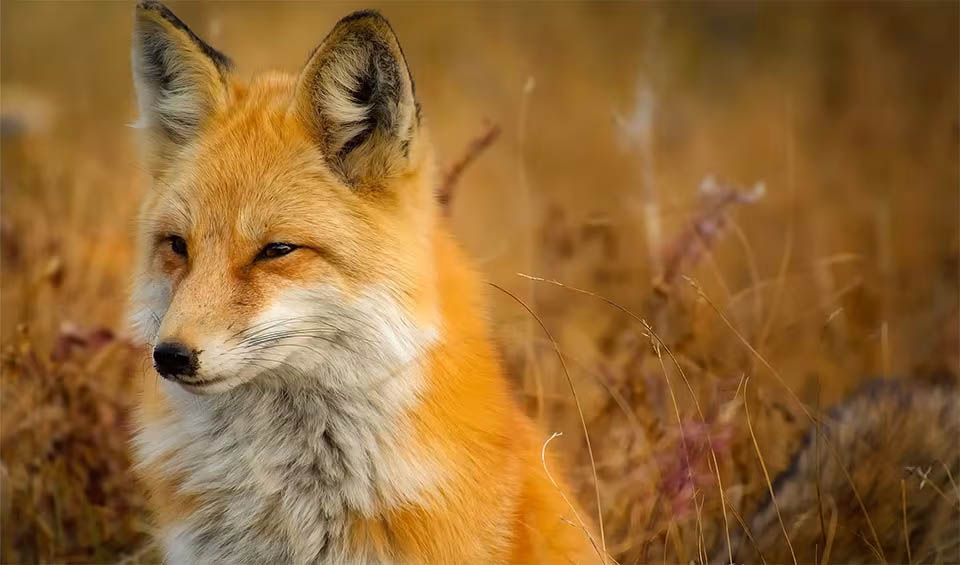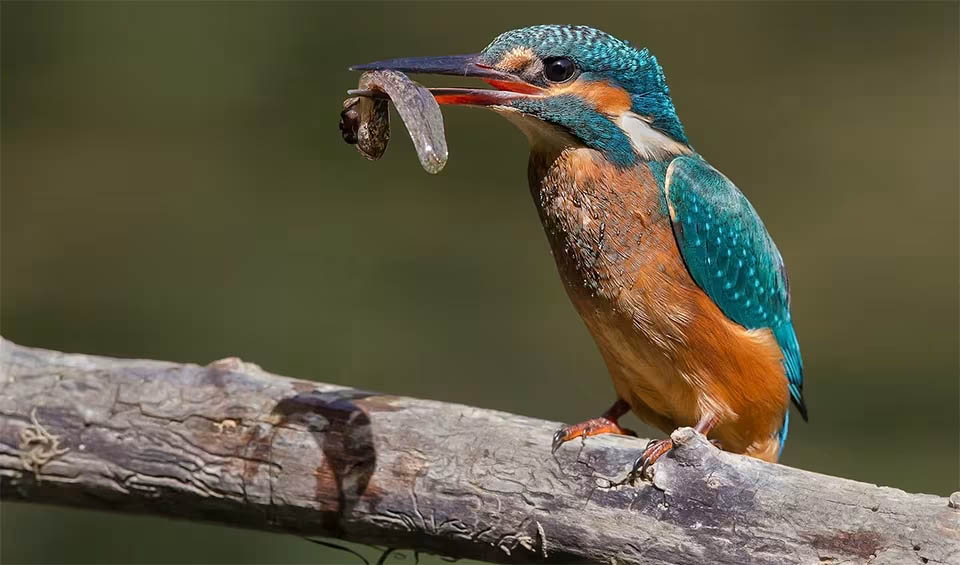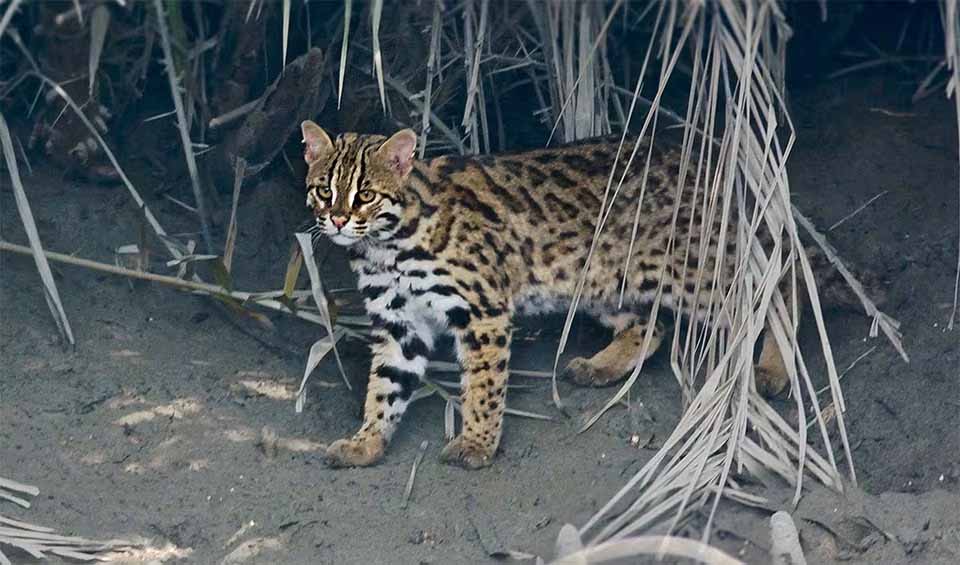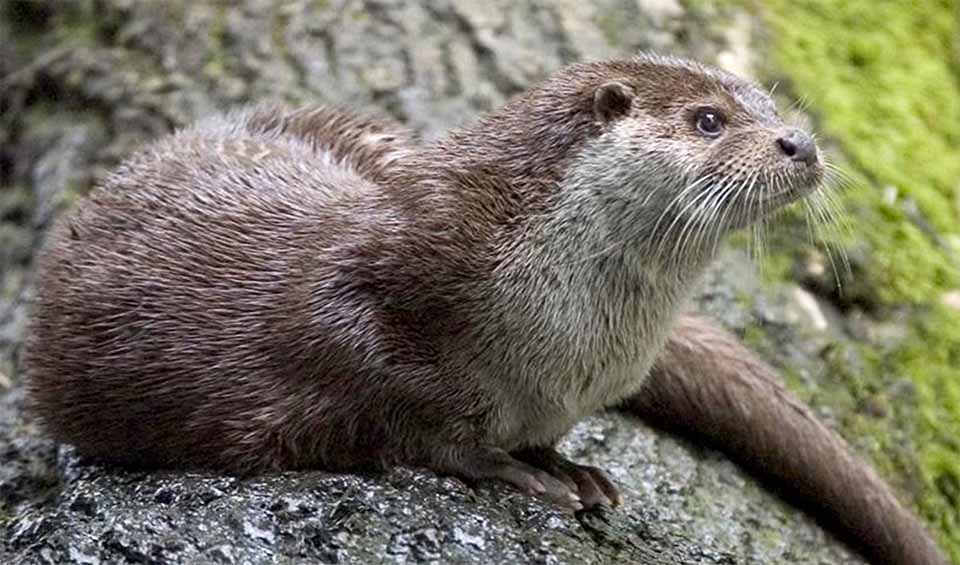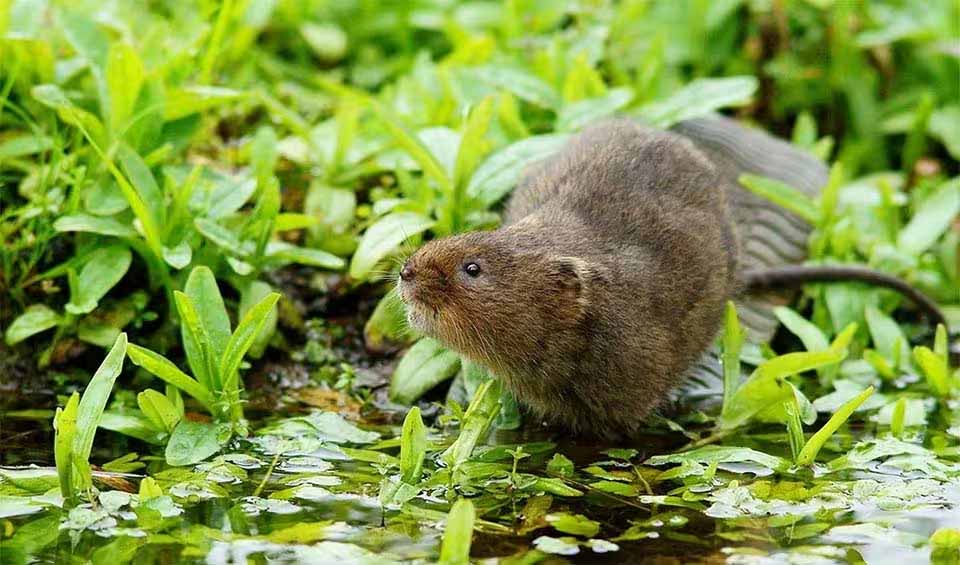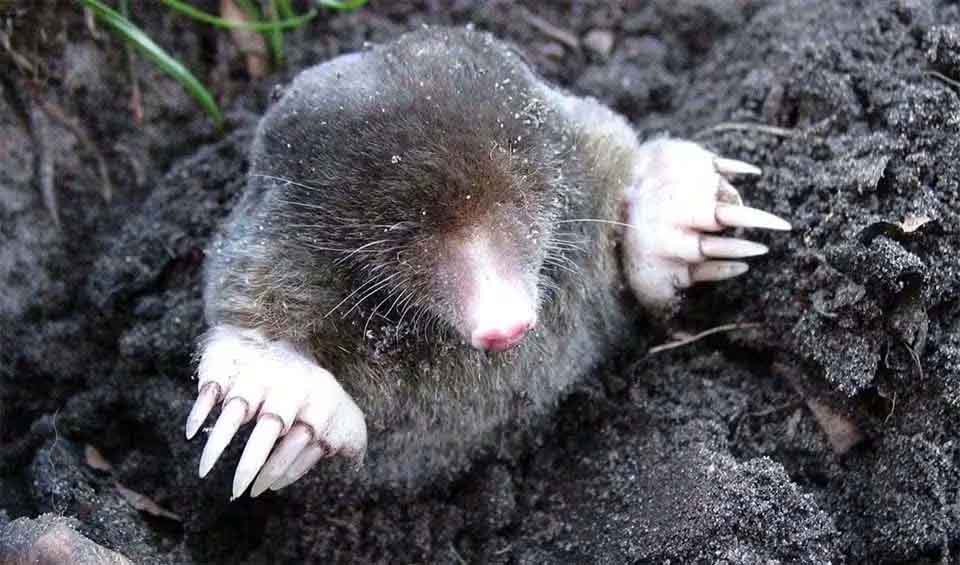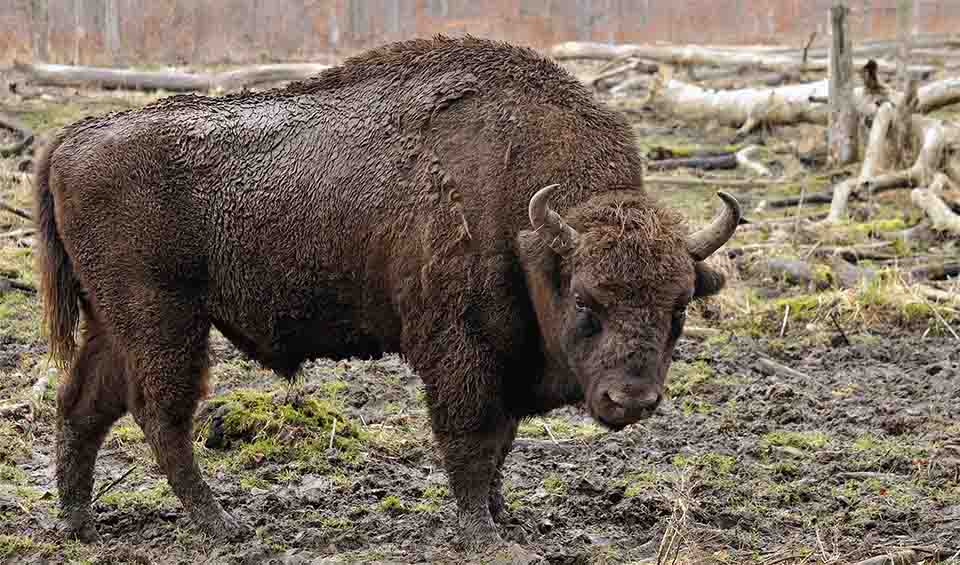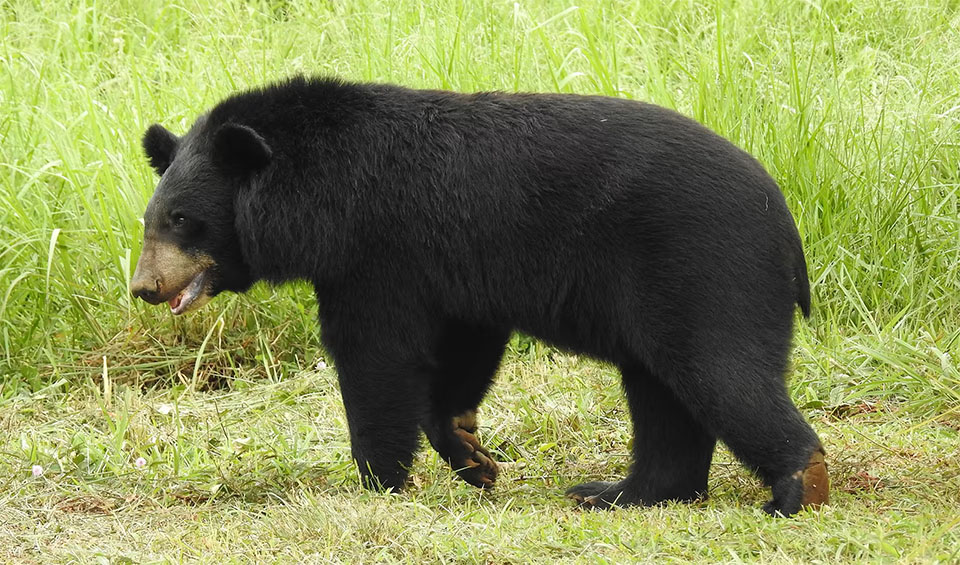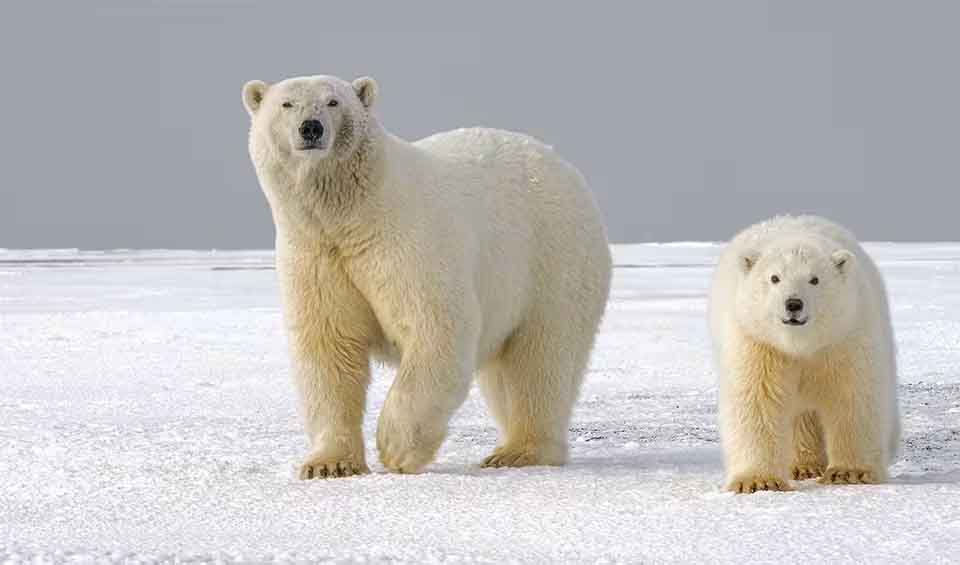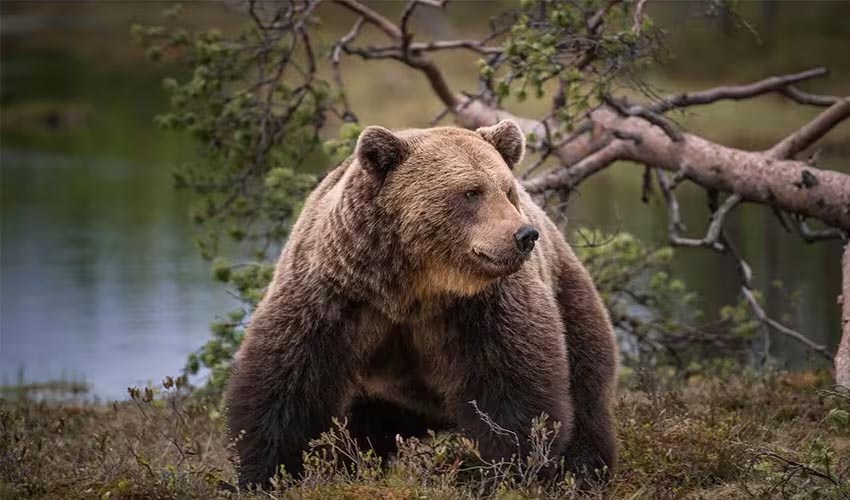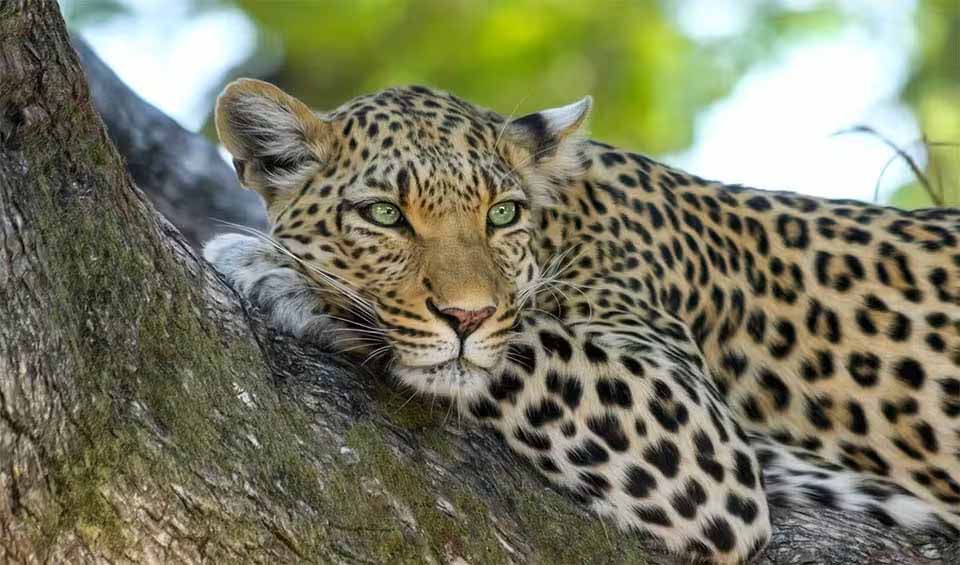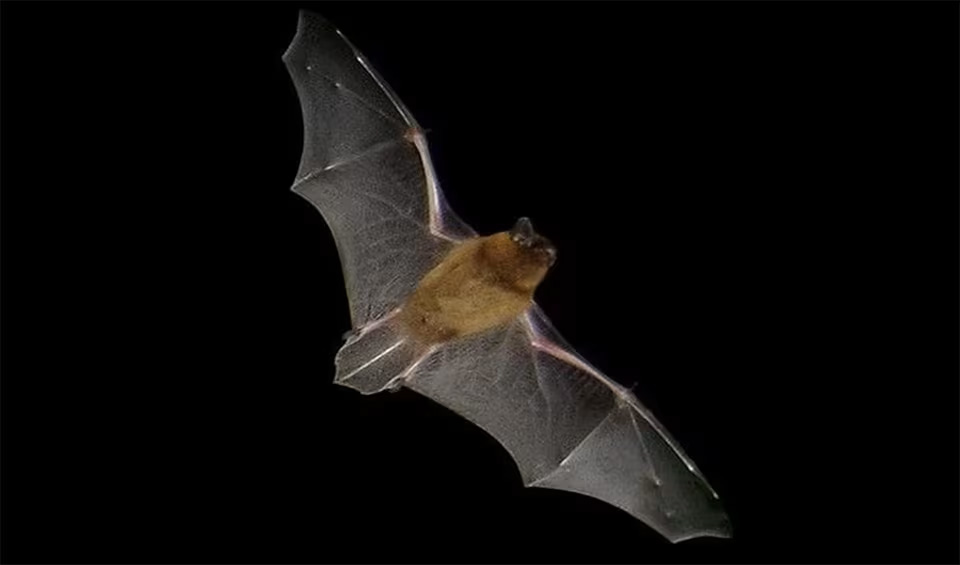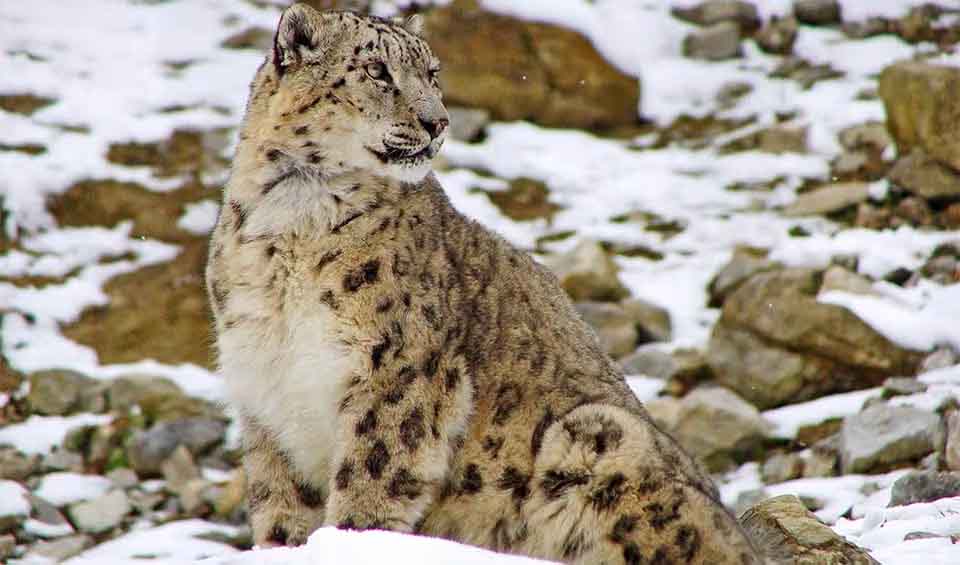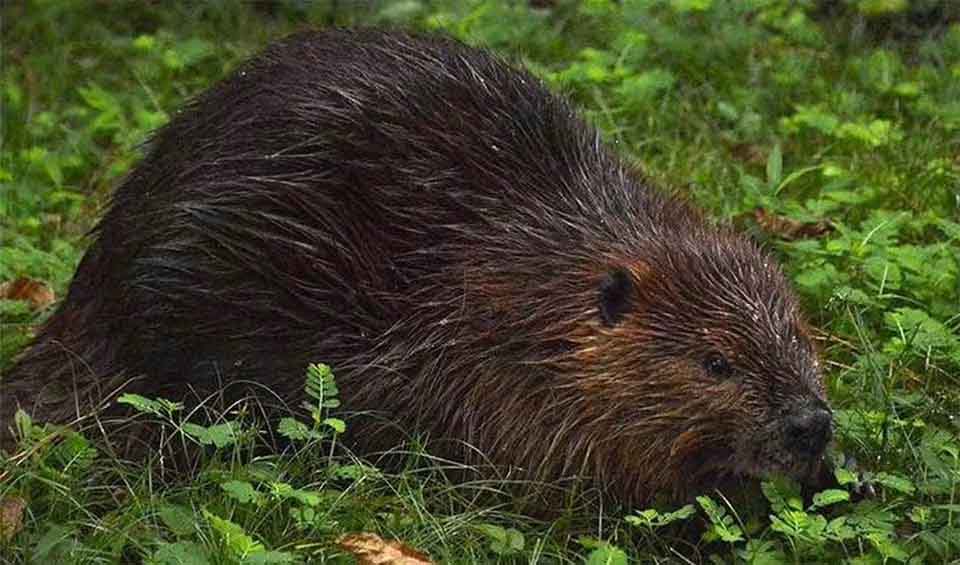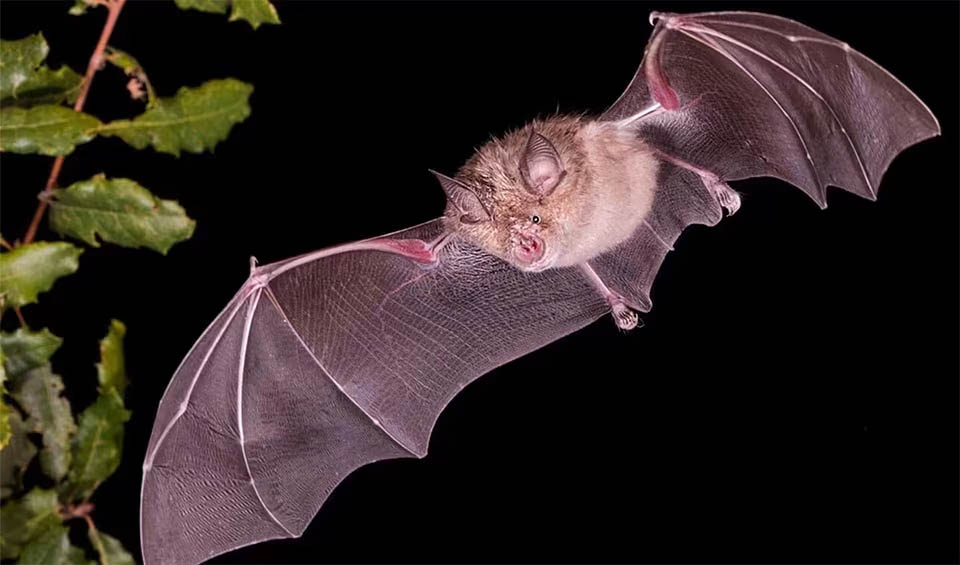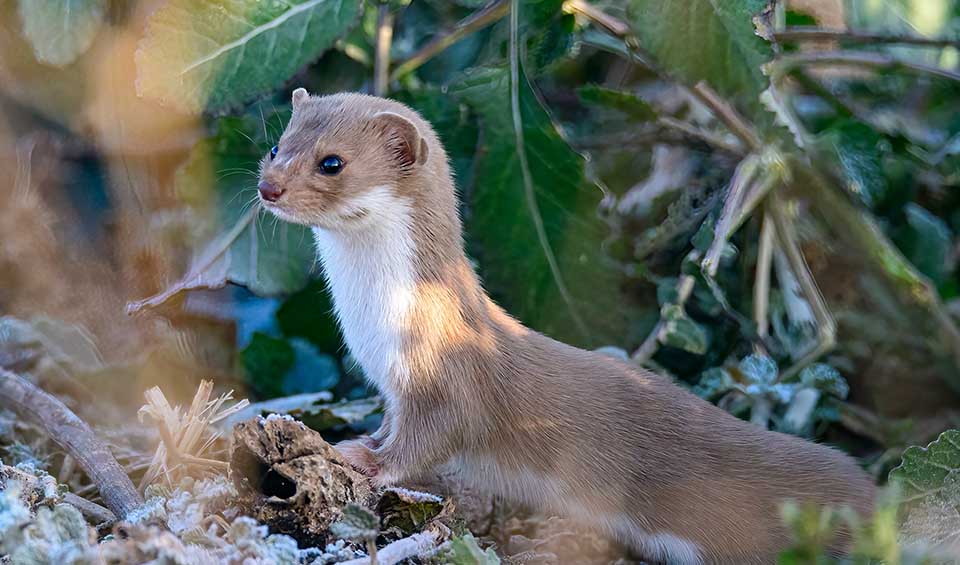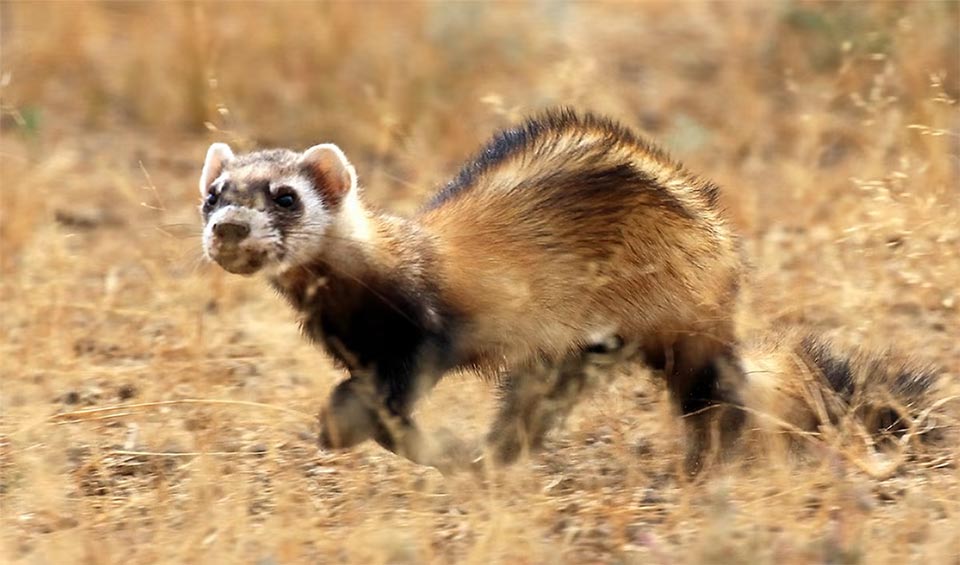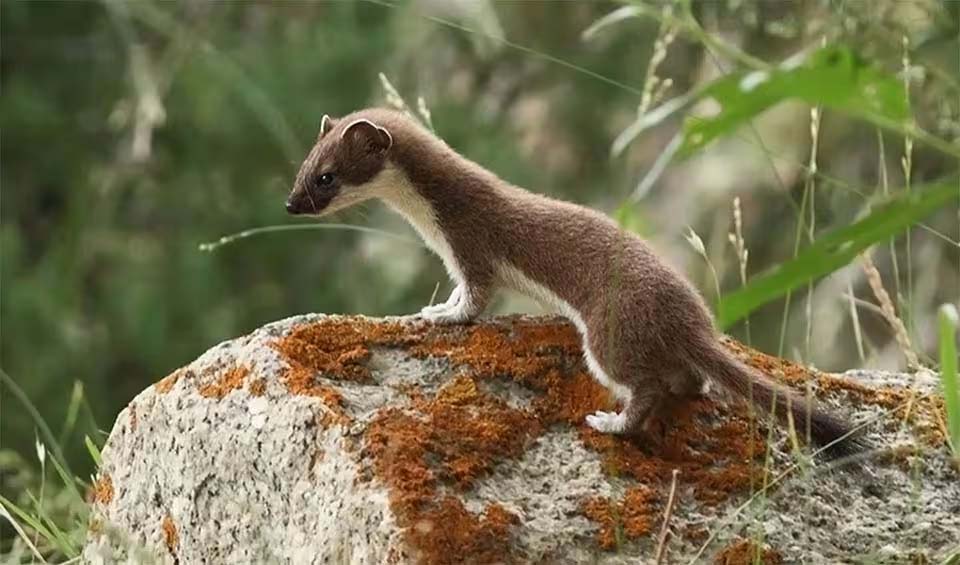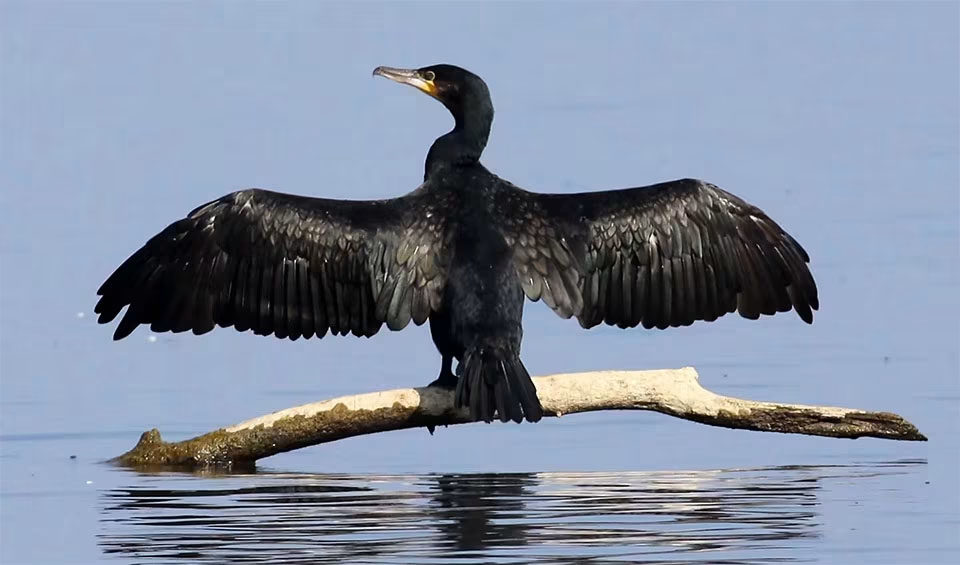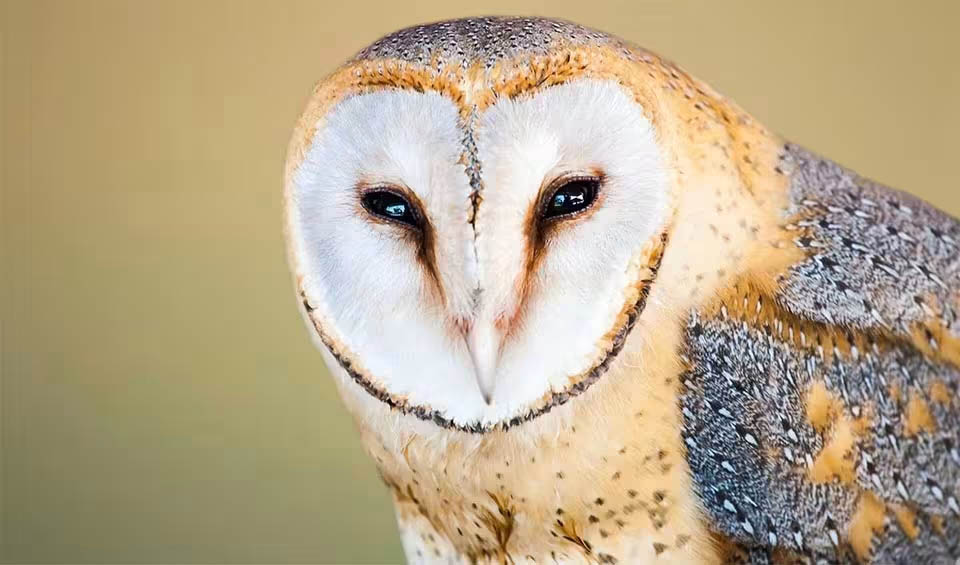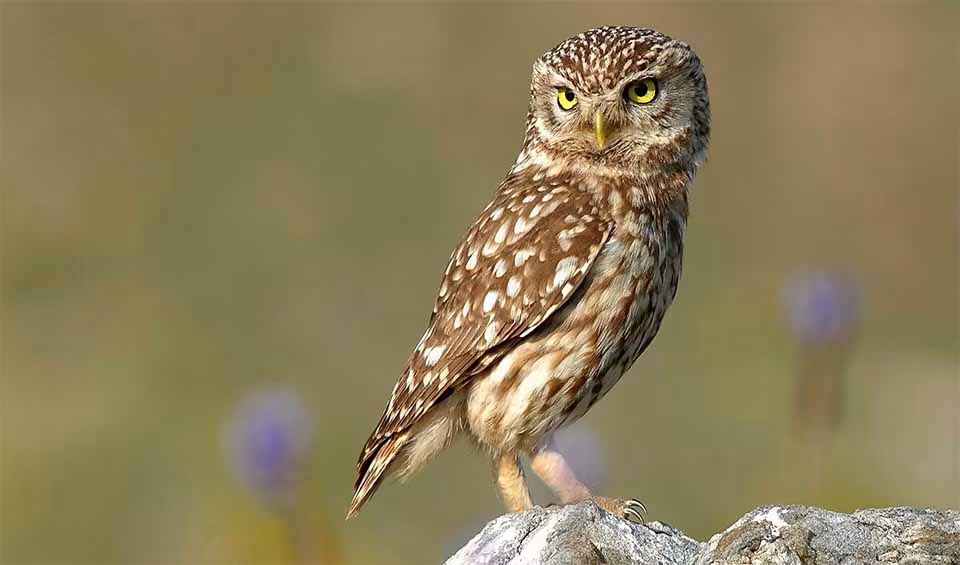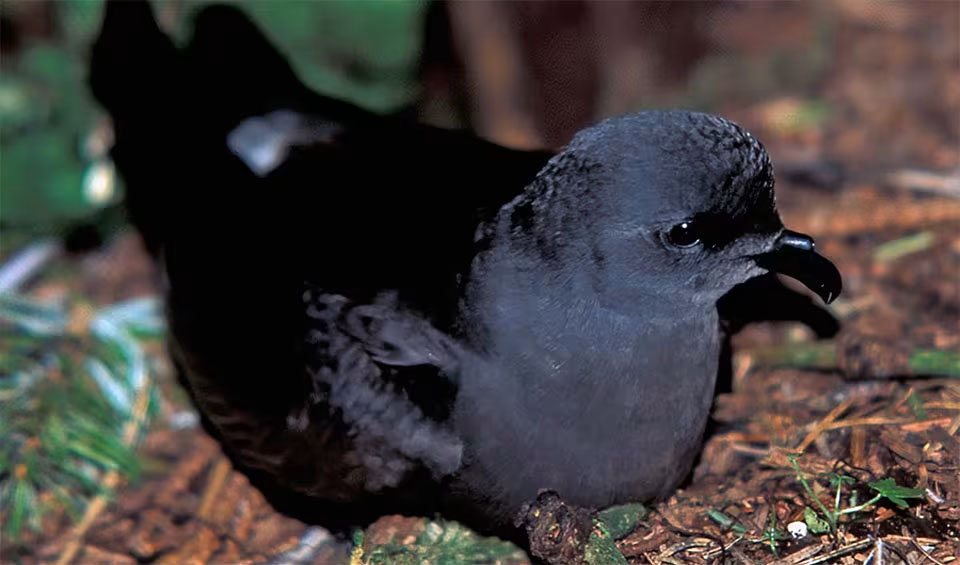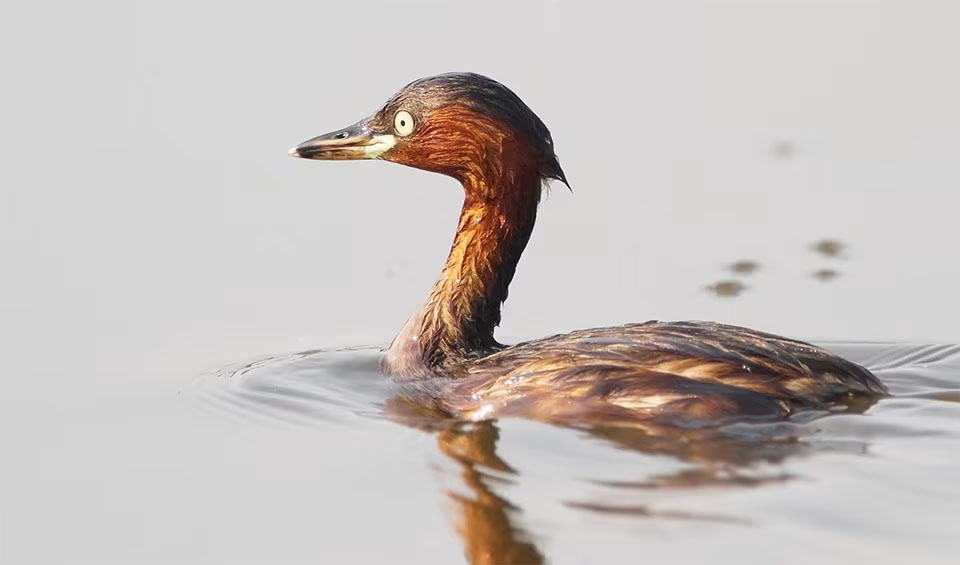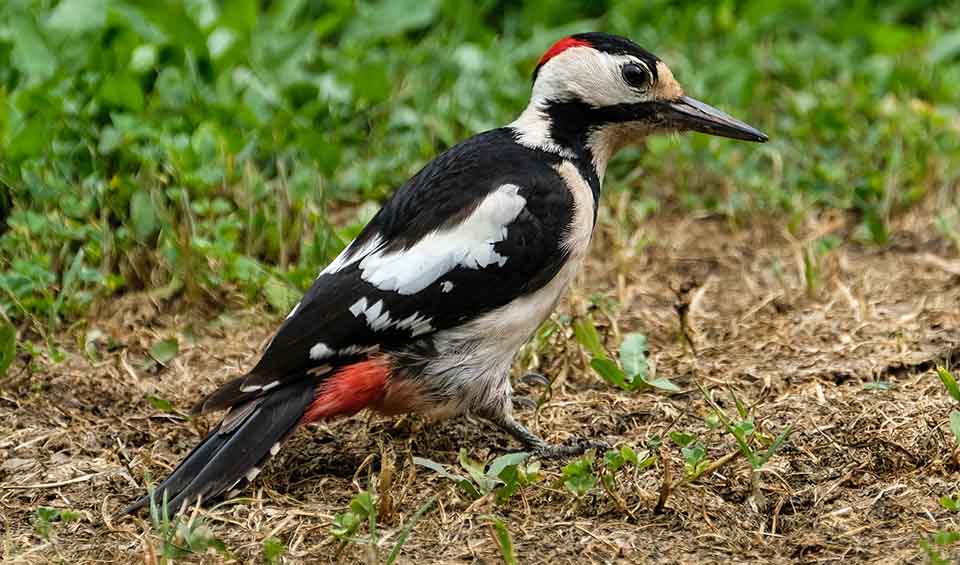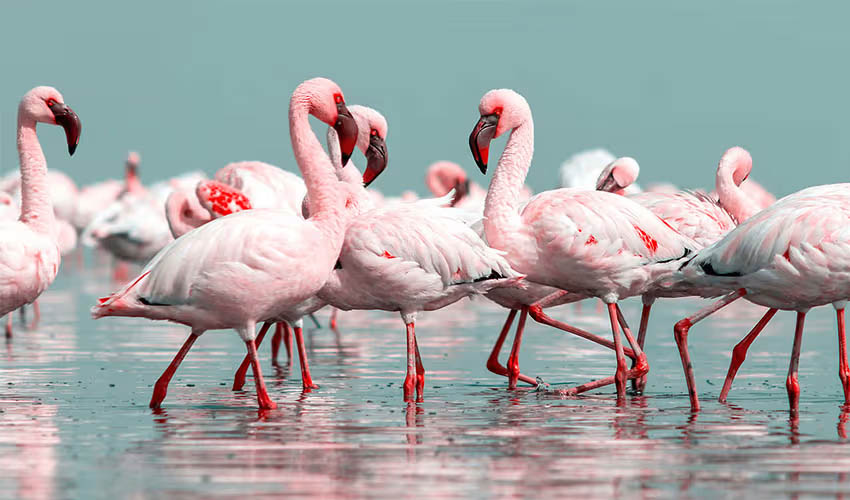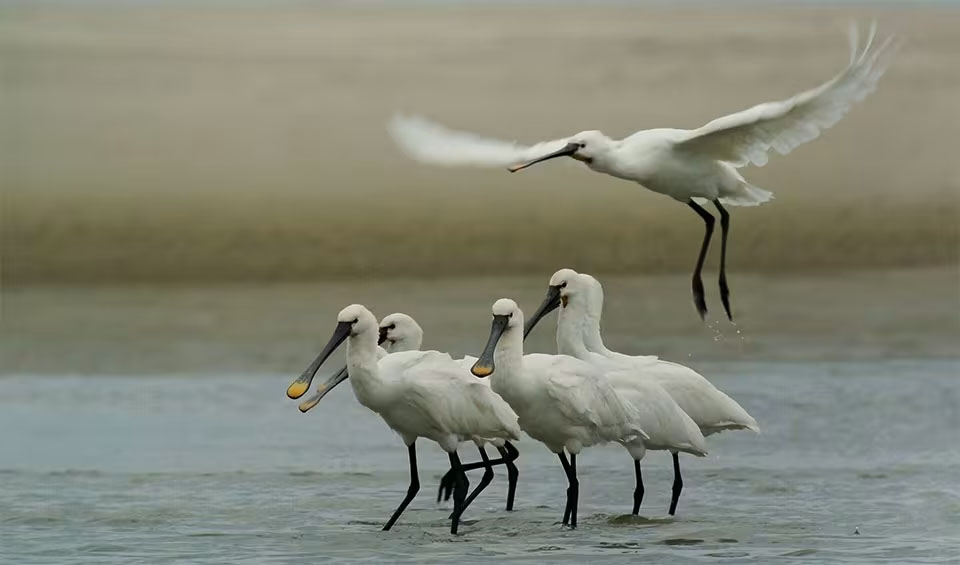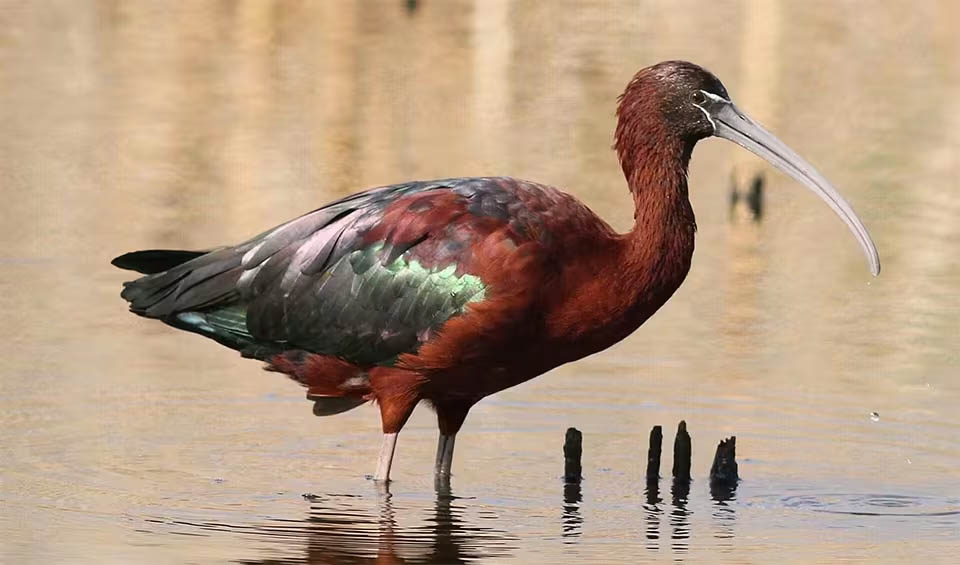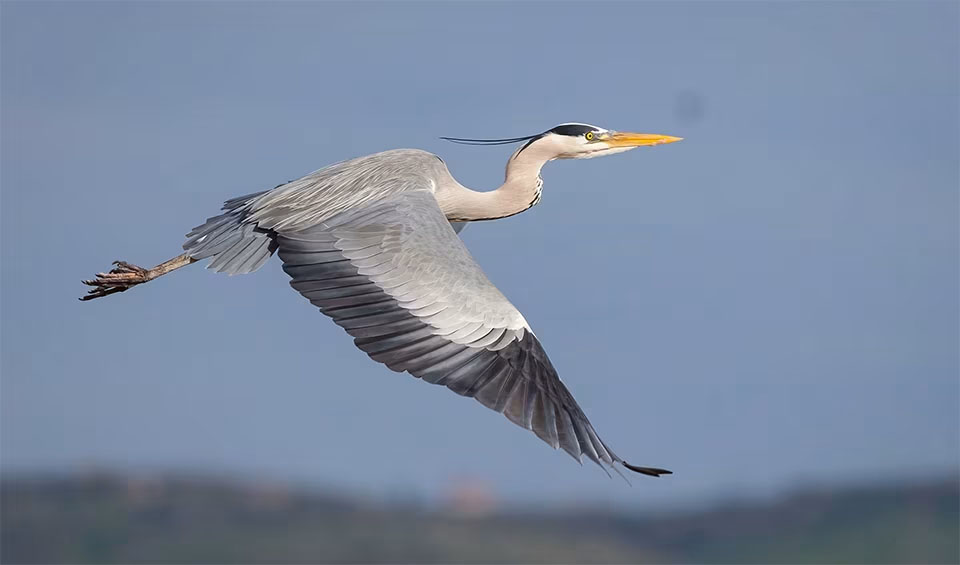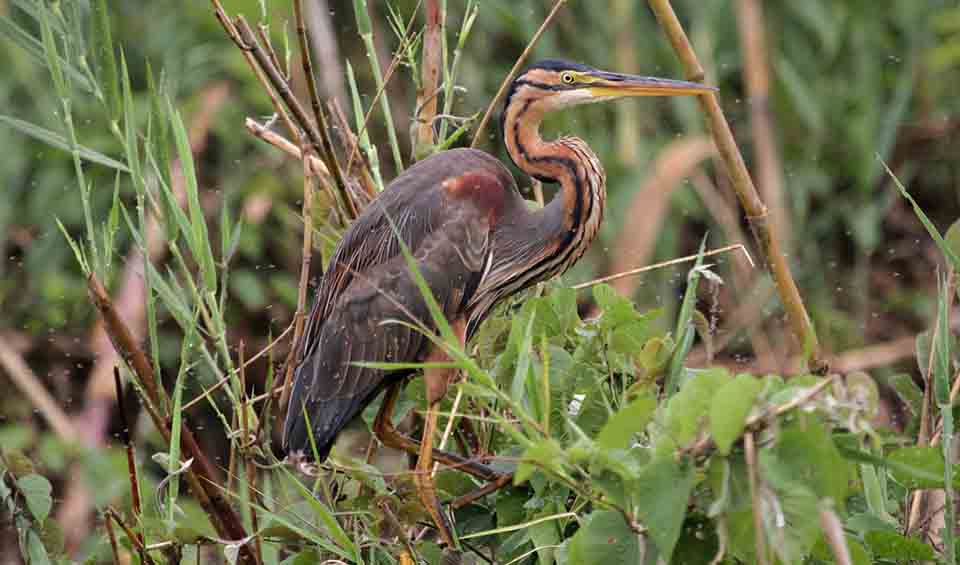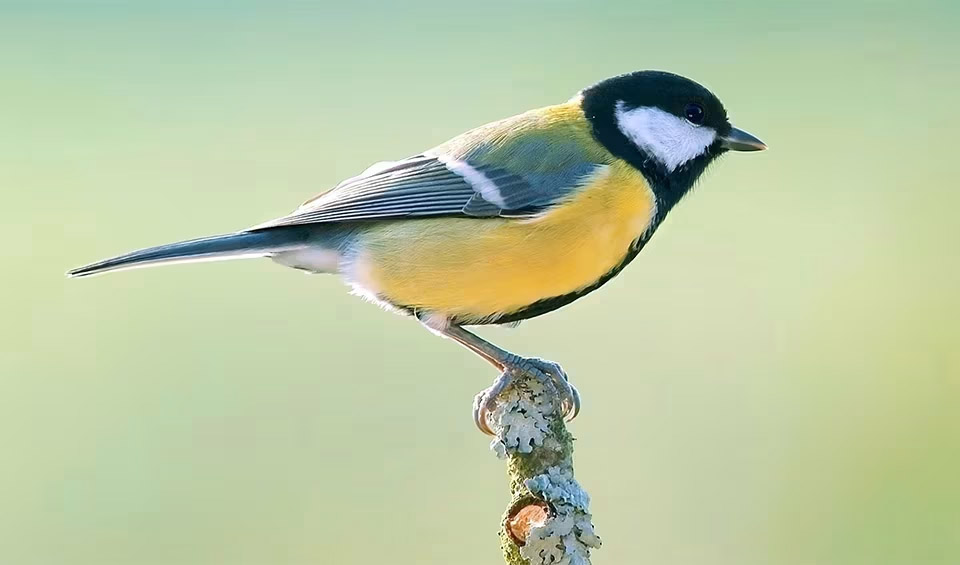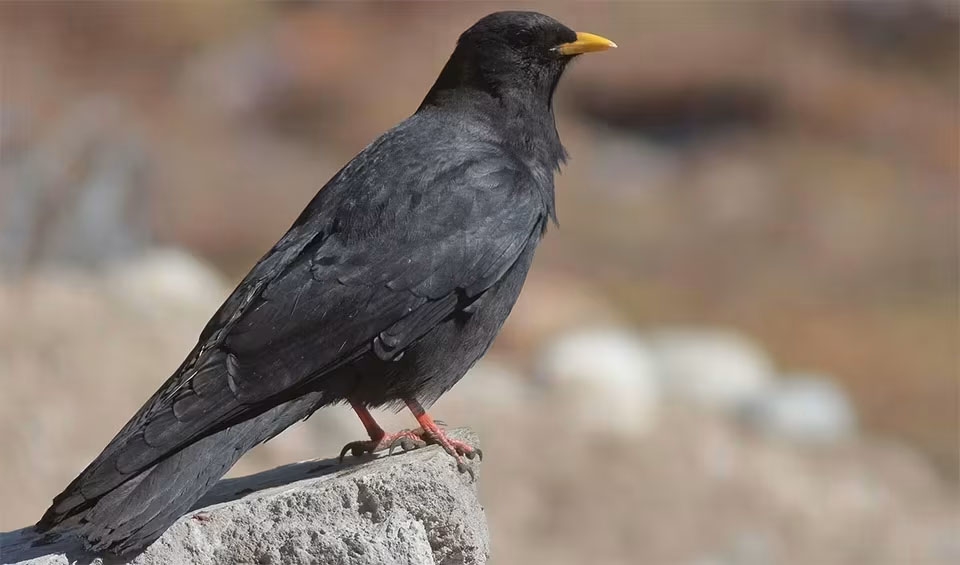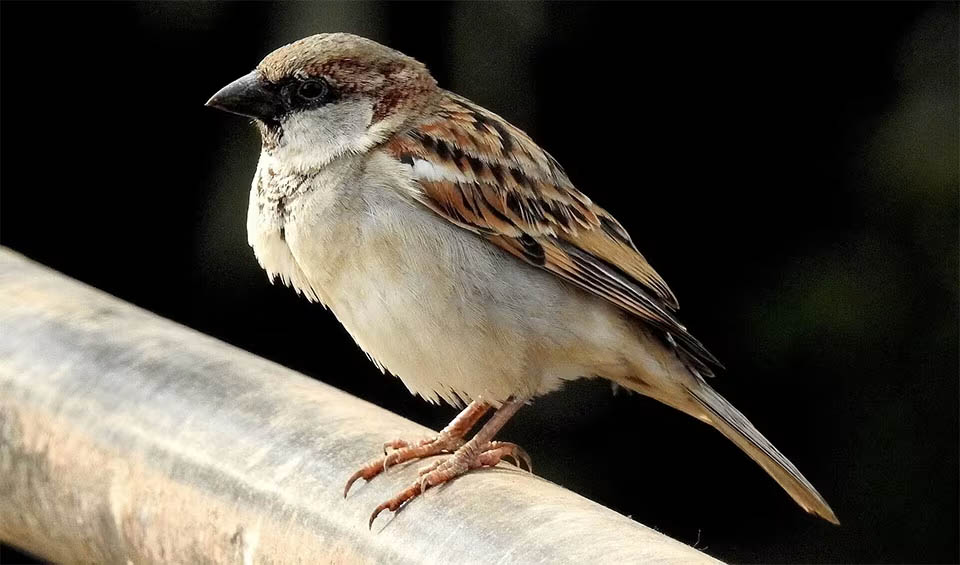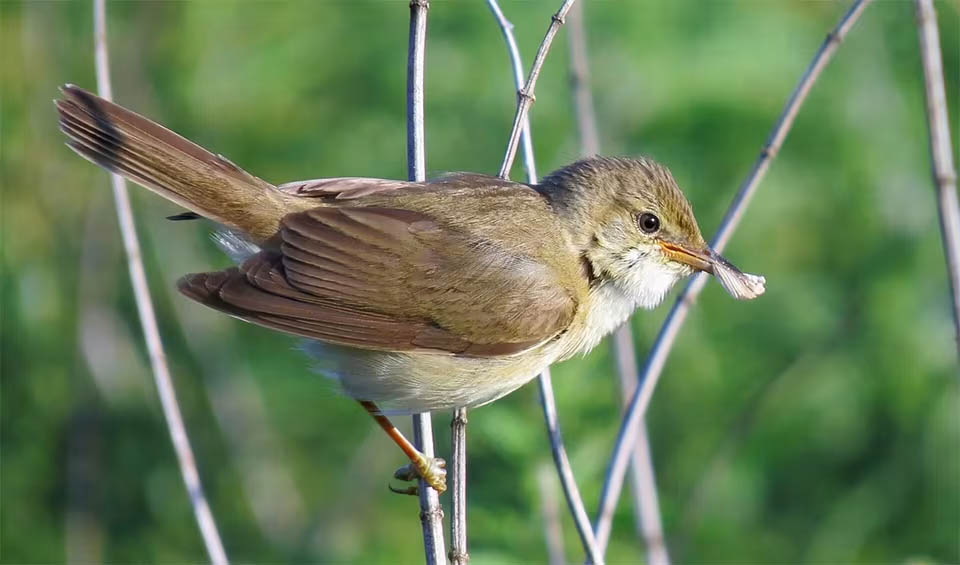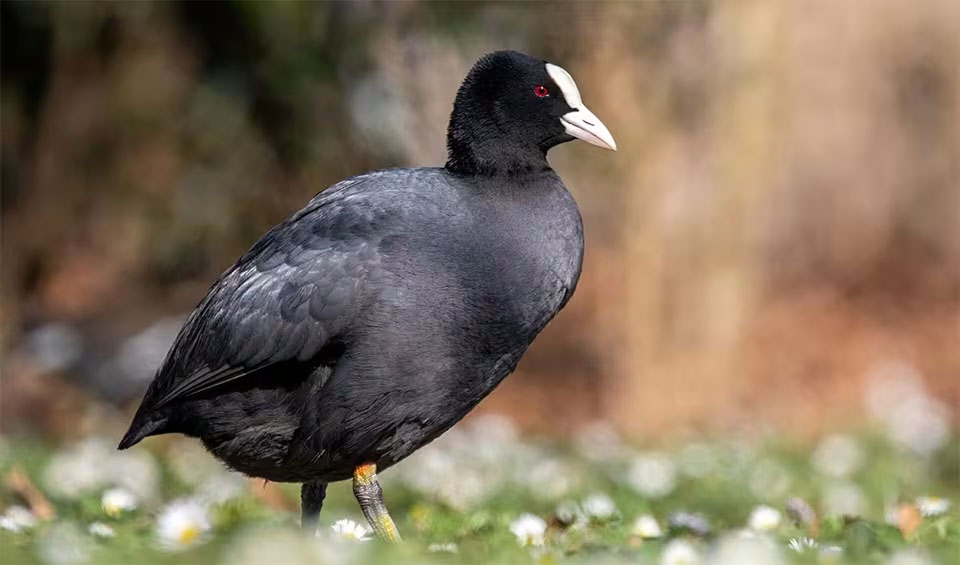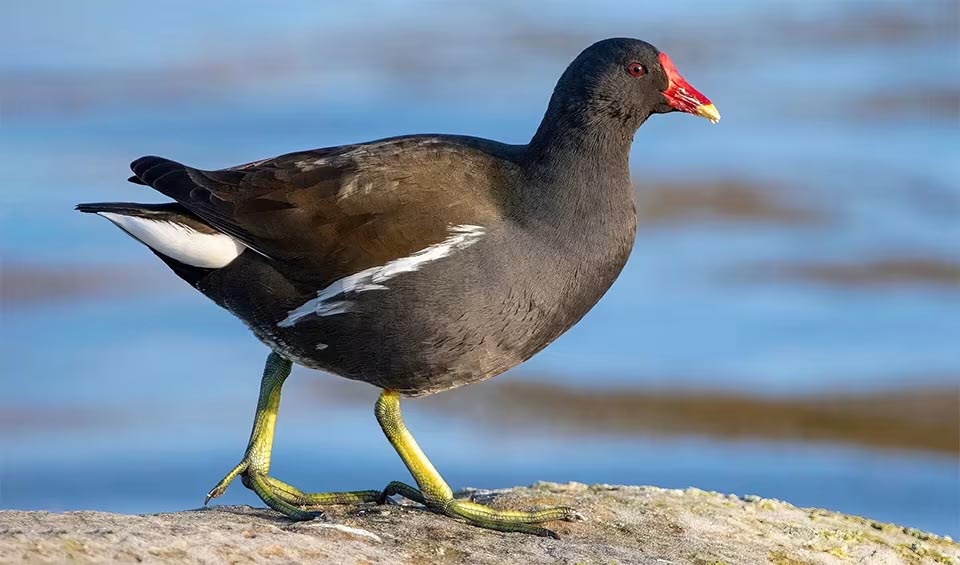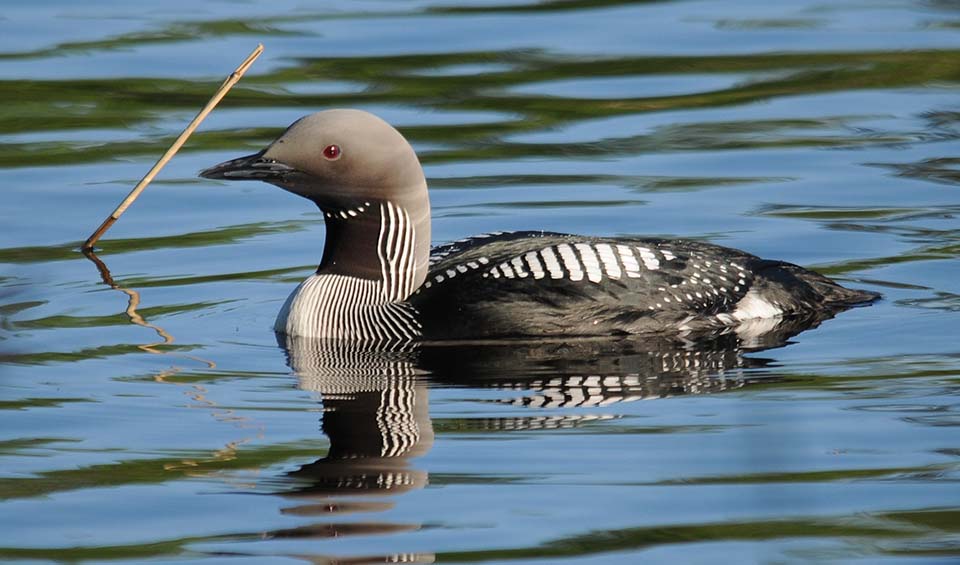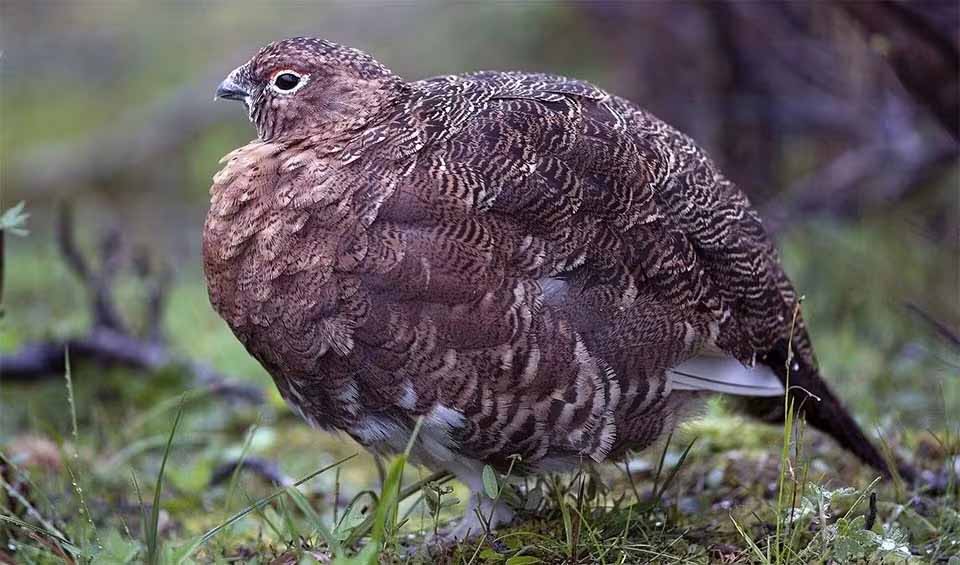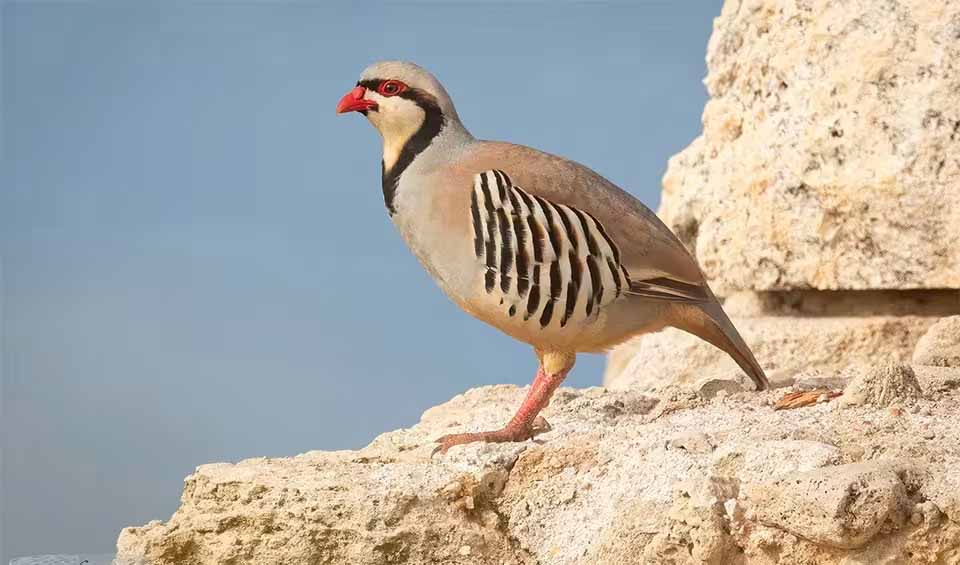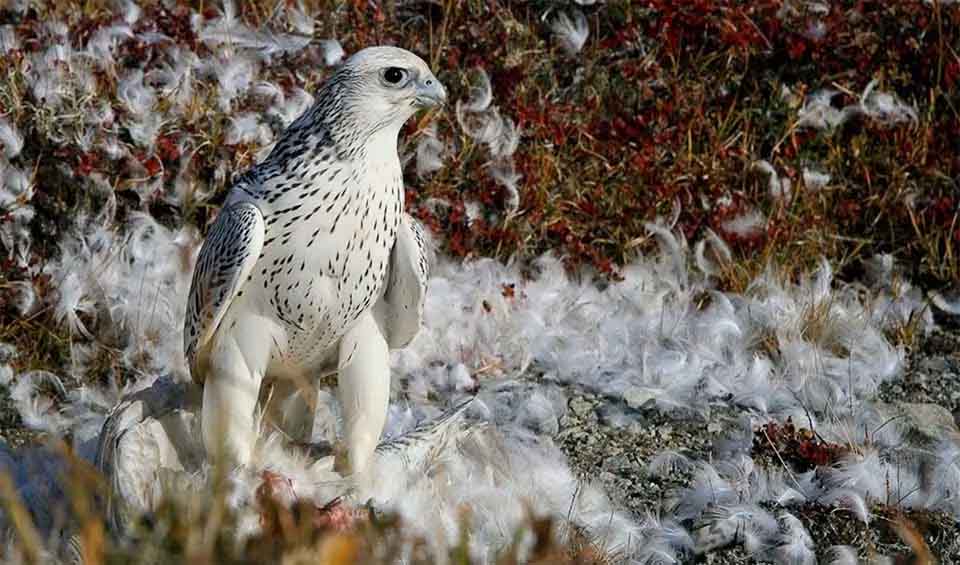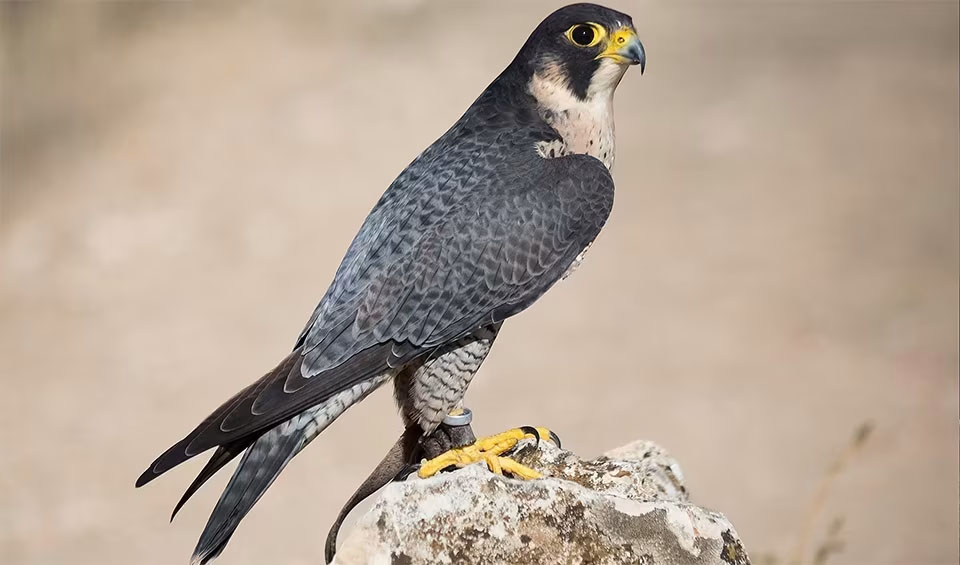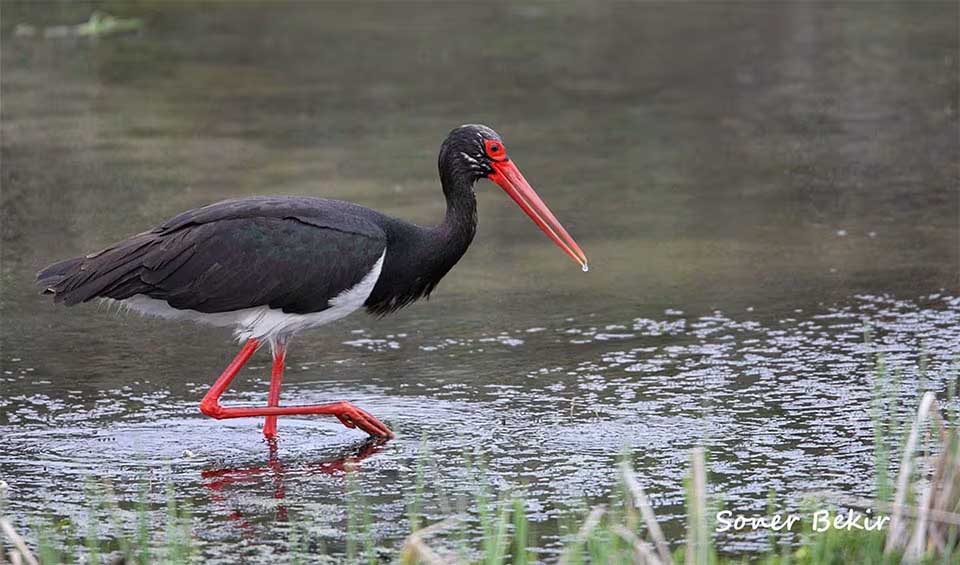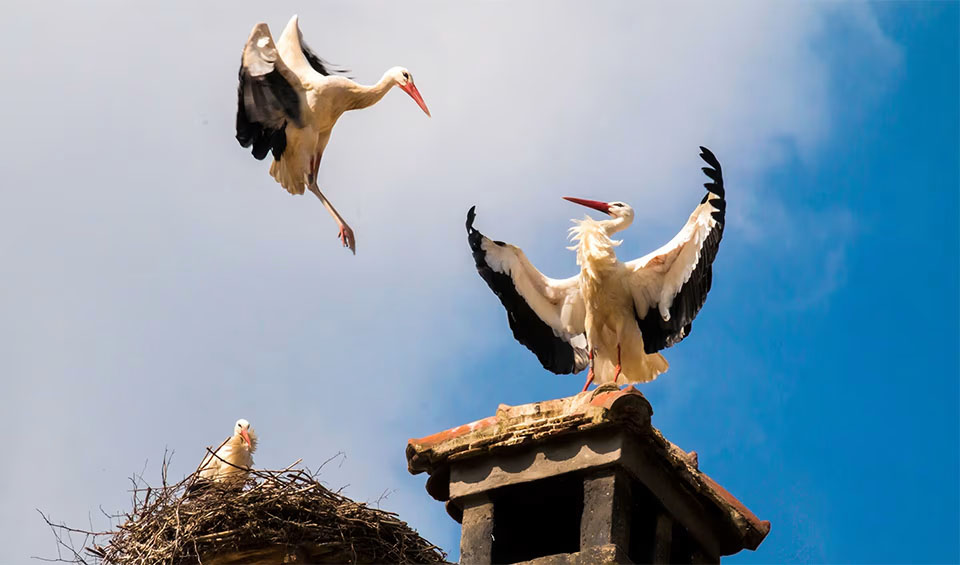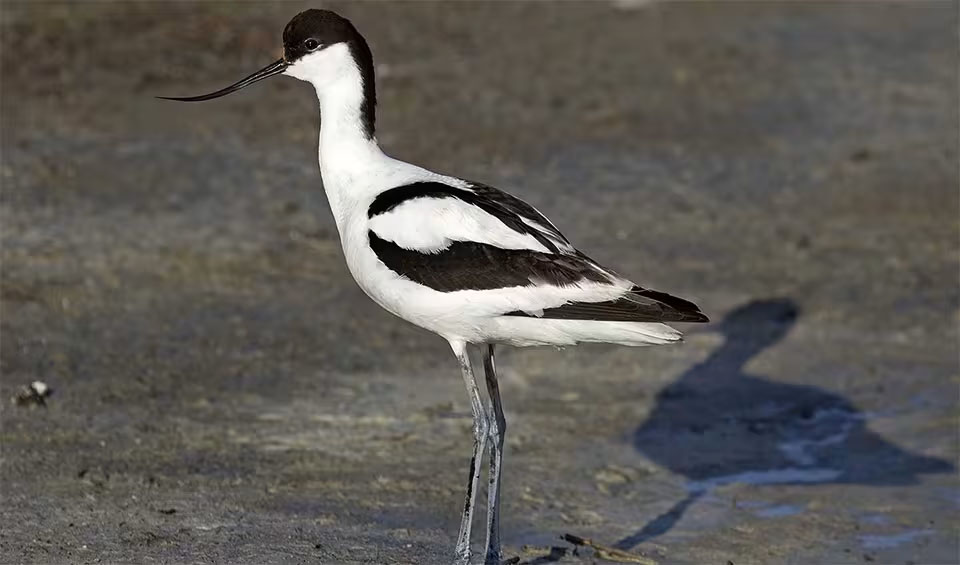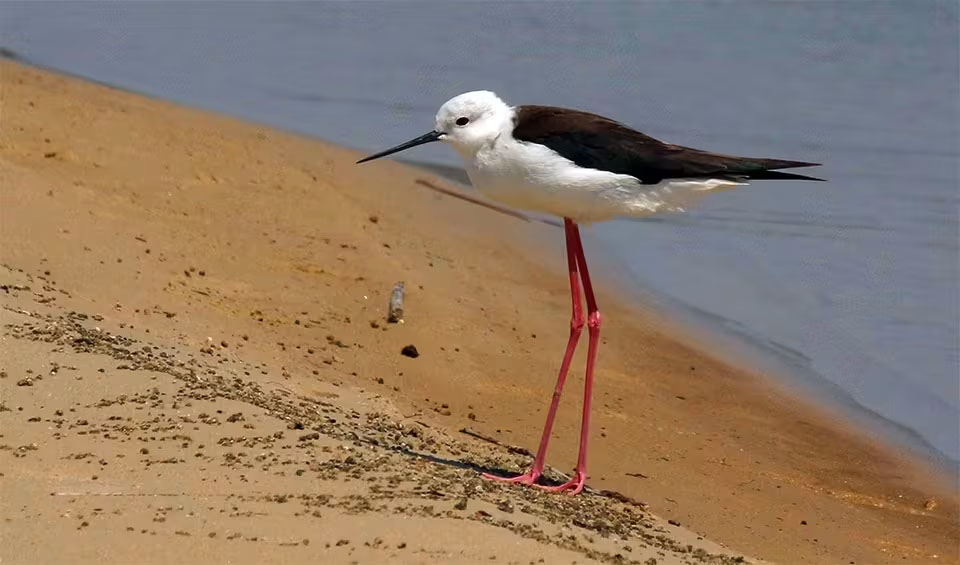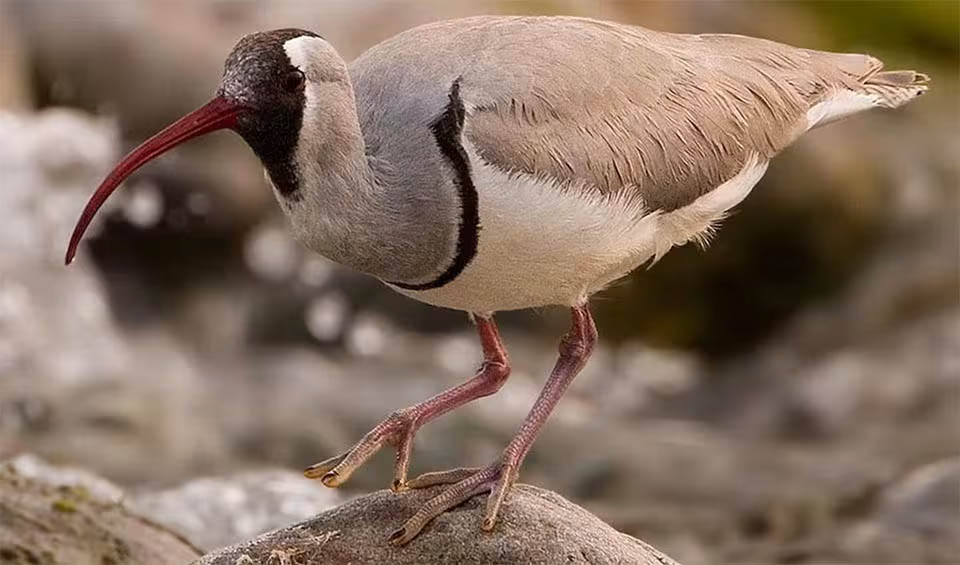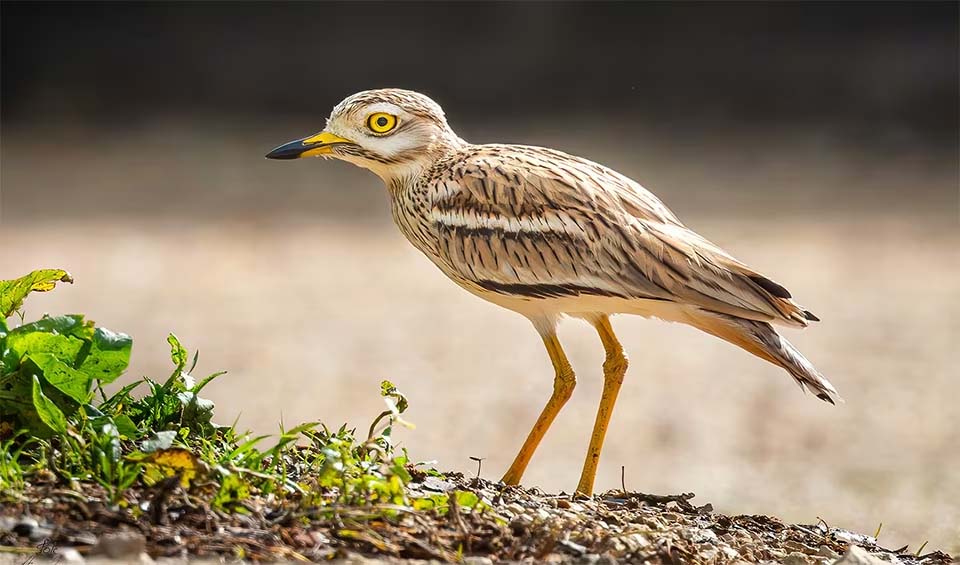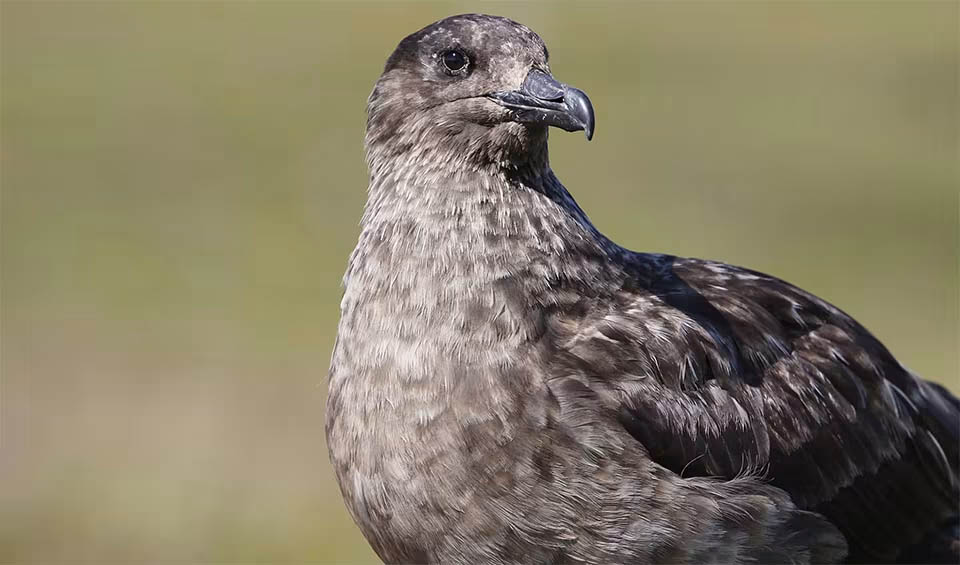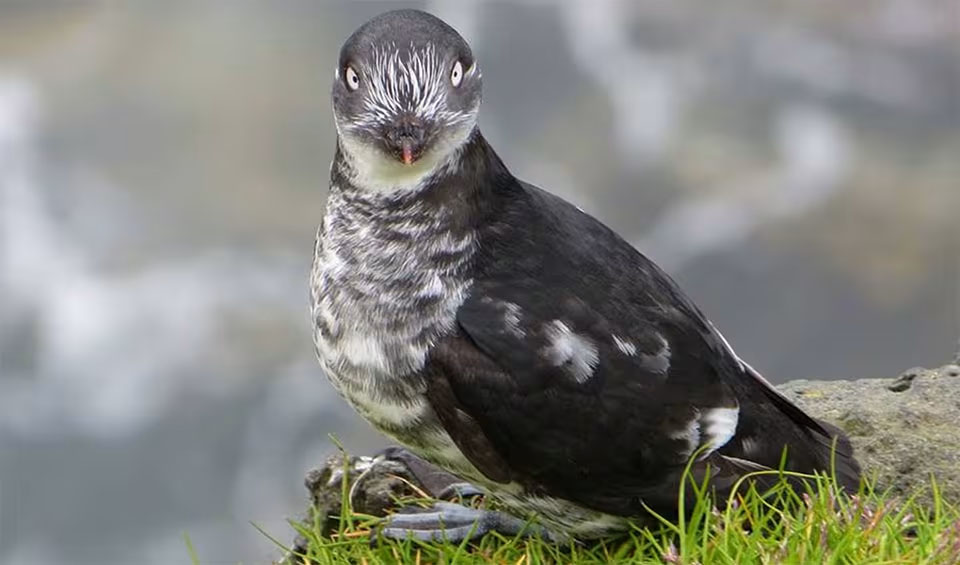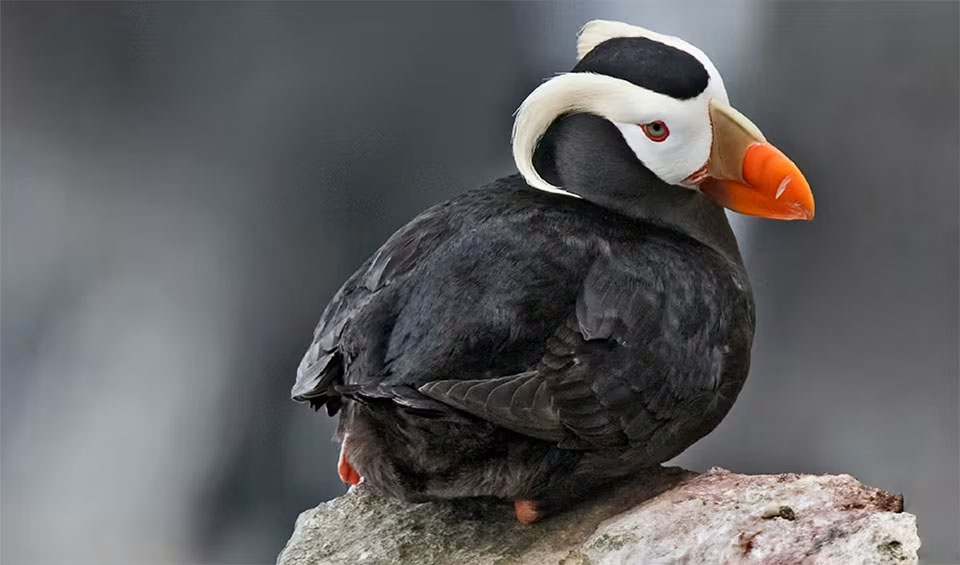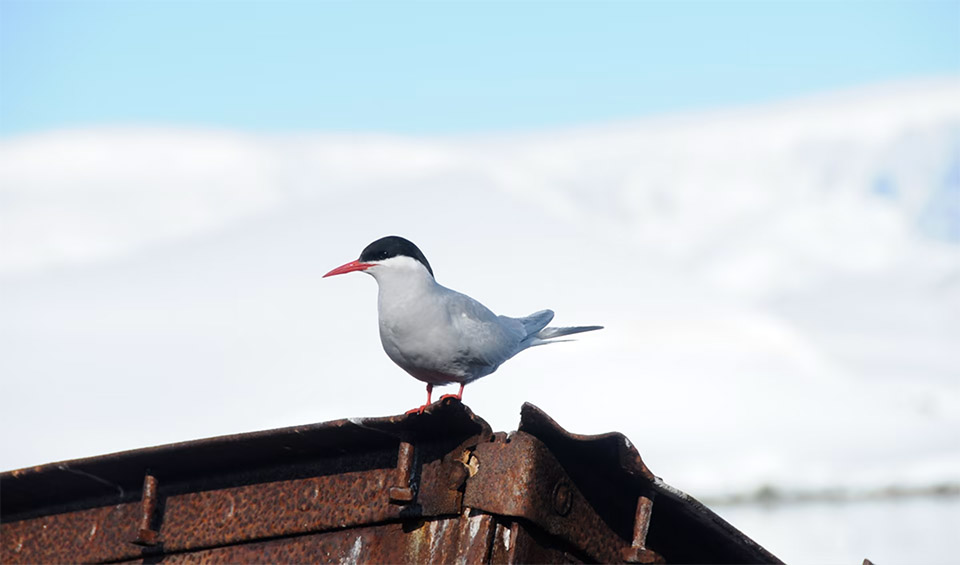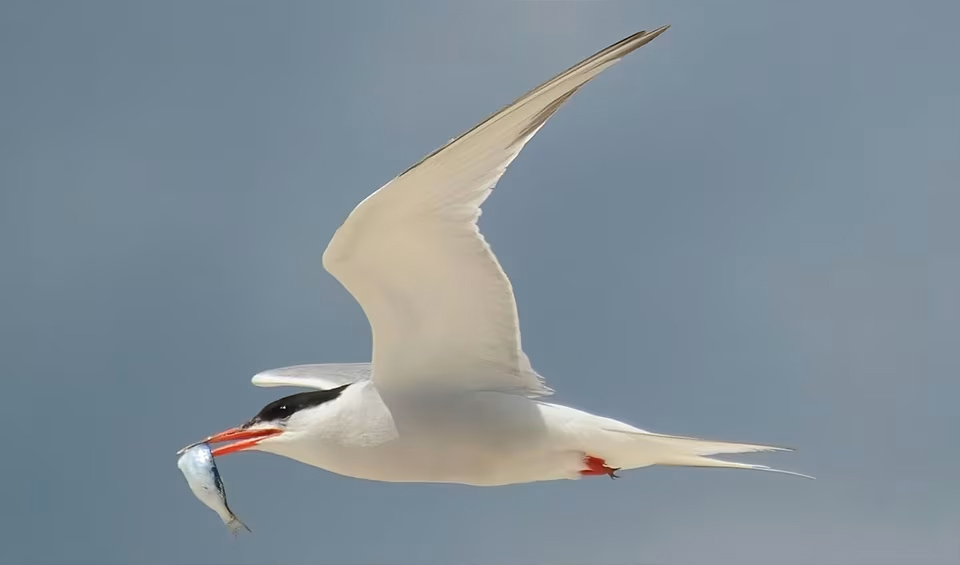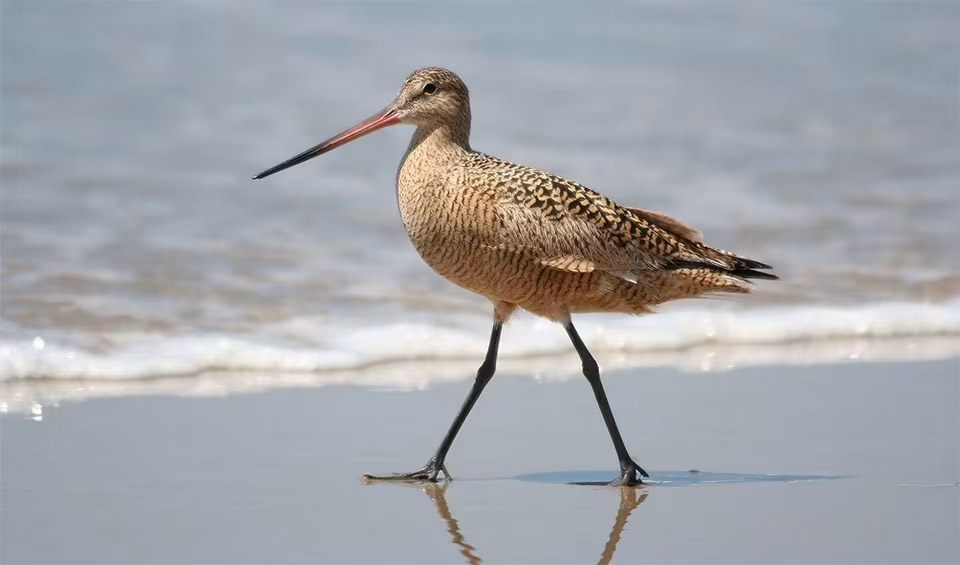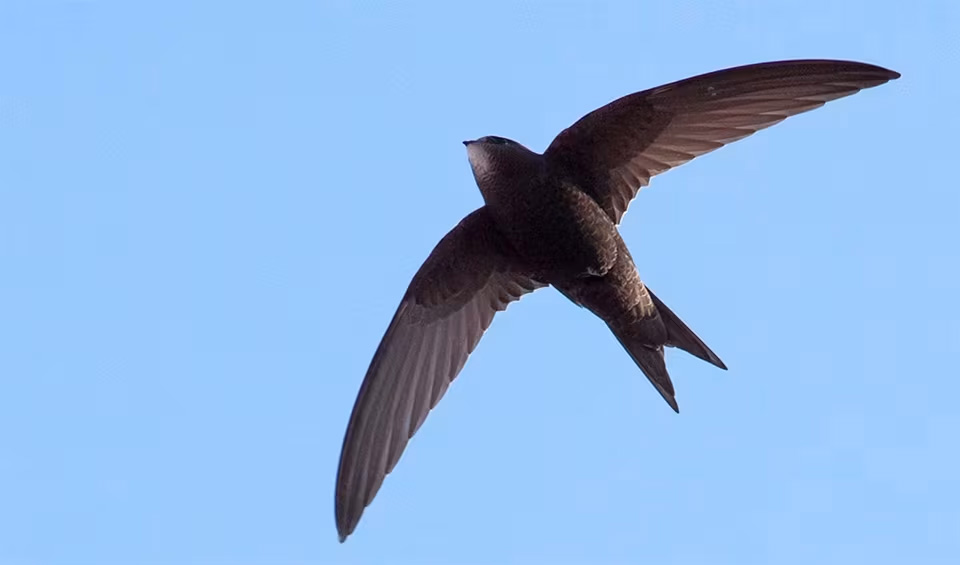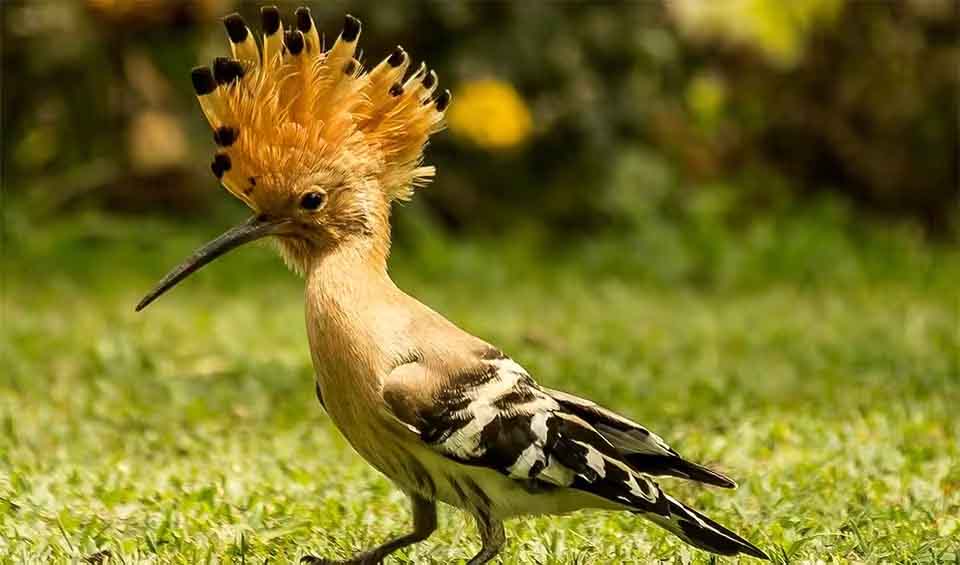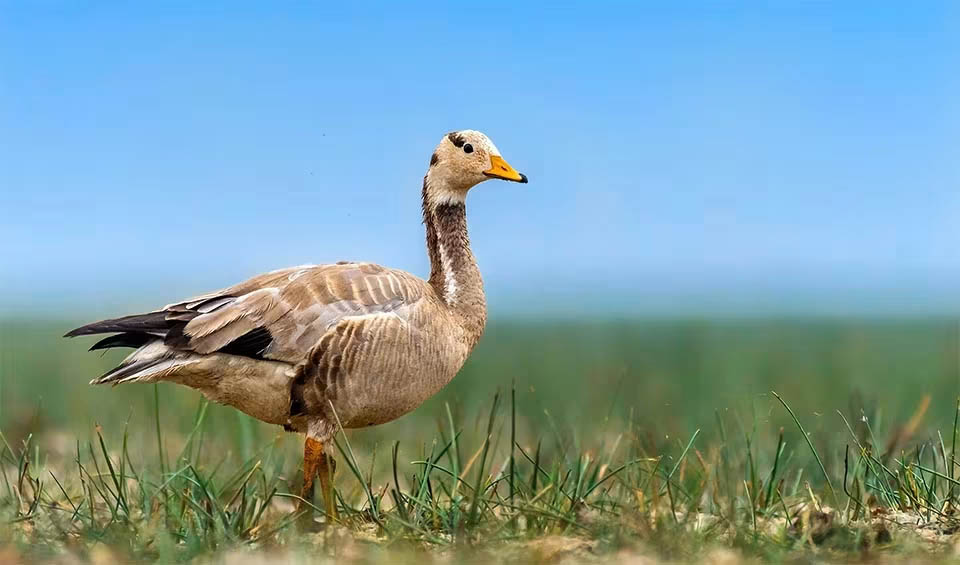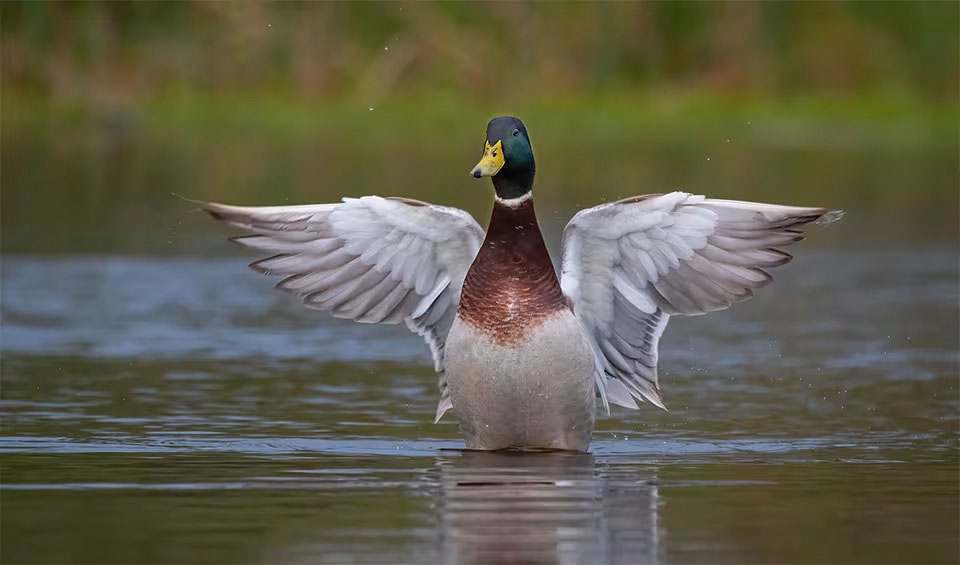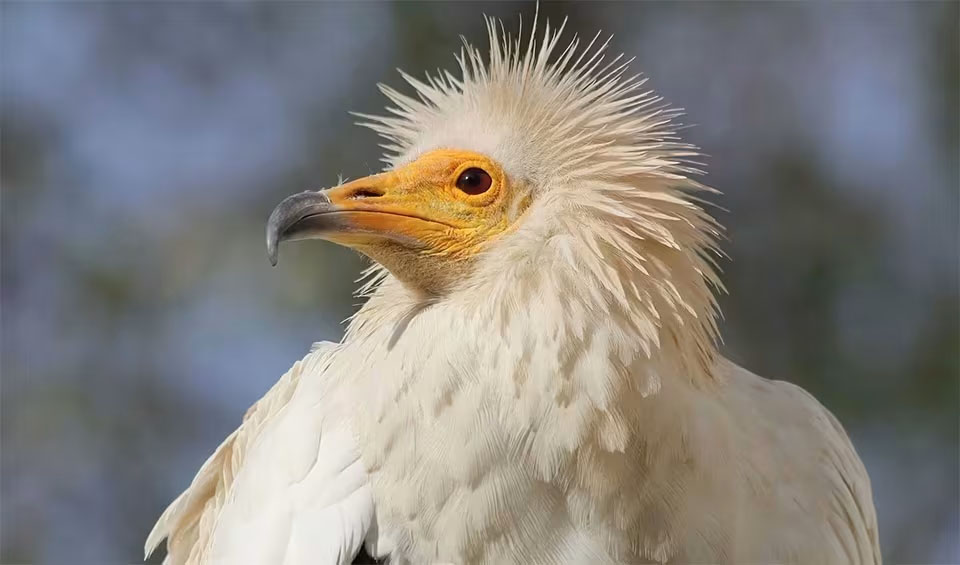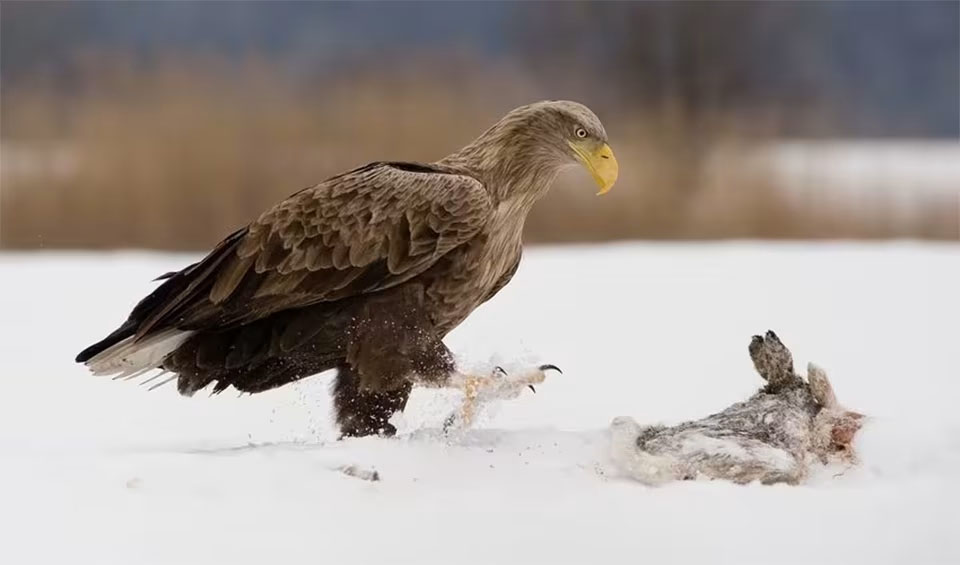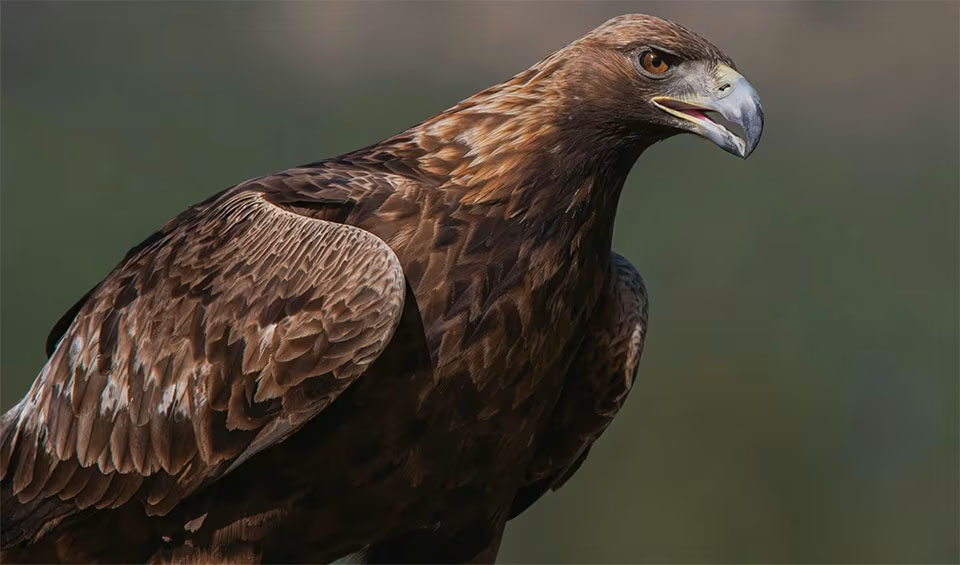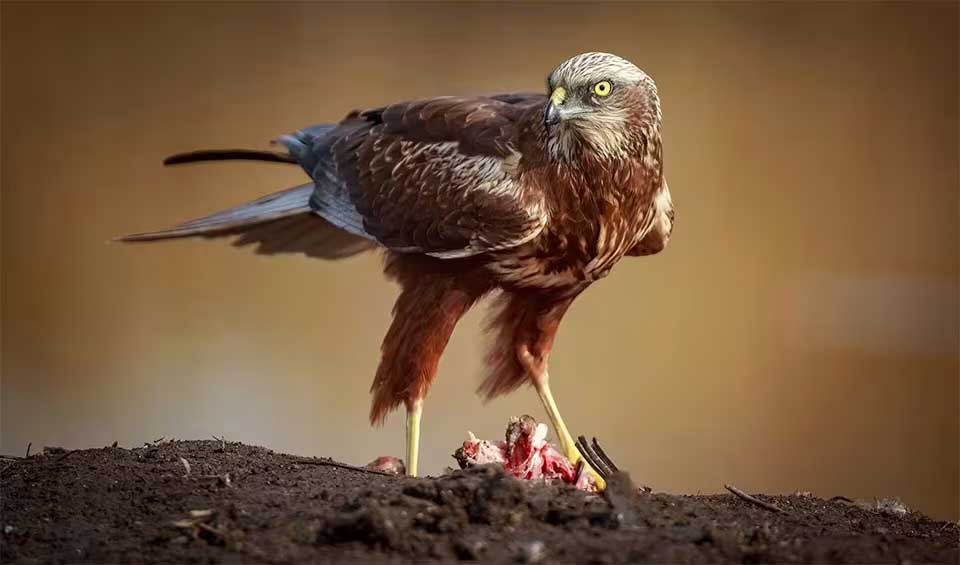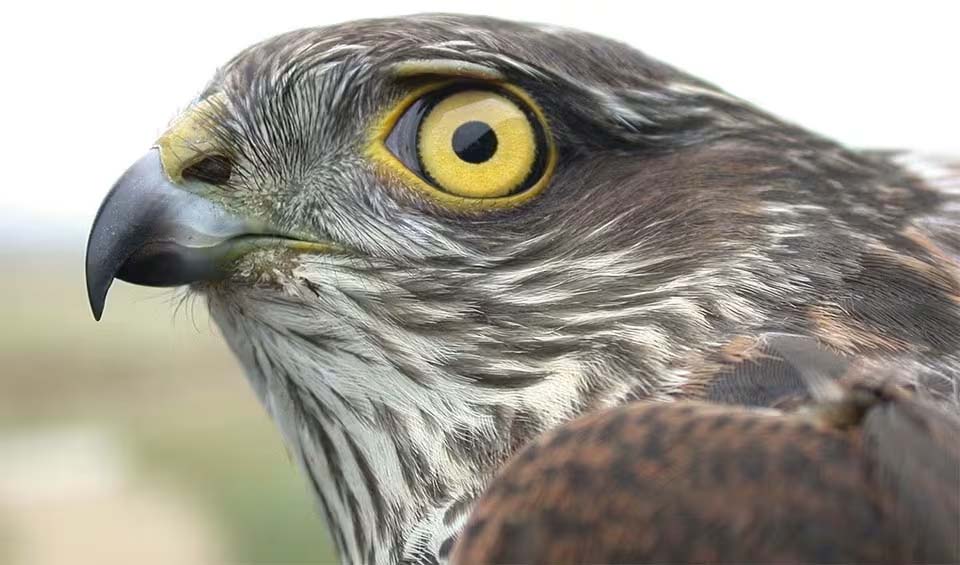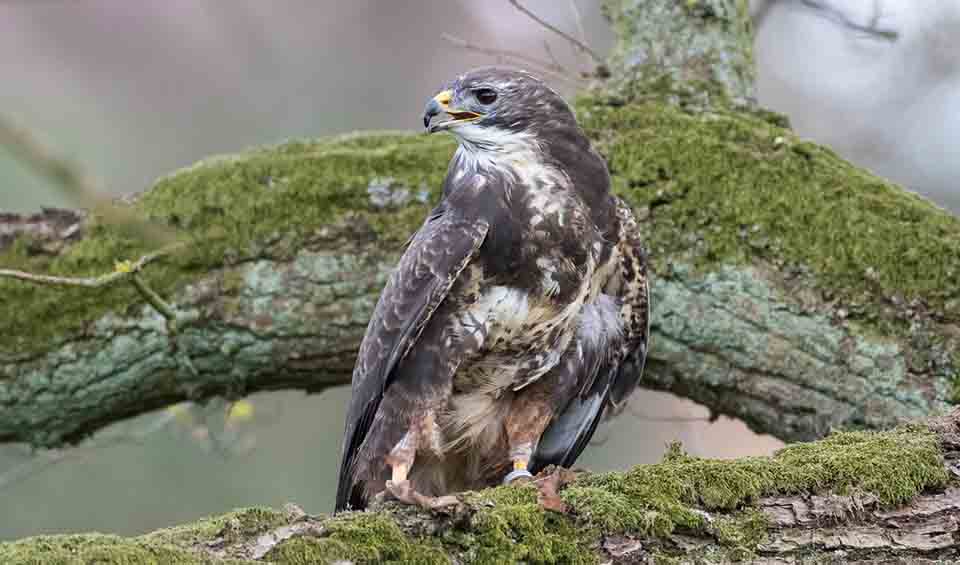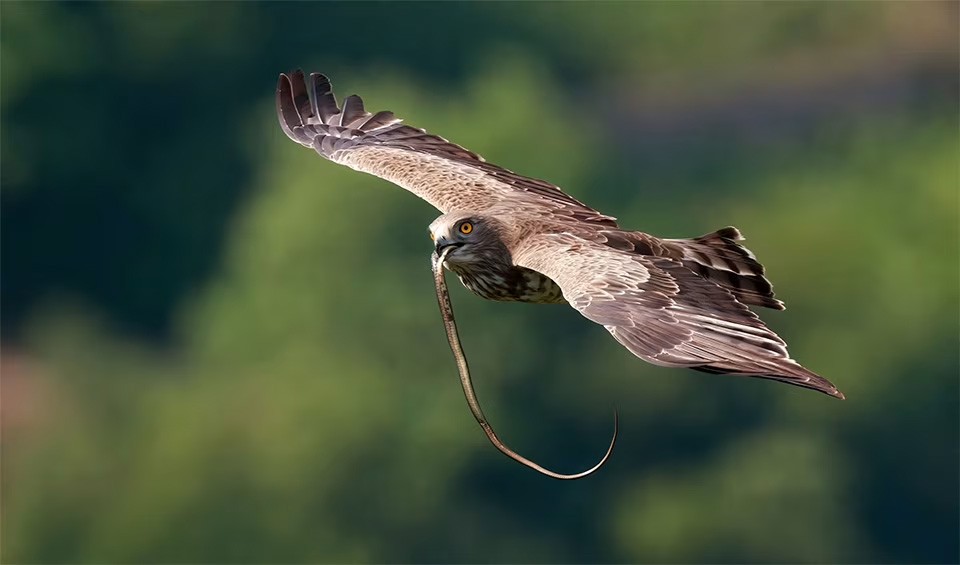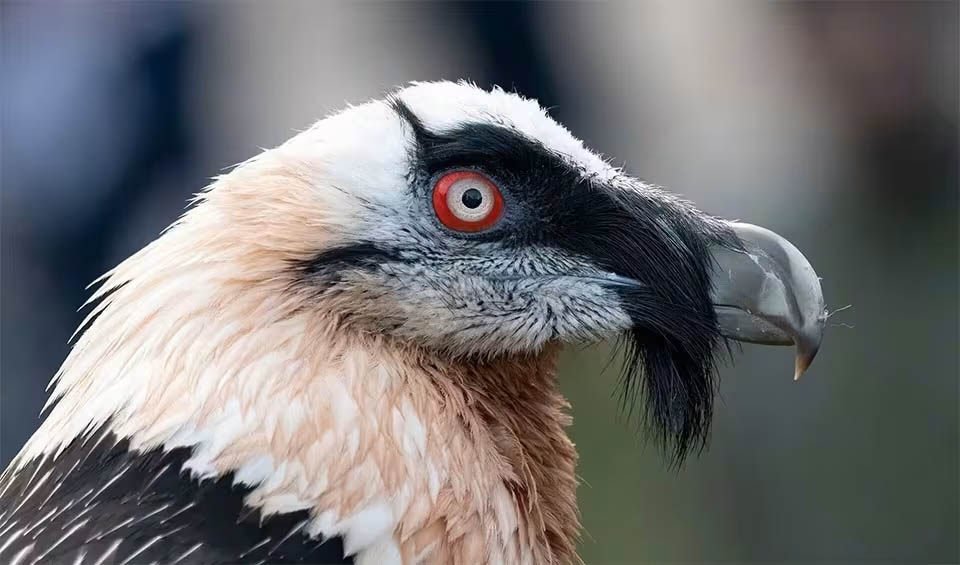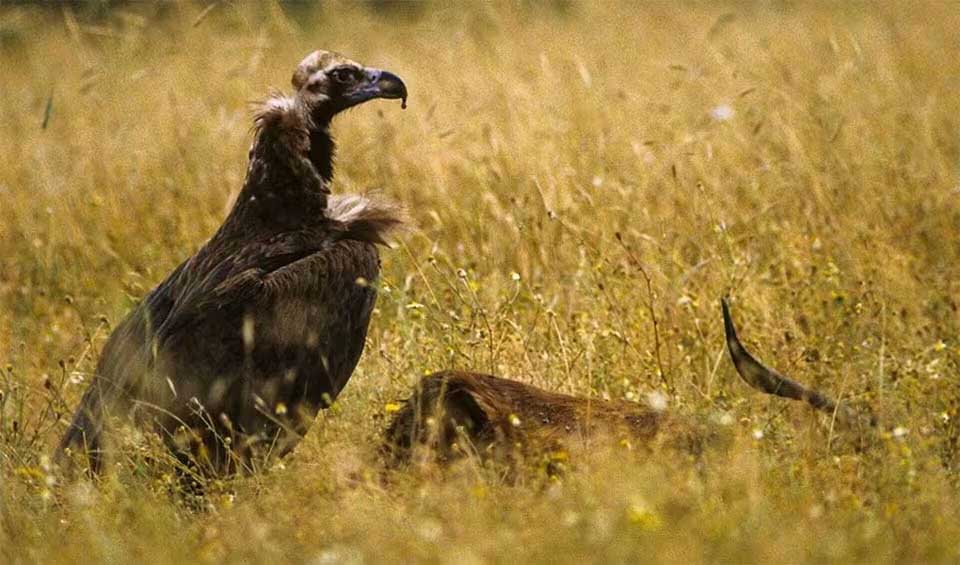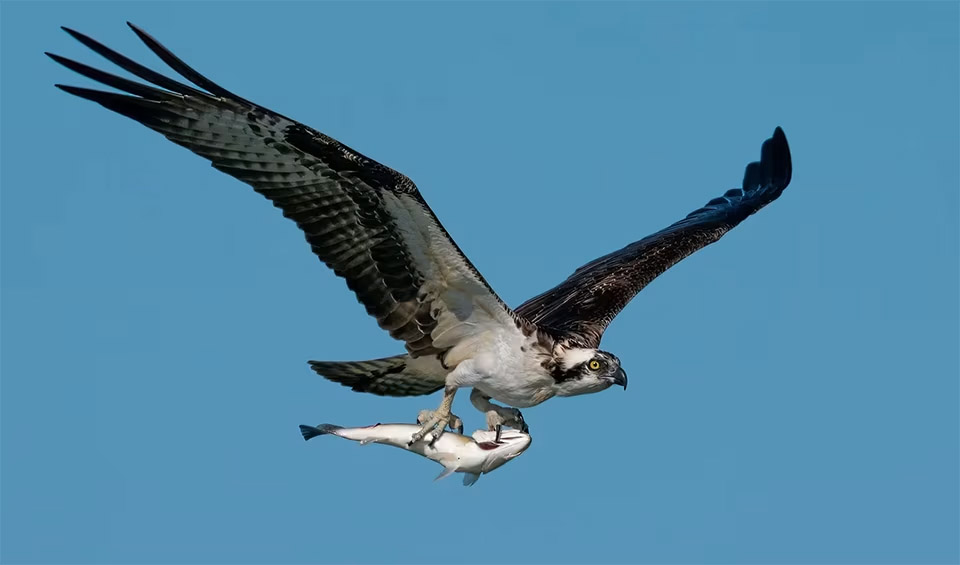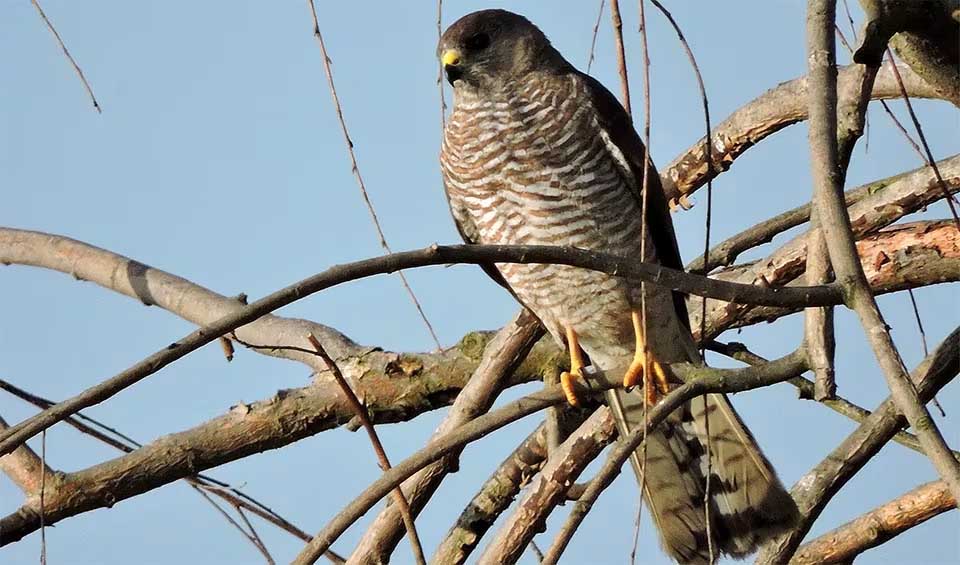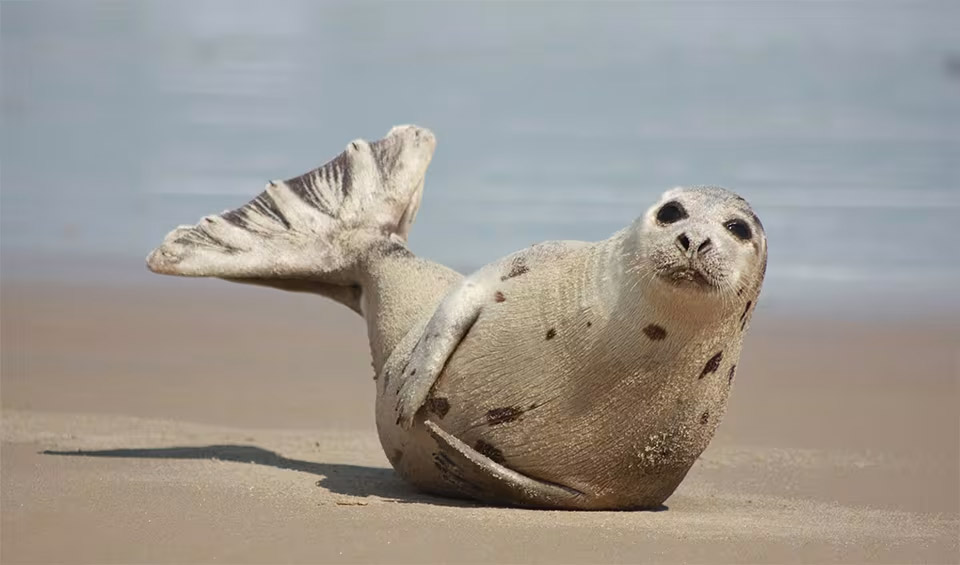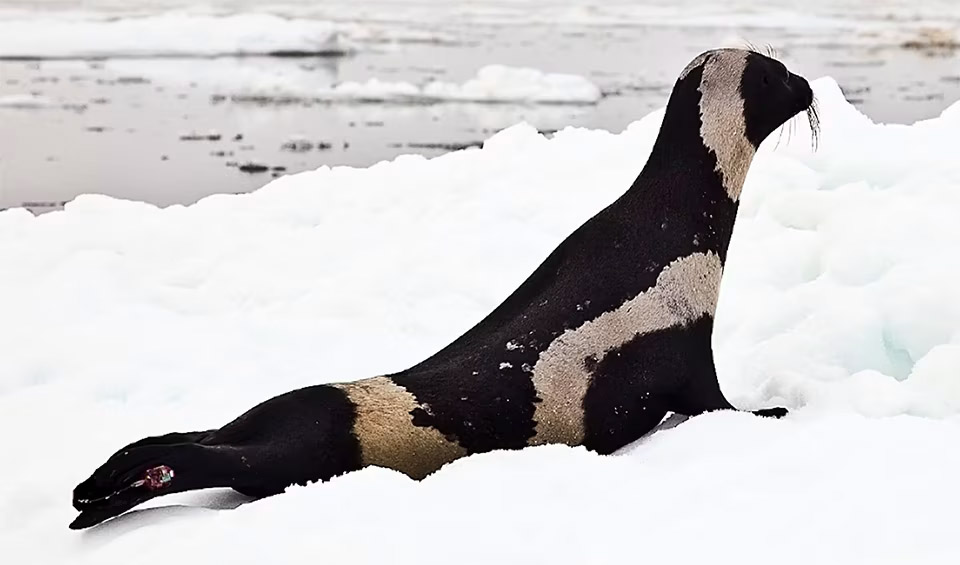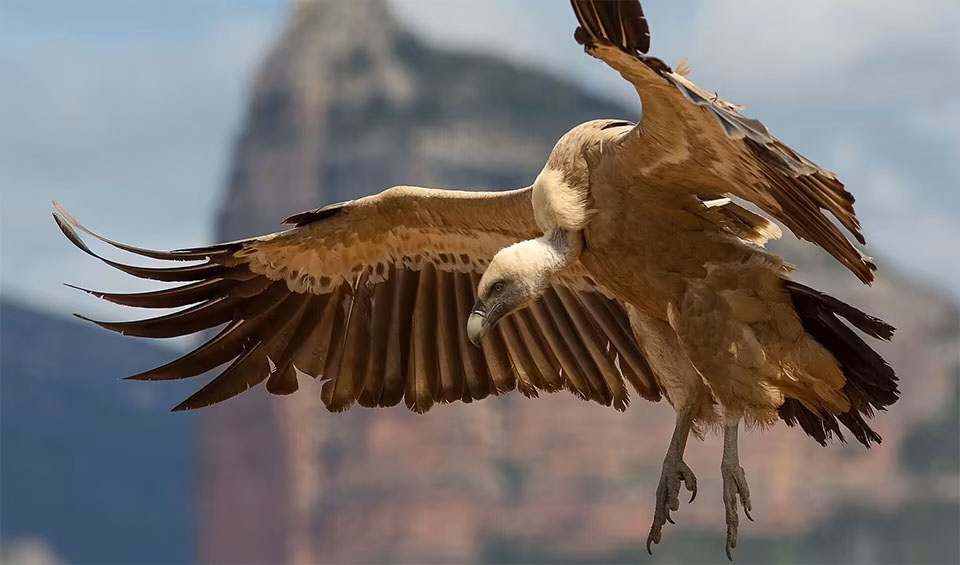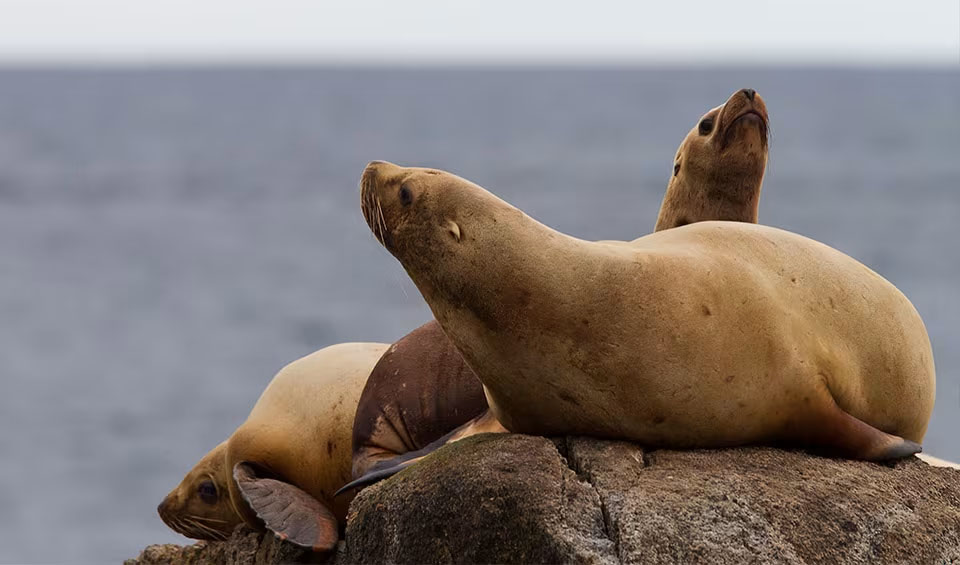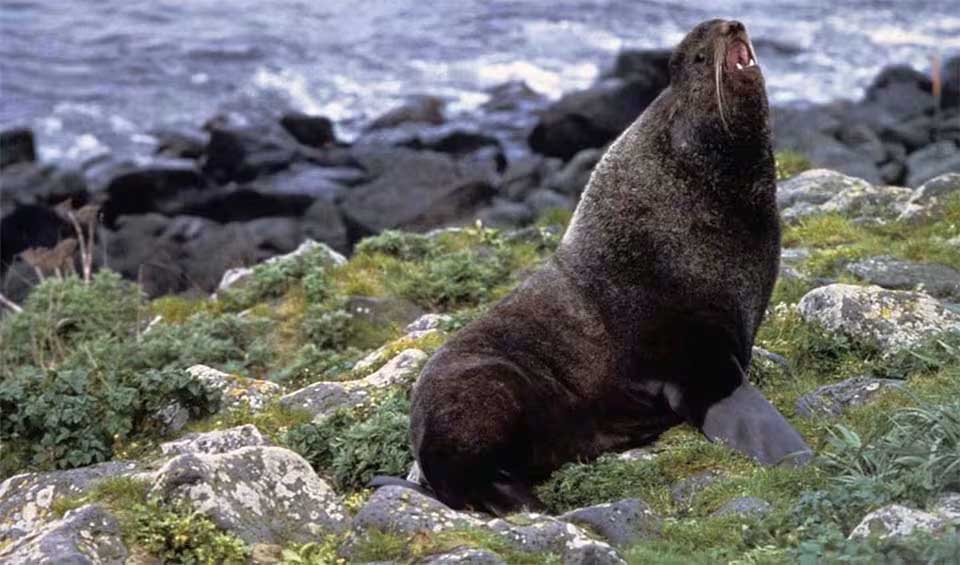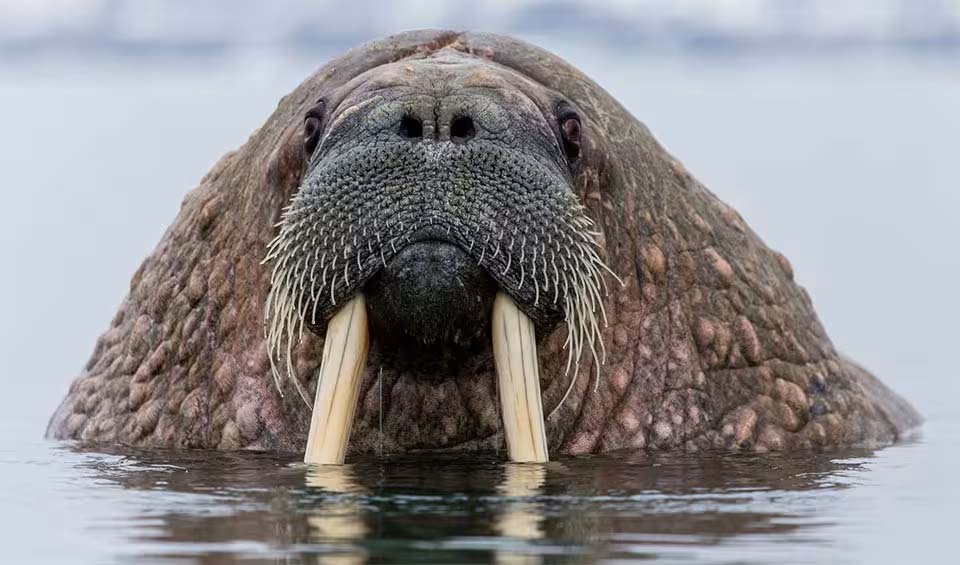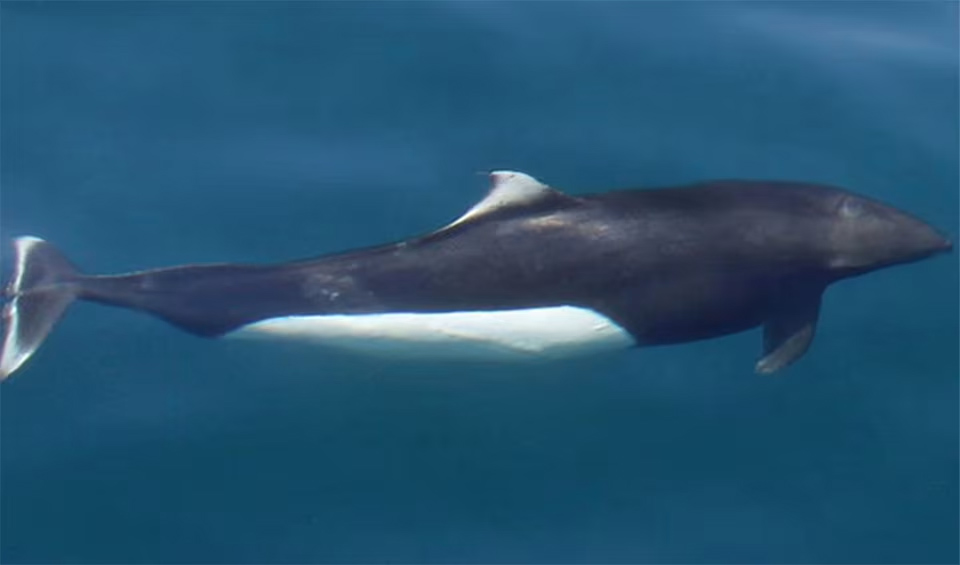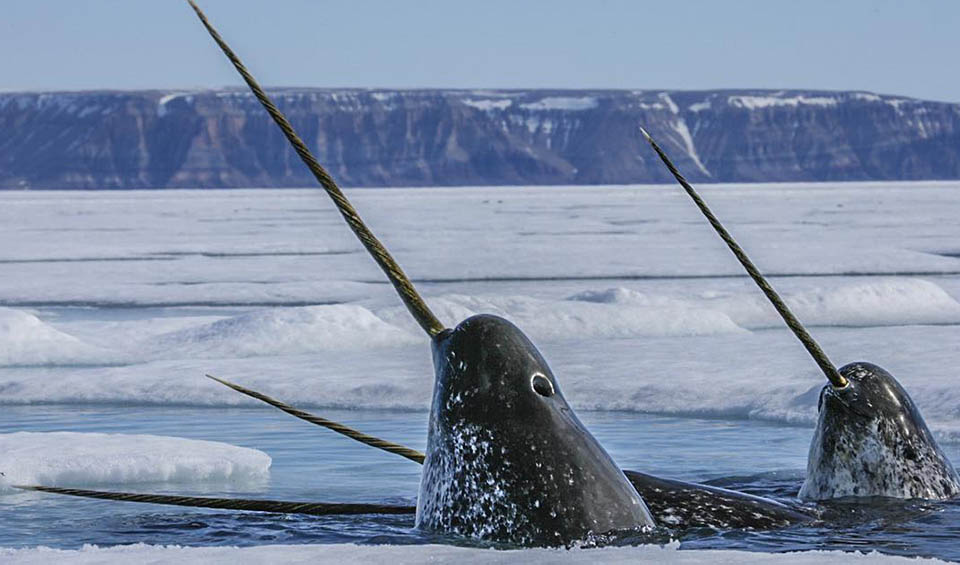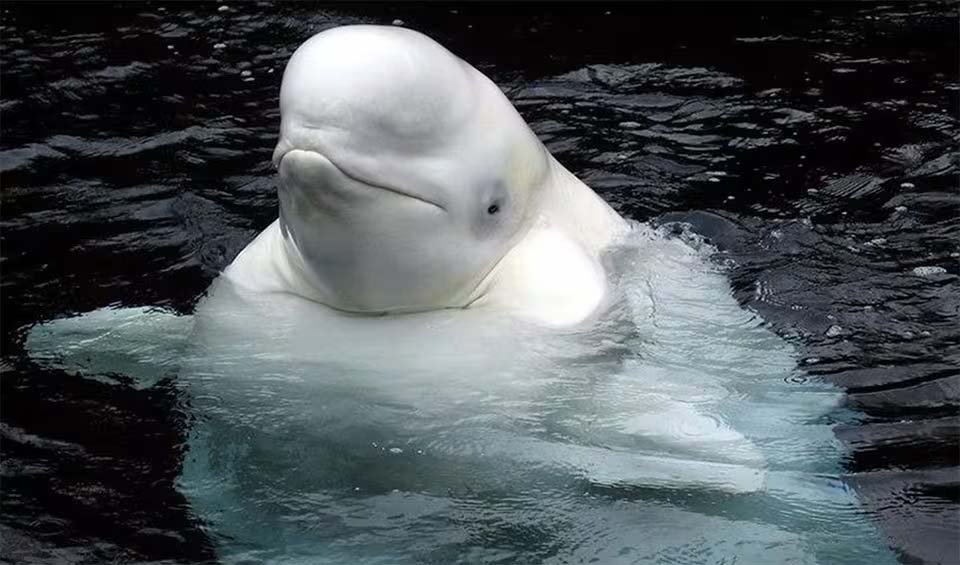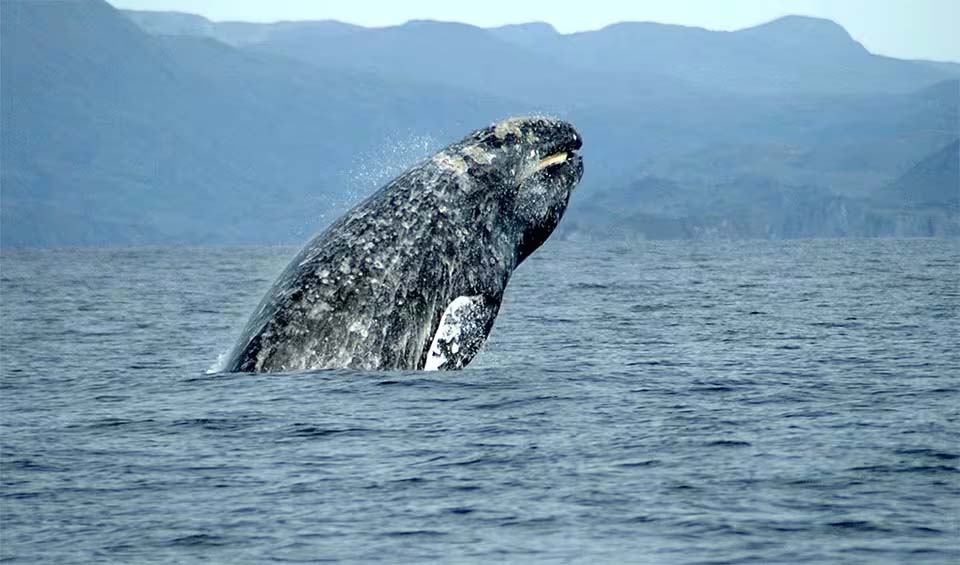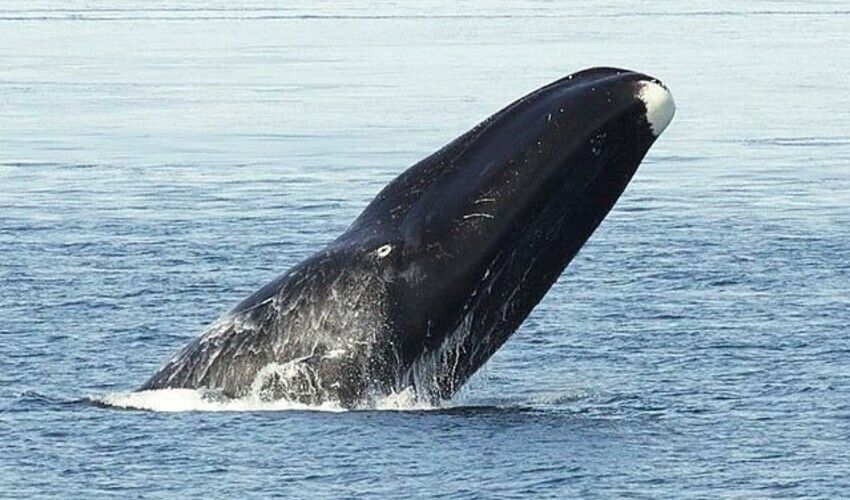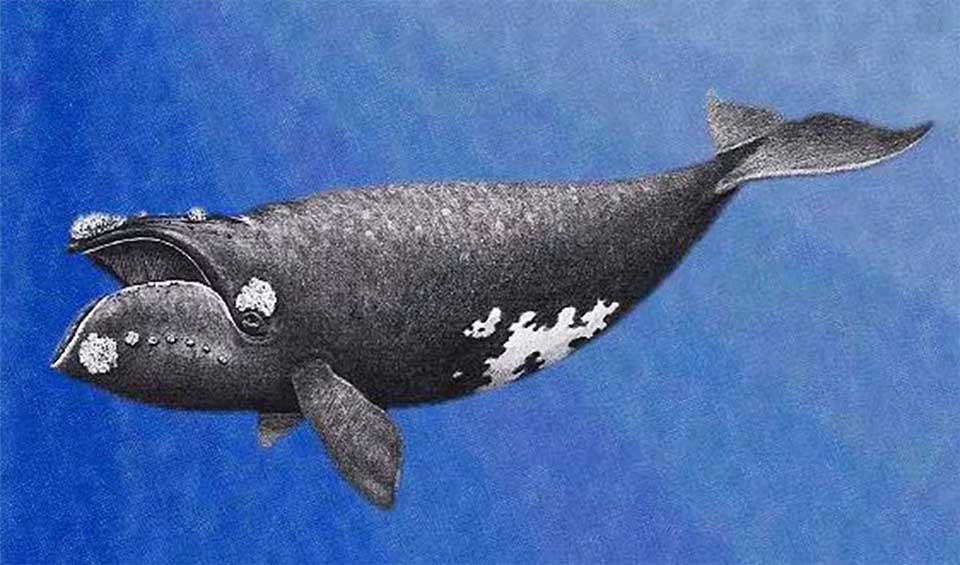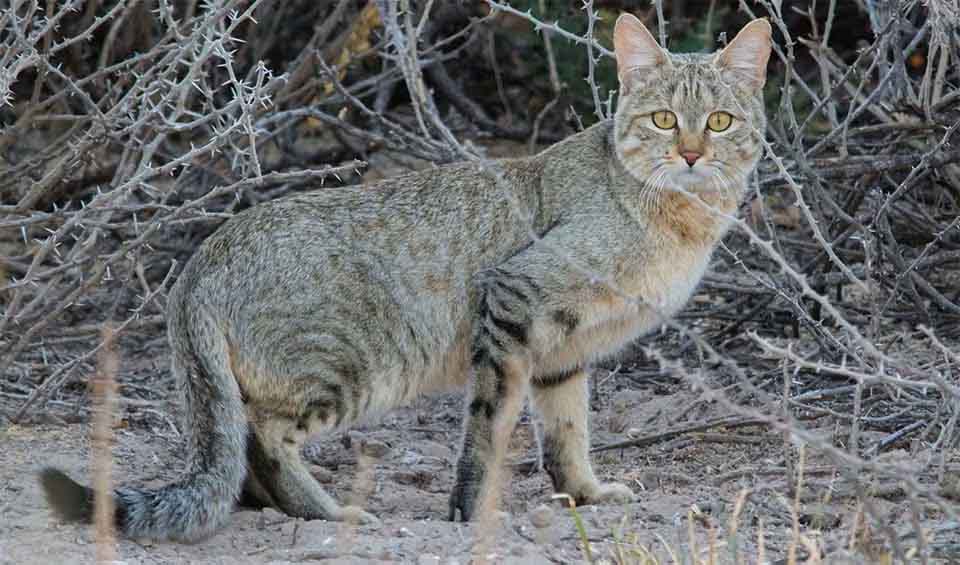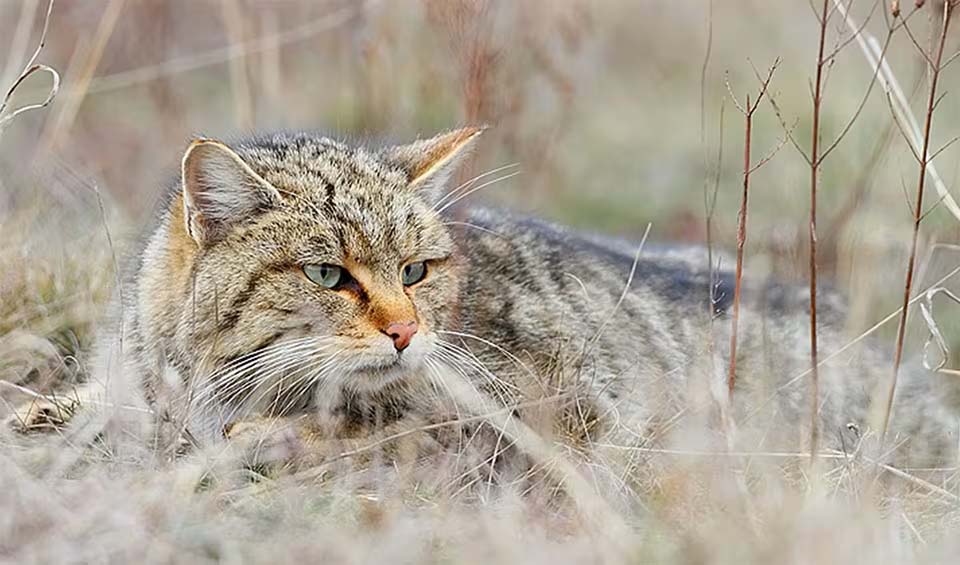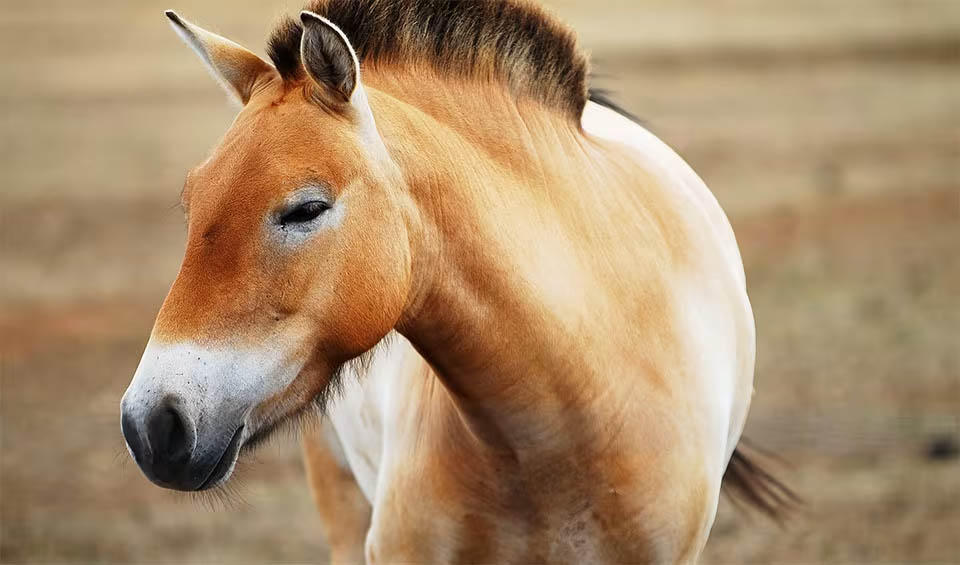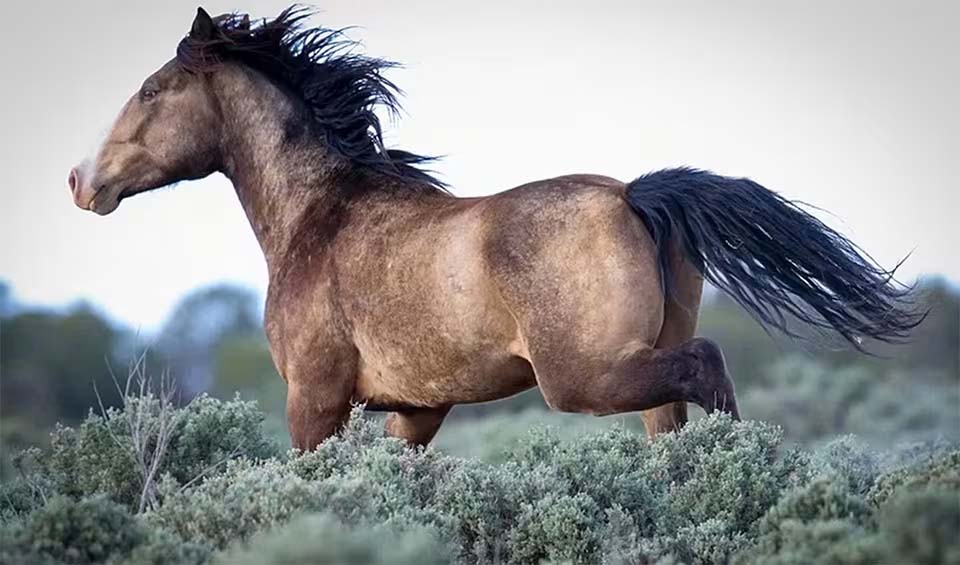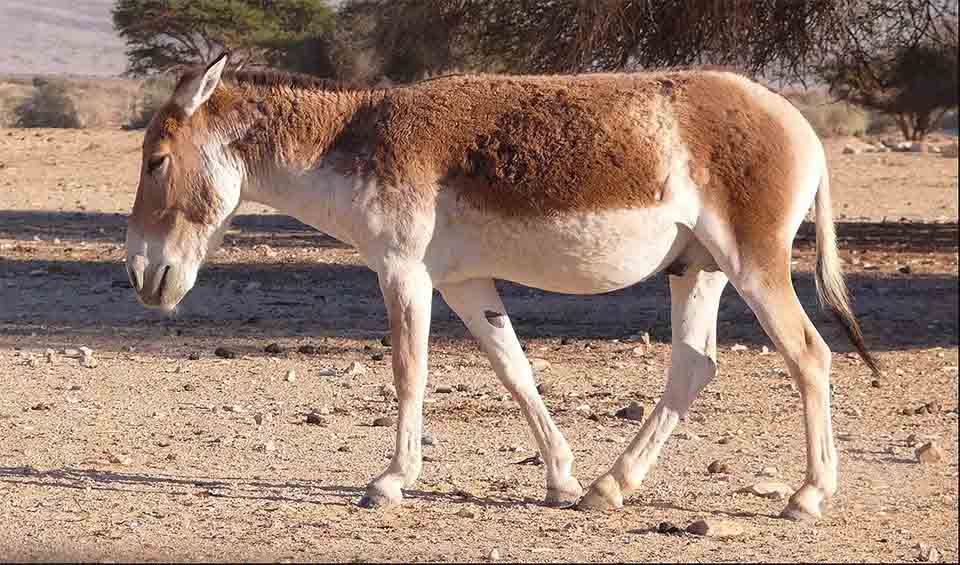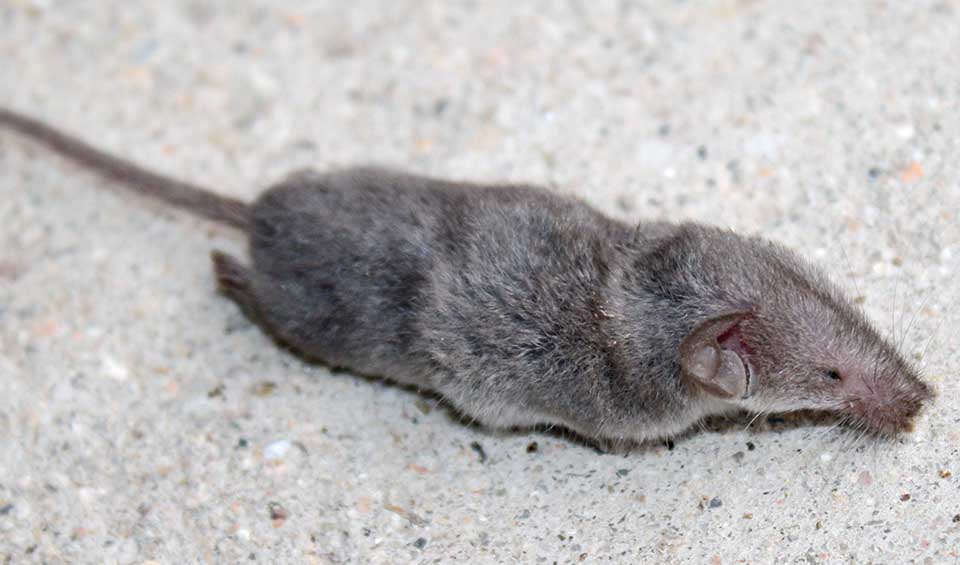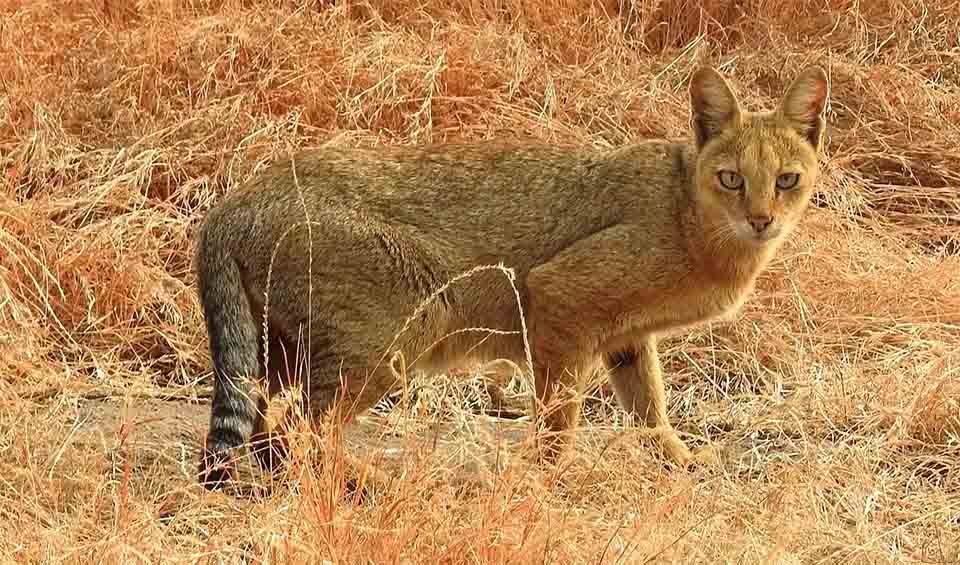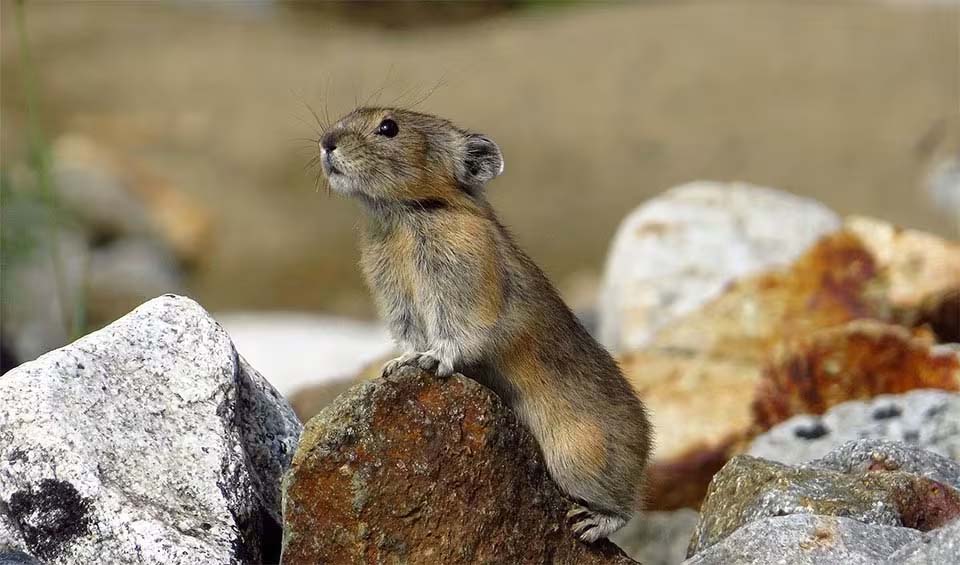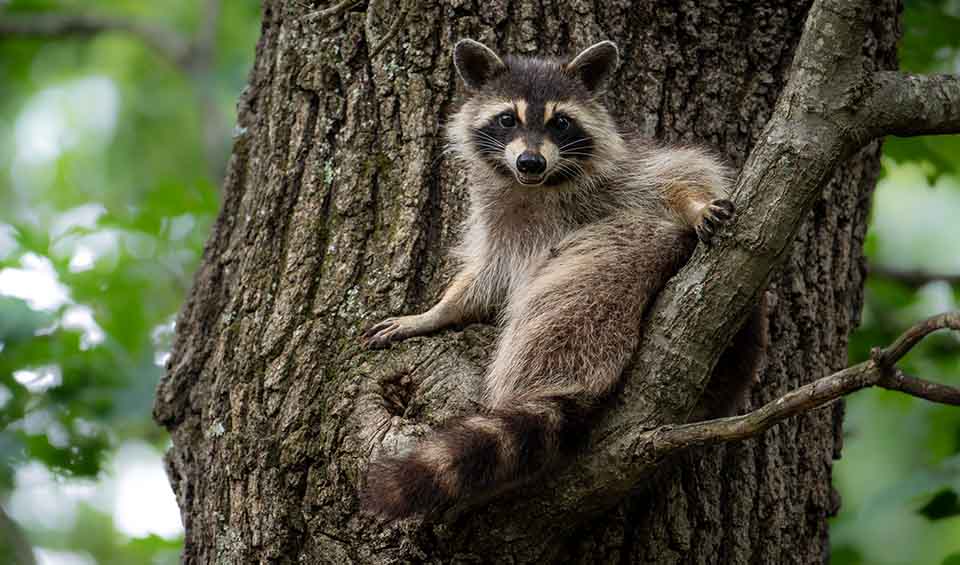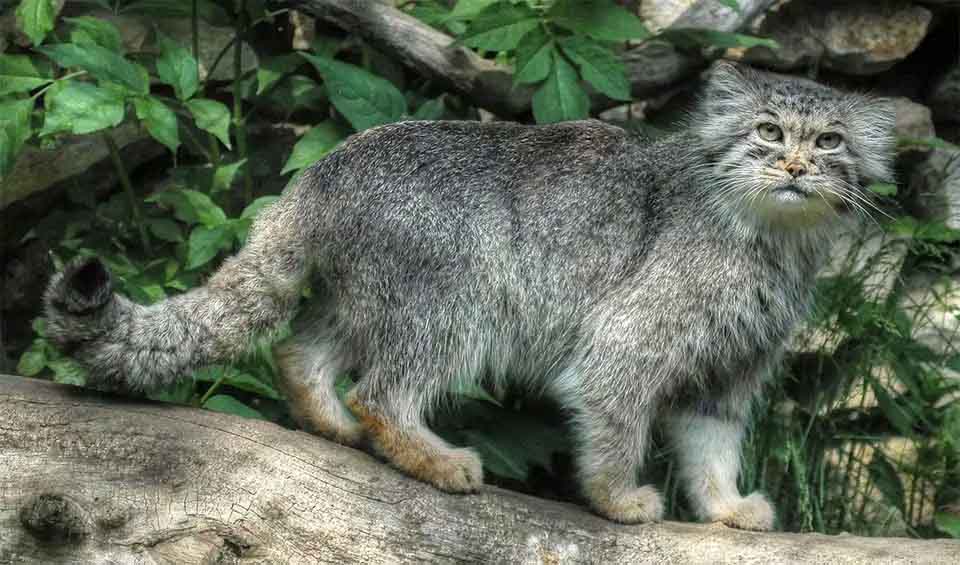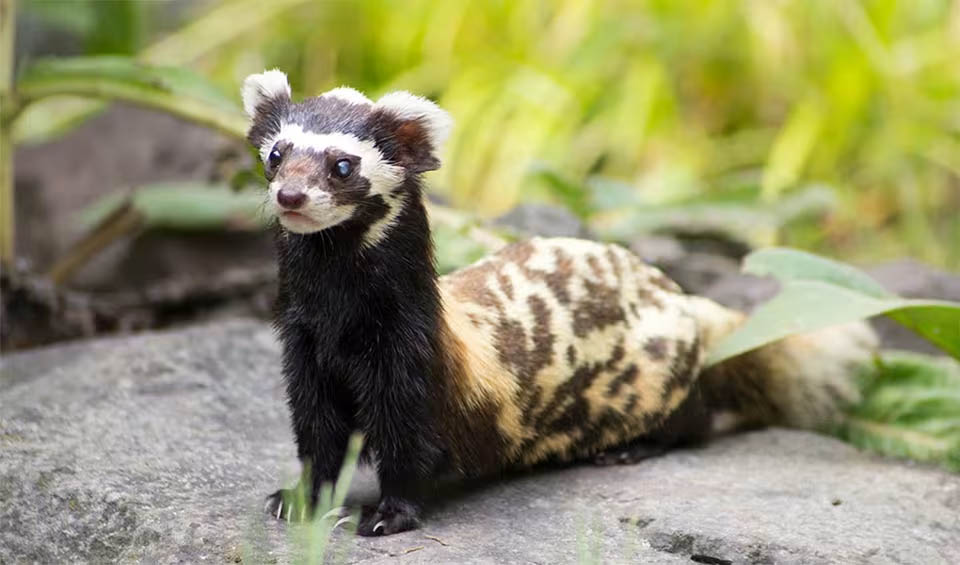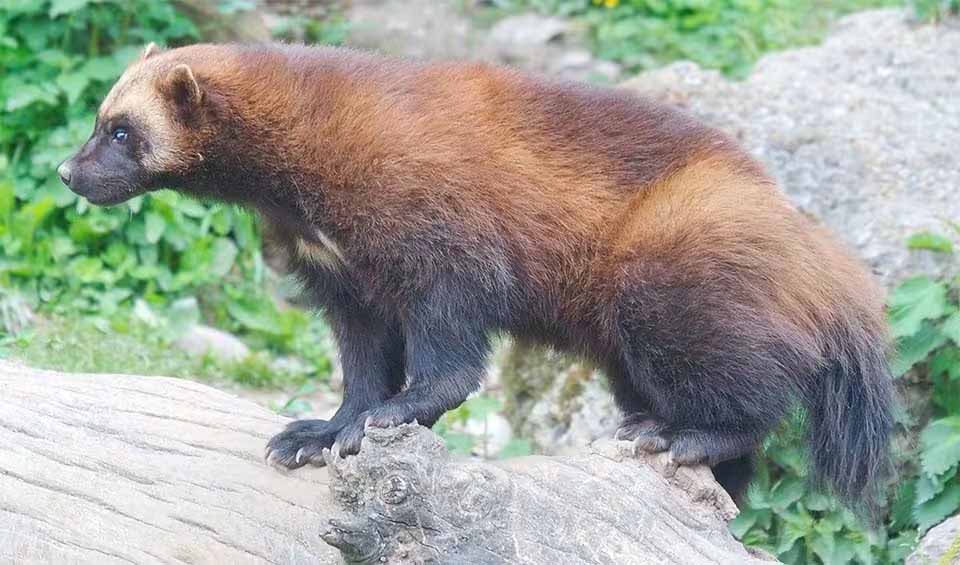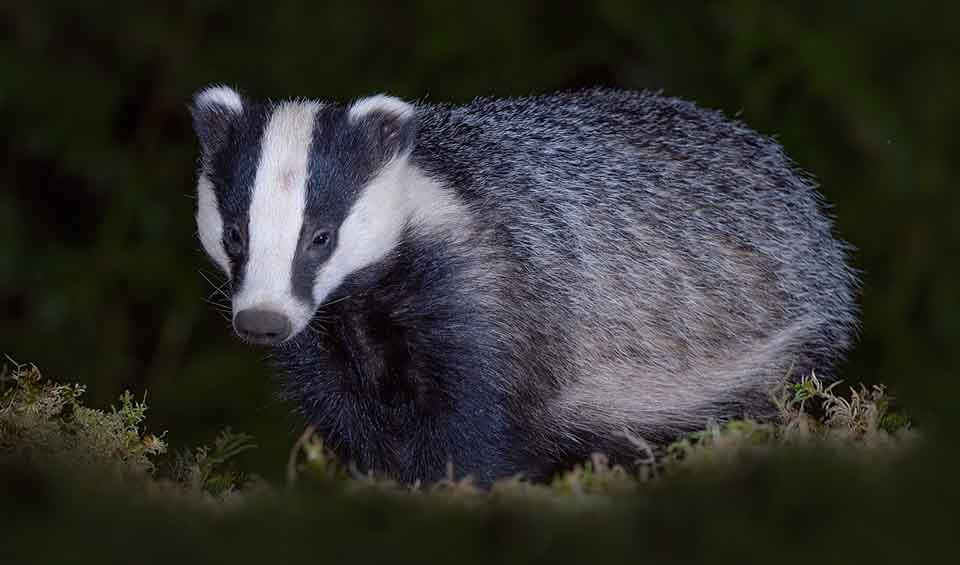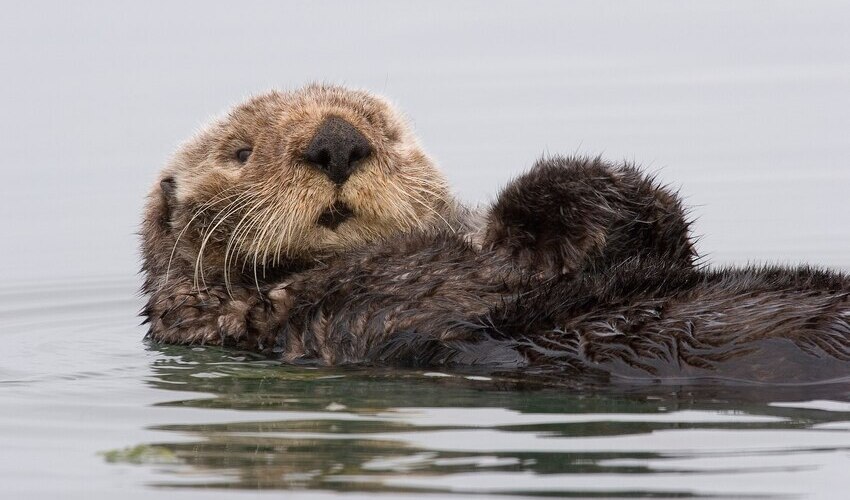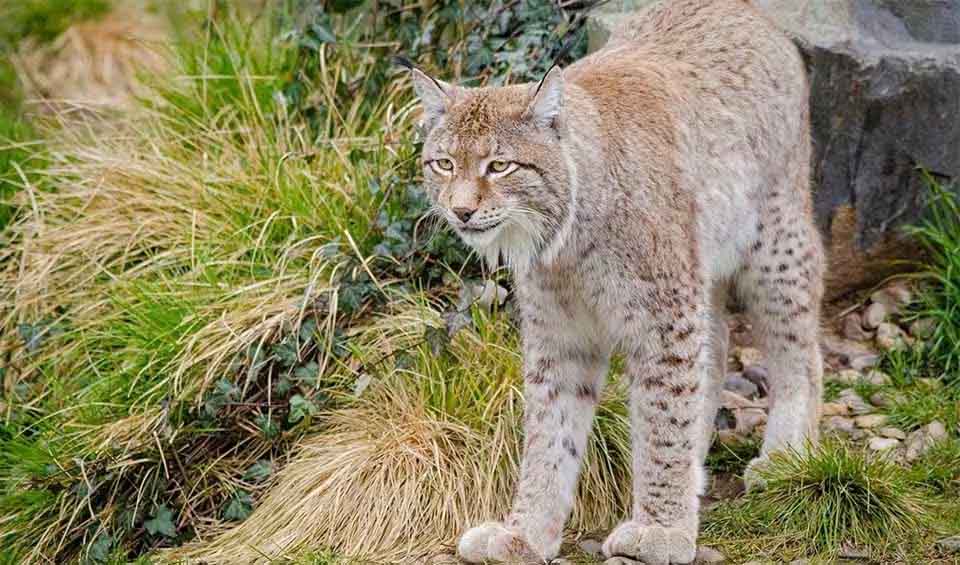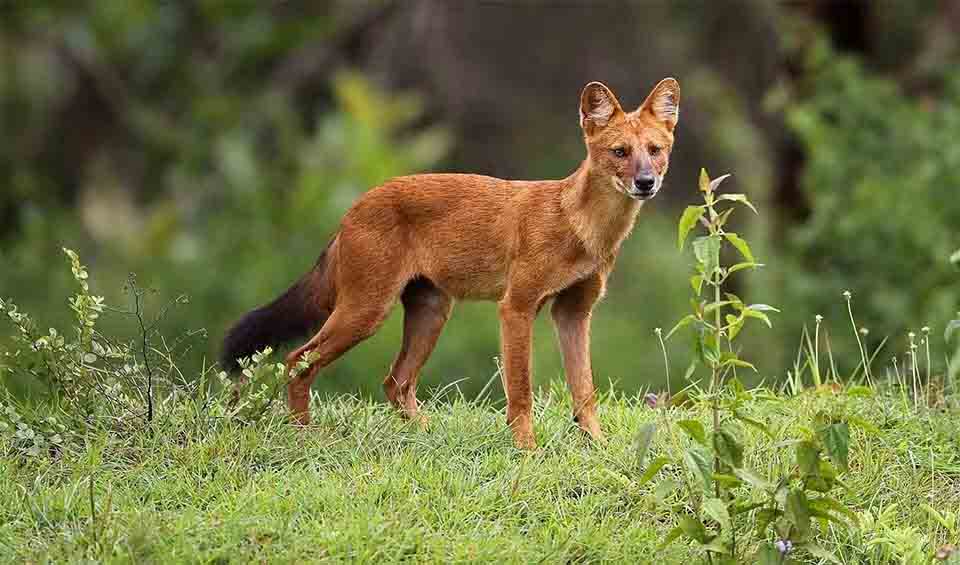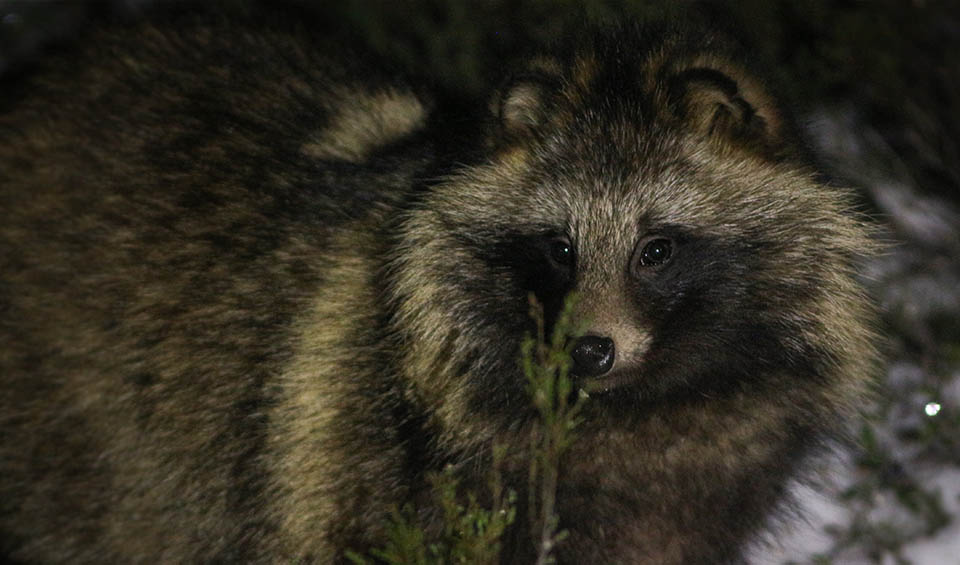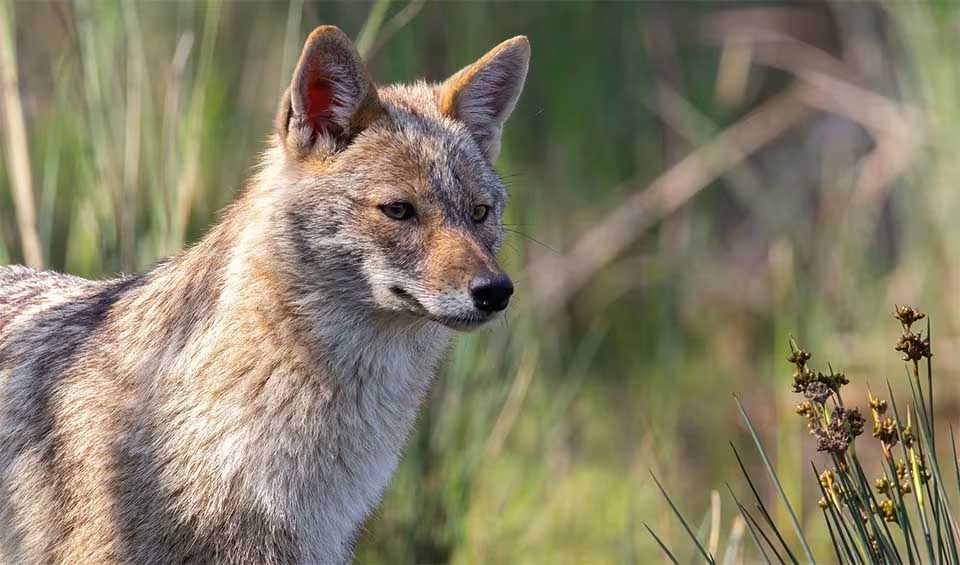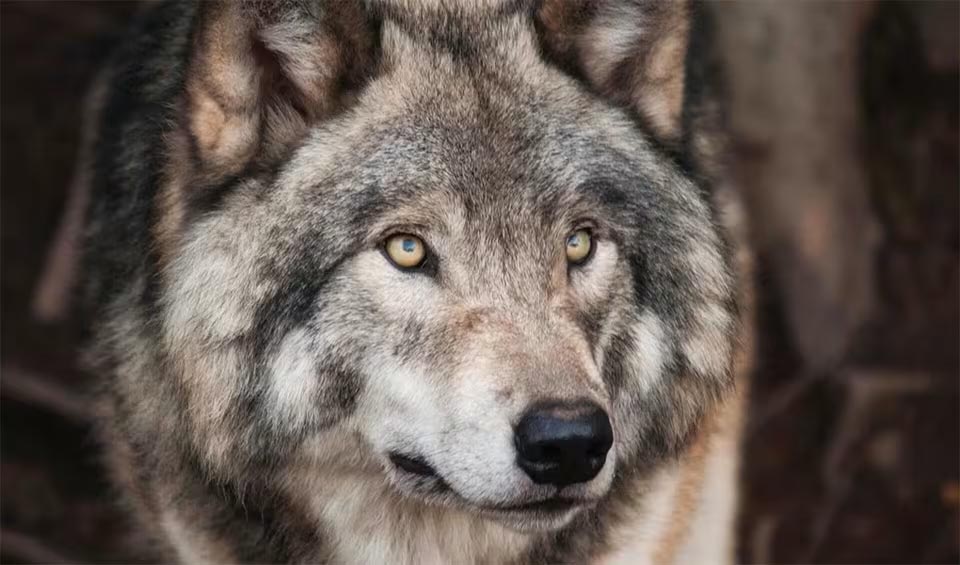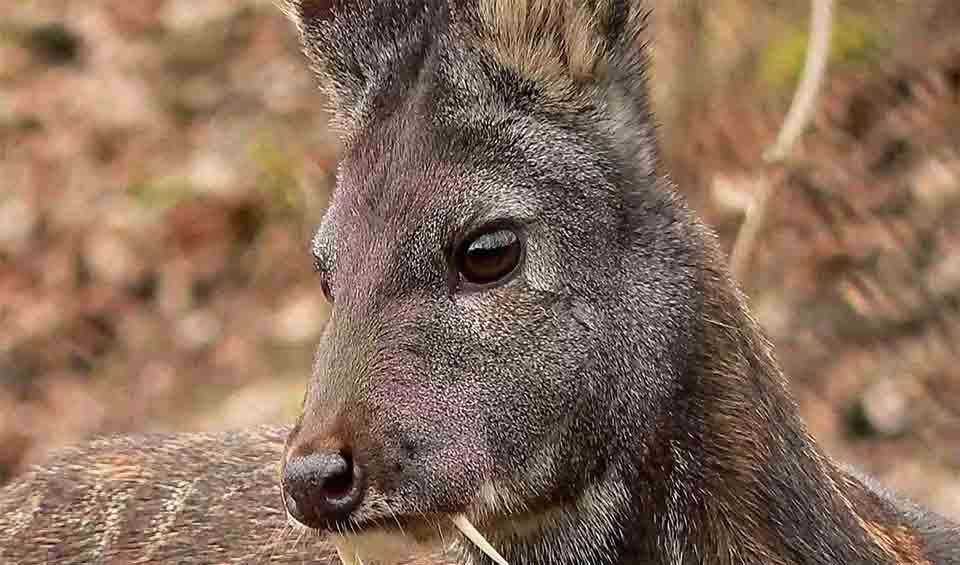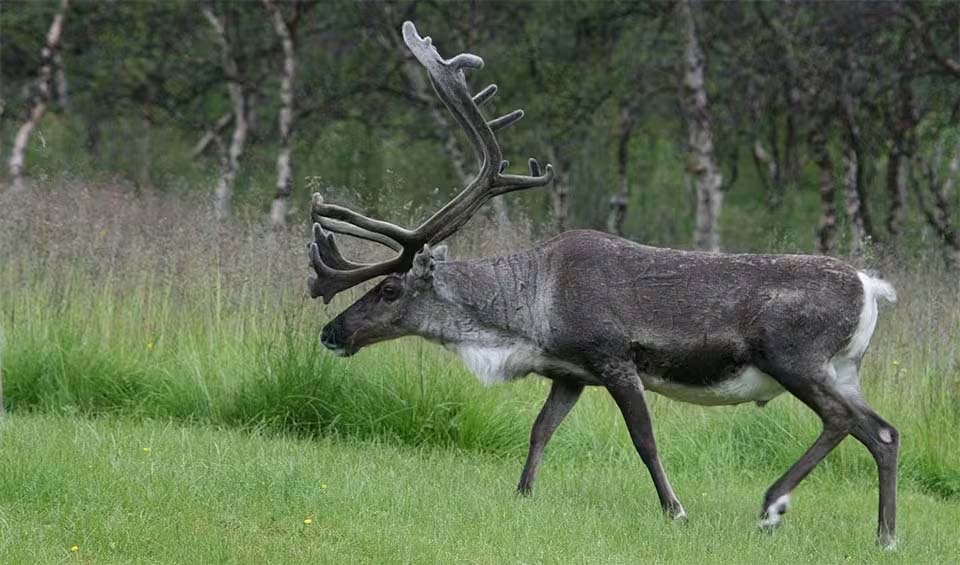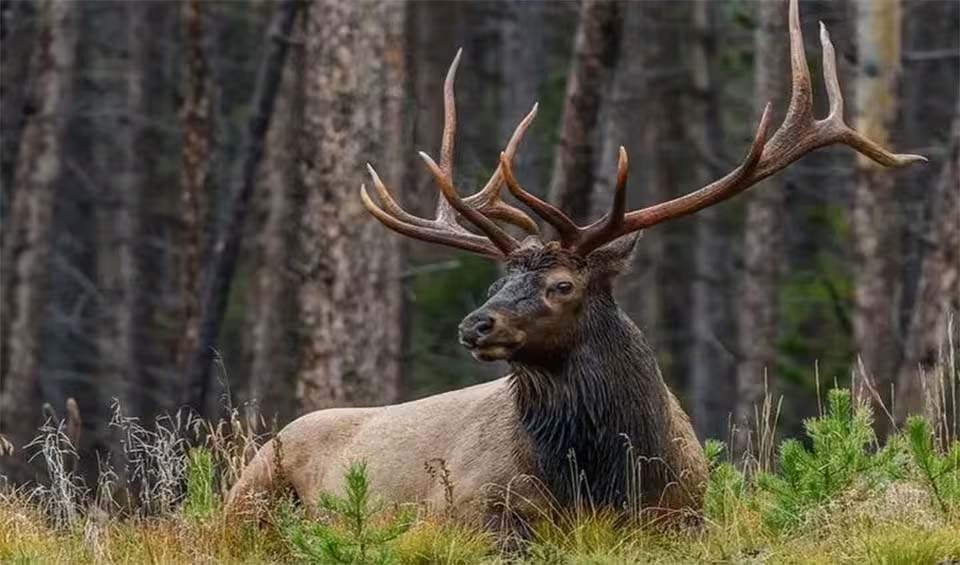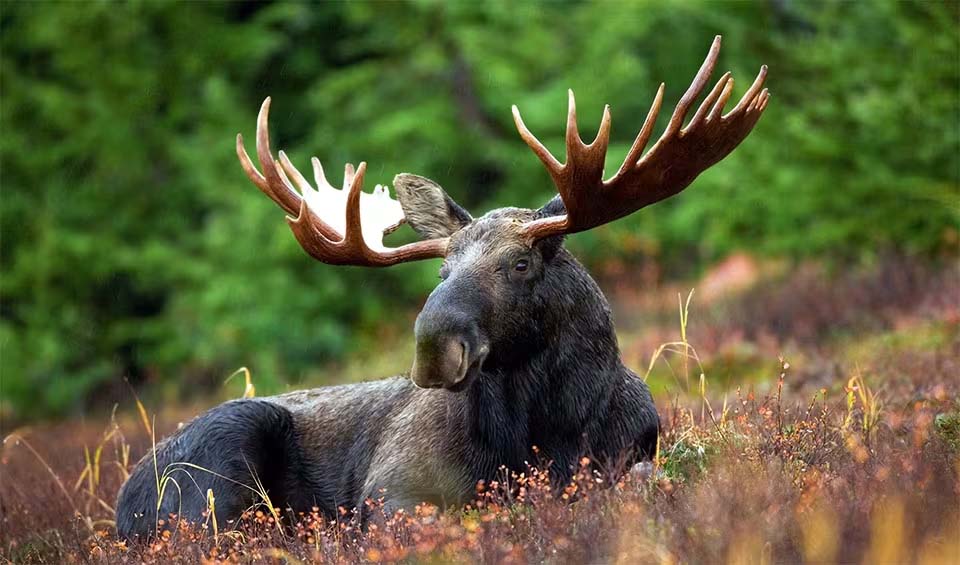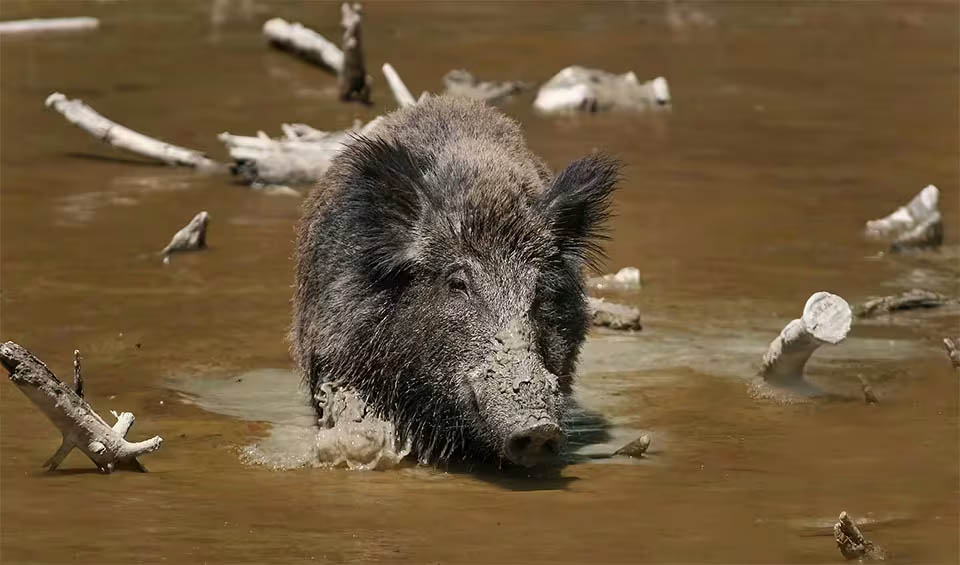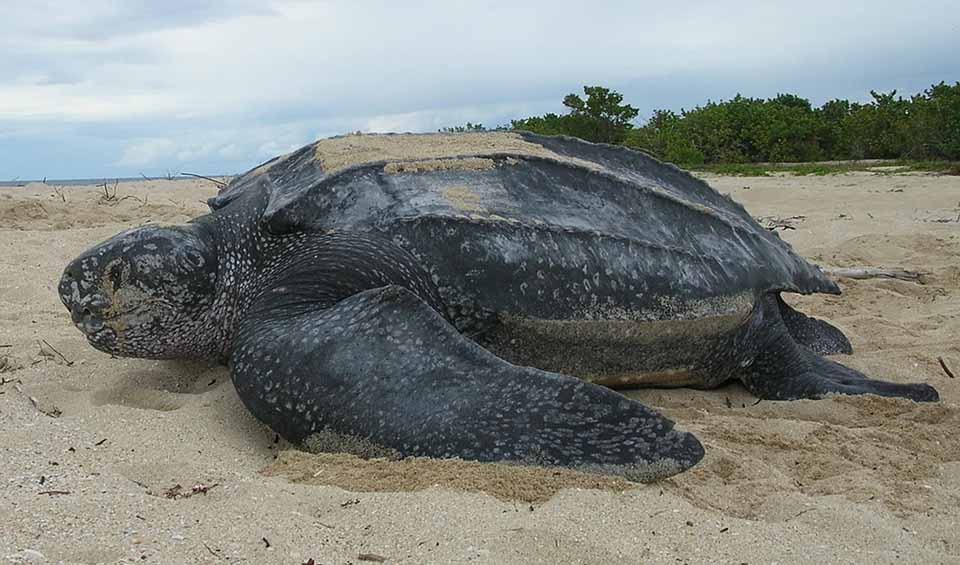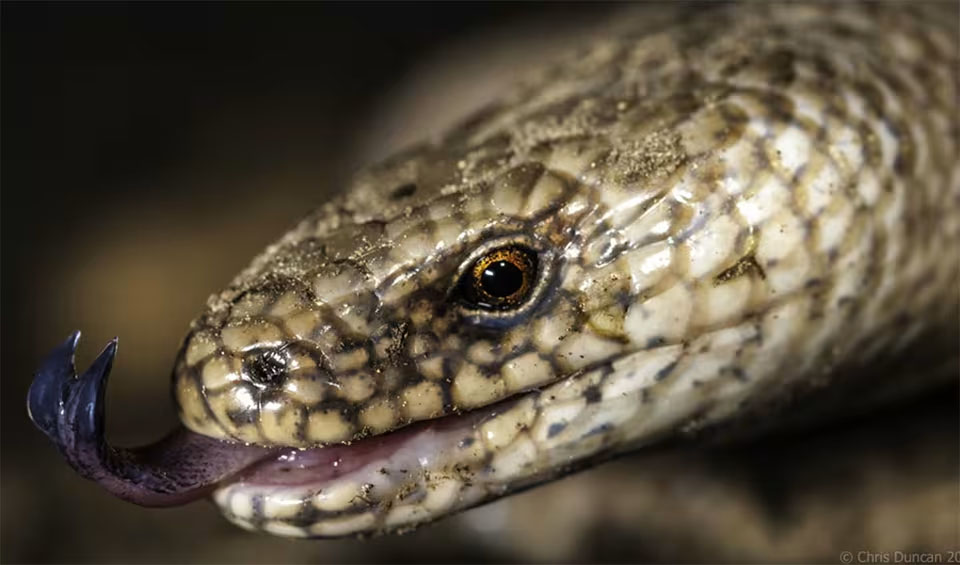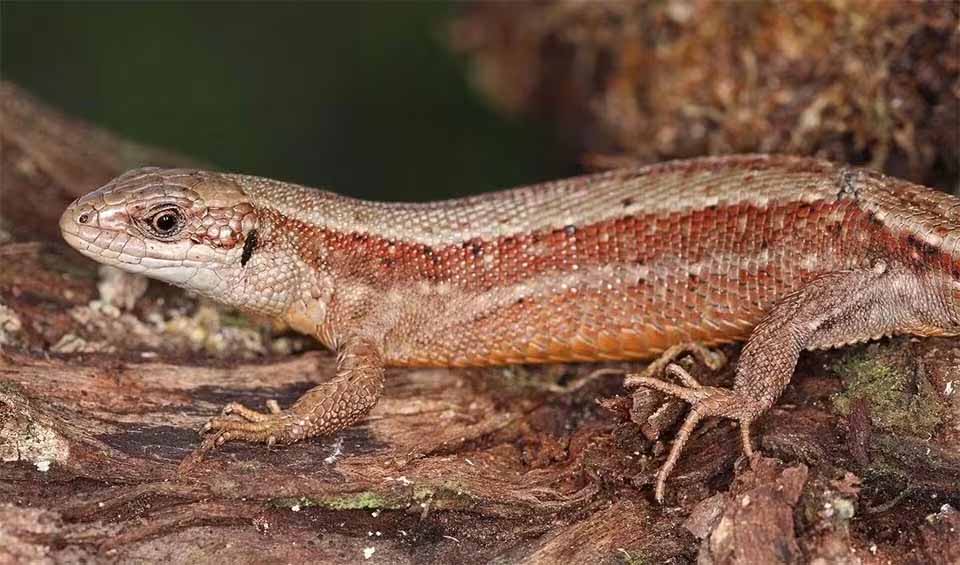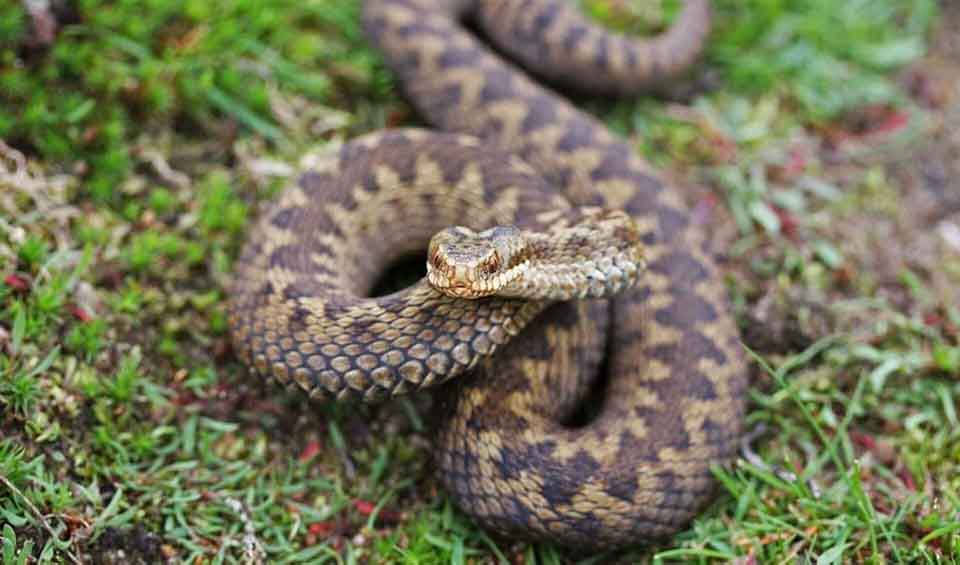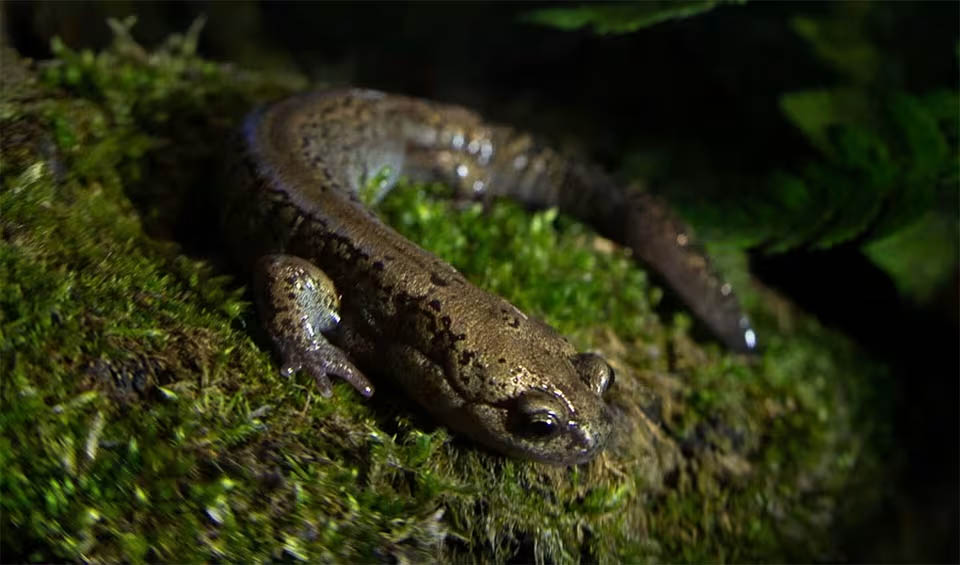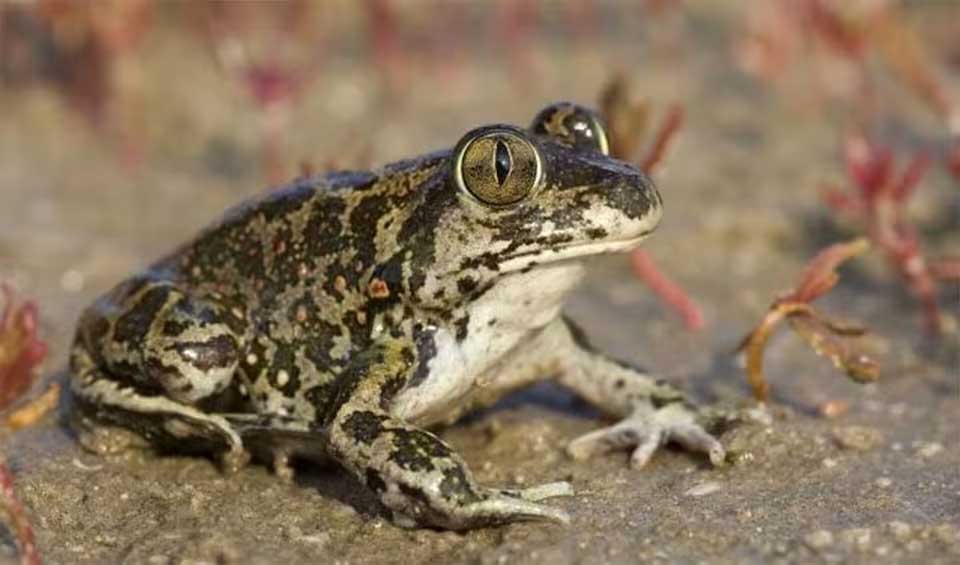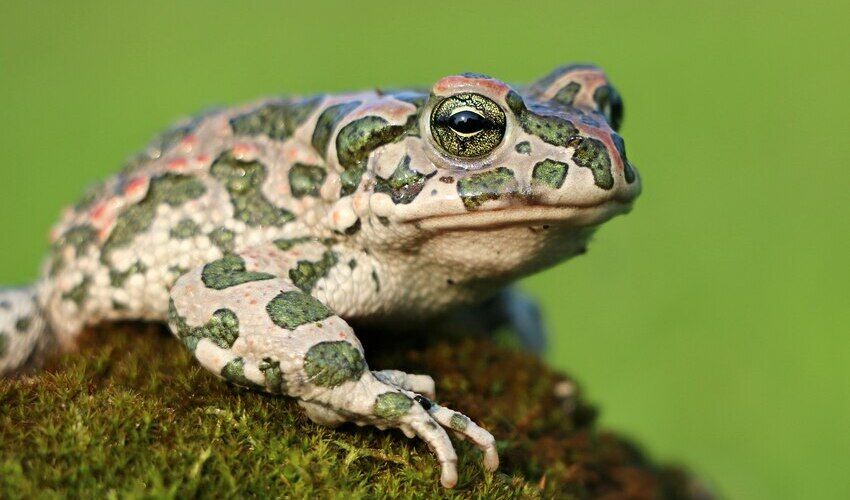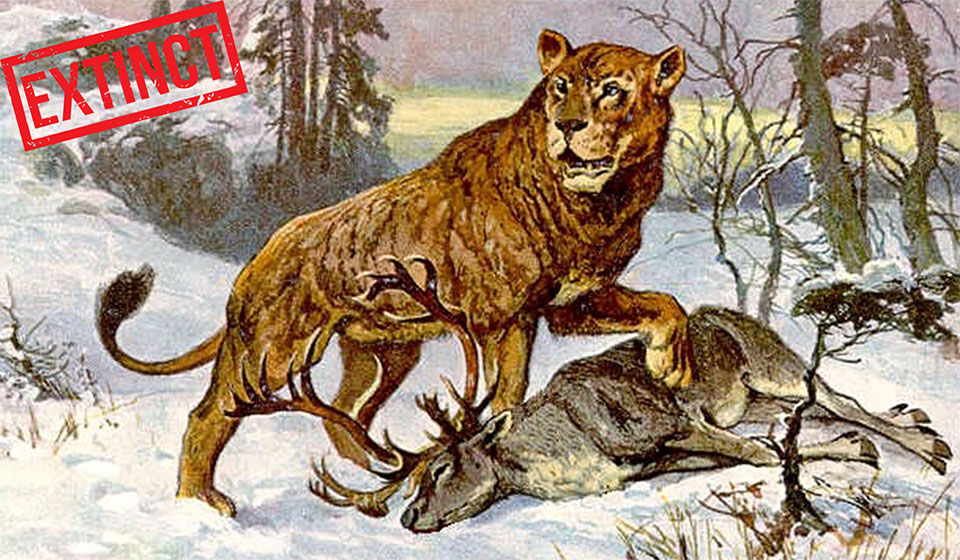Search for Russia
Spoon-billed sandpiper
One of the rarest birds in the world with feathers that change color depending on the season
Ruff
Looks ordinary—but transforms into one of the most extravagant birds during breeding season
Halys pit viper
Its wide distribution has made it a bit of a “jack-of-all-trades” viper
Giant blind mole-rat
So well adapted to the underground life that it struggles to survive above ground
Swan goose
A graceful wild bird of Asia’s wetlands and the ancestor of a beloved domestic breed
Sacred scarab
Turning waste into new life for the soil
Bearded seal
Each whisker is packed with nerves, so they can “feel” food hidden in mud without seeing it
Brown rat
Can squeeze through shockingly small gaps if their head fits
Eurasian pygmy shrew
One of the smallest mammals in the world, and yet it lives one of the most intense lives
Asian badger
Surprisingly clean, not what you think of when you picture a badger
Red-footed booby
Goofy-looking yet evolutionarily refined for life above the waves
Atlantic salmon
Travels with nature’s GPS: a magnetic compass and a nose that never forgets home
Grey seal
Researchers once mistook their eerie underwater noises for a submarine!
Caspian seal
Haul out on ice during the winter months to rest, molt, and give birth — yes, ice!
Snowy owl
There is more to this species than its majestic coat of thick white feathers and piercing yellow eyes
Eurasian eagle-owl
These owls have specialized feathers that make their flight nearly silent
Ruddy shelduck
Has the body of a duck, neck of a goose, and voice of a goose having a bad day
Ruddy turnstone
They flip the script — literally!
European turtle dove
The only long-distance migratory dove in Europe
Wood pigeon
Timid by nature, often flying off at the slightest sign of danger
Roe deer
One of Europe’s oldest surviving deer species
Tarbagan marmot
“Fat storage experts” — eating constantly to build reserves for hibernation
Bobak marmot
A gentle neighbor of the grasslands—perfectly designed for a life between sunshine, soil, and sky
Black-crowned night heron
One of the most widespread and adaptable herons in the world
Redwing
In Iceland, its arrival is eagerly awaited as it signifies the end of the harsh winter
Amur hedgehog
Although it looks slow and sleepy, it can run surprisingly fast and is an excellent swimmer
Steppe eagle
The treasured bird of Saladin, the first Sultan of Egypt
Mongolian gazelle
Some of the fastest animals in Asia, capable of reaching speeds up to 60 km/h (37 mph)
Dice snake
A big, harmless snake that likes to live near freshwater
Greek tortoise
The mosaic-shelled marvel of the Mediterranean
Black-faced spoonbill
Officially designated as Natural Monument No. 205 and classified as a first-class endangered species in South Korea
European herring gull
Famous for stealing chips, sandwiches, and even ice cream right out of people’s hands
Red deer
Not only one of the largest deer species but also among the most majestic
Sika deer
Introduced to many other parts of the world where some populations have become invasive
Siberian ibex
An incredible climber — it can scale almost vertical cliffs and jump across wide gaps with ease
Greater blind mole-rat
Has a working biological clock and can detect light and dark through the skin above their eyes
Argali
Known as the “Marco Polo sheep,” it was first described by the explorer during his Central Asia travels
European fire-bellied toad
Known for its bright red belly, a bold warning to predators, combined with its distinctive “whoop” call
Common ringed plover
This bird taps its feet to imitate rain to make the prey reach the surface
Siberian crane
One of the rarest and most critically endangered crane species in the world
Russian tortoise
Like miniature tanks, built for survival in some seriously harsh climates
European mink
Their webbed feet act like tiny paddles, propelling them through the water with surprising speed and agility
Red-footed falcon
Their favorite snack? Large insects like locusts and dragonflies
European hedgehog
The gardener’s best friend, as they will eat up insect pests crawling in the vegetable beds
Red-crowned crane
A symbol of immortality and peace in many Asian cultures
Little tern
Renowned for their spectacular aerial displays during courtship, including steep dives and intricate flight patterns
Common blackbird
Arguably among the most beautiful songbirds in the world — they enjoy singing after a rain shower
Common crane
The flocks of this social and gregarious bird are fond of migration, flying over the horizon and creating a V-shaped formation
Goosander
Its long, serrated beak, often called a “sawbill,” is perfectly adapted for catching slippery prey like fish
European roller
Loves trees! Only member of its family breeding in Europe
Common frog
It is one of the most widespread and familiar amphibians in Europe
Eurasian oystercatcher
The masters of catching oysters, clams, and cockles
European starling
Brilliant mimics, they can copy bird calls and even human-made sounds like car alarms and ringing phones!
Lesser black-backed gull
A common sight in coastal regions throughout the Northern Hemisphere
Black guillemot
Can withstand harsh winter conditions, often remaining at sea even when the water is frozen
Crested ibis
One of the most endangered birds in the world and once thought to be extinct in the wild
European pine marten
Sometimes called the “squirrels of the weasel family” due to their impressive arboreal abilities
Steller’s sea eagle
One of the largest beaks of any eagle, perfect for tearing apart tough fish and other prey
Bald eagle
The magnificent national bird of the United States, distinguished by a snowy white head, neck, and tail
European pond turtle
At the first sign of danger, it will quickly dive into the water and hide
Rock ptarmigan
A bird that can change its color to match its surroundings!
European goldfinch
Can hang upside down while feeding!
Muskrat
They’re kind of like big, furry rats but with a different shape
Red-rumped swallow
Amazing flyers — they can even drink water while they’re flying!
Common pochard
Can dive down to the bottom of a lake and rest there, safe from predators!
Eurasian skylark
They might not look like much, but they have an incredible talent: singing!
European pied flycatcher
Males are particularly eye-catching with their black and white plumage, looking like they’re wearing a little tuxedo
European Robin
Can be quite friendly and will often come close to humans, especially if they’re offered food
Great grey owl
One of the biggest owls in the world, but don’t let its size fool you – it’s actually quite light!
Great white pelican
Underneath this colorful beak, there’s a hidden surprise – a built-in net for scooping up a delicious lunch!
European hamster
To prepare for winter, they gather huge amounts of food – sometimes up to 65 kilograms – and store it in their burrows
Hooded seal
Only males possess a unique, inflatable, balloon-like nose that they can inflate into a large red shape
Garden dormouse
You might mistake it for a big squirrel, but it’s smaller and has a more delicate appearance
Speckled ground squirrel
Easy to spot thanks to its unique appearance: a dark brown body covered in tiny white spots
European hare
Unlike rabbits, they don’t live in burrows, instead, they make shallow nests in the grass called forms
Greater noctule bat
The biggest bat you can find in Europe, with wings that can stretch out as wide as your arm!
Caucasus viper
Its venom is powerful, and a bite can be very serious
Beauty rat snake
Its colorful pattern makes it stand out, earning it the name “Beauty”
Eastern imperial eagle
Its imperial imagery and fierce demeanor have made it a symbol of power and nobility throughout history
Goldcrest
A tiny bird, one of the smallest in fact!
Barn swallow
Most common and widely distributed swallow globally
Demoiselle crane
The smallest of all the crane species and is known for its elegance and grace
Northern lapwing
Very active and noisy, with a loud, piercing call that sounds like “pee-wit”
Ural owl
Known to be fiercely protective of their nesting sites and will aggressively defend their territory from intruders, including humans
Common nightingale
Often called the “singer of the night,” it produces a complex and beautiful melody that has captivated people for centuries
Lesser grey shrike
Have been observed remembering the locations of their impaled prey and even using tools to help them catch food
Marsh frog
Quite noisy creatures which is a common sight in wetland areas
Moor frog
Male undergo a striking transformation during a short breeding window, displaying a vibrant blue color
Natterjack toad
Instead of hopping like other toads, they have a funny little walk, almost like they’re running!
Common spadefoot
Can produce a peculiar garlic-like smell when threatened, which acts as another line of defense to deter predators
Northern crested newt
Can regrow lost limbs, tails, and even parts of their heart and eyes
Smooth snake
Can live for several decades under the right conditions, but grow slowly and only reach maturity after several years
Russian desman
Imagine a mammal that blends the features of a mole with a rat, but with a surprisingly luxurious tail!
Pond bat
Nicknamed the “fisher bat” because of its water-skimming habits
Common bottlenose dolphin
Known for their acrobatic leaps, twisting and turning gracefully as they jump completely out of the water
Northern white-breasted hedgehog
When threatened, they roll into a tight, spiky ball, tucking in their face, feet, and belly
Mute swan
Known for their graceful movements and the distinctive “S” shape of their neck
Mountain hare
Can switch from winter white to summer grey – truly a nature’s savvy survivors!
European rabbit
They spread faster than any other colonizing mammal in the world
Wood mouse
Often lives close to humans and is sometimes seen as a pest
Chamois
Their horns are curved backward, resembling a hook or a pair of lyre-shaped instruments
Whooper swan
Very loyal partners! Once they find a mate, they usually stay together for life
Grass snake
One of the most common reptile of the European wetlands
White-headed duck
Their stiff, upright tail feathers aid them in swimming and diving
Ruddy kingfisher
Notoriously difficult to spot due to their preference for dense, shadowy forest habitats
Asiatic toad
The toxin from their parotoid glands has potential antimicrobial and anticancer medicinal properties
Common toad
A warty amphibian with golden eyes
White-throated dipper
Can walk along the riverbed using its wings to stabilize itself against the current
Smooth newt
They have the ability to regenerate lost limbs and other body parts, a superpower in the animal kingdom!
Common pheasant
One of the most hunted, widespread, ancient, and well-known game birds
Koi carp
Not just a pond fish but a cultural icon, especially in Japan where they are most famously cultivated
Northern banded newt
A fascinating amphibian that is known for its distinctive appearance and behaviors that is formerly considered a subspecies of the banded newt. This species primarily inhabits parts of Turkey, Georgia, and the surrounding regions, thriving in a range of freshwater habitats. Their striking coloration and patterns typically characterize them. The skin of these newts is […]
Sandhill crane
Known for their elaborate courtship dances, which involve leaping, bowing and trumpeting
Mandarin duck
Revered in many cultures for their beauty, grace, and symbolism of love and fidelity
Little egret
During breeding, they transform with elegant white plumage, adorned by decorative plumes on the head, neck, and back
Eurasian blackcap
The males, in particular, produce a rich and intricate song that contributes to their charm
Common redstart
They consistently display a restless demeanor and exhibit a distinctive, tail-trembling behavior
White wagtail
Holds cultural symbolism in some societies, representing good luck
Eurasian kestrel
Adaptable raptor known for its hovering hunting technique and striking appearance
Common chiffchaff
Their migratory behavior is often linked to the availability of insects for food
European stonechat
Recognizable by their distinctive and familiar call, resembling the noise of small pebbles colliding, creating a “tak tak” sound
Giant Siberian rhinoceros
Recent findings suggest that this giant rhinoceros coexisted with early modern humans, Neanderthals, and various other Pleistocene megafauna
Black-naped oriole
They are skilled mimics, capable of imitating various sounds from their surroundings
Yellow-throated Marten
Aren’t afraid of bigger animals, and they’ve been known to fight off dogs and even leopards!
White-rumped vulture
Millions once filled the skies and trees across South Asia, acting as nature’s cleanup crew
Shortfin mako shark
Speed and power embodied, they rule the seas with their sleek bodies and jaw-dropping leaping prowess
Basking shark
Majestic giants of the sea, they peacefully glide through the ocean with mouths agape, filtering the waters for sustenance
Great white shark
Majestic ocean predators, embodying power, speed, and precision in their pursuit of prey
Southern white-breasted hedgehog
A pocket-sized charmer with a playful personality that will steal your heart
Eurasian blind snake
A small, burrowing snake that can’t see well but can smell its way to a tasty insect
European cat snake
With the agility of a nimble climber, it effortlessly slithers up trees and through tangled vegetation
Javelin sand boa
Known for its docile and non-aggressive nature
Saiga antelope
Nature’s masterpiece, with a snout that steals the spotlight
Woolly mammoth
The smallest of the giants: the largest European mammal during the last ice age, yet smaller than their earlier ancestors
Woolly rhinoceros
Remembering the ice age giant: exploring the world of the woolly rhinoceros, a prehistoric colossus that braved the frozen frontiers of the past
Japanese sea lion
Uncovering the mystery of the vanished sea lion: a legend of the waves that once roamed Japan’s shores, now lost to the tides of time
Eurasian beaver
The furry flat-tailed mammal that builds its own aquatic empire
Arctic fox
Facing the consequences of global warming, they quickly lose their habitat and are pushed northward with the receding cold
Corsac fox
A sly, sandy-furred survivor of Central Asian grasslands, threatened by human activity but fiercely protected by conservationists
Red fox
Ladies and gentlemen, please welcome the world’s most widely distributed carnivore!
Common kingfisher
Possessed with special visual adaptations to catch fish
Leopard cat
A skilled predator with a unique coat and playful personality
Eurasian otter
Fiercely territorial, marking their territory with scent to communicate with other otters
European water vole
They are excellent swimmers and can hold their breath for up to 30 seconds underwater
European mole
A tiny creature that dwells below the surface in a complex system of tunnels and burrows
European bison
Habitat destruction & overhunting led to extinction in the wild, now gradually being reintroduced
Asian black bear
In Vietnam, these bears are caught, crammed into tiny cages, have their teeth removed to extract bile – sold as “medicine”
Polar bear
Living life on top of the world, but his kingdom is ever-narrowing
Brown bear
The second largest bear, right after the polar bear. Sadly, it well might top the list soon
Leopard
Disappearing graceful shadows, this tree-climber is on the way to extinction
Kuhls pipistrelle
Their population distribution is often associated with human settlements as they are comfortable in both agricultural and urban habitats
Snow leopard
The vanishing big cat of the cold, rugged Himalaya mountains is being executed by the humans
North American beaver
To be or not to beaver? Beavers are armed with transparent eyelids that act as goggles to see underwater
Greater horseshoe bat
These elegant acrobats perform a perfectly timed and skilled somersault as they approach their chosen resting site
Least weasel
The smallest carnivorous predator in the world and so have limited fat stores and need to eat more than 50% of the body weight
Steppe polecat
Widely distributed in Europe and Asia and tolerant to habitat modification
Stoat
A small, fierce predator known for its agility, hunting skills, and color-changing fur
Great cormorant
Due to their adaptability and willingness to migrate to more favorable habitats, great cormorants are found worldwide
Barn owl
The most cosmopolitan of owls with home ranges extending across the globe
Little owl
Aptly named after the goddesses of wisdom and war, little owls have lived alongside human civilizations since 500 BC
Leachs storm petrel
These petrels stylishly ride the ocean waves like they own the winds
Little grebe
This cute and small bird is one of the most elite hunters below the water’s surface
Syrian woodpecker
One of the only birds that can drill a hole in the hardest of wood
Greater flamingo
The iconic and elegant bird with a curved pink bill is known for turning heads
Eurasian spoonbill
This bird is unmistakable for its namesake, spoon-shaped bill
Glossy ibis
These birds seem to have lost their way to the beauty pageant
Gray heron
Exhibit powerful flight, with distinctive slow wing beats and an extended neck, defining features during their aerial movements
Purple heron
Its neck is insanely long and super flexible, giving it a slinky, snake-like appearance when it hunts
Great tit
The songbird that occasionally eats bats
Alpine / Yellow billed chough
The master aerial diver and swooper
House sparrow
The most widely dispersed wild bird
Marsh warbler
One of the best avian vocal mimics
Eurasian coot
Like those bulging red eyes weren’t scary enough, they eat their innocent chicks when hungry
Common moorhen
Living around smelly brackish marshes is unthinkable, but these birds love their isolated habitat or don’t have a sense of smell
Arctic loon
The most numerous wild bird species in the world
Willow ptarmigan
Most common of the Galliformes in the wild habituating subarctic Tundra can tolerate brutally cold winters
Chukar partridge
The national bird of Pakistan and Iraq is known to improve degraded ecosystems by aiding in the dispersal and germination of seeds
Gyrfalcon
Largest of falcons: can grow up to 60cm (2 ft) in height
Peregrine falcon
At the speed of over 321 km/h (200 mph), this bird outraces a Formula1 car
Black stork
The stork with the widest geographic range
White stork
The folktale bird that brings the babies!
Pied avocet
One of the very few birds with an upturned bill
Black-winged stilt
Elegant long-legged wader, common almost worldwide
Ibisbill
Owner of one of the most peculiar-looking beak shapes in all of the bird kingdom
Eurasian stone-curlew
One of the bigger waders with a reptilian eye
Great skua
Jack Sparrow of the bird kingdom
Least auklet
One of the most abundant birds in the world, which can eat up to 90% of its body weight in a day
Atlantic puffin
This incredible bird can hold up to 30 fish in its beak at once
Tufted puffin
Try as you might, you will never find a hairstyle better than this bird’s
Arctic tern
This bird can give any cross-country runner a run for their money
Common tern
This bird holds the record of the longest distance flown by any bird in recorded history
Black-tailed godwit
The most elegant of all godwit species
Common swift
These enthusiastic travelers can be seen almost worldwide in different seasons
Eurasian hoopoe
Dependable wings and a muscular build. Nope, we aren’t talking about the next Redbull ad campaign
Bar-headed goose
These hardy birds are capable of flying at dizzying heights, where even helicopters can’t fly
Mallard
This invasive species is the ancestor to most of the modern ducks
Egyptian vulture
A highly intelligent species that is the world’s only tool-using vulture with a long migratory range
White-tailed eagle
Extinct and reintroduced – What’s the story behind these so-called ‘flying barn doors’?
Golden eagle
This majestic brown raptor is most widely distributed eagle species
Western marsh harrier
The yellow-eyed devil
Eurasian sparrowhawk
Better call the ambulance before the Sparrowhawk comes to devour all those who are injured
Common buzzard
They eat just about everything — rabbits, rodents, birds, carrion, earthworms, insects… even beetles get a look-in
Short-toed snake eagle
A magnificent migratory bird with long, broad wings and a short tail that sings in the form of musical whistles
Bearded vulture
The only living creature that feeds on bone marrow from carcasses in high and inaccessible mountain areas
Cinereous vulture
Largest soaring vulture in the sky with extremely broad wings that assists an important role in nature as “clean-up” team
Osprey
One of only six land-birds with a cosmopolitan distribution habituating all continents except Antarctica
Levant sparrowhawk
Often chasing each other in the air or amusing themselves by catching and dropping objects like sticks or leaves
Harp seal
Named after the black, curved marking on their backs that resembles a harp!
Ribbon seal
Named after the dark body color with “ribbons” around their necks, hips, and front flippers
Eurasian Griffon
Most social vultures with 12 distinct types of vocalization
Harbor seal
Slows the heartbeat from 80 bpm to 3-4 bpm before a deep dive; quickly accelerates after surfacing
Steller sea lion
They are able to hold their breath for as long as 40 minutes, and the deepest dive ever recorded is 424 m (140 ft)
Northern fur seal
Able to spend long periods out in the open sea, some pups will stay up to 22 months before returning to land
Walrus
Tusked marine mammals heralding climate emergency!
Dall’s porpoise
Largest and fastest of all porpoises; they look like a black & white blur as they shoot past
Narwhal
Their large ivory tusk which is a protruding canine tooth of the male makes them The ‘unicorns of the sea’
Beluga
Known as the “canaries of the sea,” due to their wide range of sounds
Gray whale
Once called ‘devil fish’ by whalers due to their fighting behavior when hunted
Bowhead whale
They hold the title of heaviest animals, weighing about 100,000 kg
North Pacific right whale
The rarest of all large whales and among the rarest of all the marine mammal species on earth
African wildcat
The direct ancestor of the domestic cat—no wonder why they look so alike!
European wildcat
The ancestors of domestic cats are widespread in Europe, western Asia, and Africa
Przewalskis horse
The species that survived extinction in the wild!
Wild horse
One of the prehistoric horses, it is the true forefather of today’s horses
Onager
Two out of six subspecies were hunted to extinction: the European & Syrian wild ass
Lesser white-toothed shrew
Also known as the “musk shrew” due to the strong scent they secrete to mark their territories
Jungle cat
One of the cats that were mummified and put into tombs in ancient Egypt as Egyptians worshipped a cat goddess
Northern pika
A sneaky animal as the males will steal hay collected by other pikas in their territories!
Raccoon
‘Raccoon’ comes from ‘arakun’ meaning ‘he scratches with hands’ in Algonquin Indian
Pallas’s cat
‘Grumpiest cat on earth’ is well camouflaged, widespread, and adapted to cold climate
Marbled polecat
Delayed implantation enables them to time the birth for favorable conditions, such as when foods are abundant
Wolverine
Once wolverine was once observed defeating a polar bear
European badger
One of the only predators of hedgehogs, thanks to their thick skin and long claws to get past the vicious spines
Sea otter
They can sleep in the sea by lying on their backs and floating on the surface of the water
Eurasian lynx
Once widespread throughout most of Europe, by now extinct in most of Western and Central Europe
Dhole
Extinct in Europe and North America, probably due to landscape changes during the ice age, and currently can only be found in Asia
Common raccoon dog
Named after their superficial resemblance to the raccoon, however, they are not closely related to each other
Golden jackal
Exceptional hunters, but they can feed solely on grass and survive in the absence of prey
Wolf
The howl of each wolf is different
Siberian musk deer
Male Siberian musk deer possess particularly long fangs, which it uses to fight and defend their territory
Reindeer/Caribou
Males drop their antlers before Christmas, but females keep their antlers until spring
Elk
Clashing with their antlers, the winner takes it all!
Moose
They are so tall, that they prefer to feed on higher shrubs and grass, as lowering their head to the ground can be difficult!
Wild boar
They have an elongated and elastic snout that can be used to dig out roots and bulbs
Leatherback sea turtle
The mysterious diver of the ocean is the largest and only sea turtle without a hard shell and scales
Slow worm
You might mistake them for snakes, but they are merely legless lizards
Viviparous lizard
One of the few reptiles that can not only lay eggs but also give birth to live young
European adder
A venomous snake native to Britain and found all across Europe
Siberian salamander
They are known for their ability to “freeze up” when facing temperatures down to -45°C or -49°F
Eastern spadefoot
While most frogs lay their eggs in permanent water bodies, this special frog prefers temporary pools that form after heavy rains
European green toad
An unusual amphibian that can survive high temperatures and is even quite tolerant to desiccation
Eurasian cave lion
Roaming the frozen tundras of Europe and Asia, this mighty lion stood at the top of the food chain – a true king of the Ice Age
